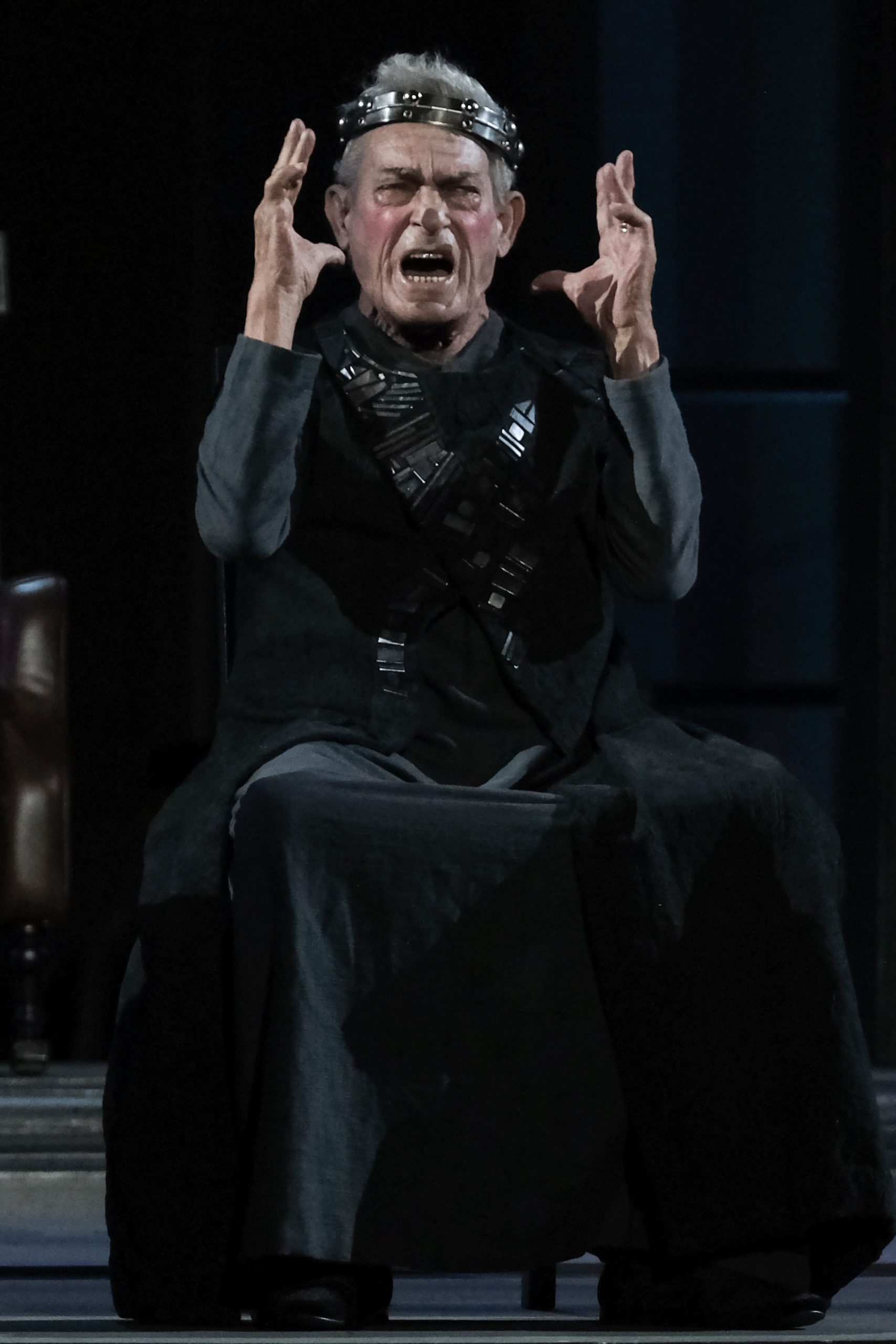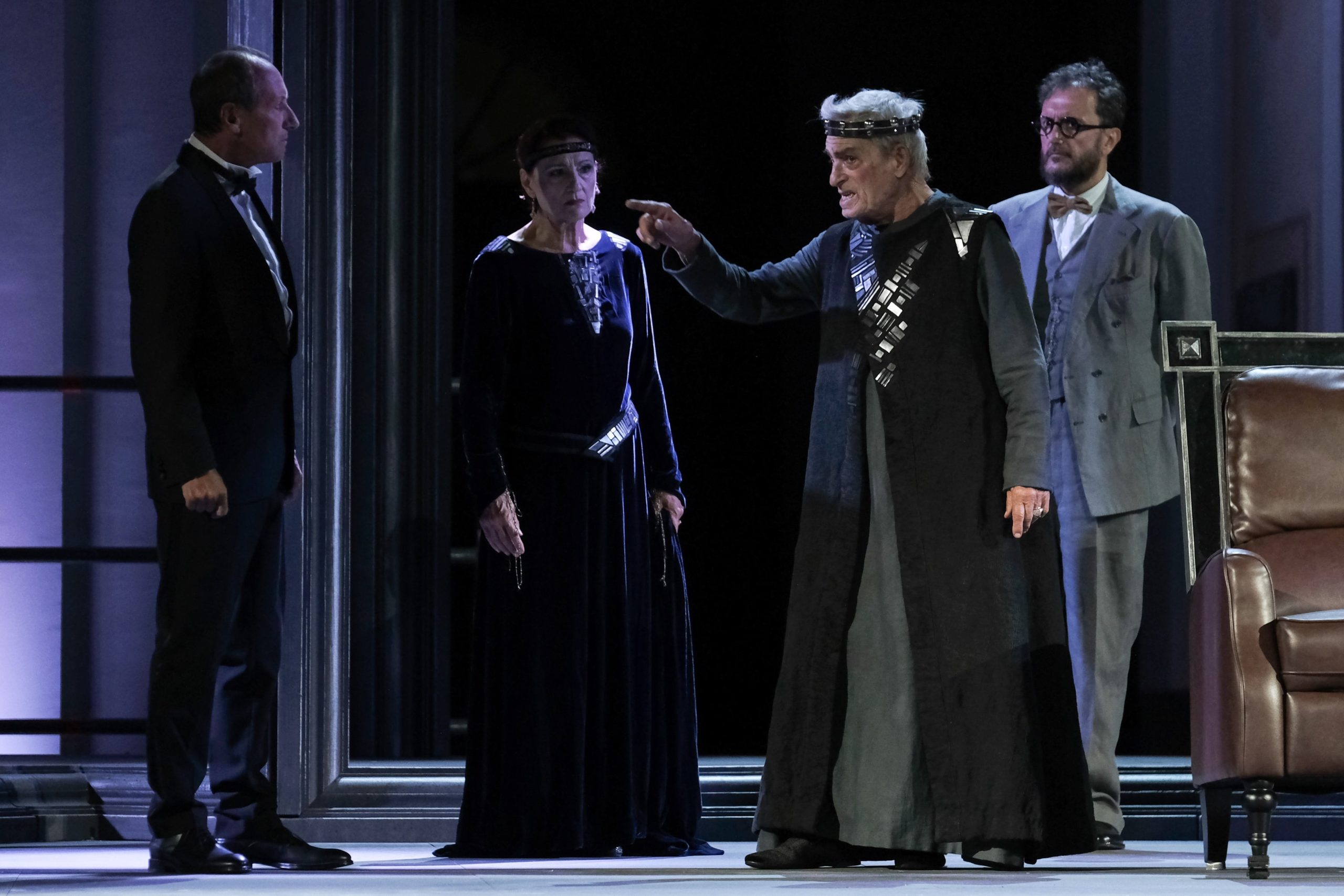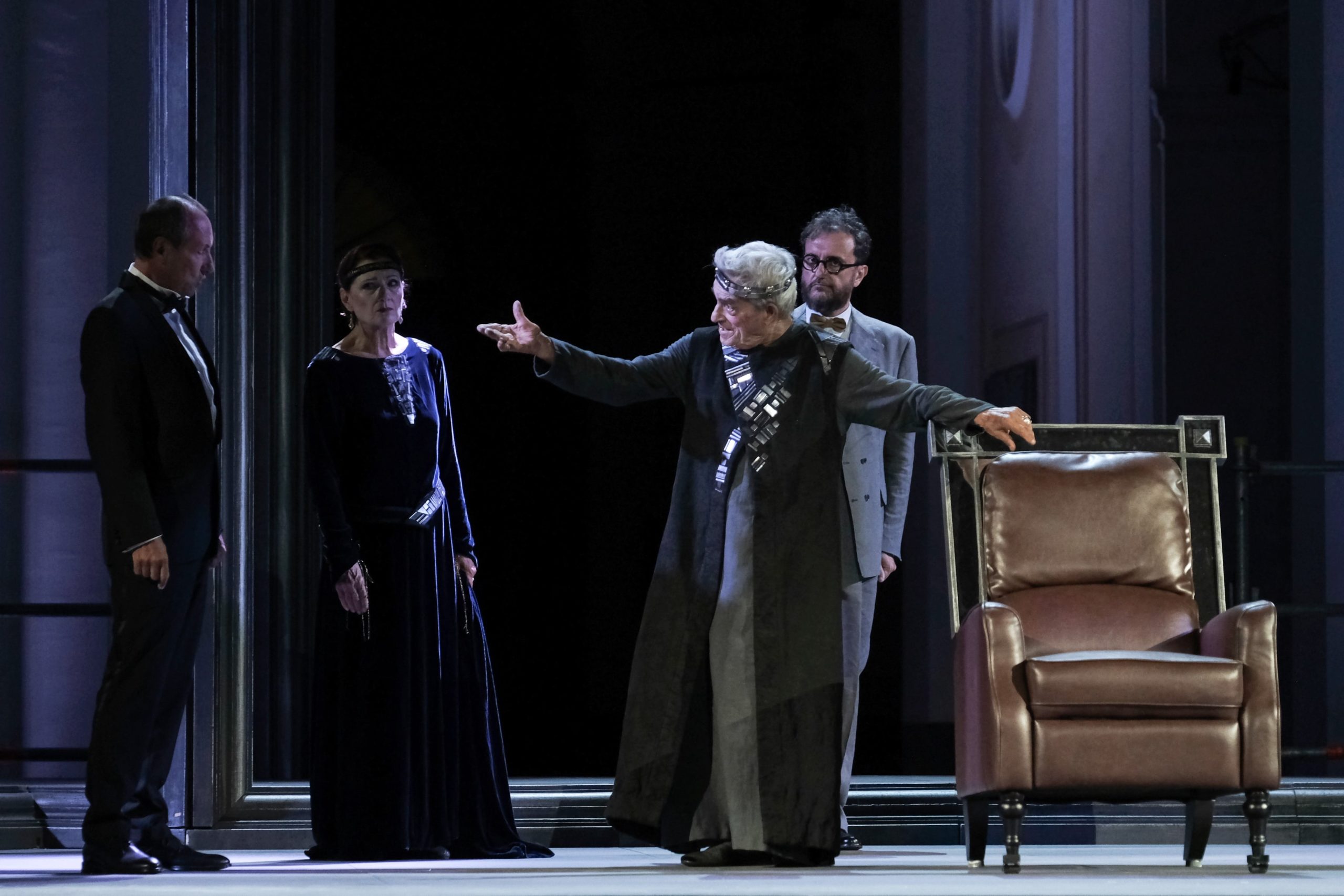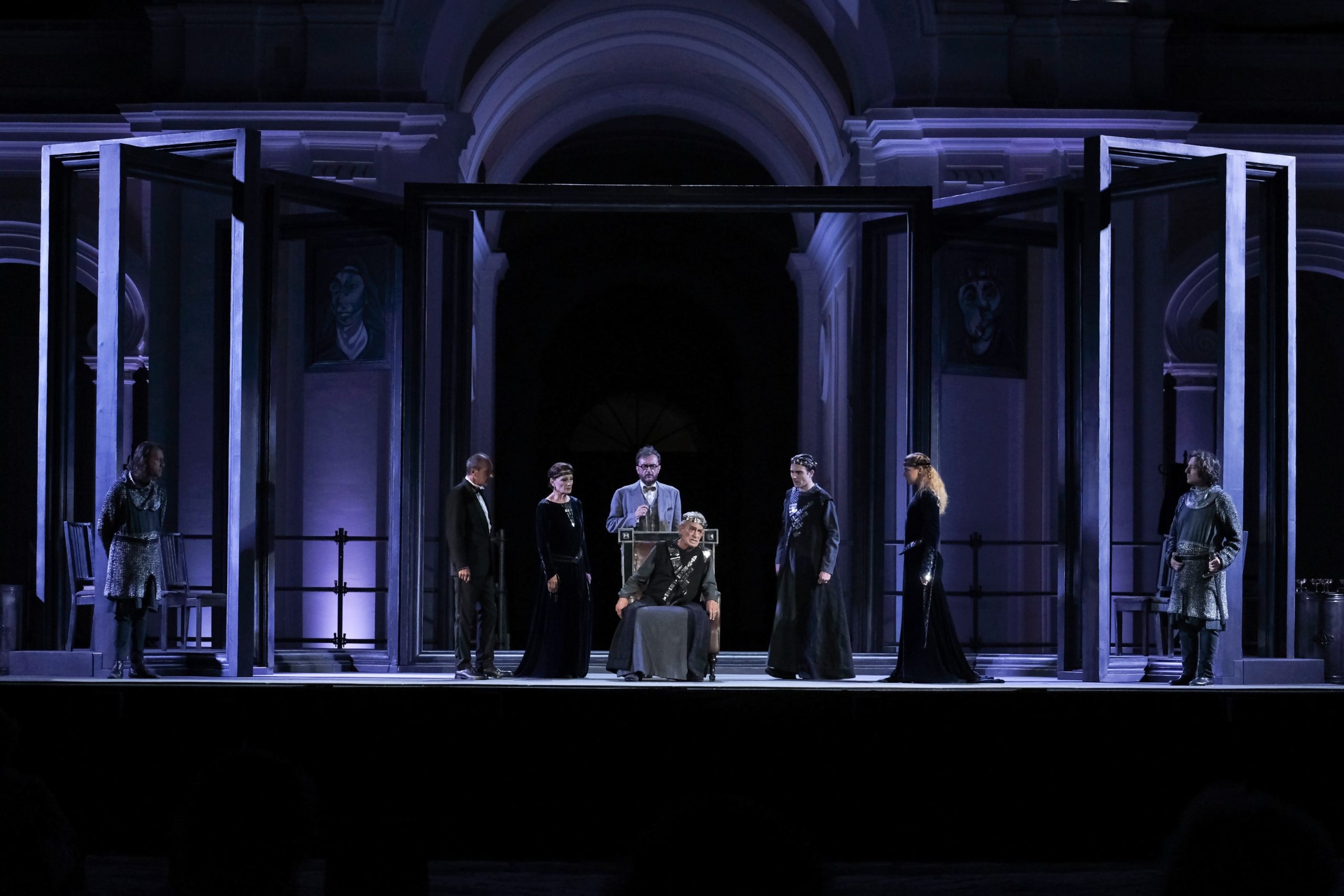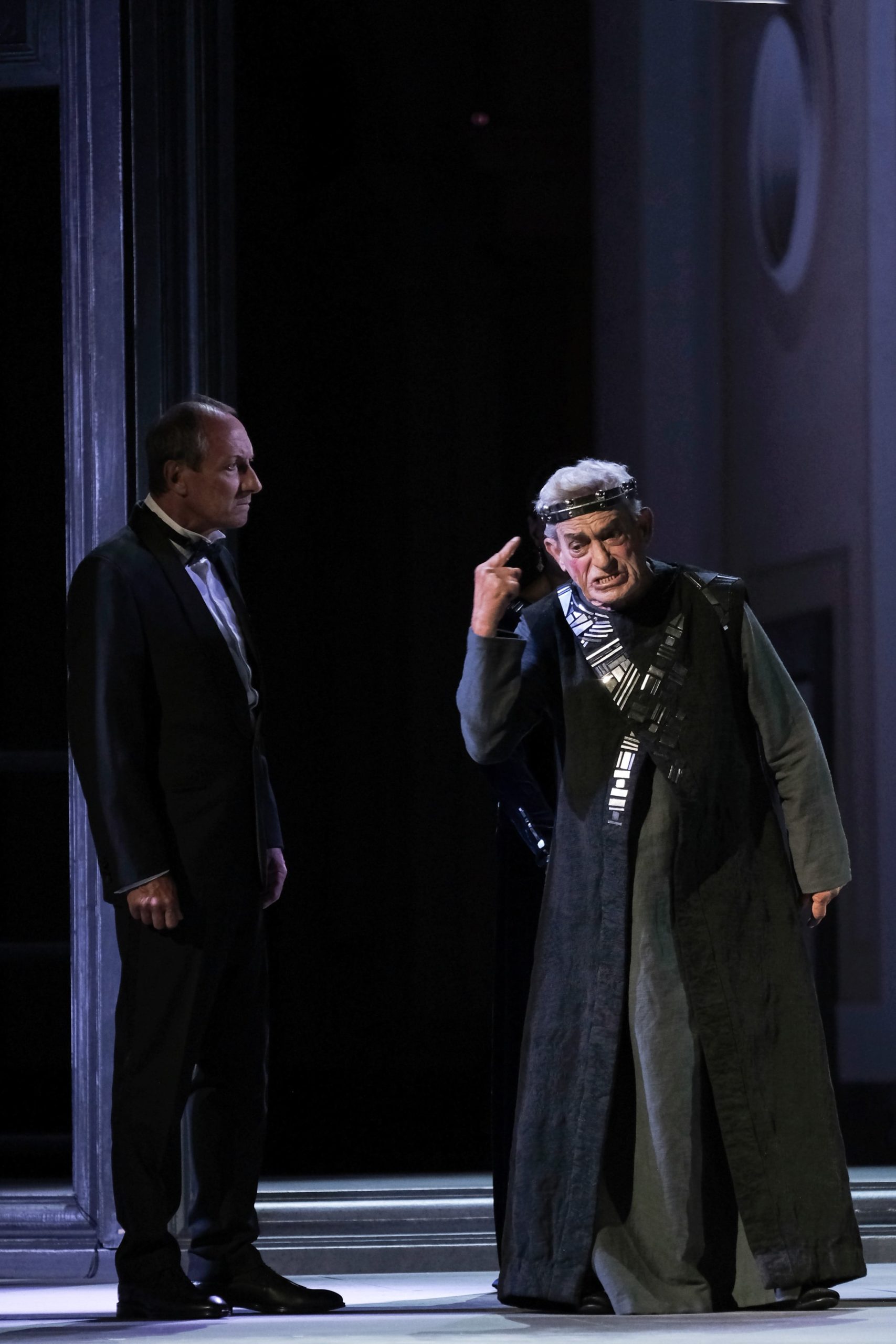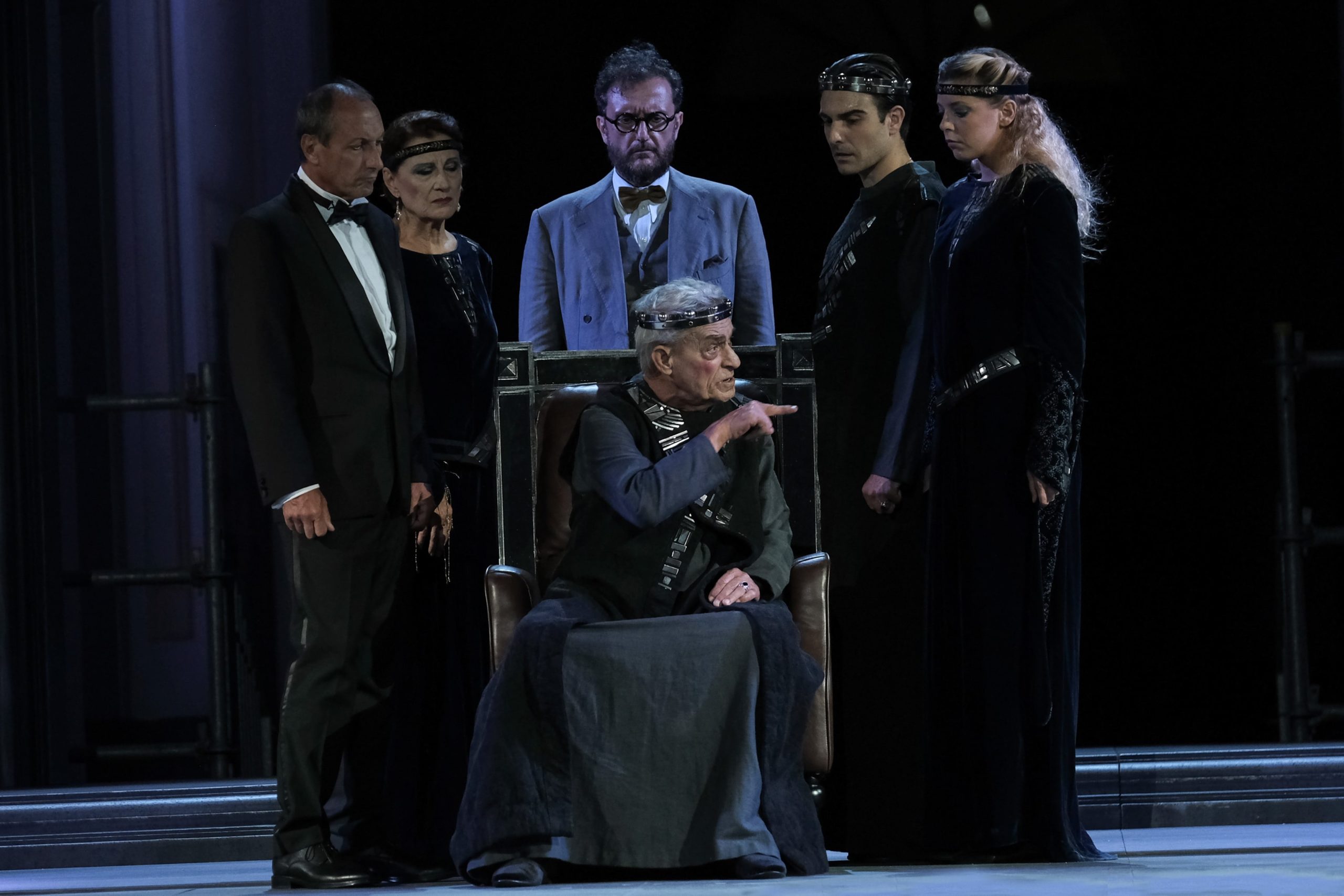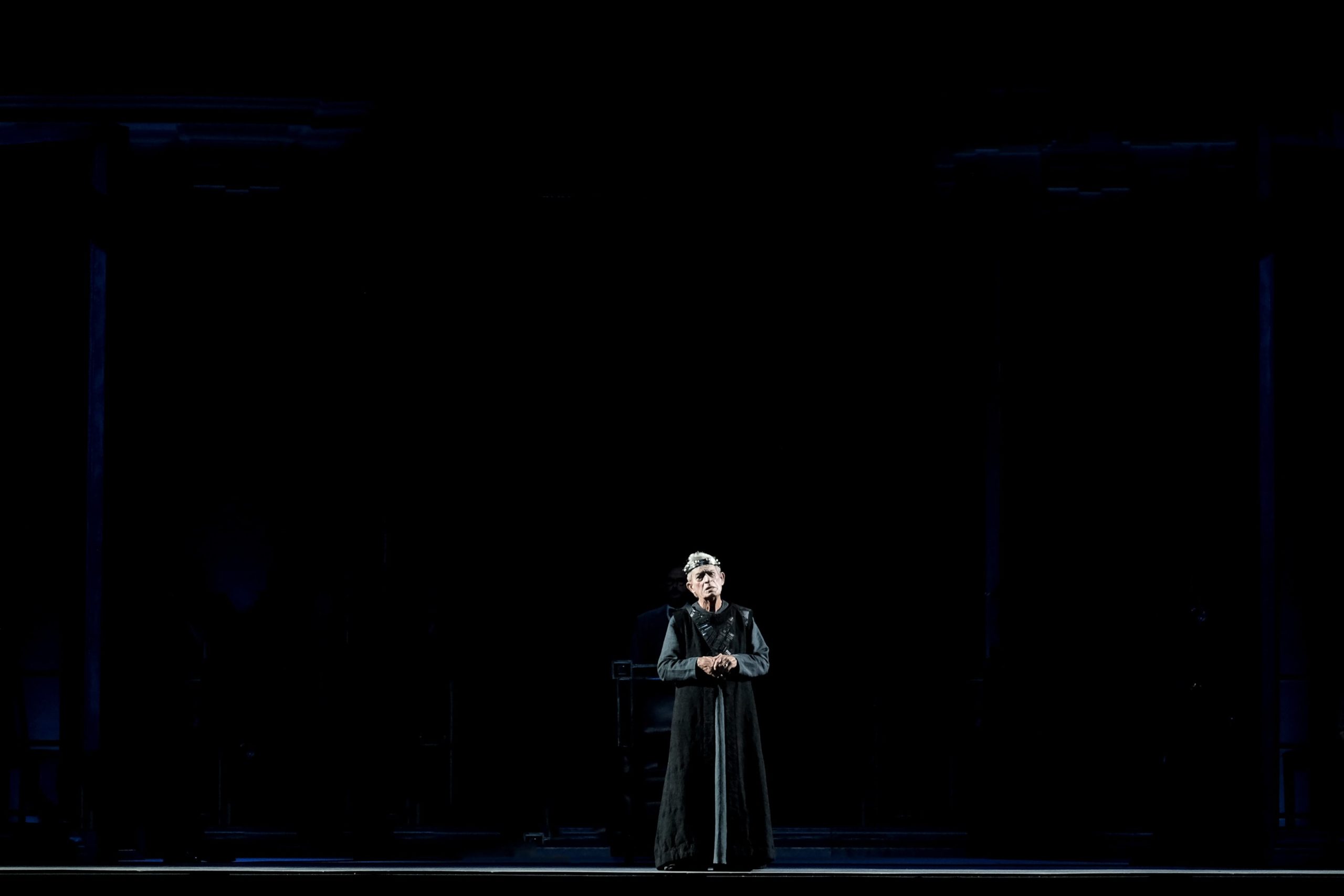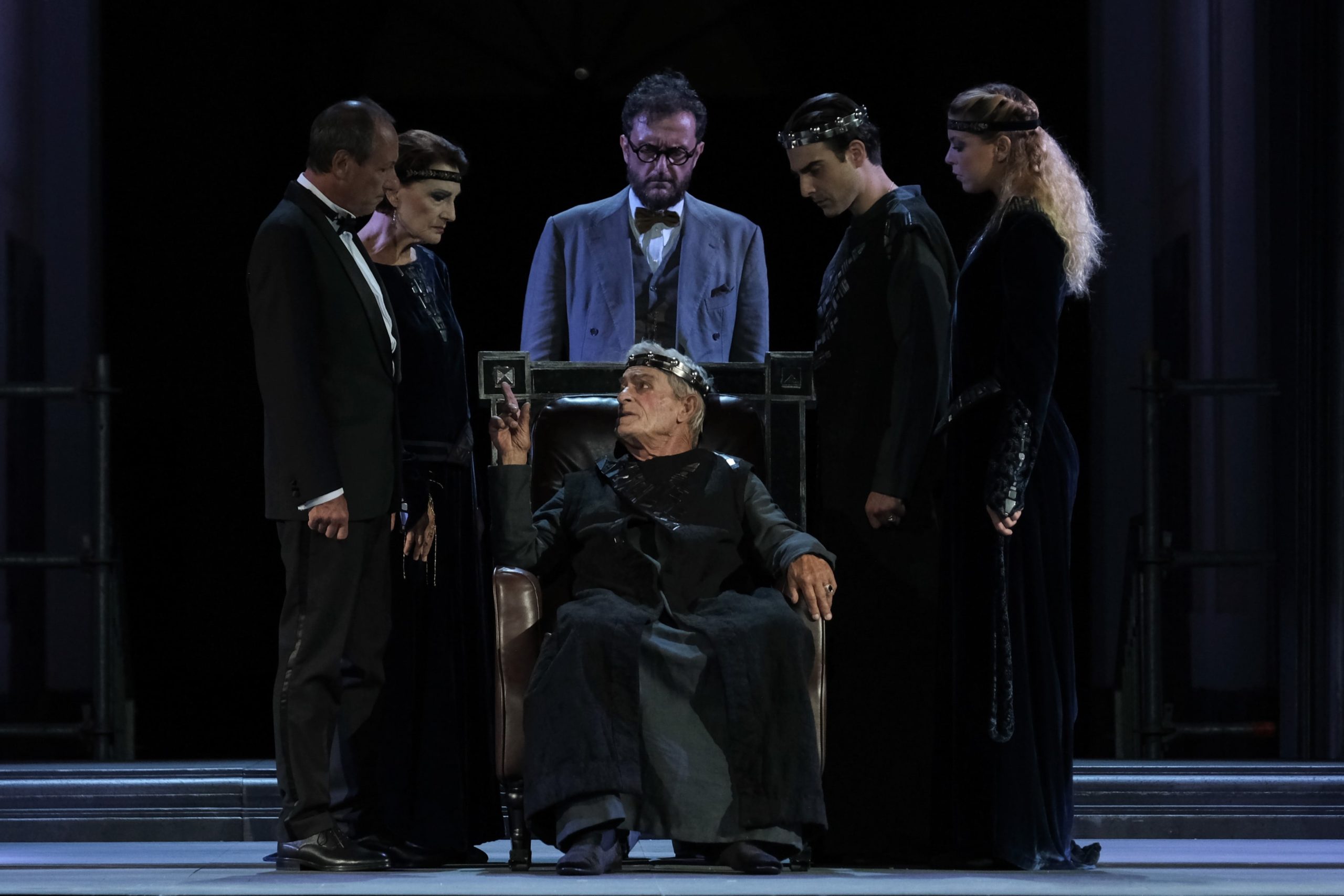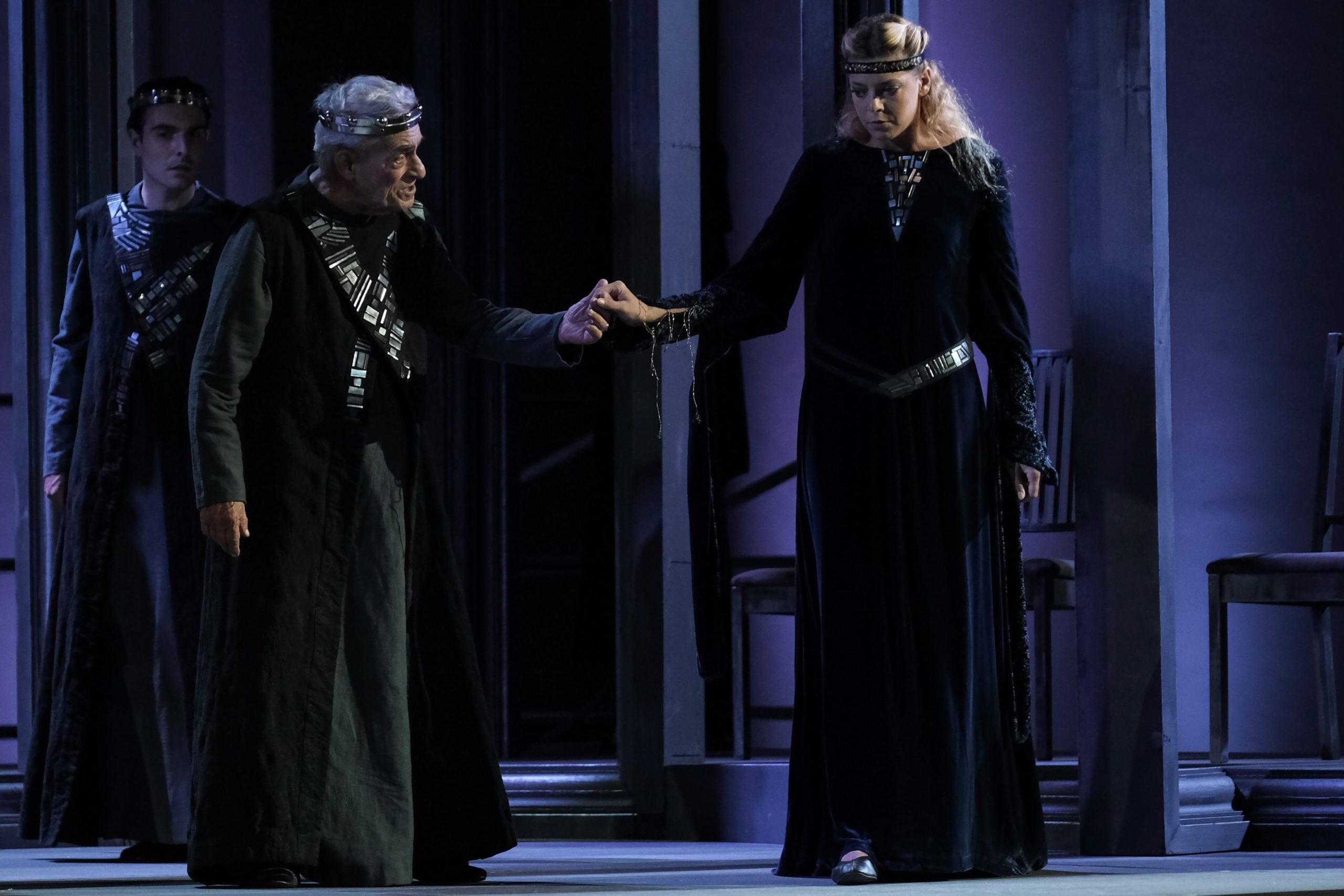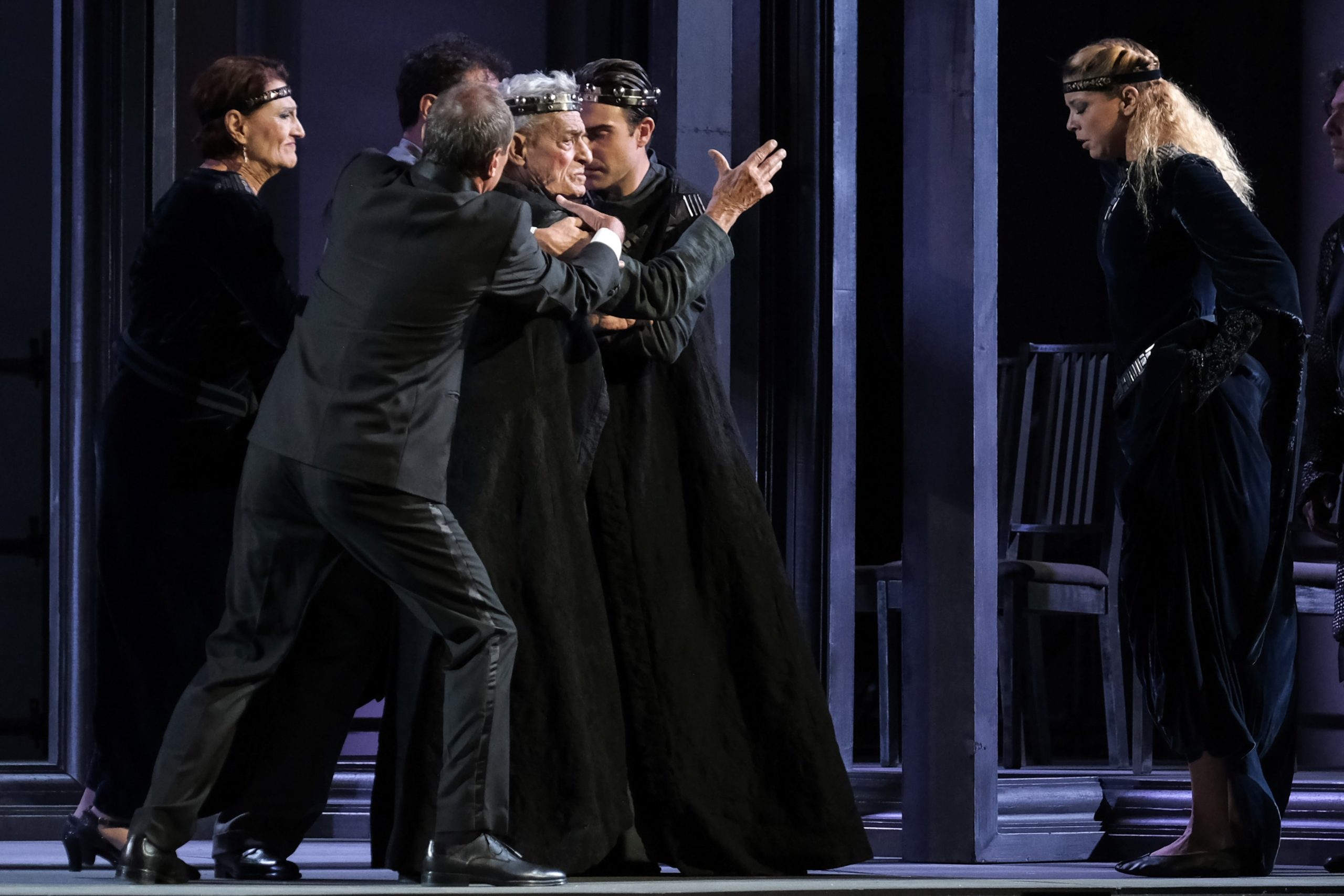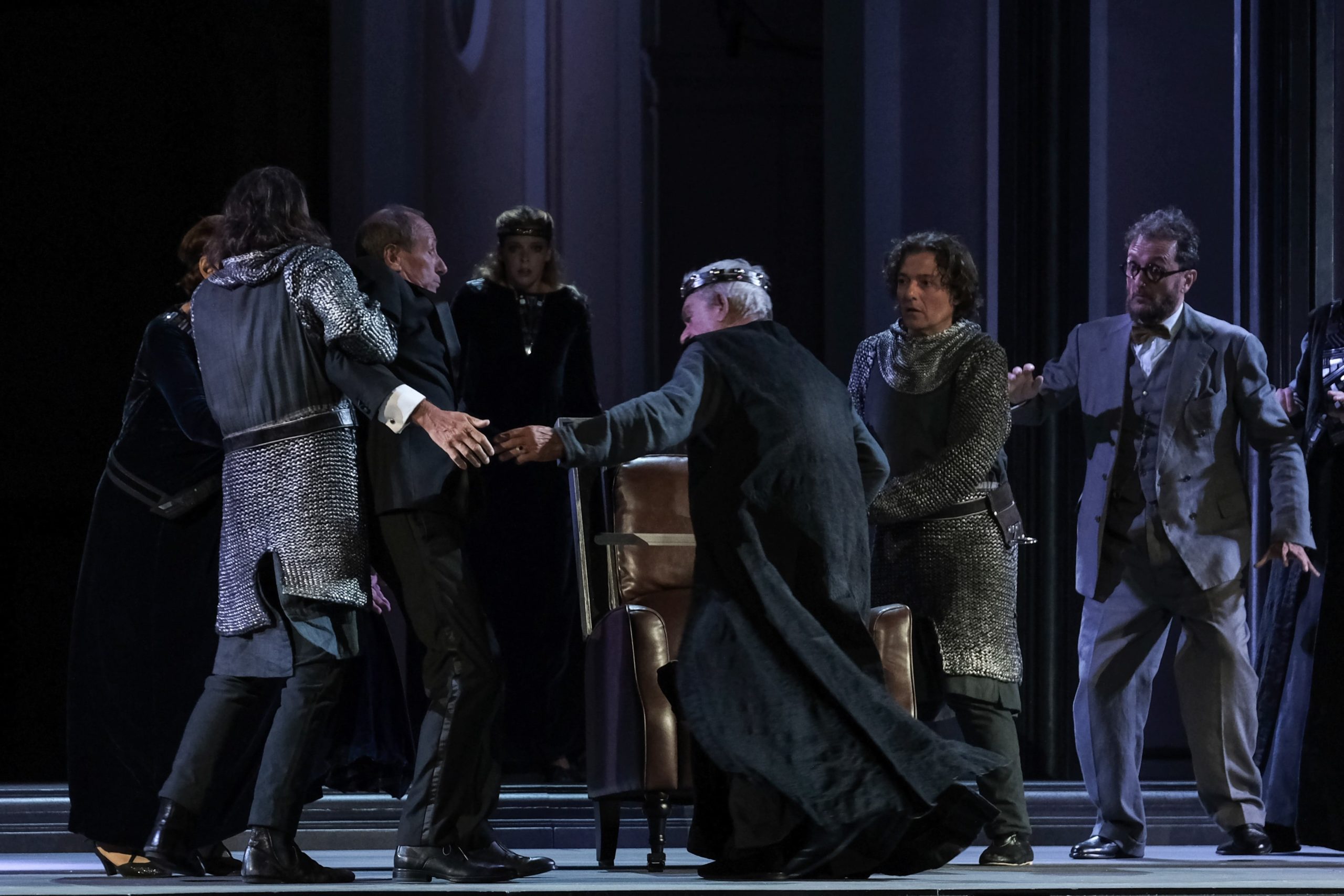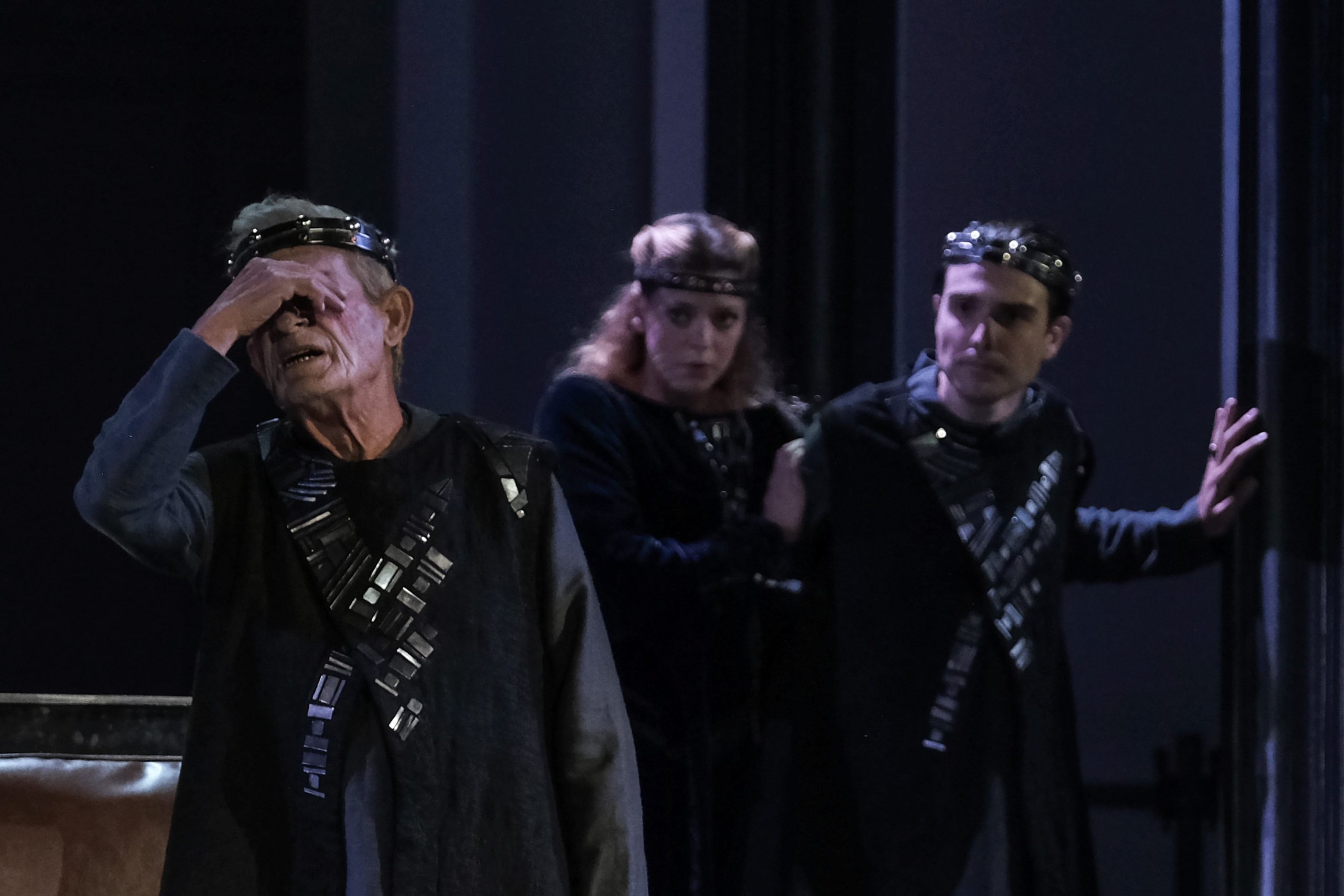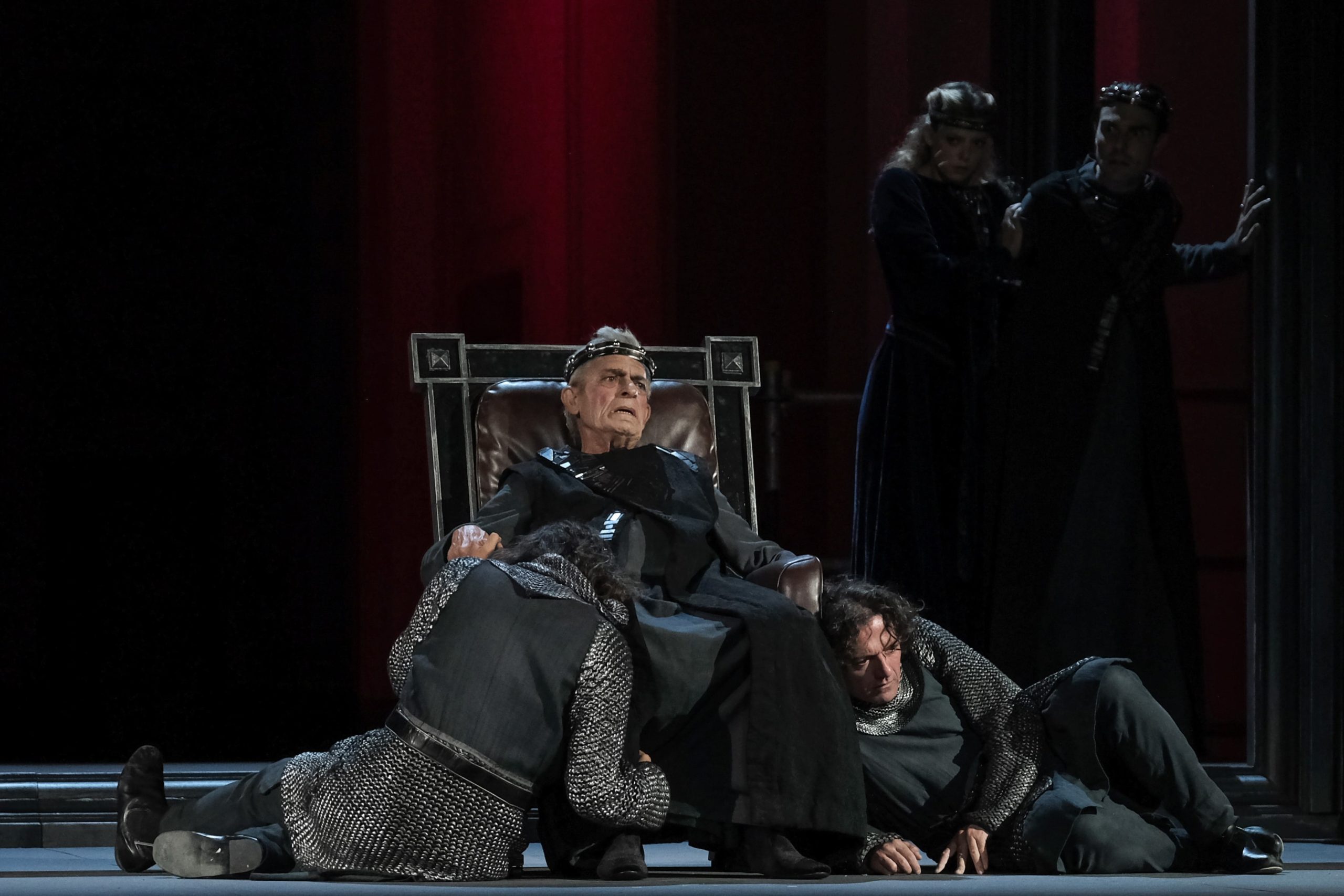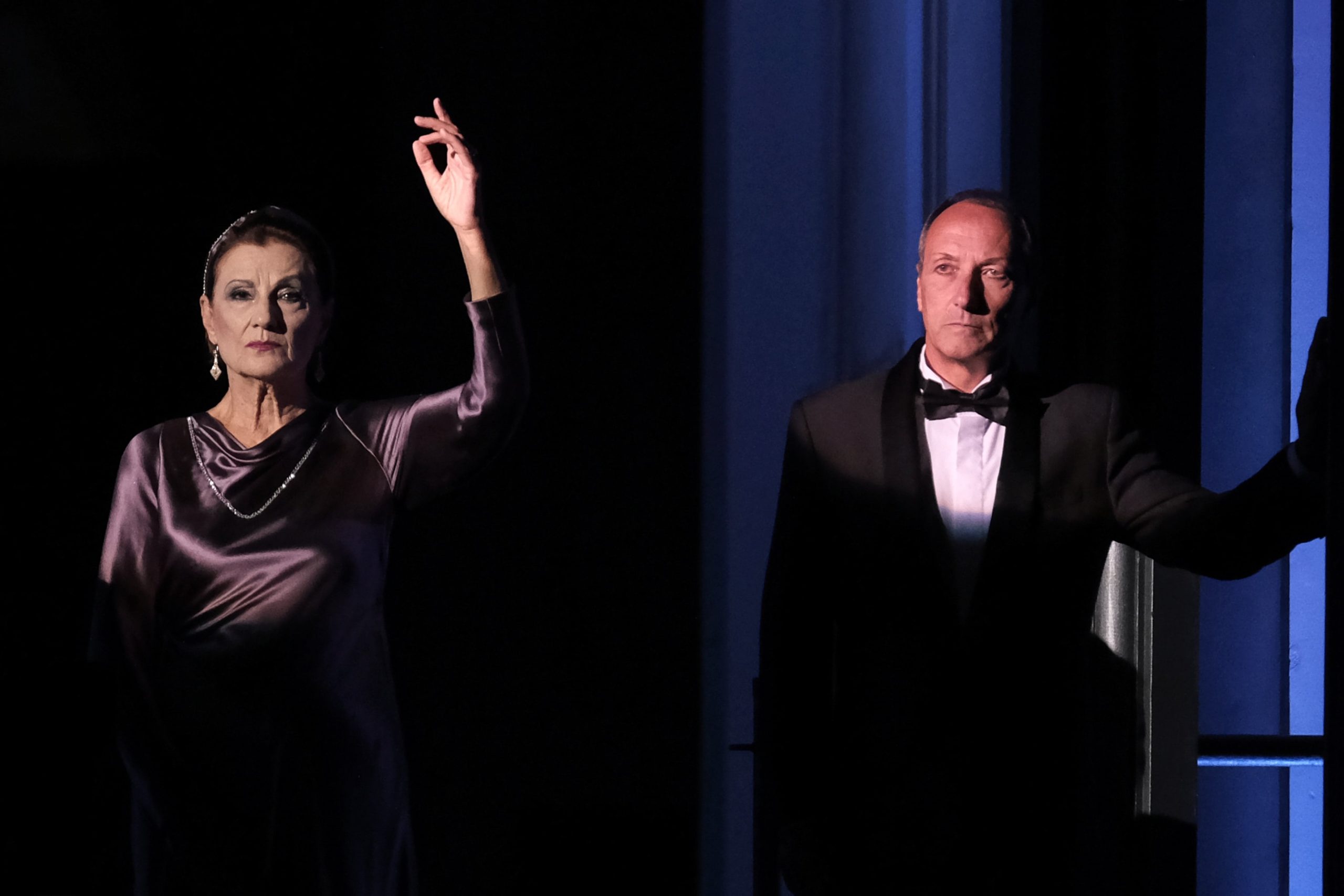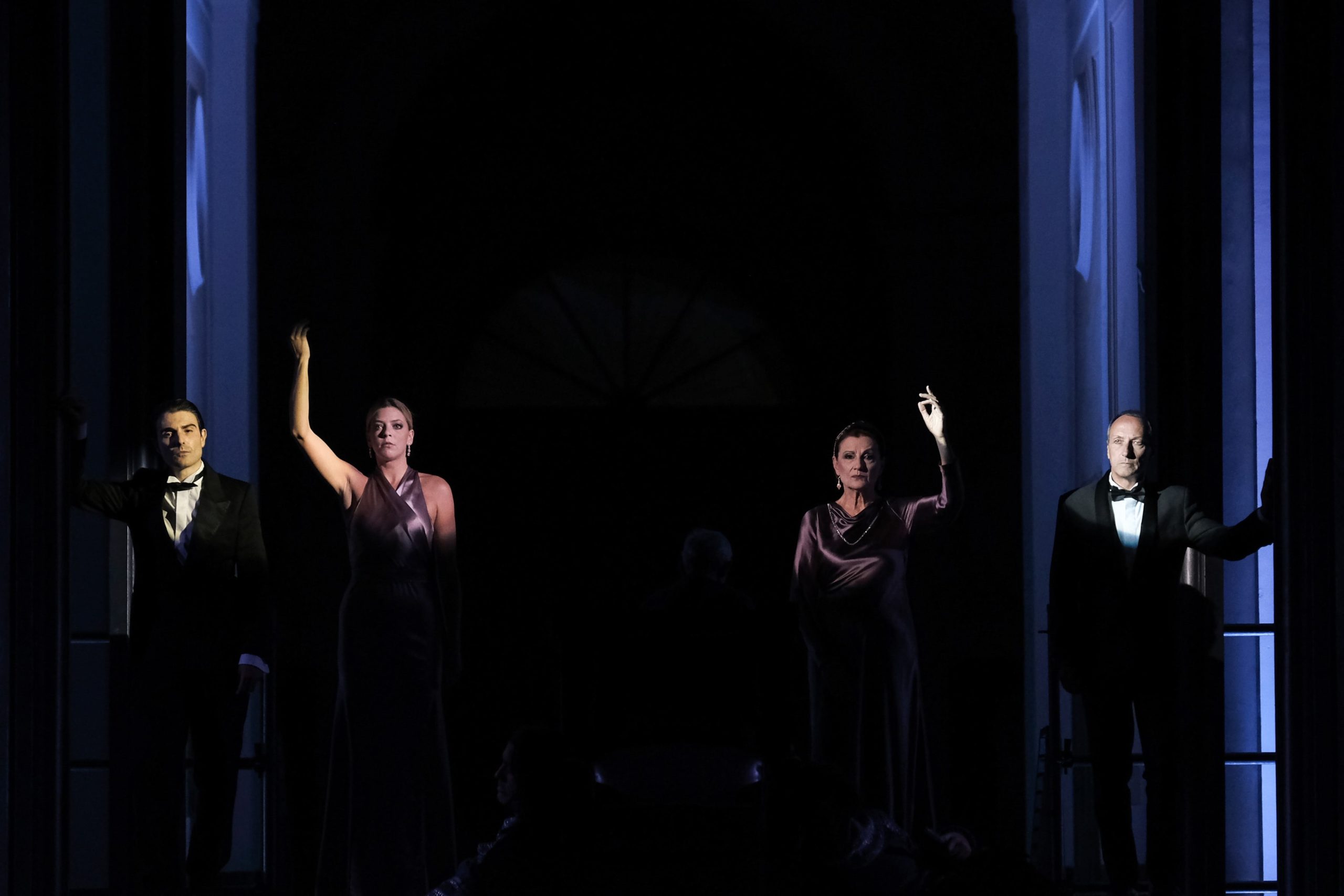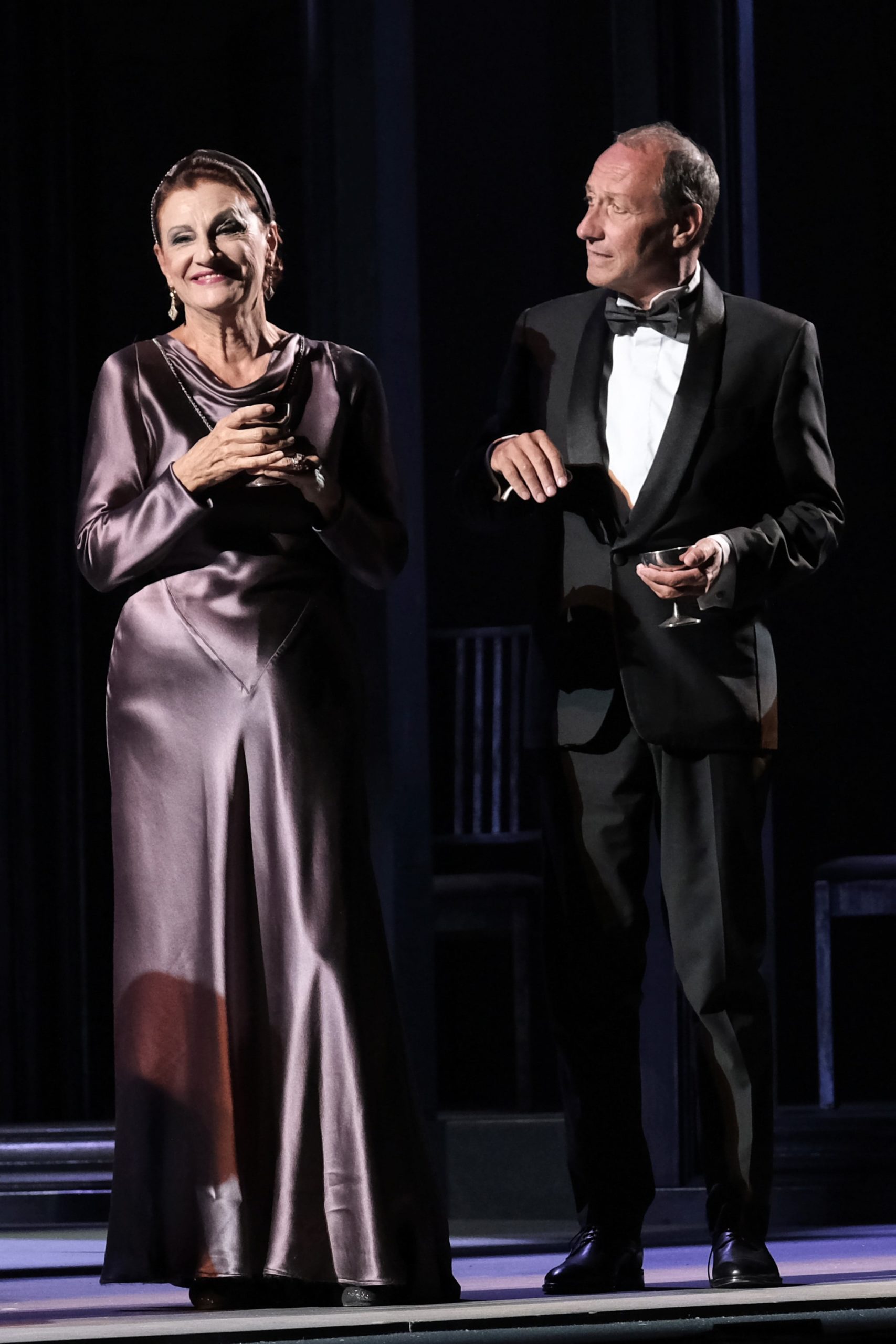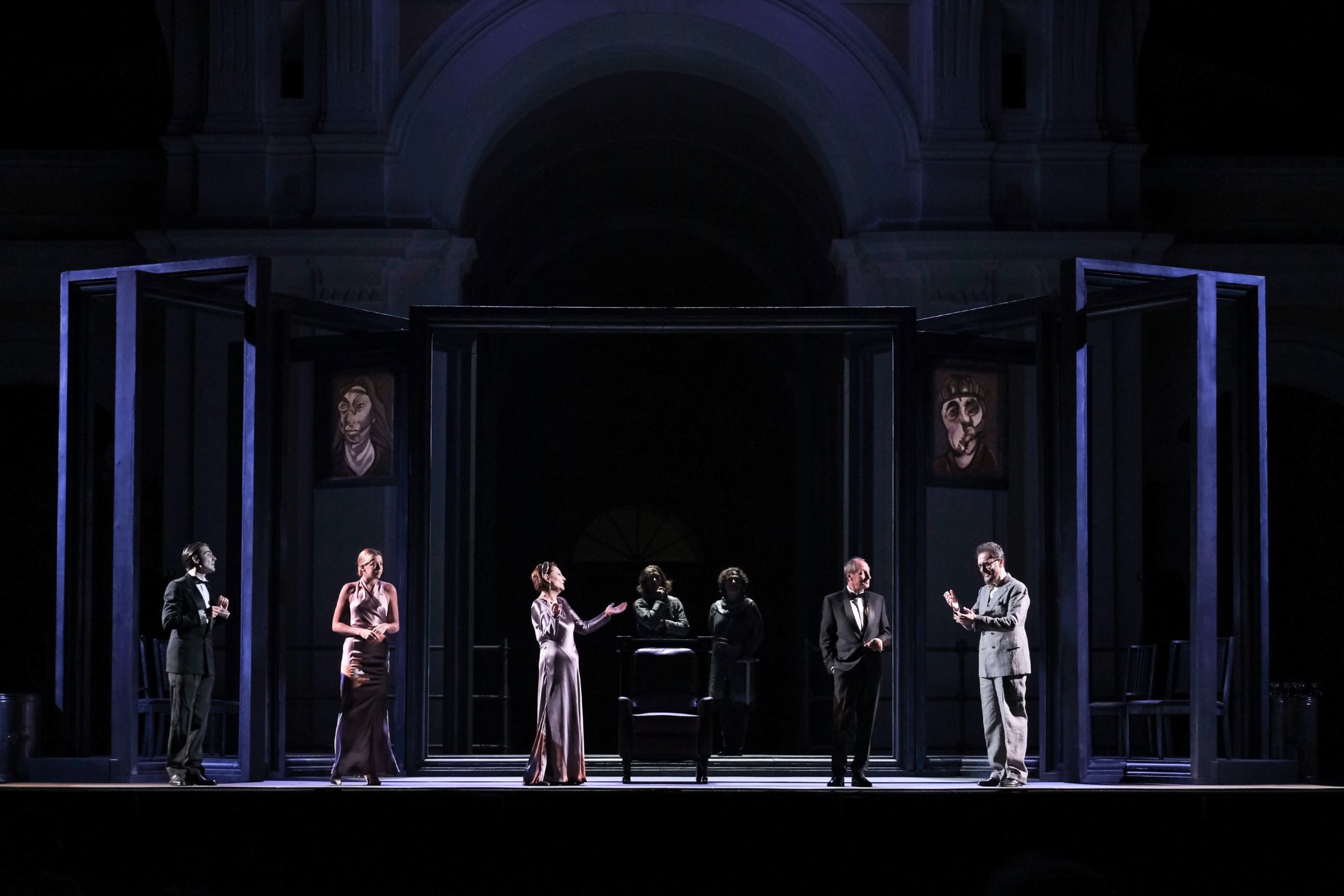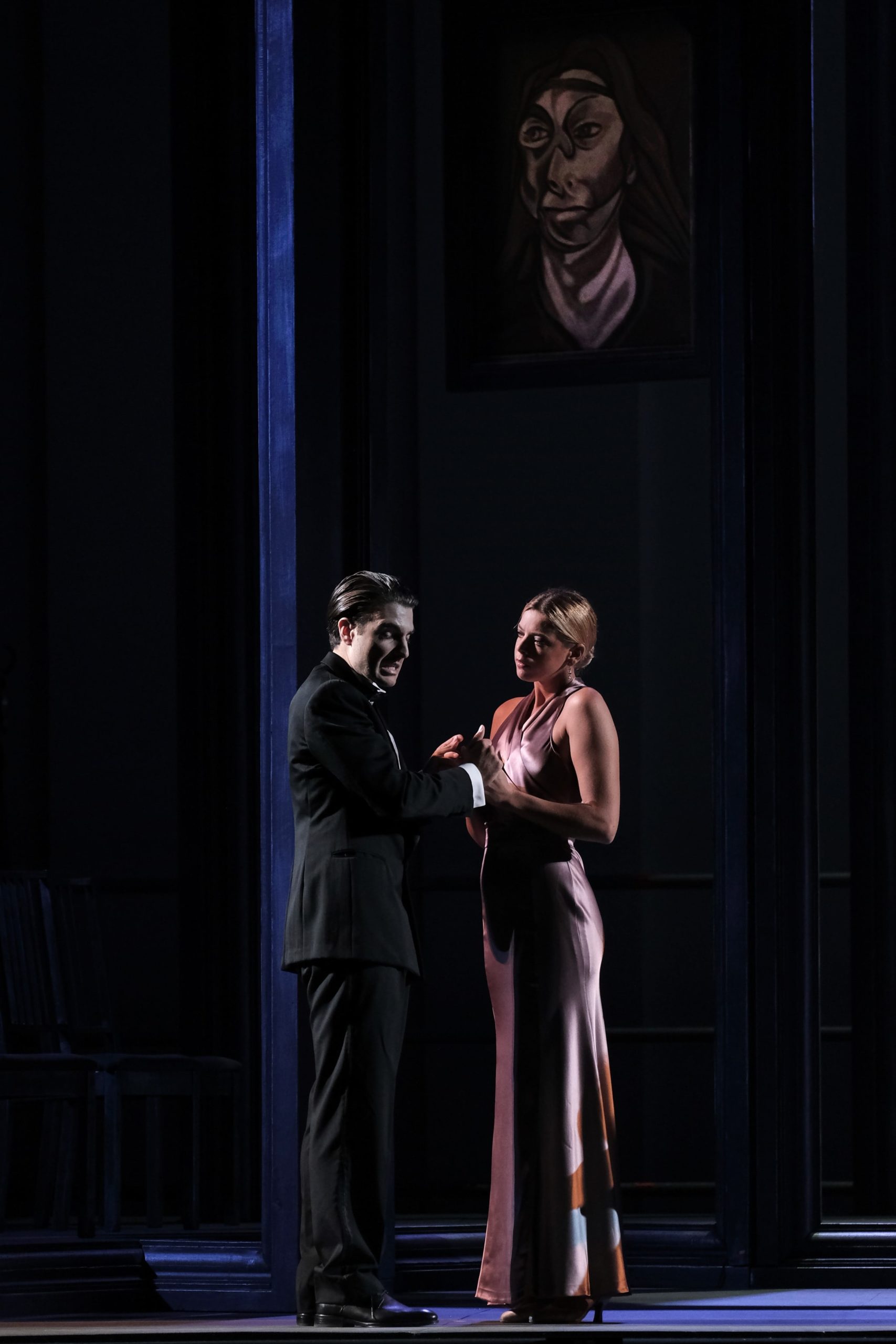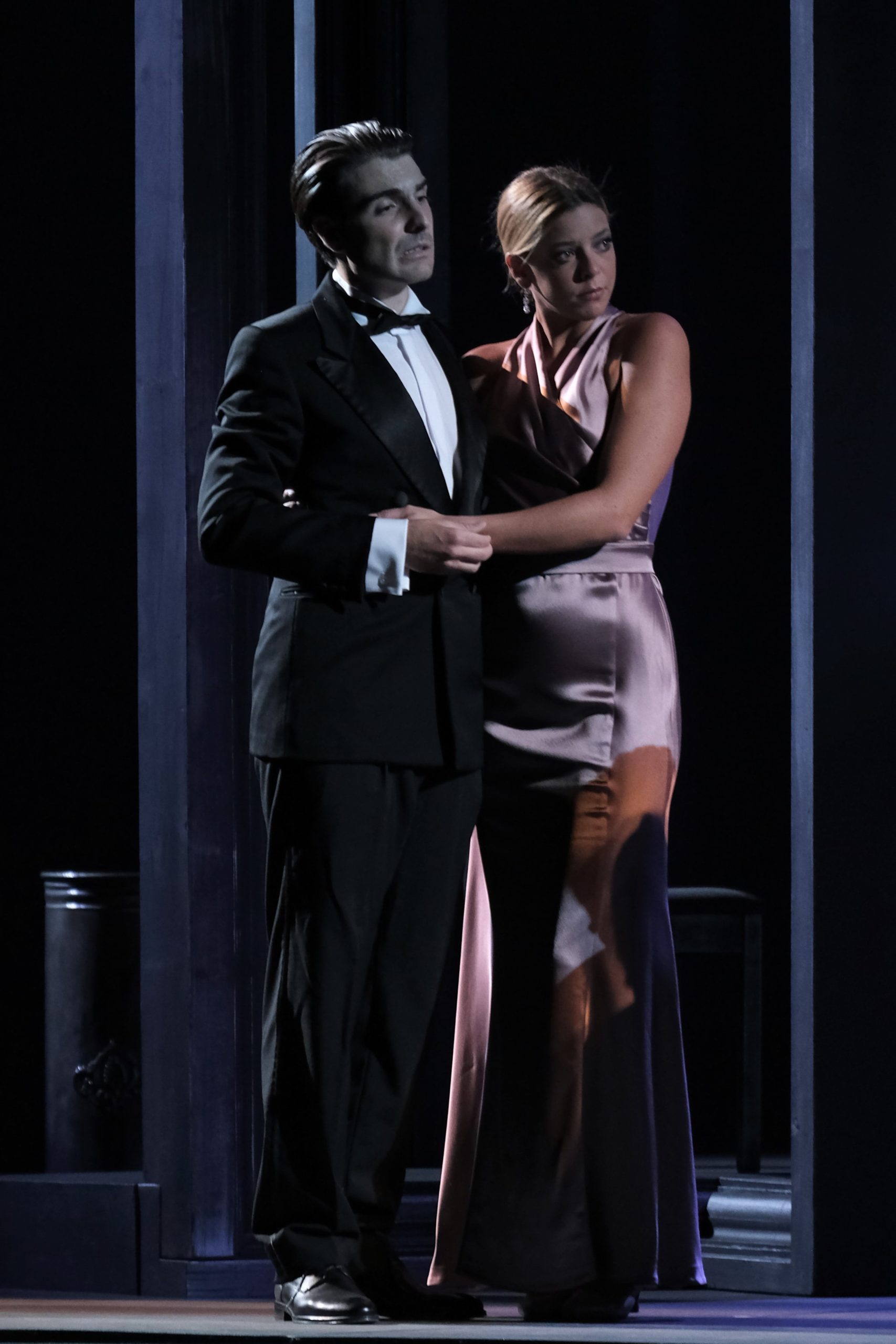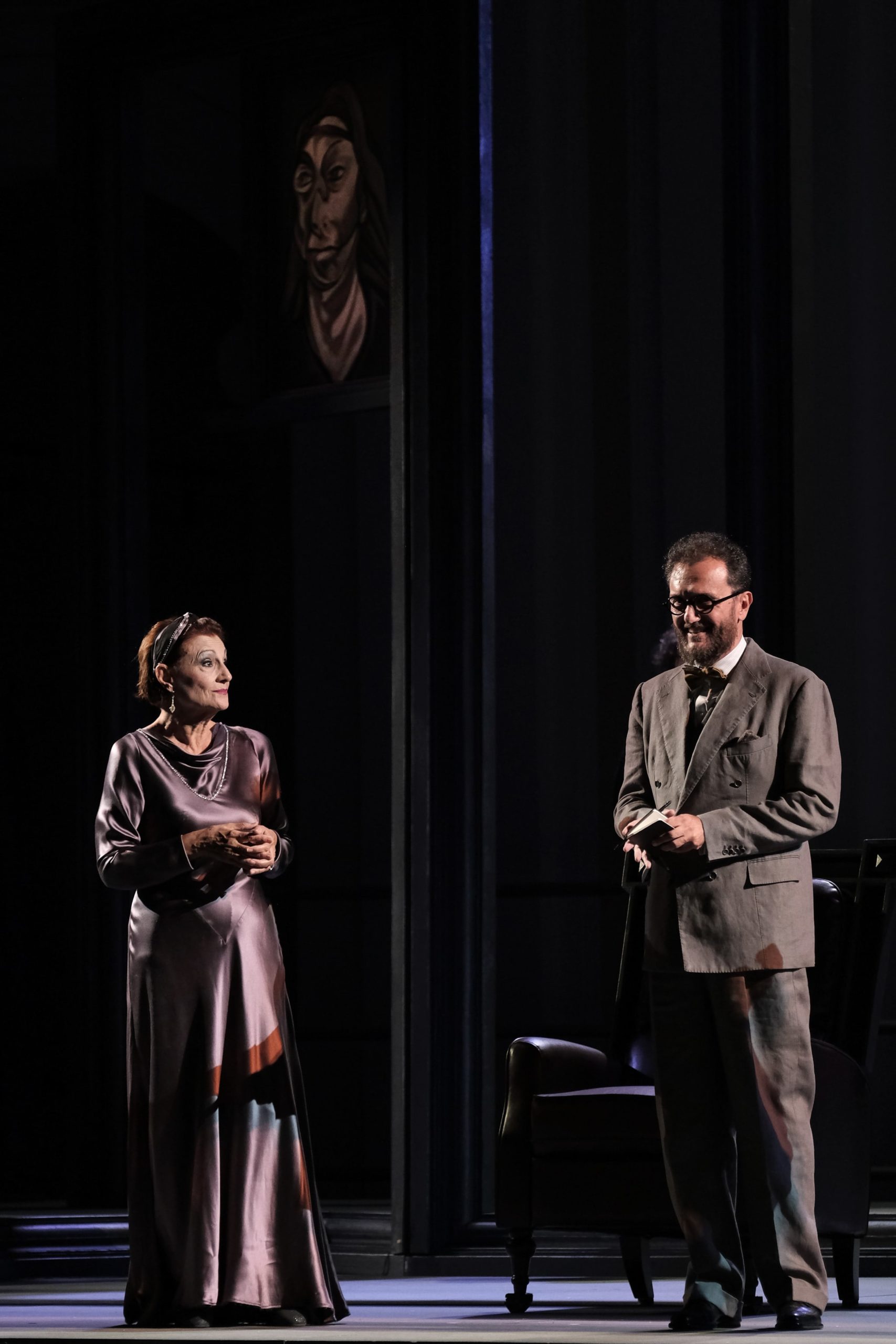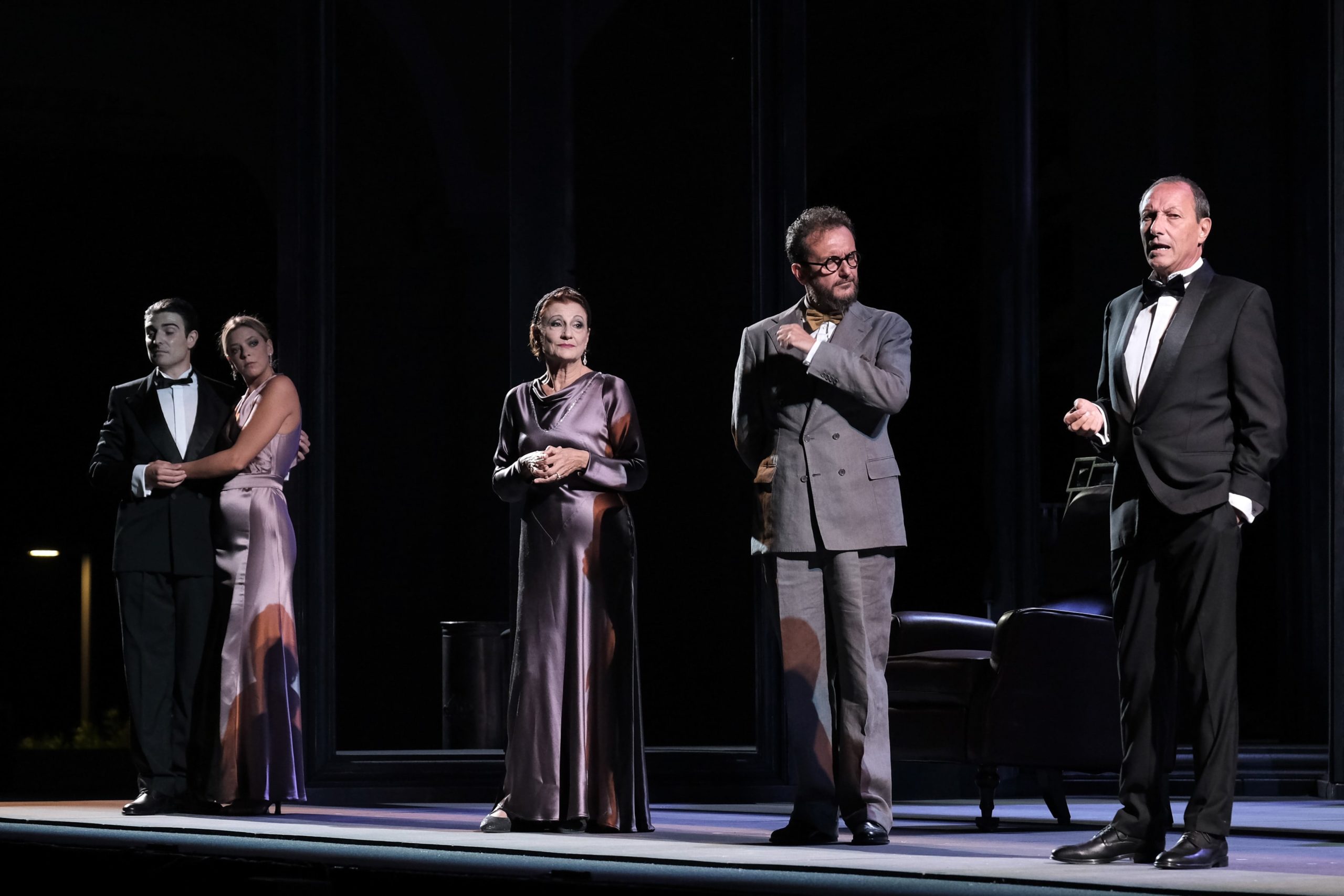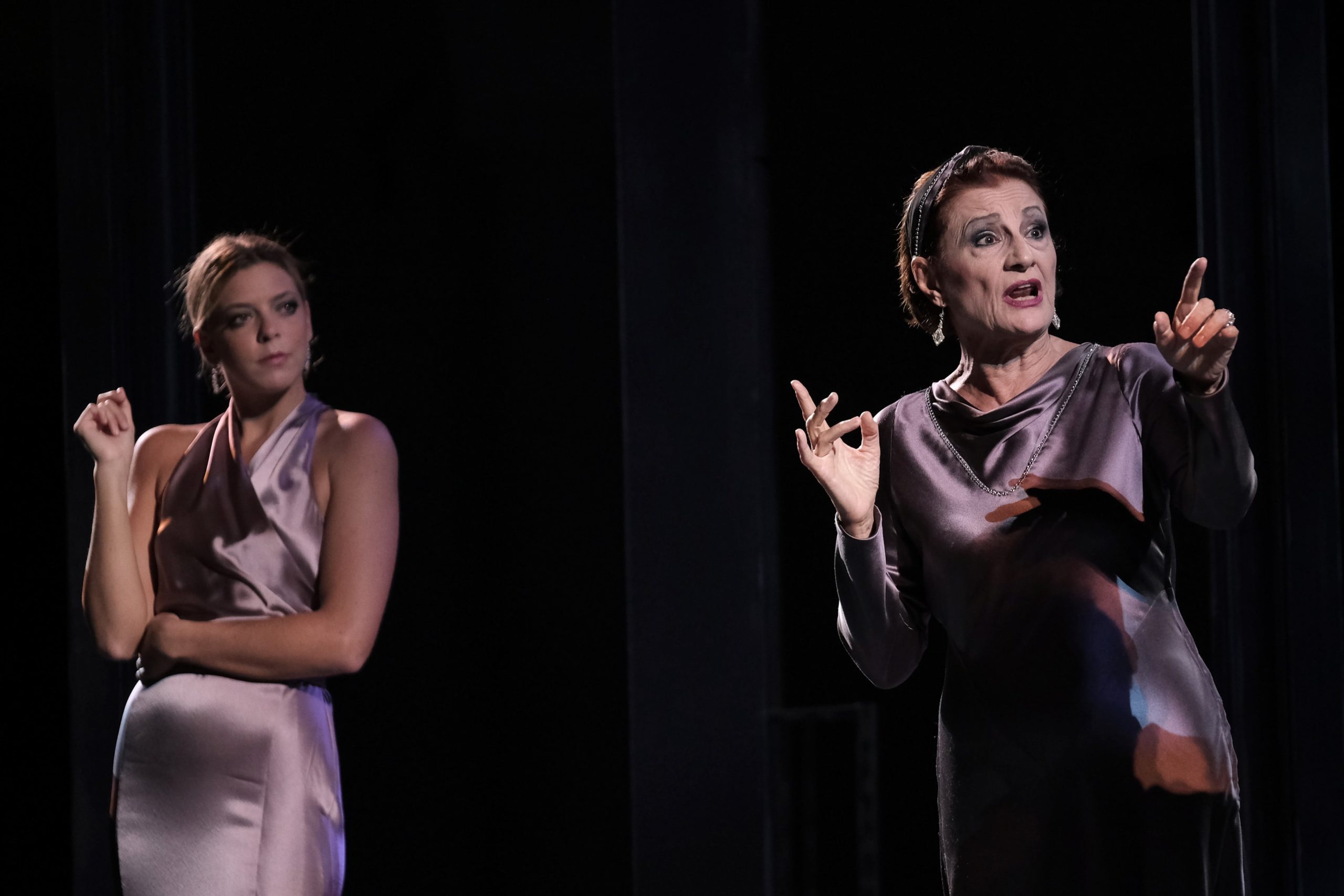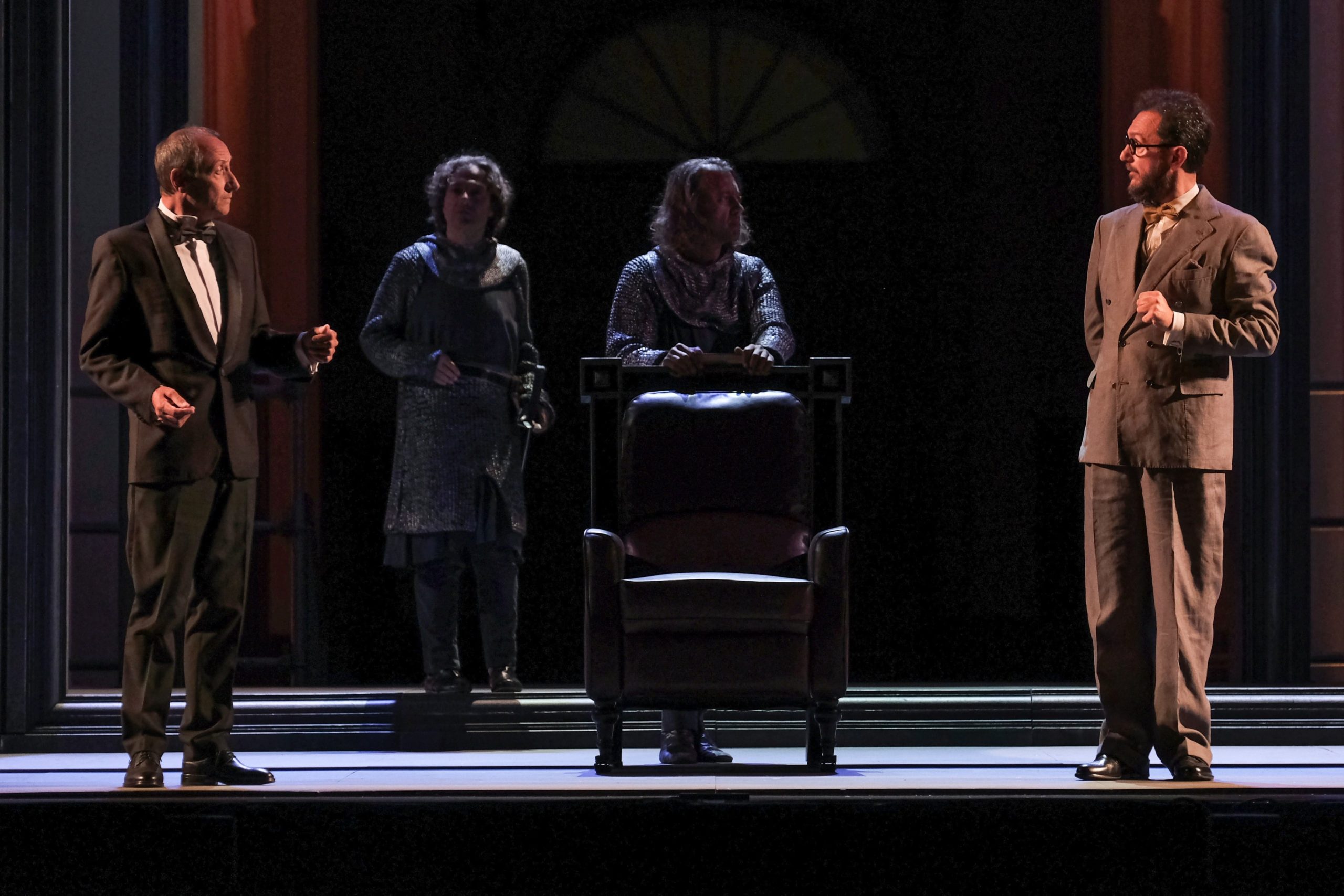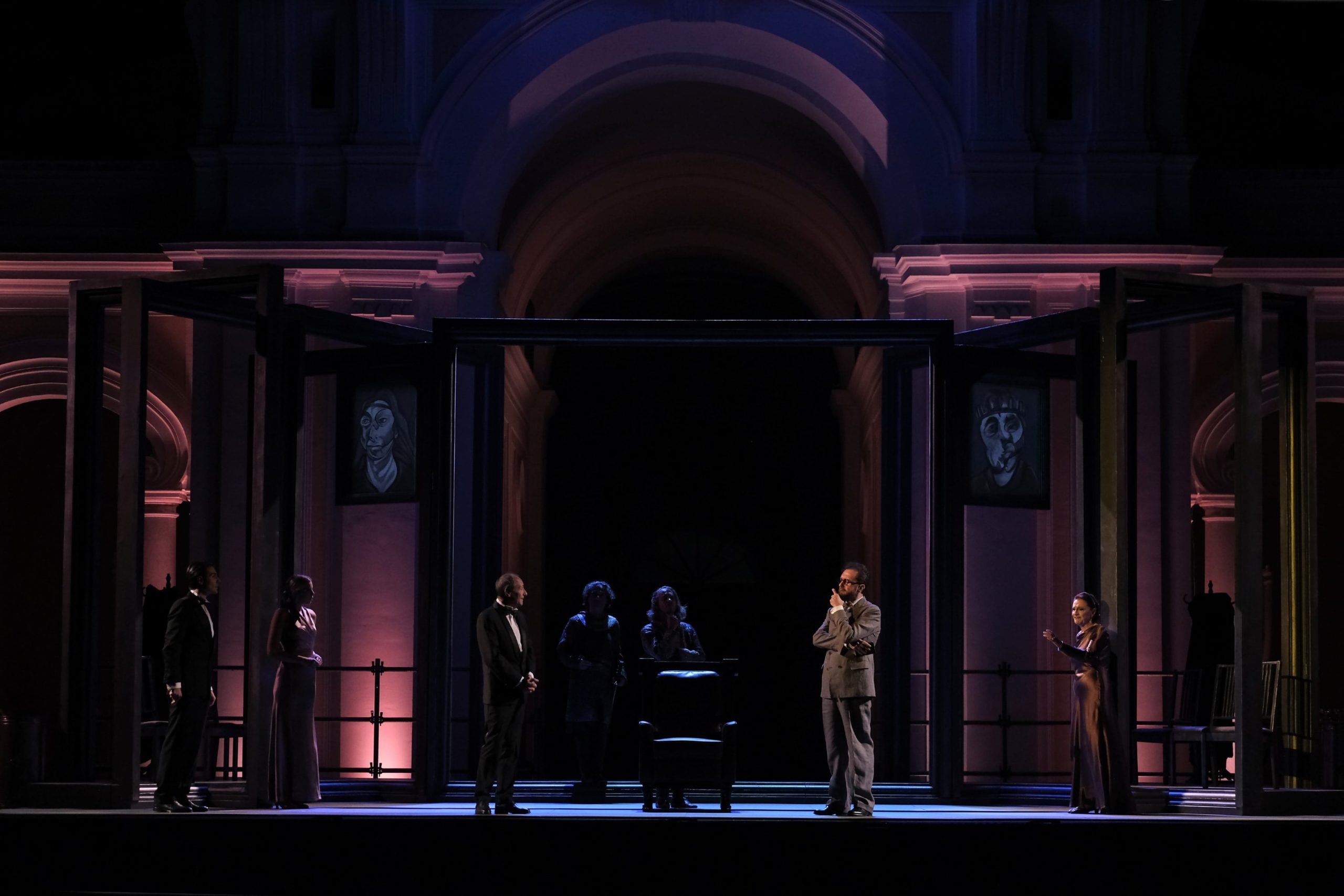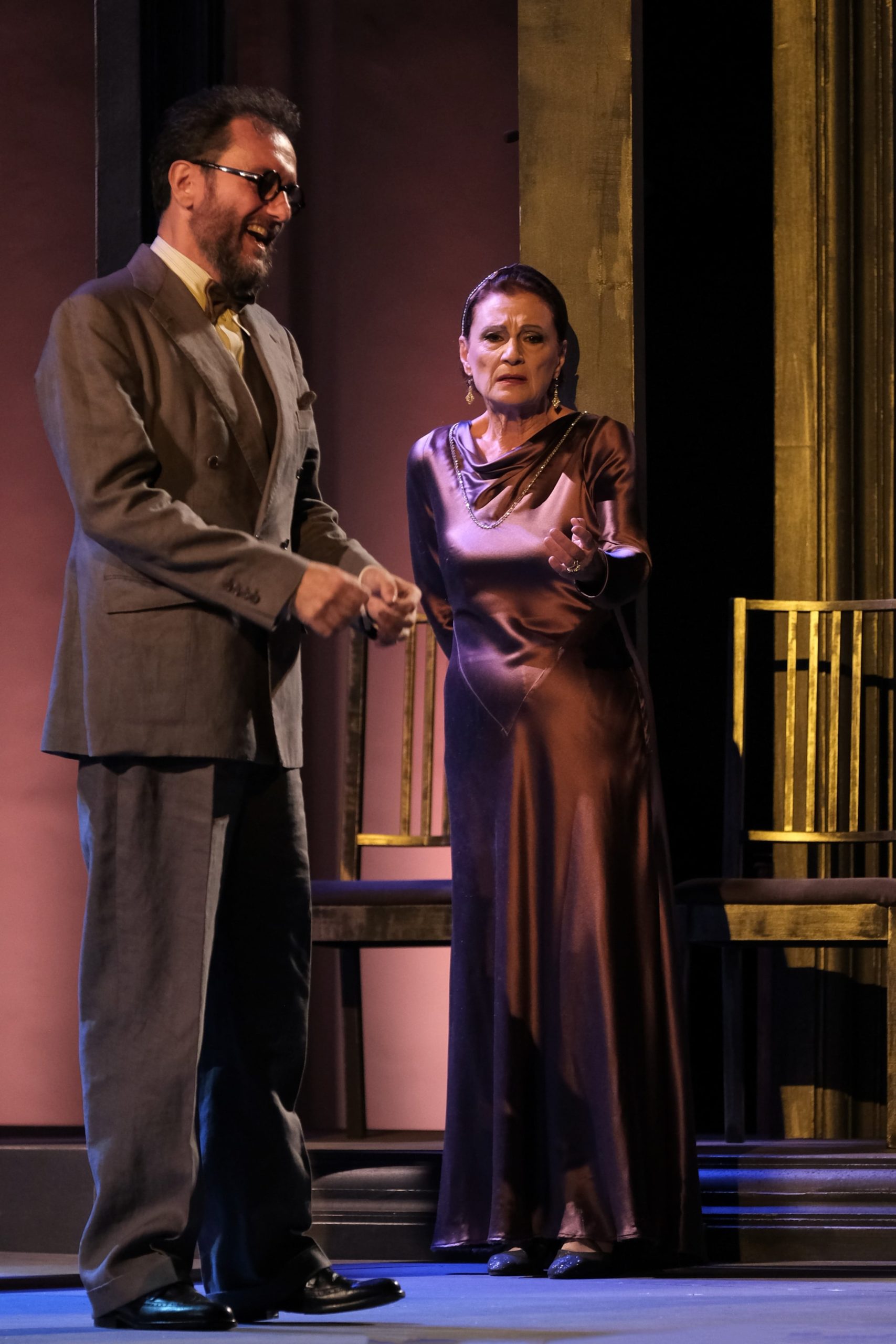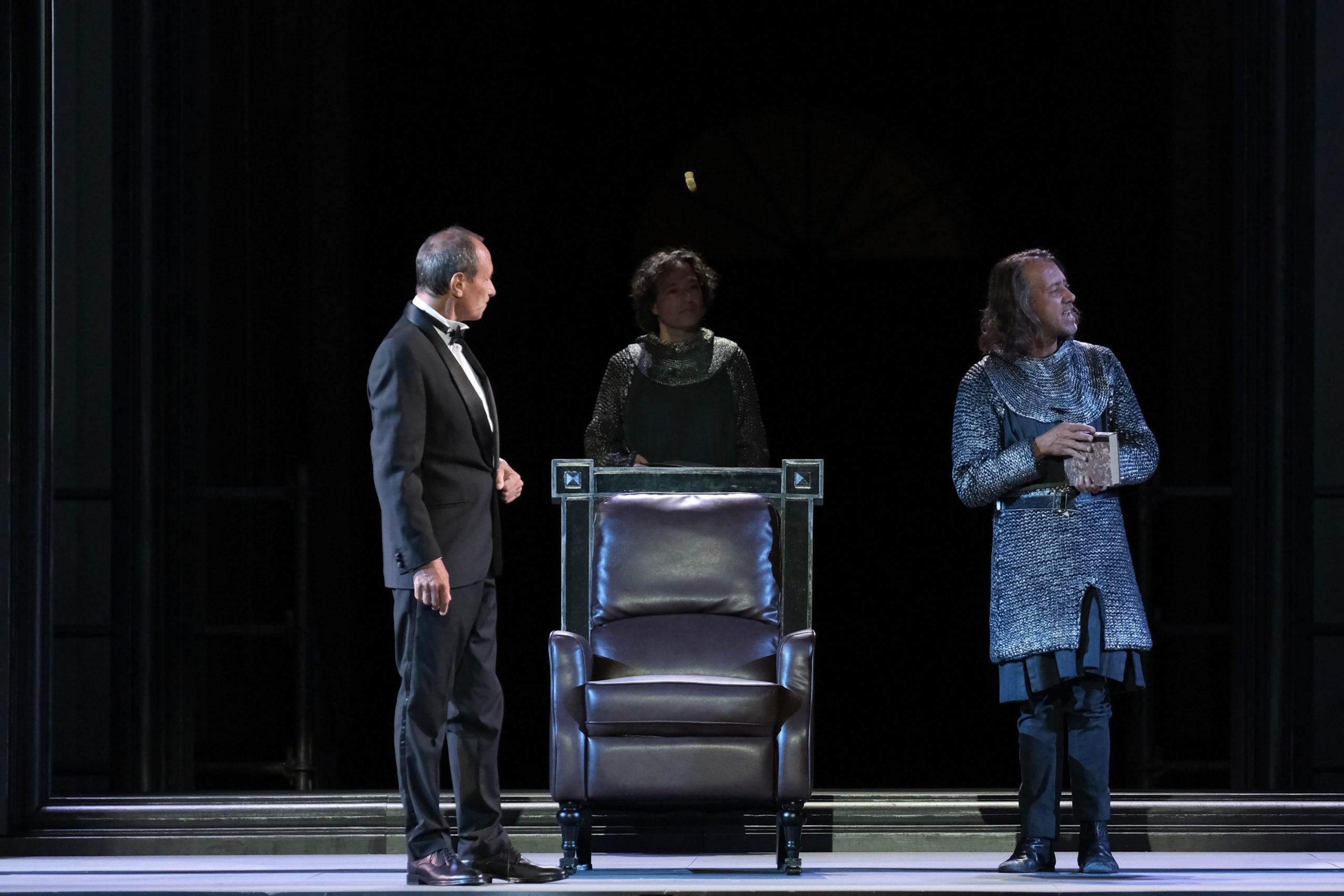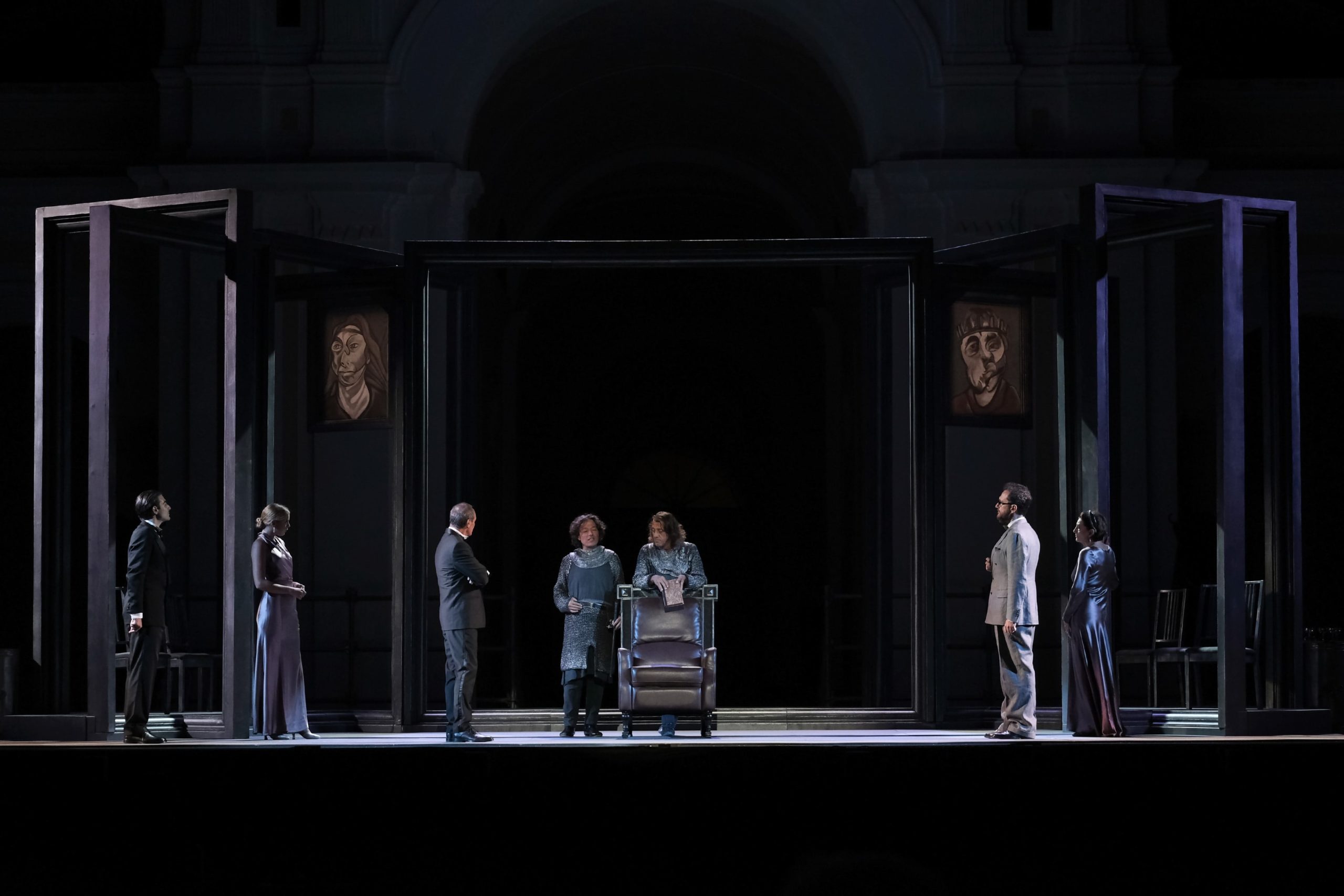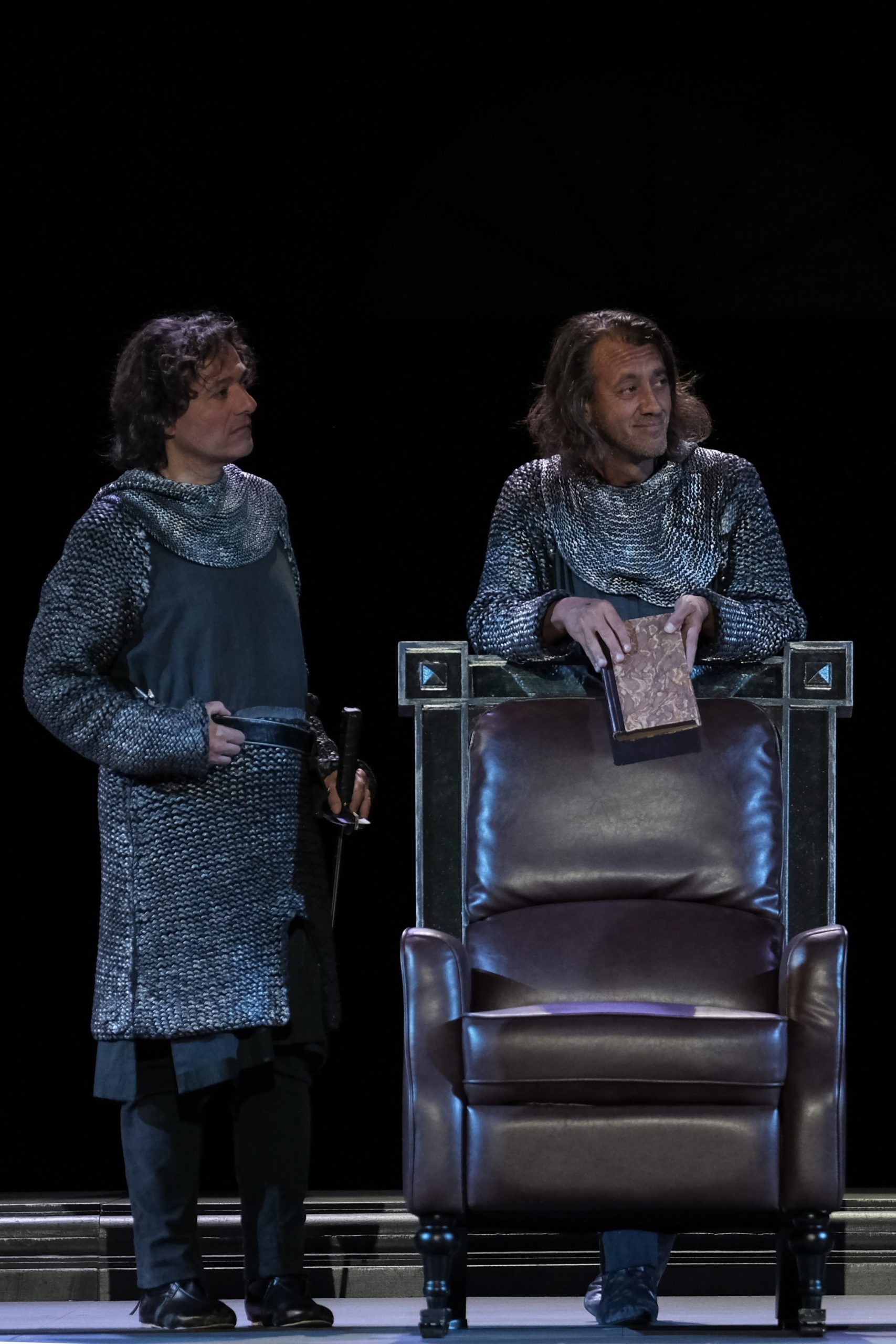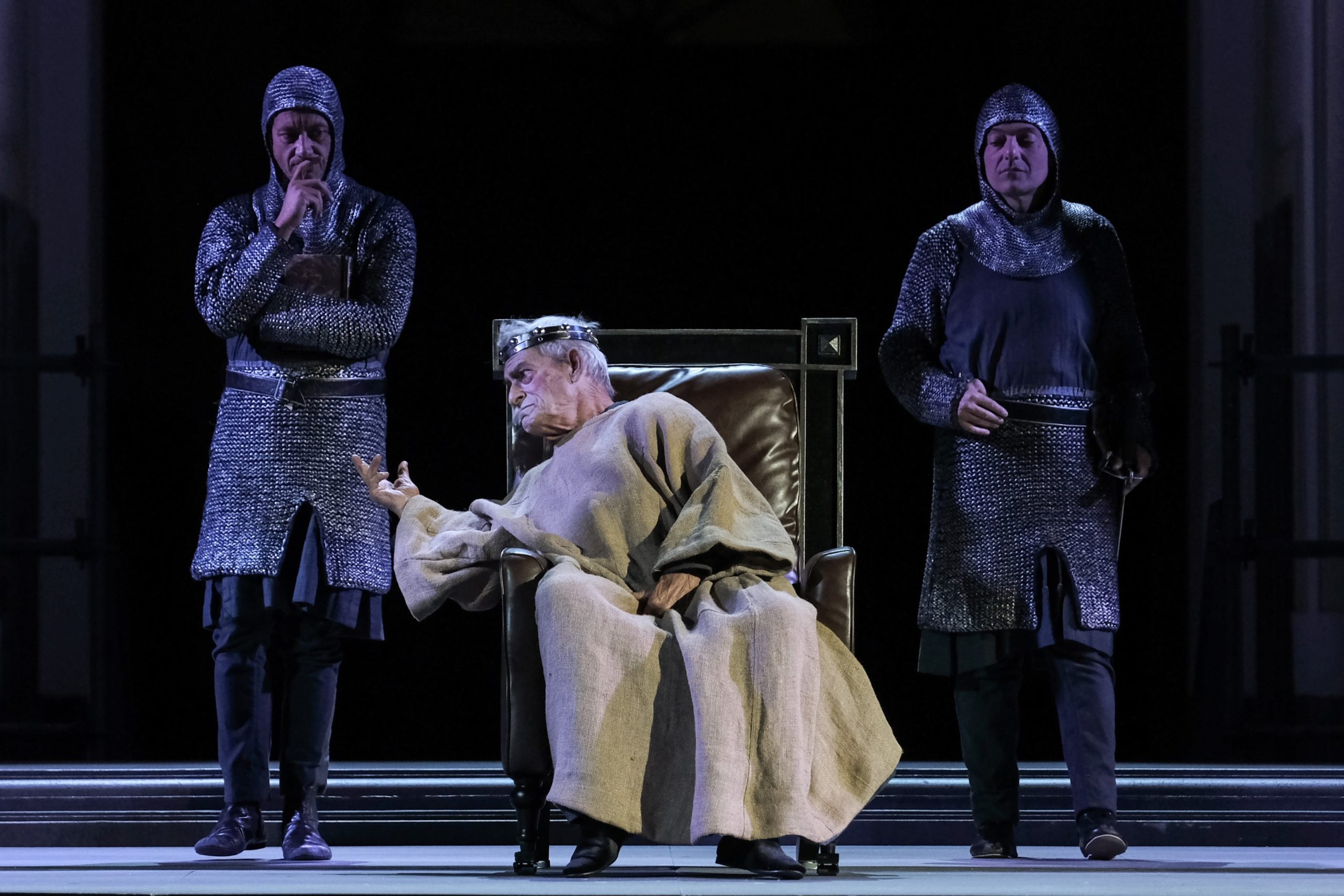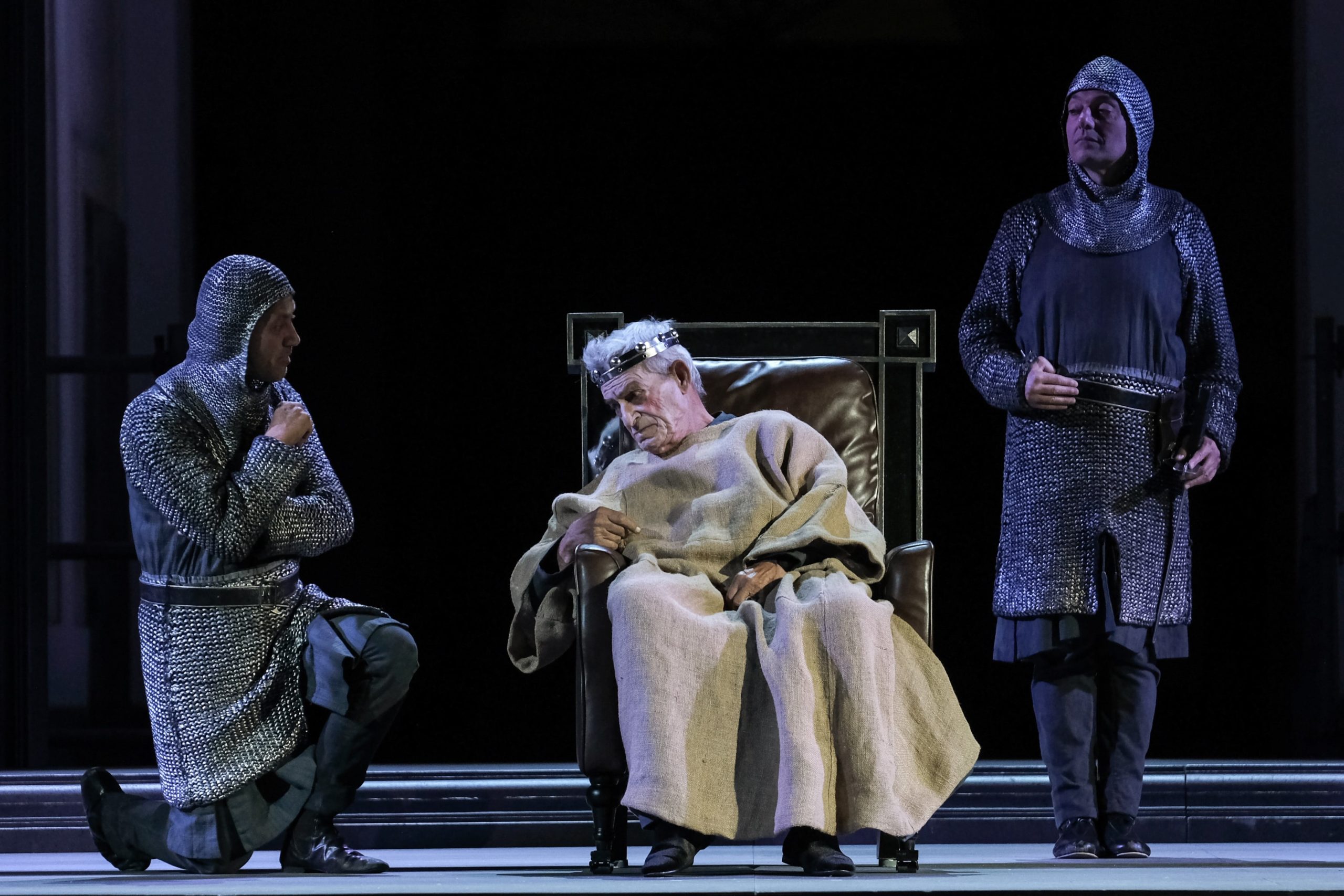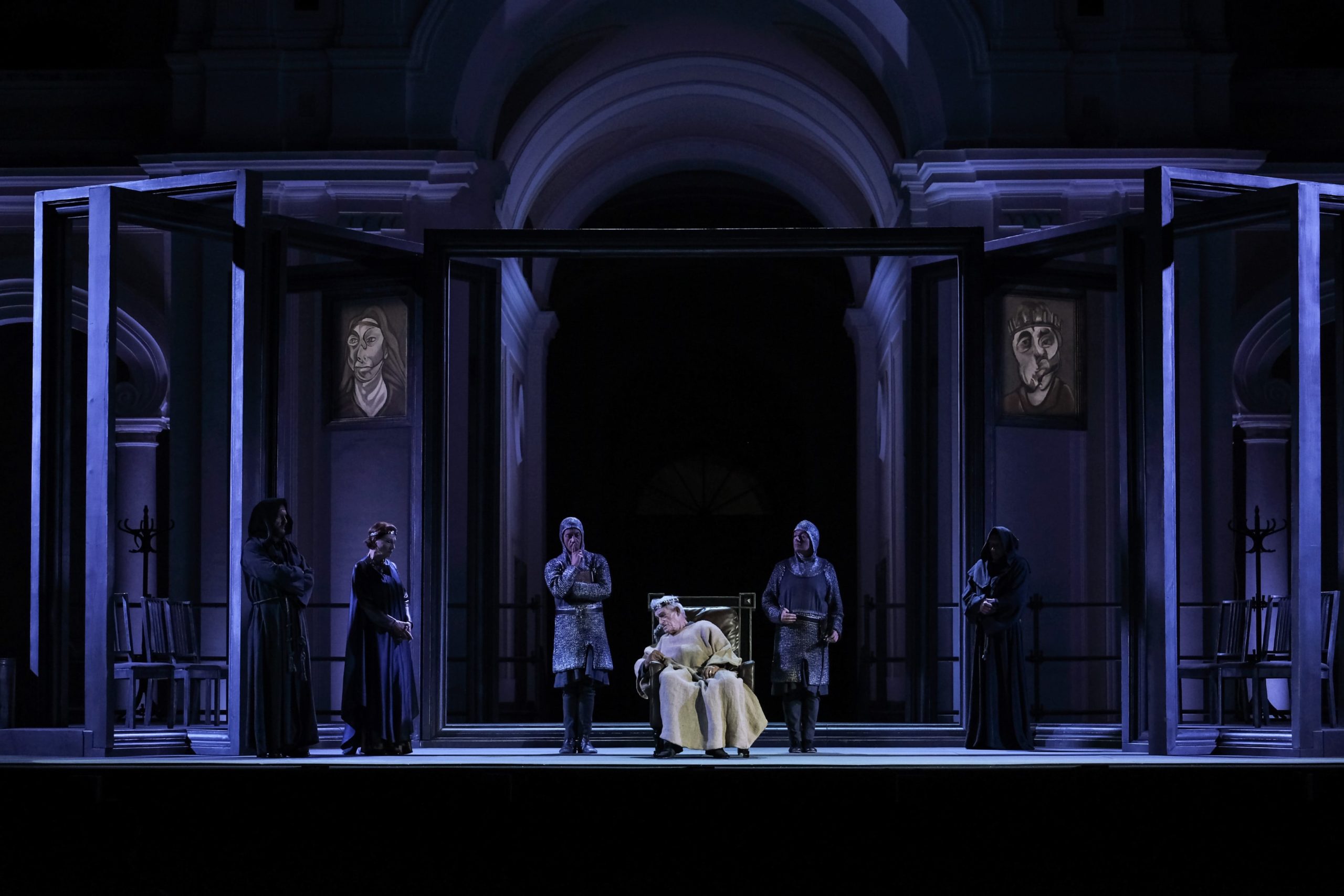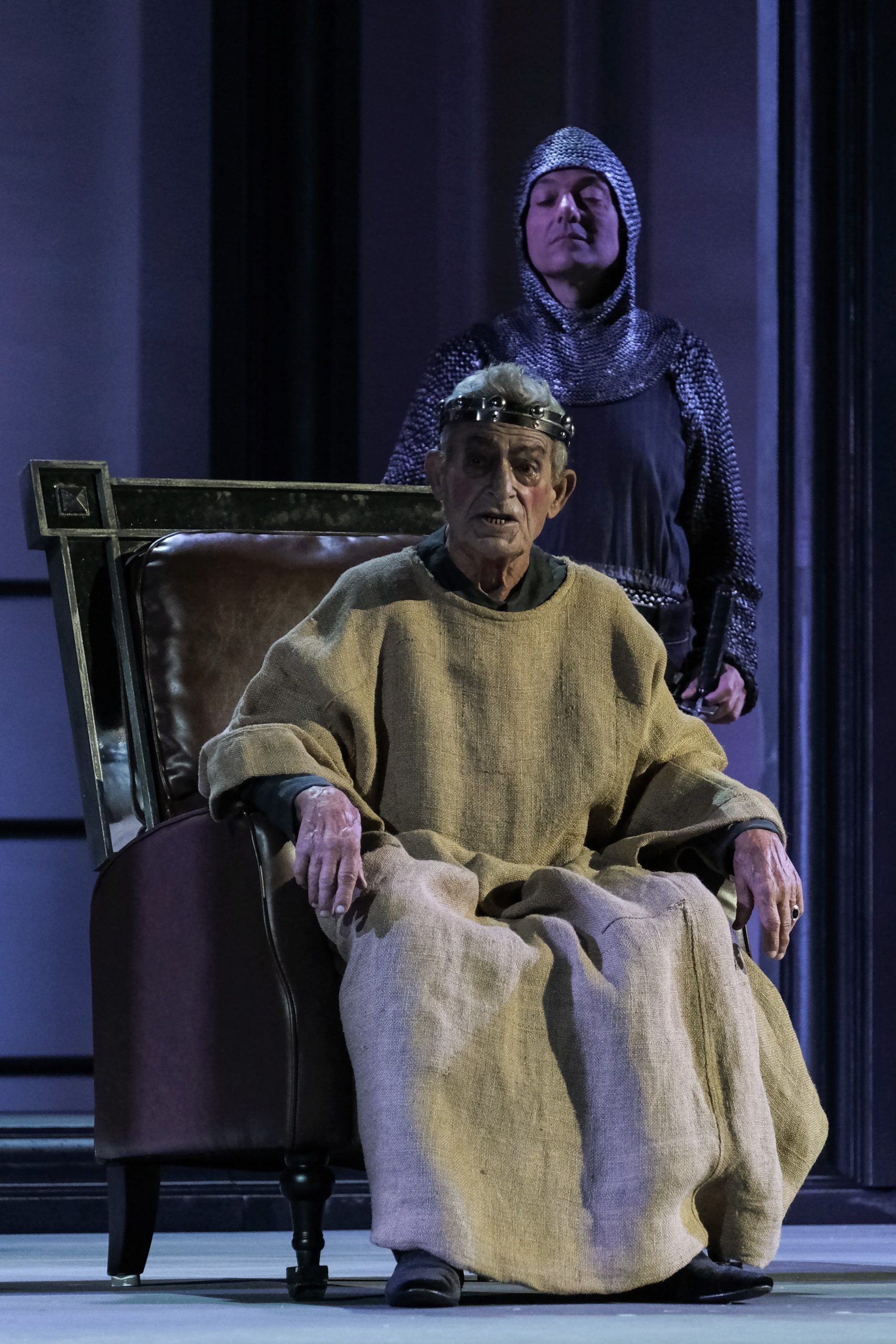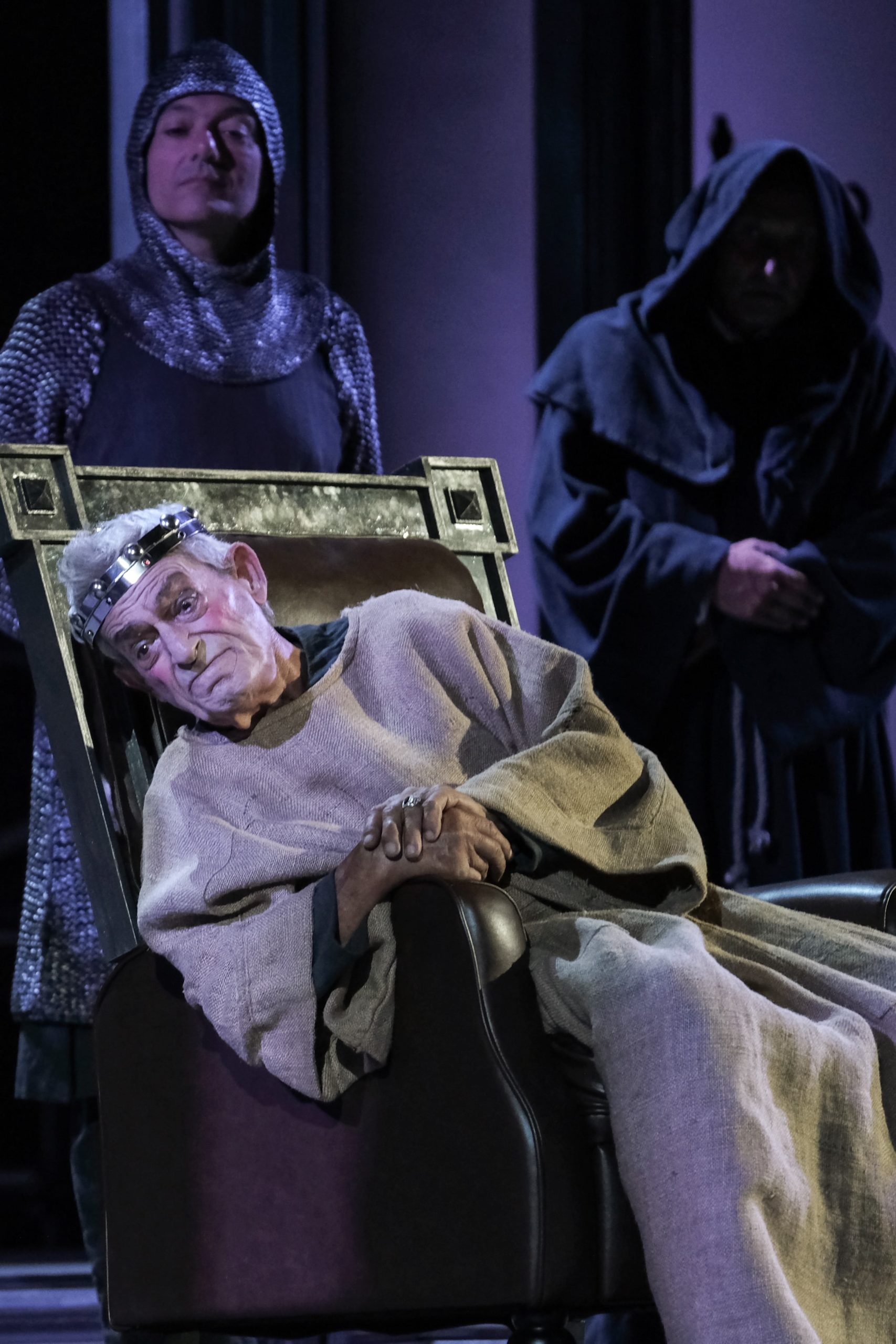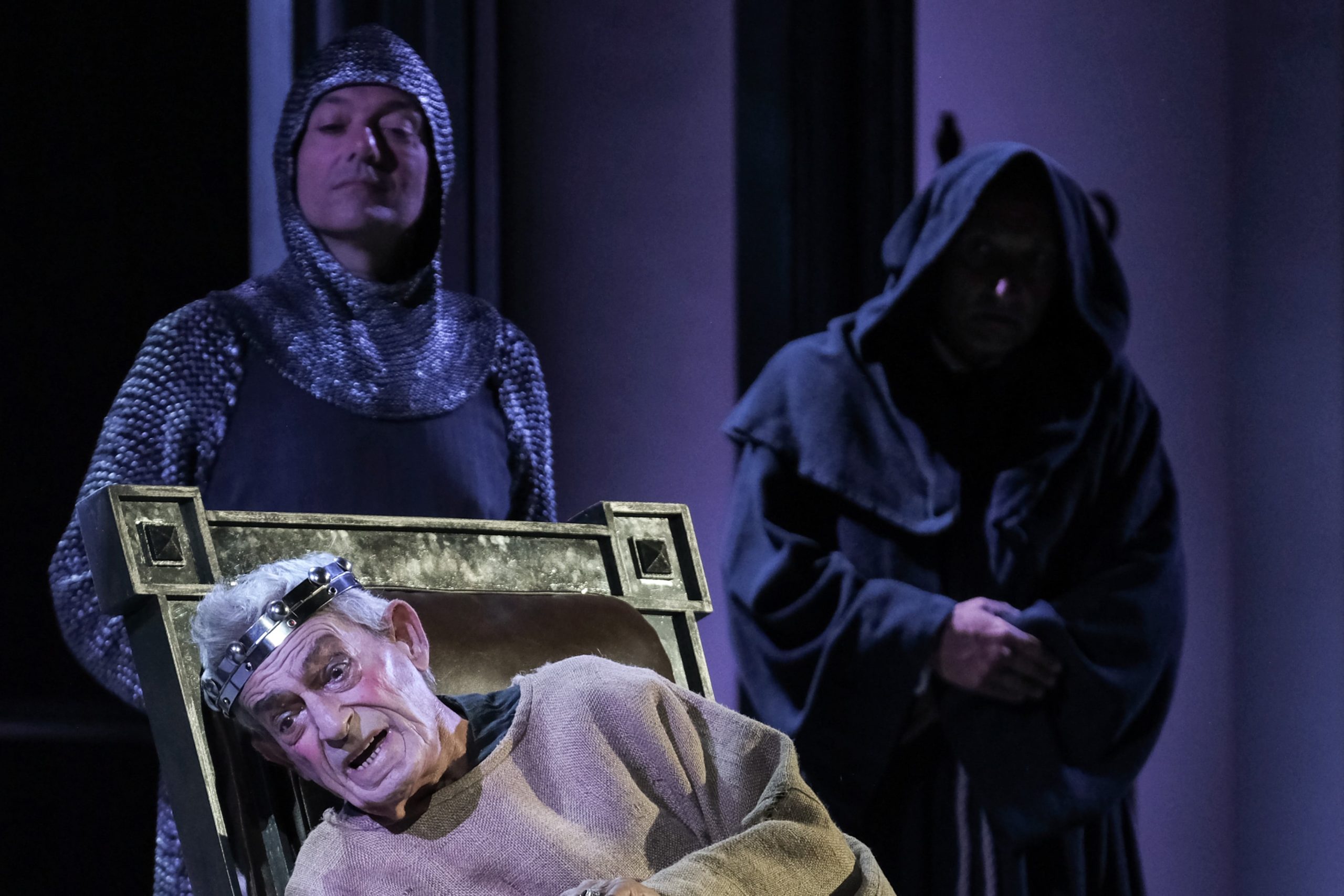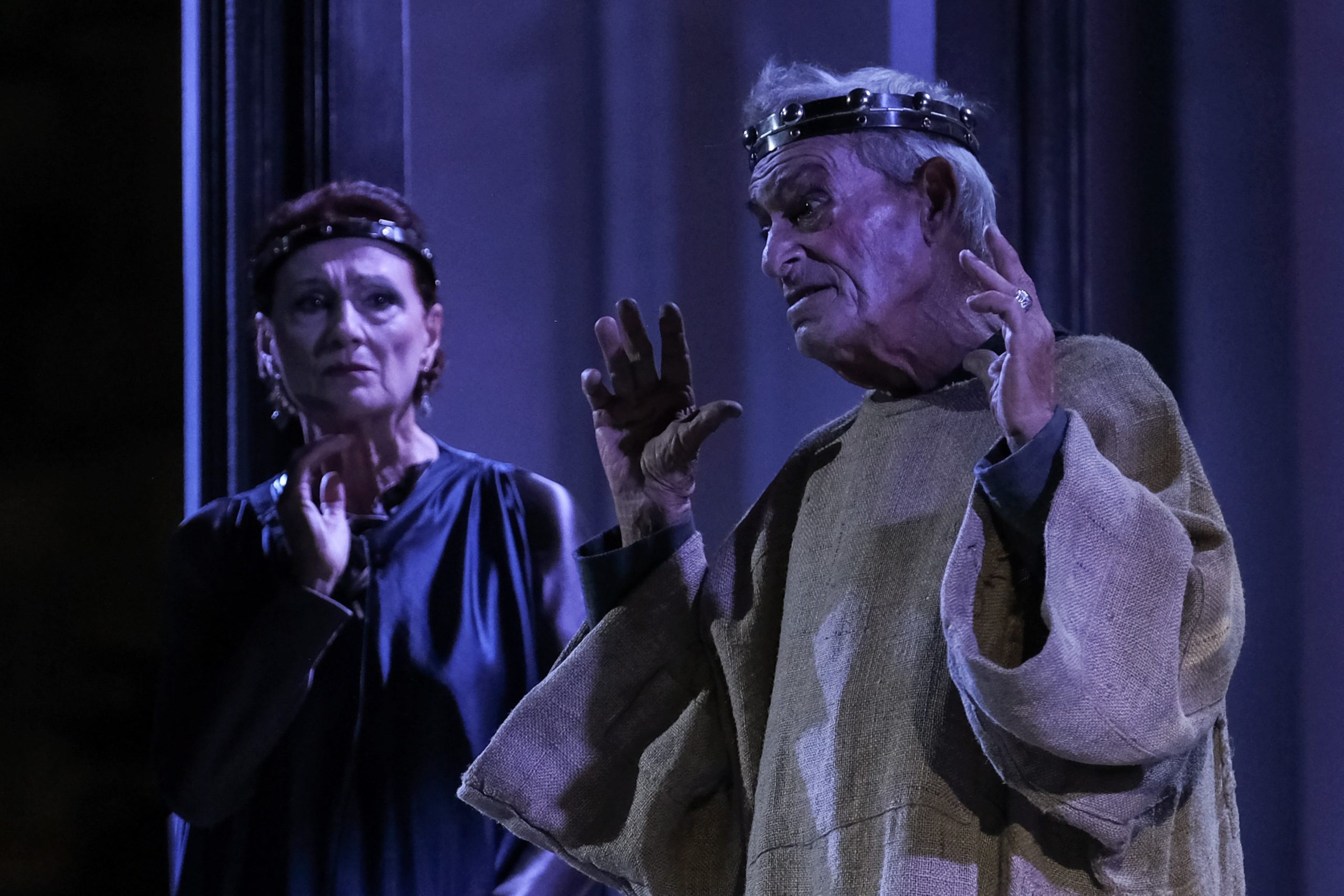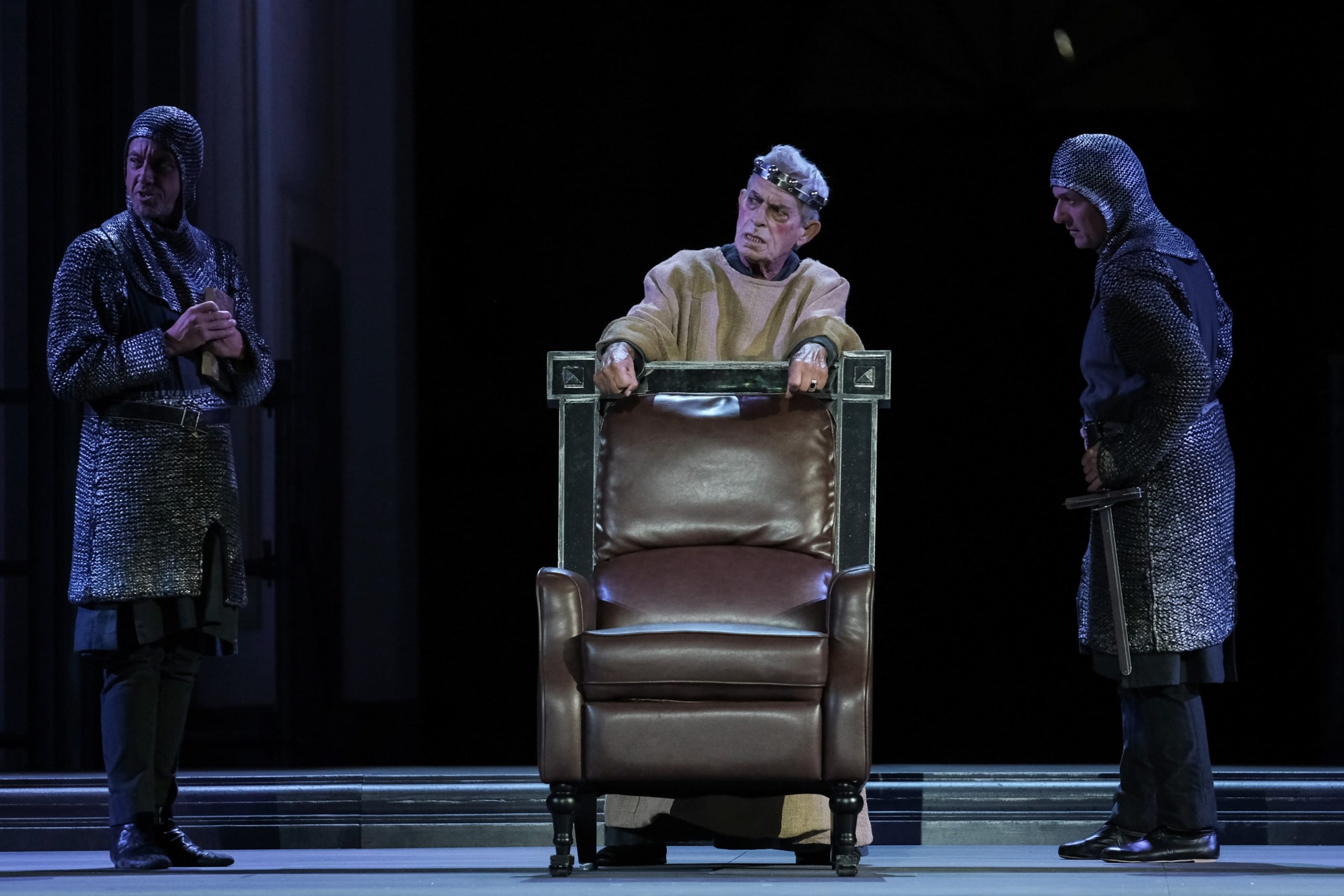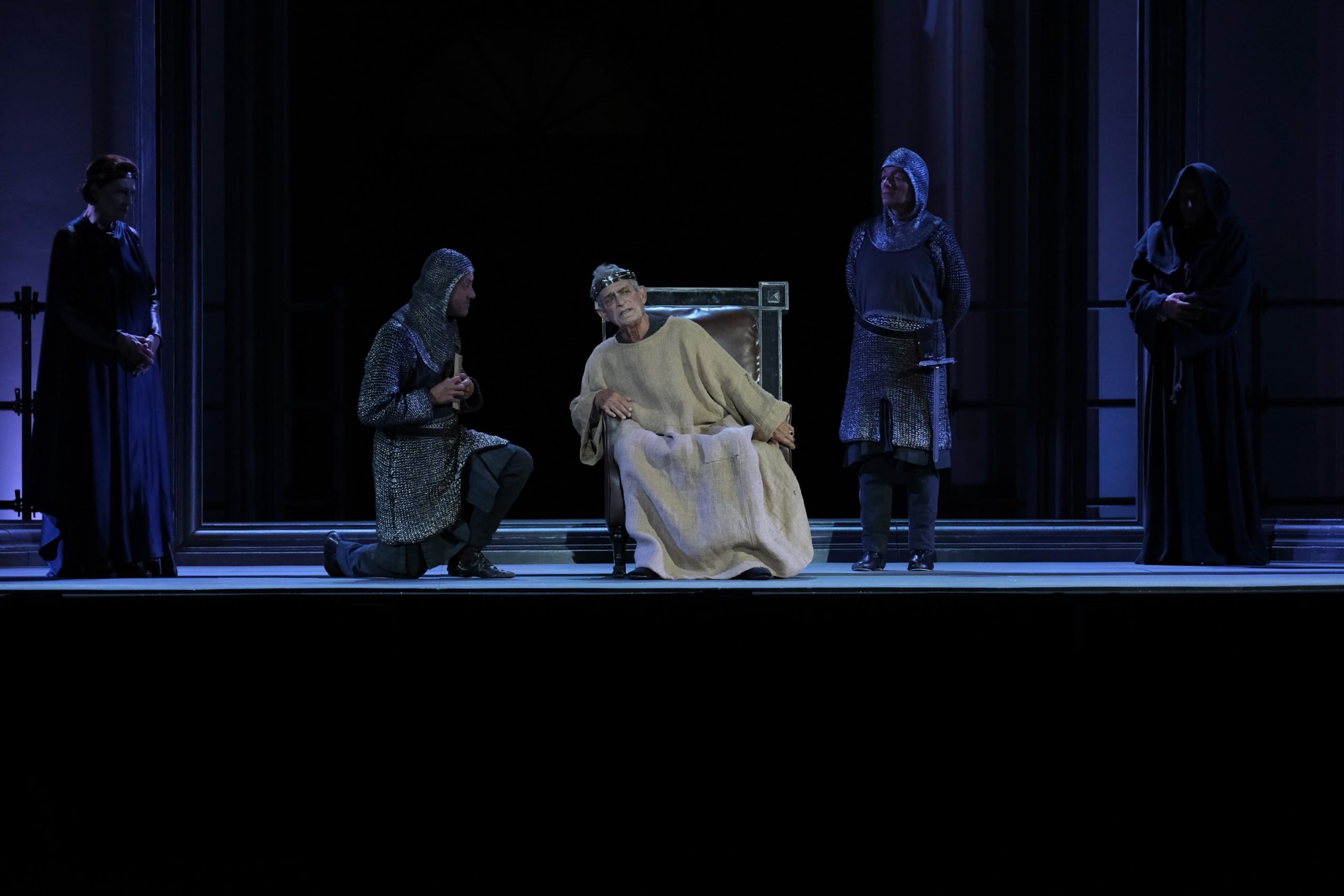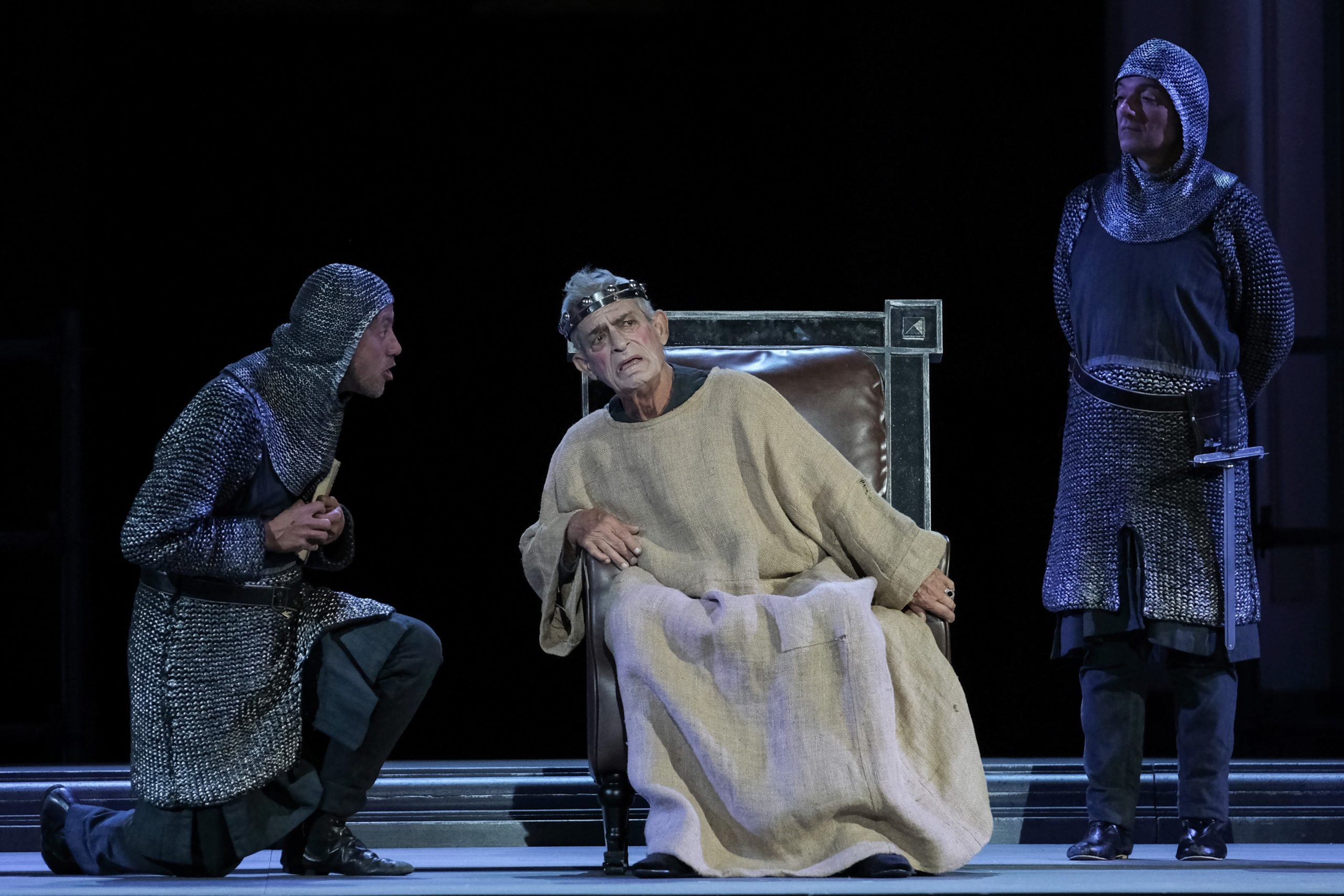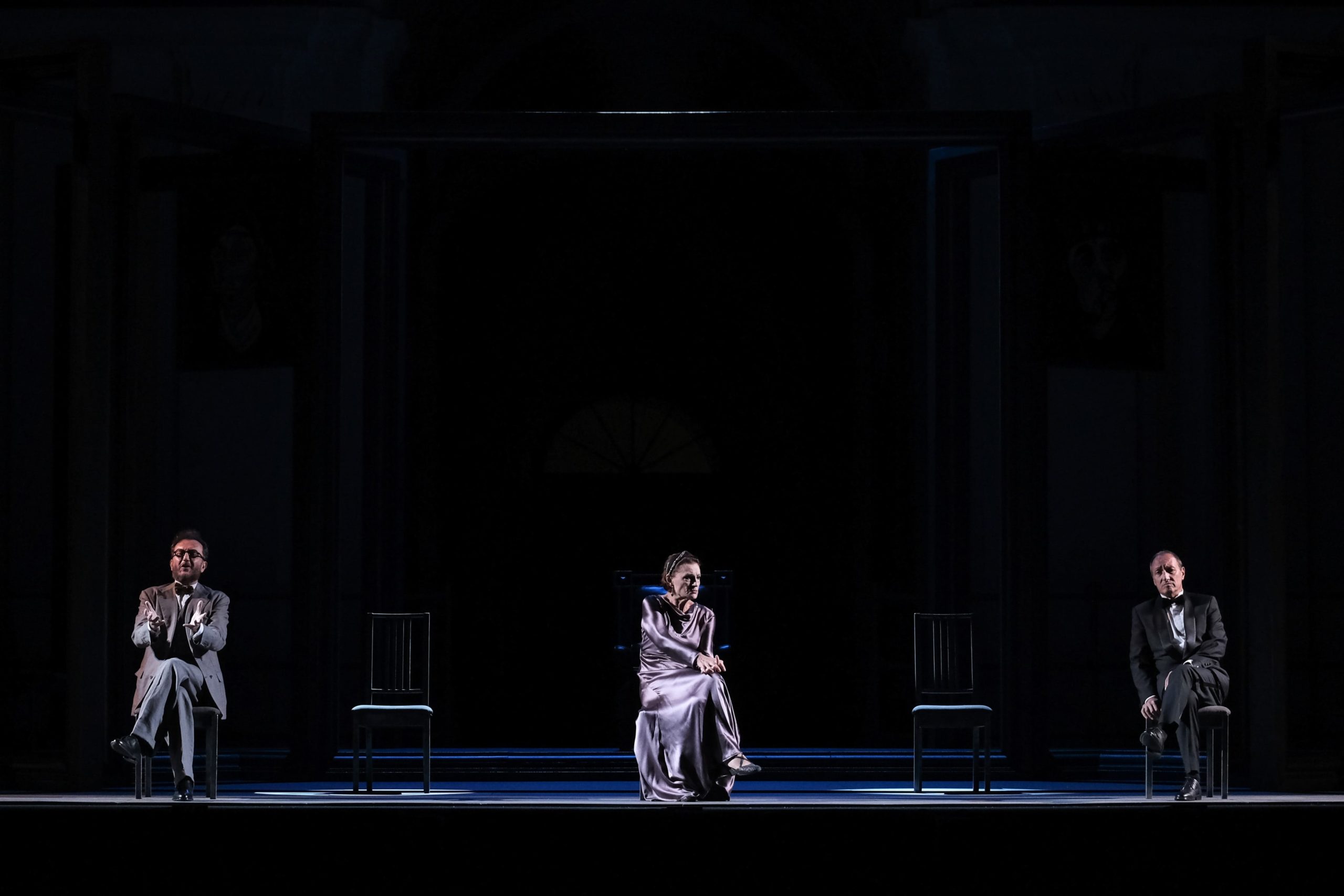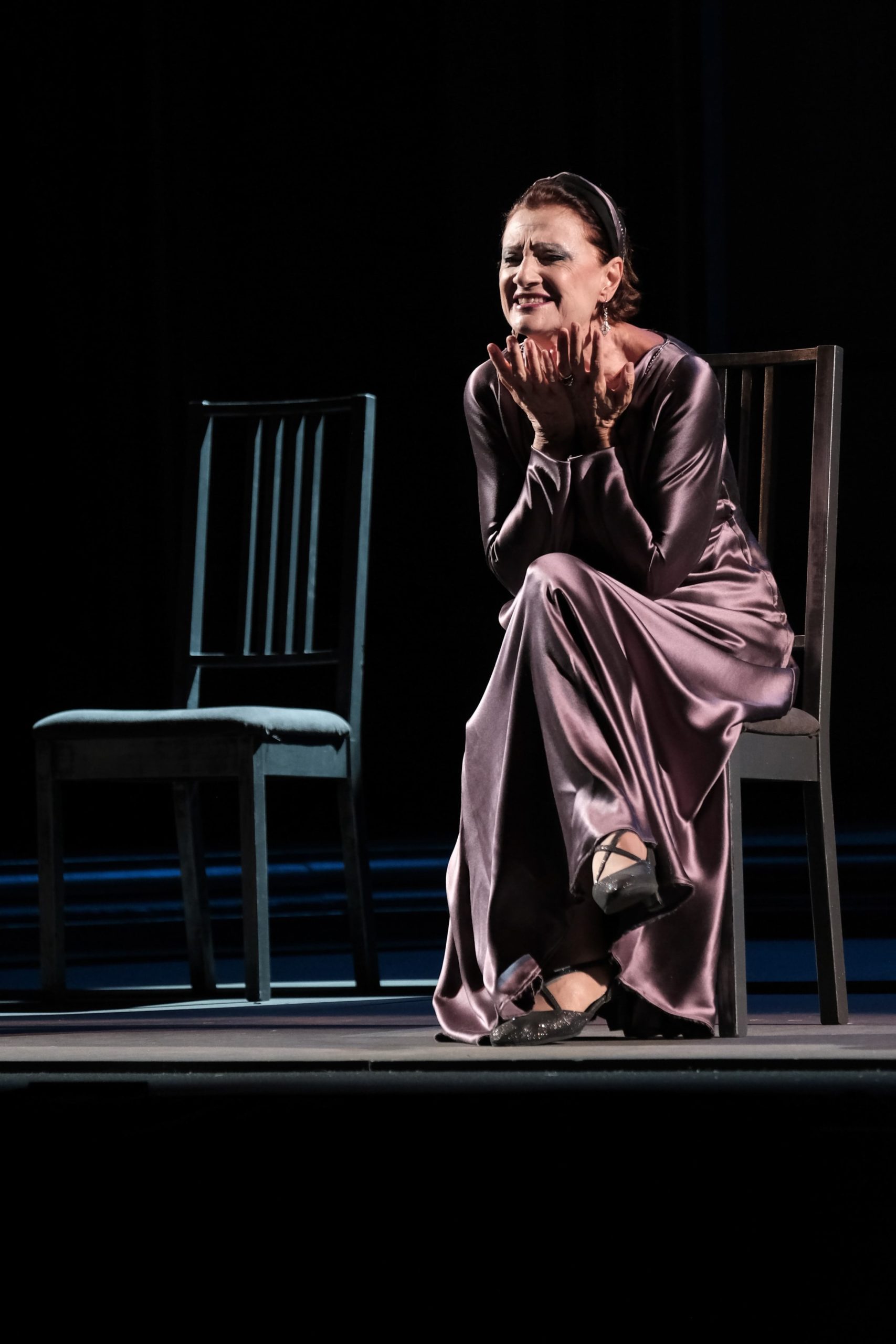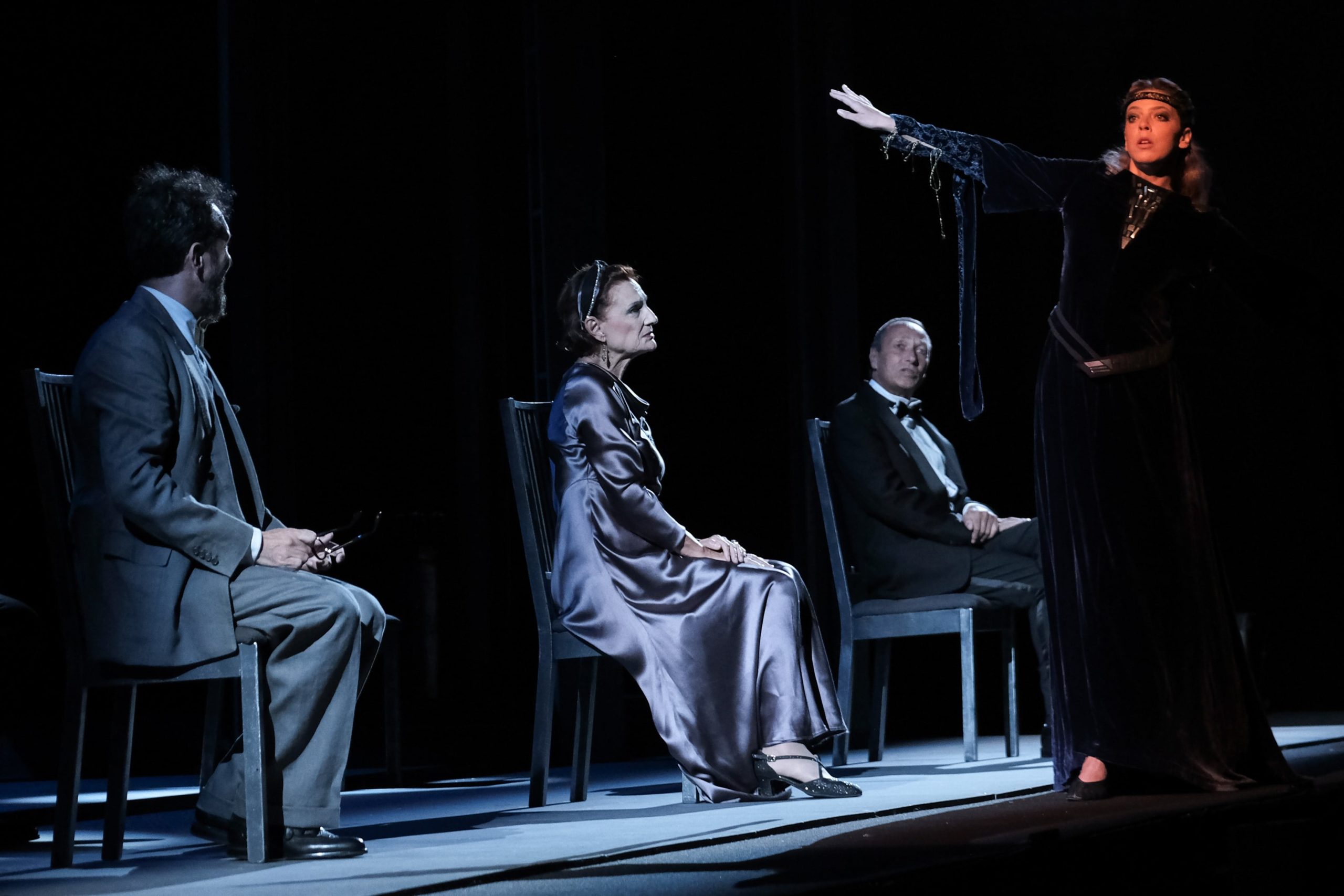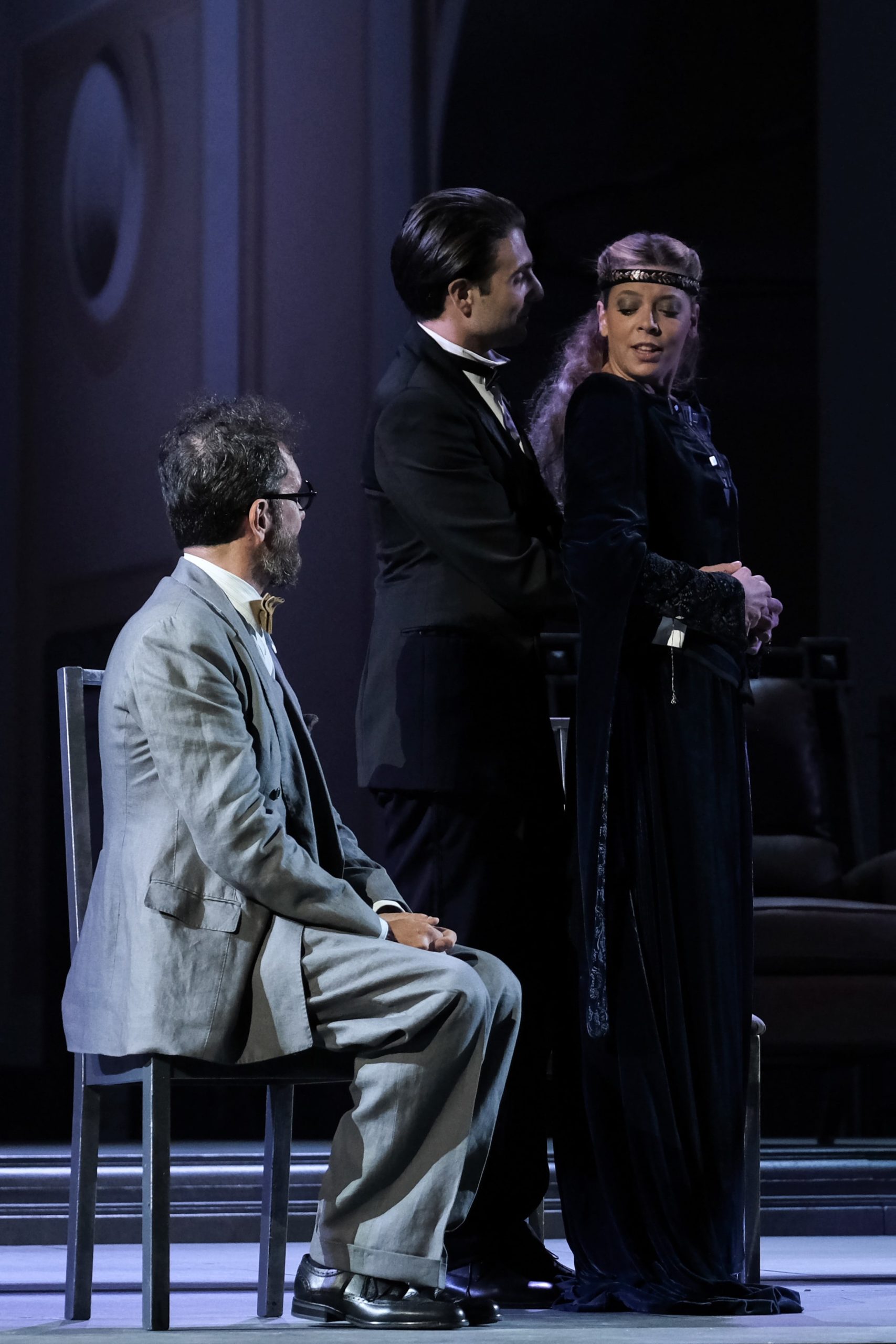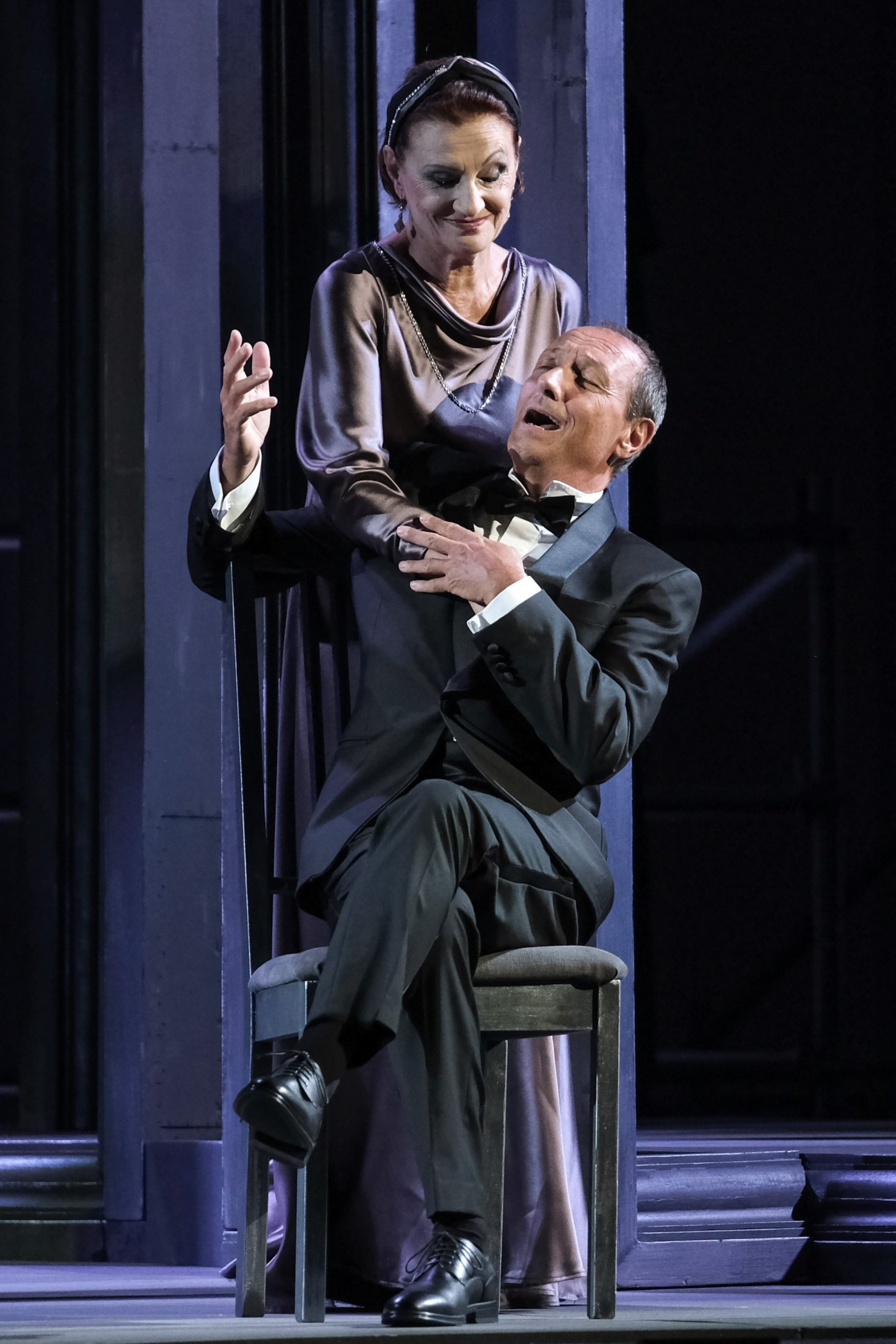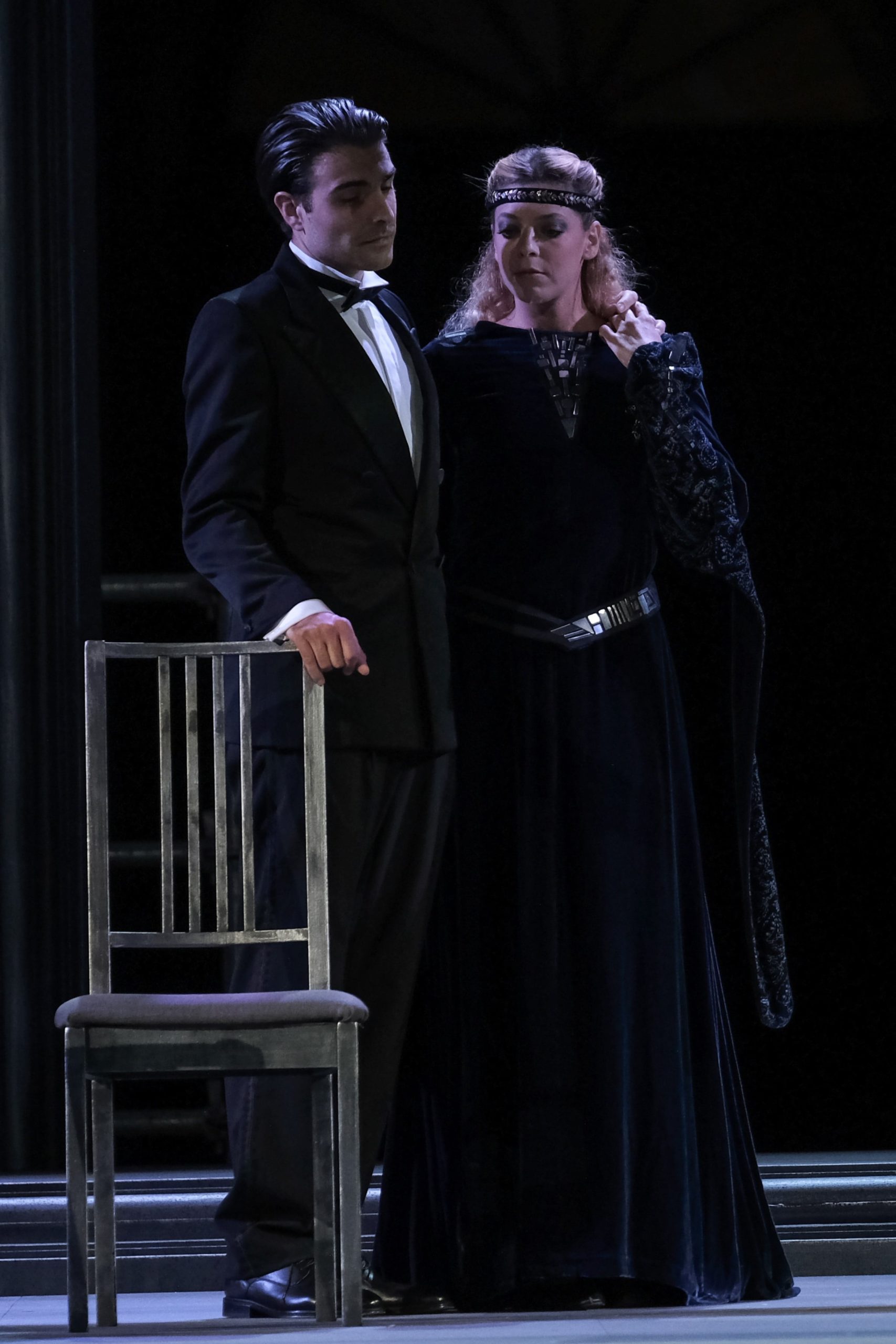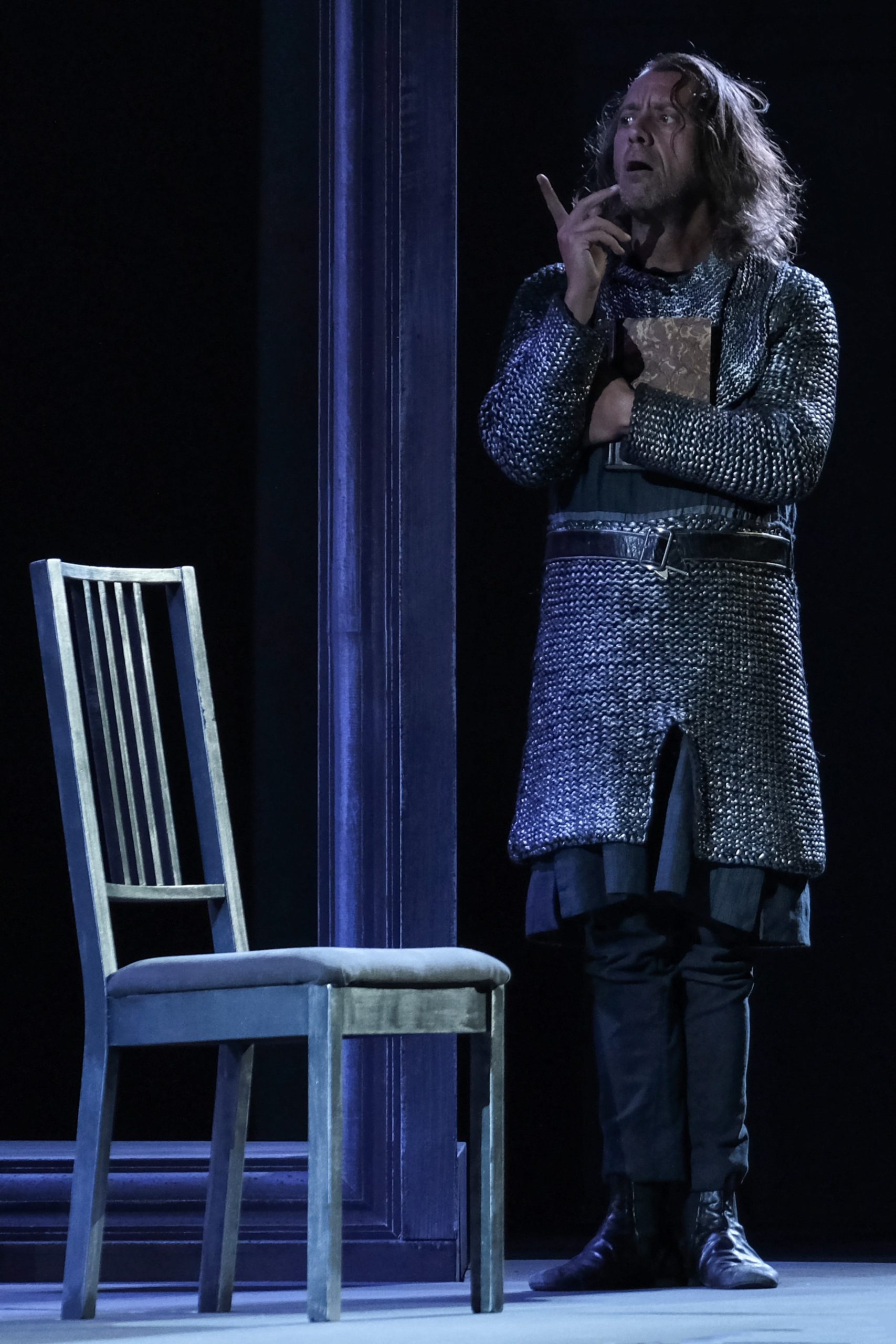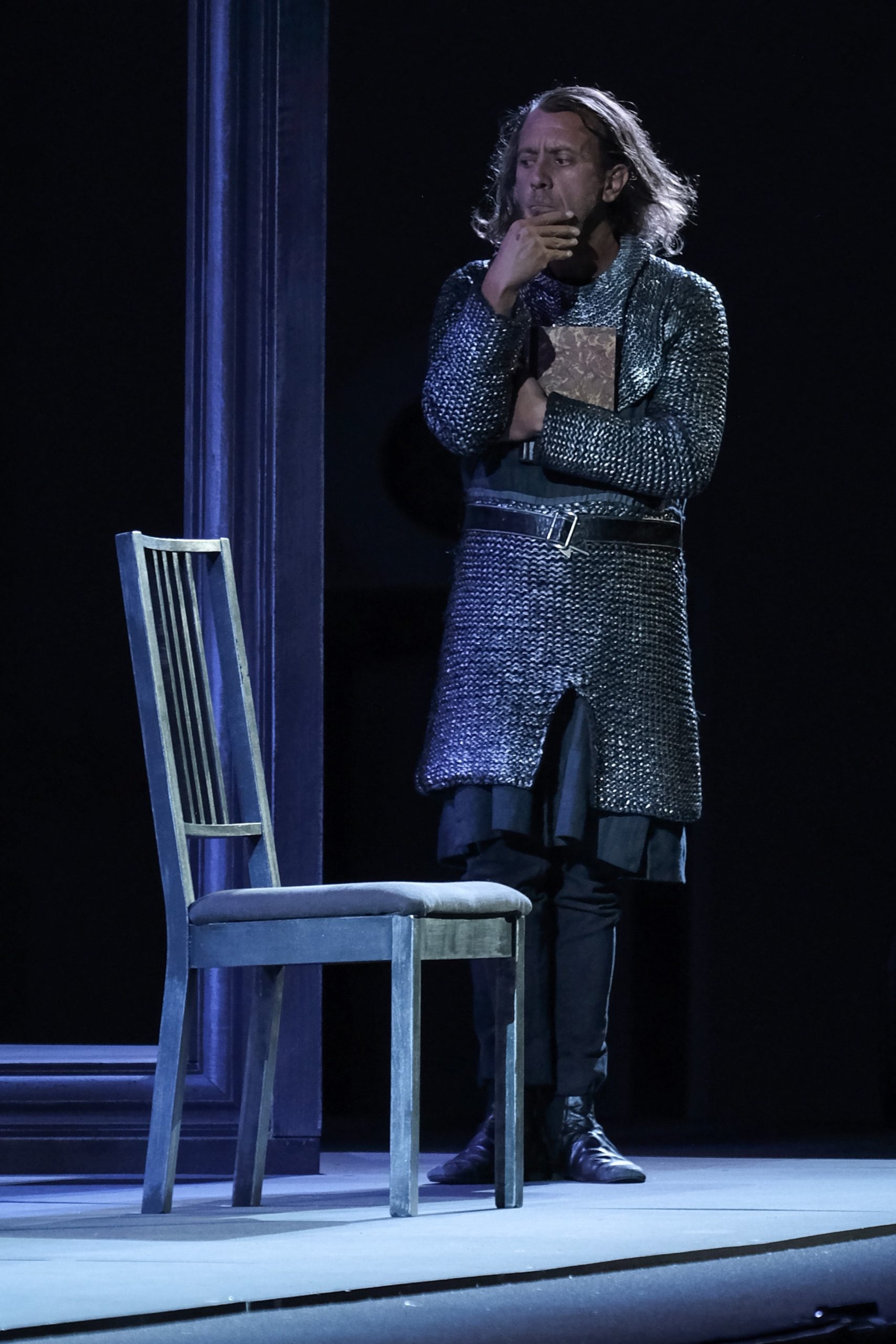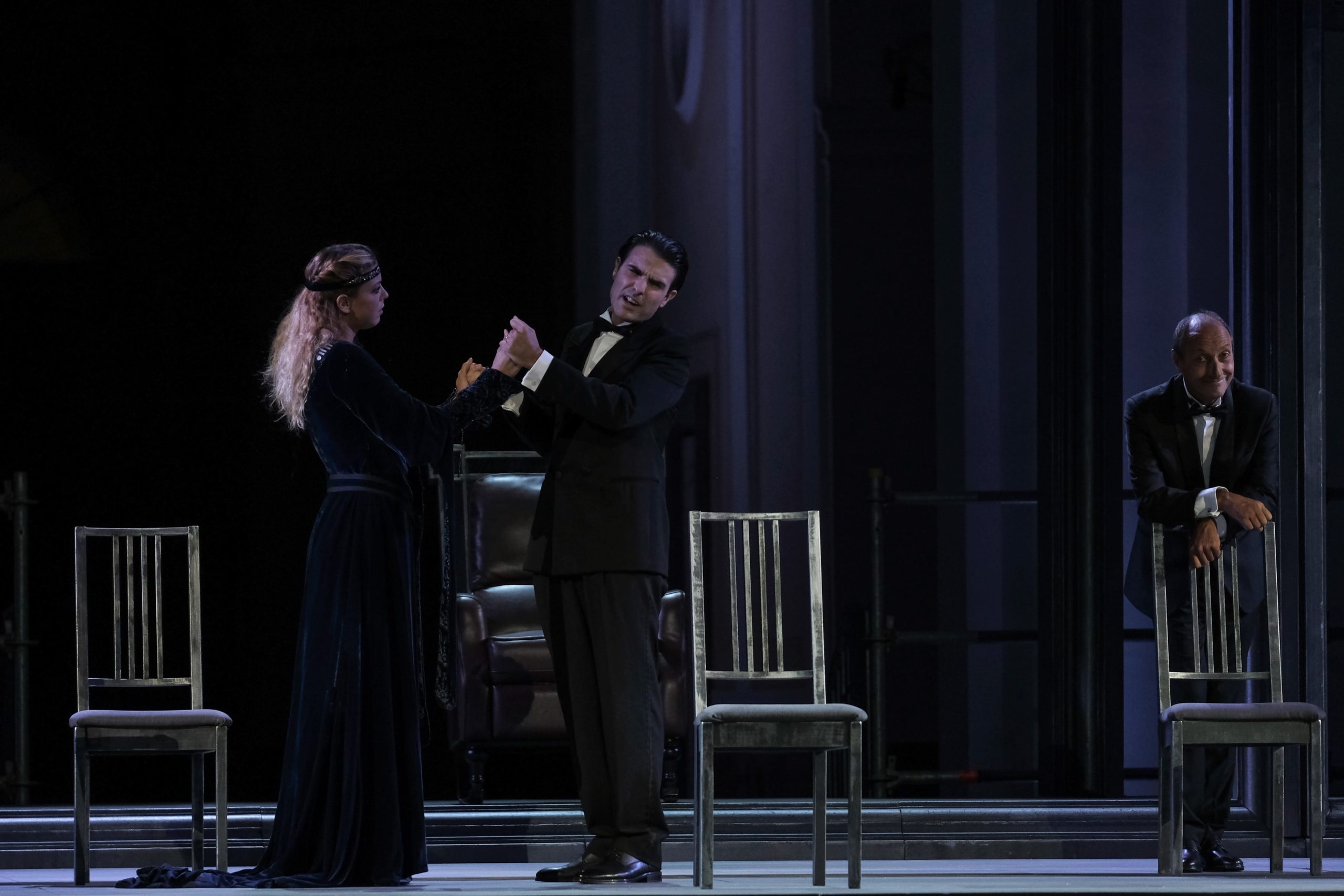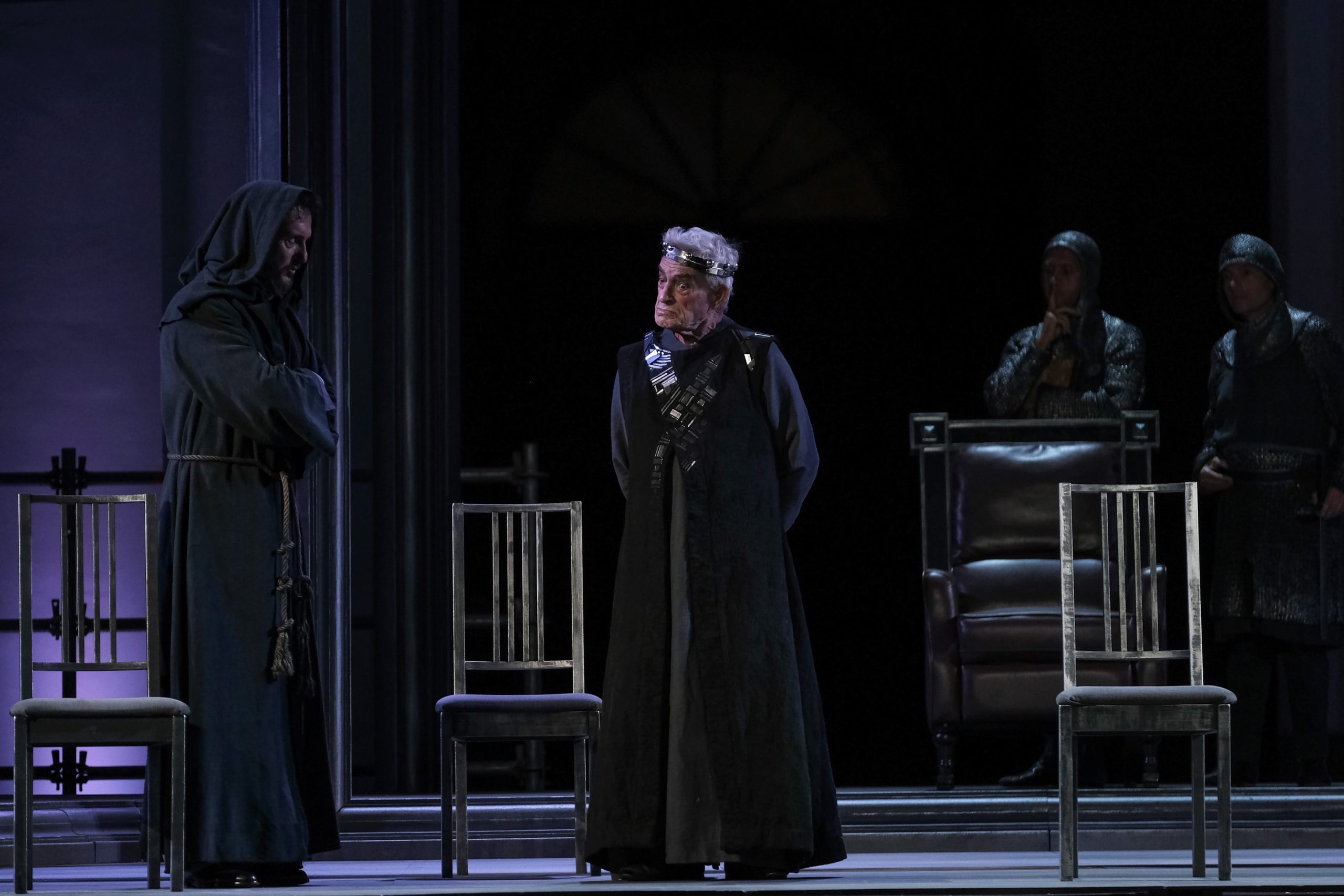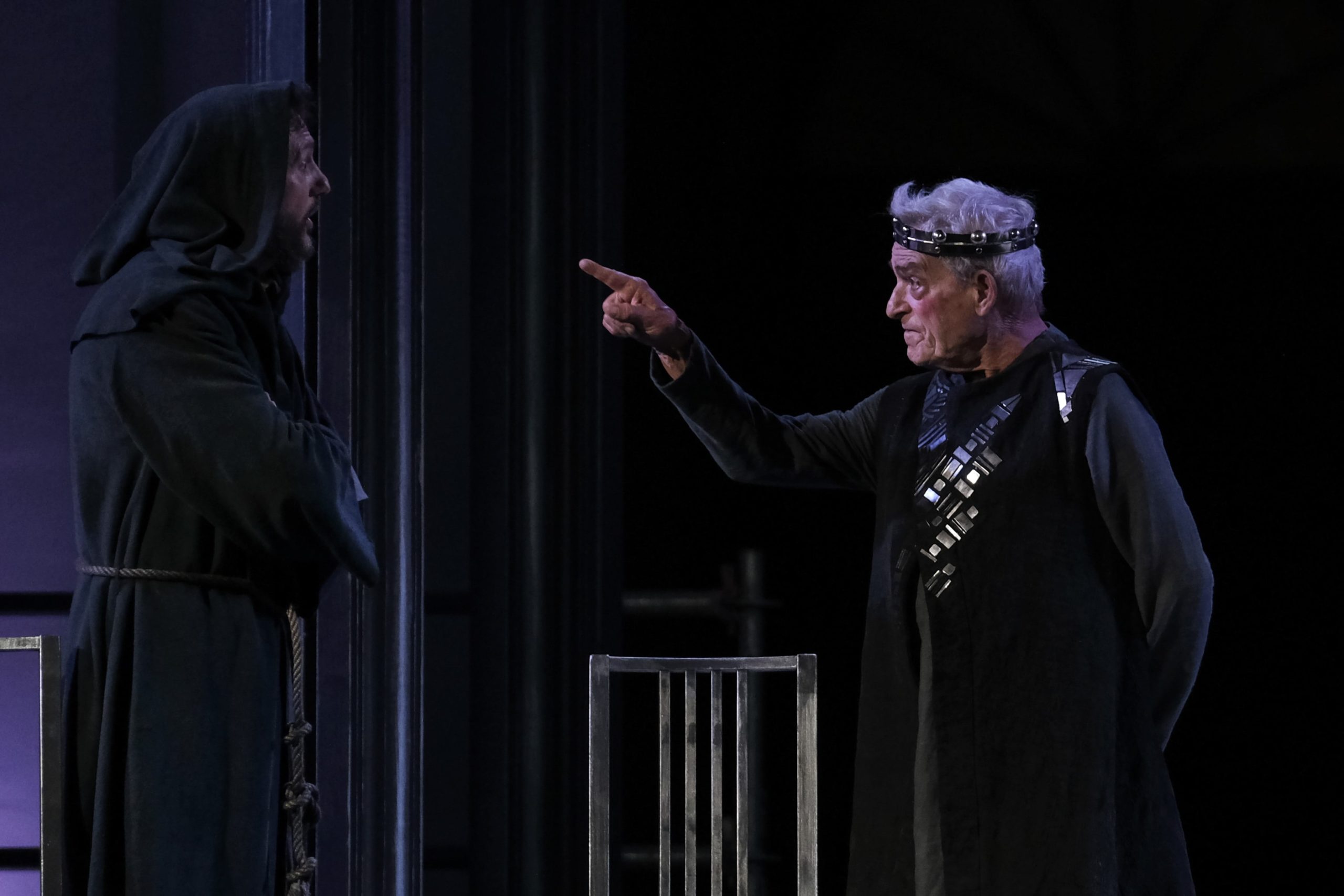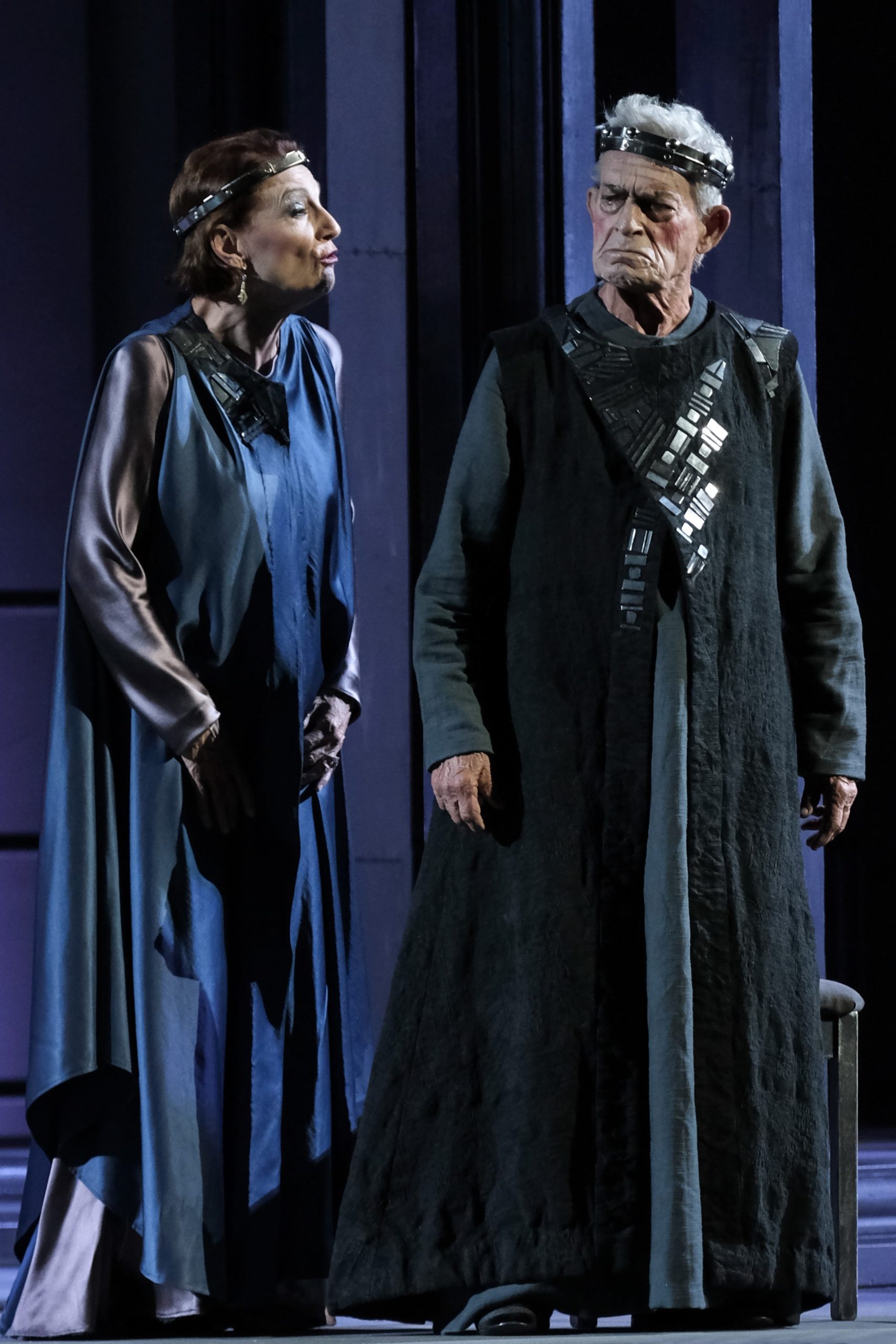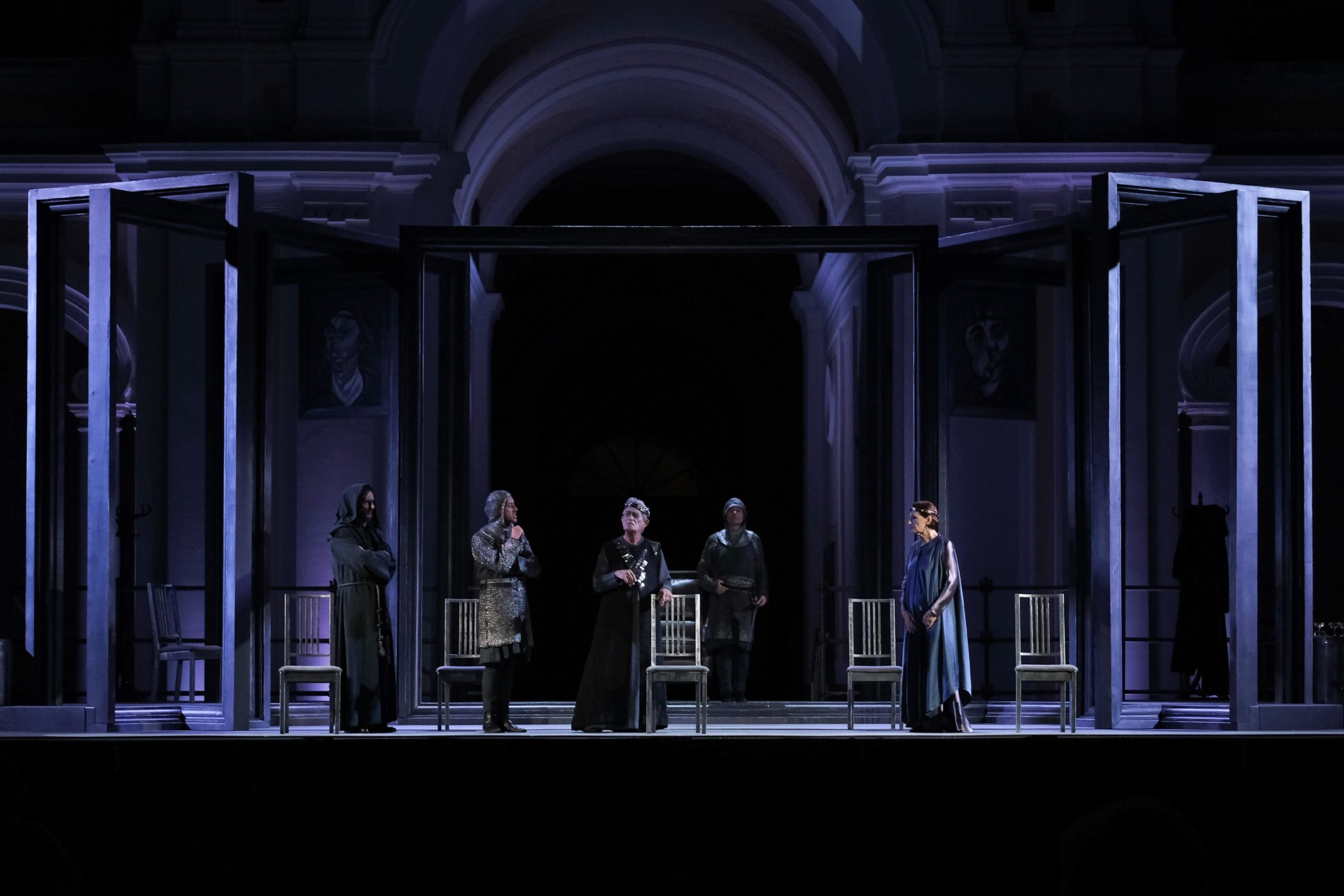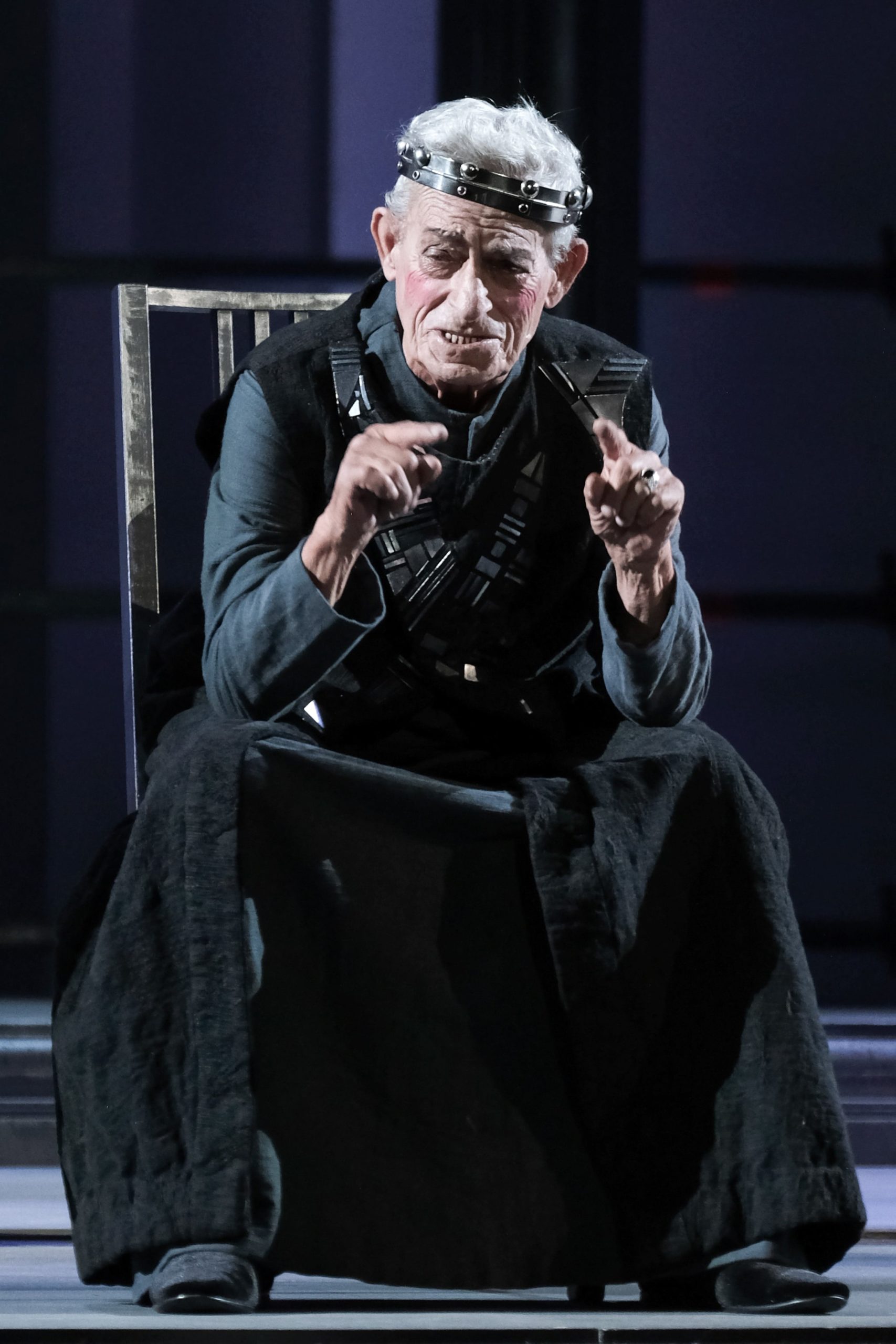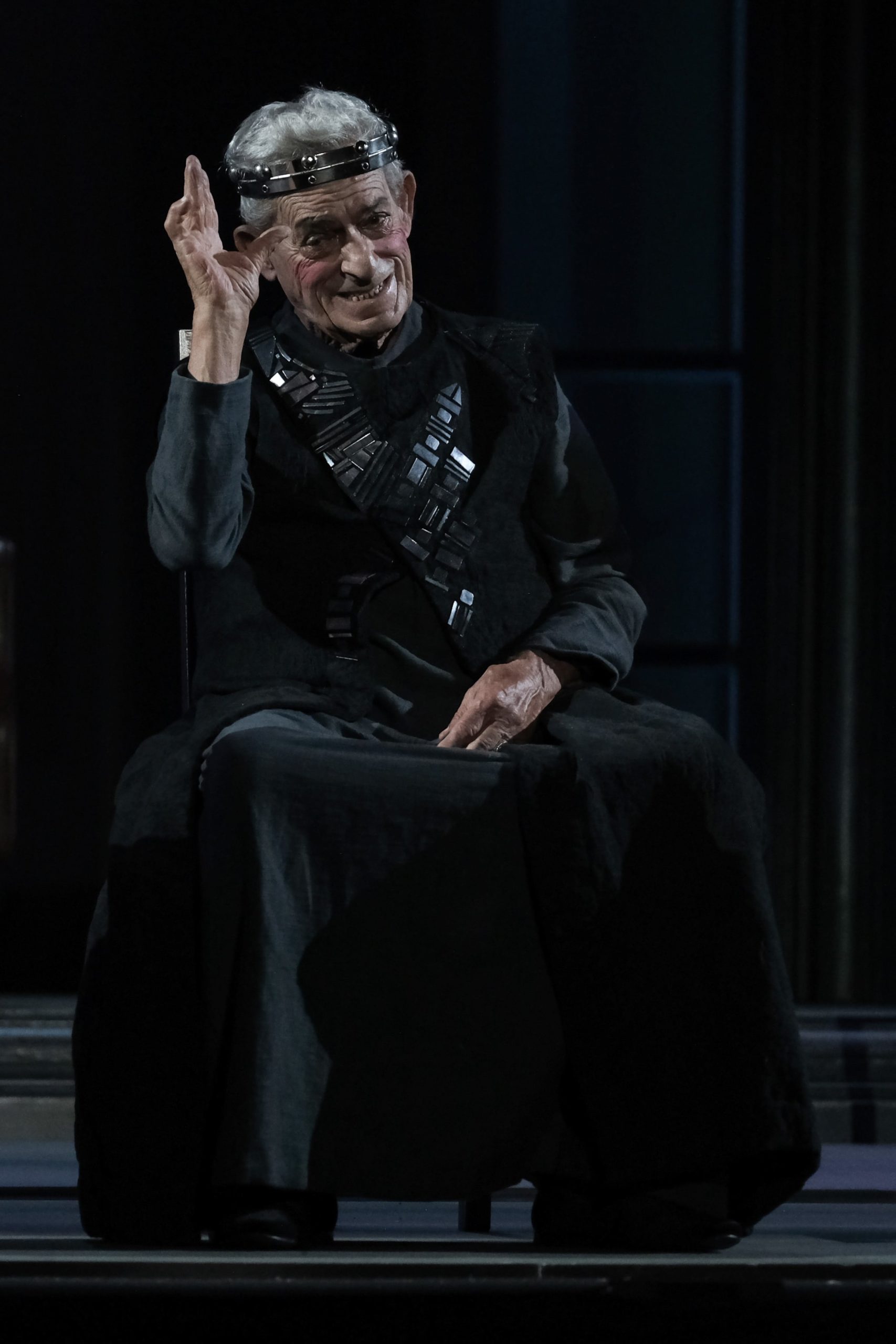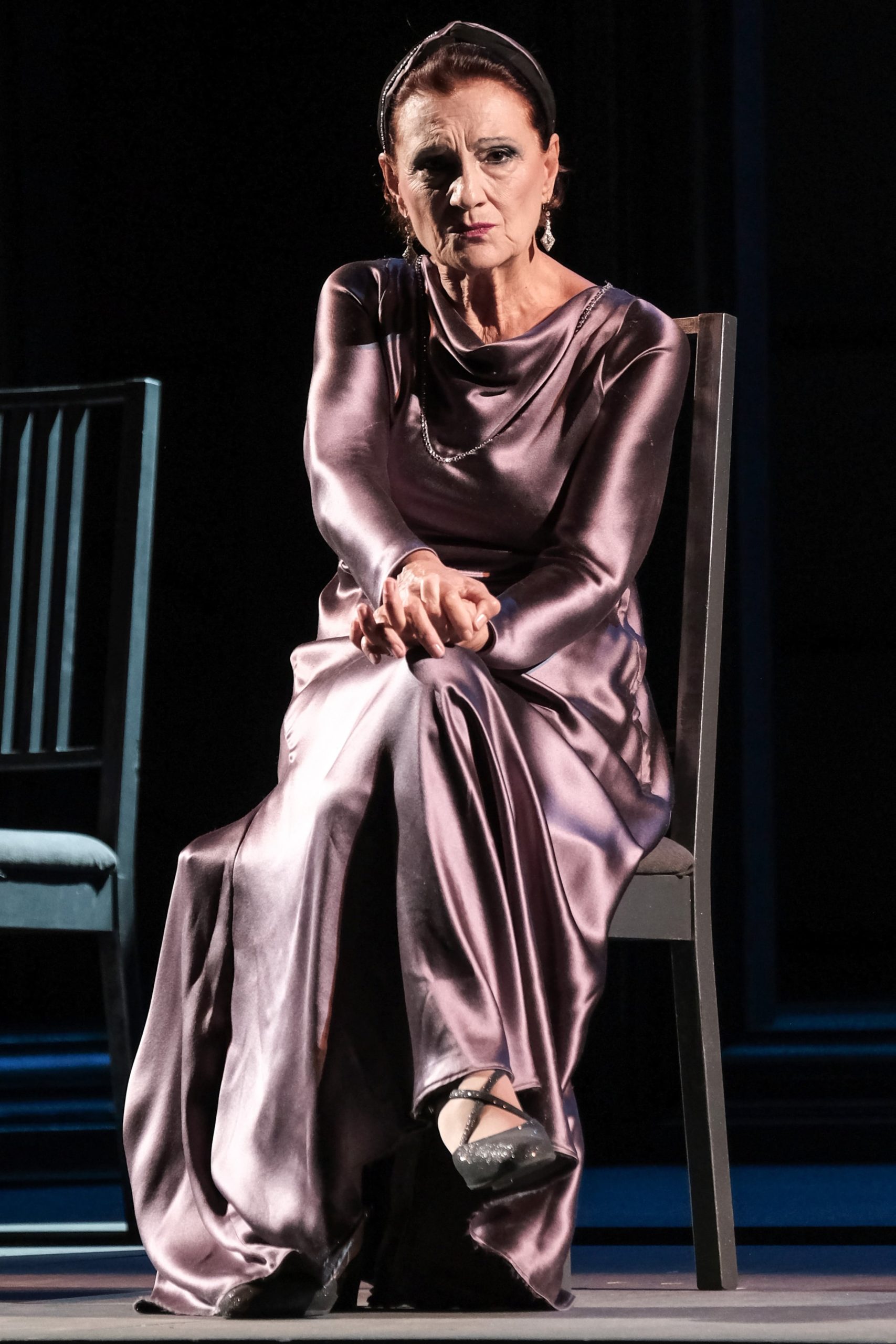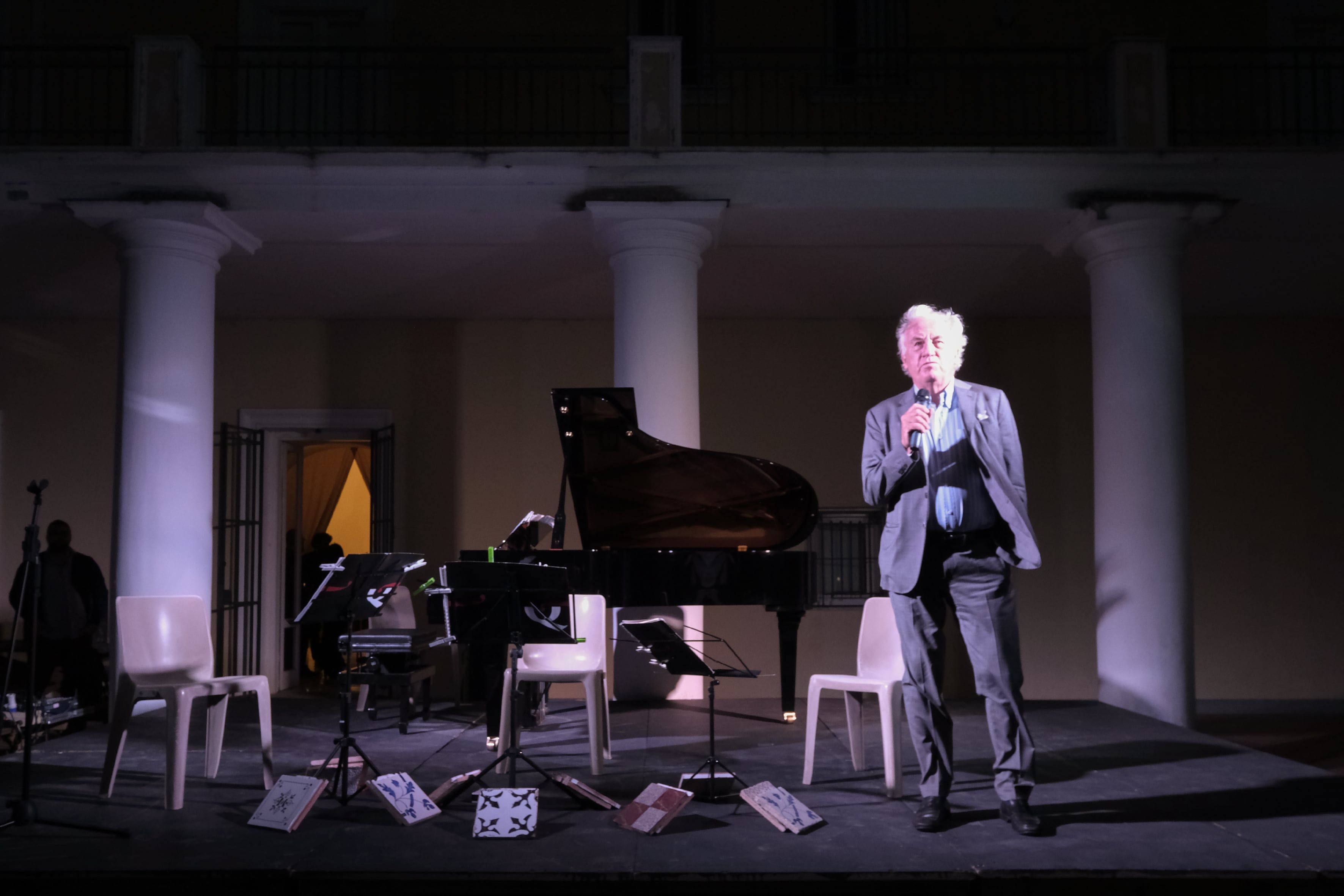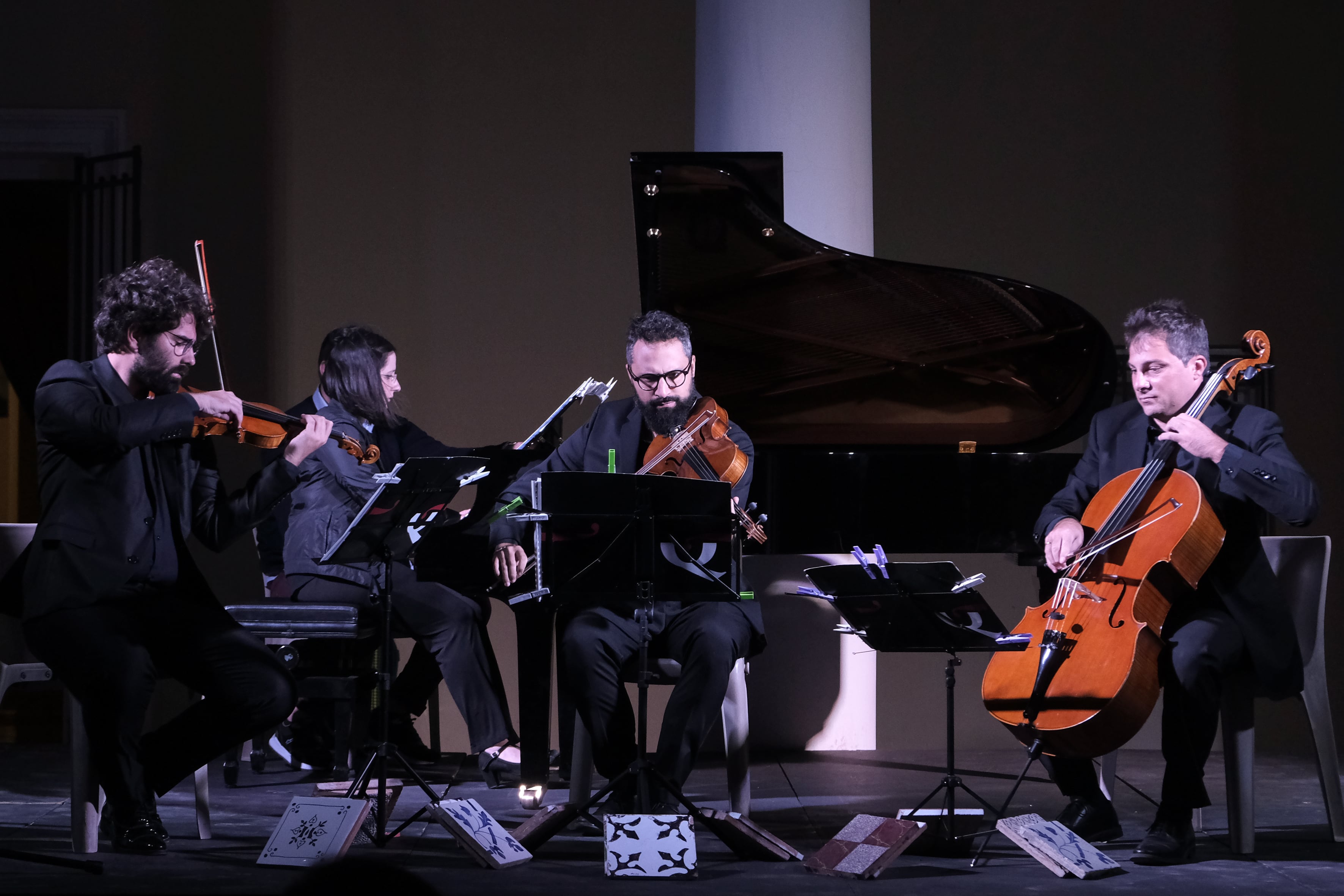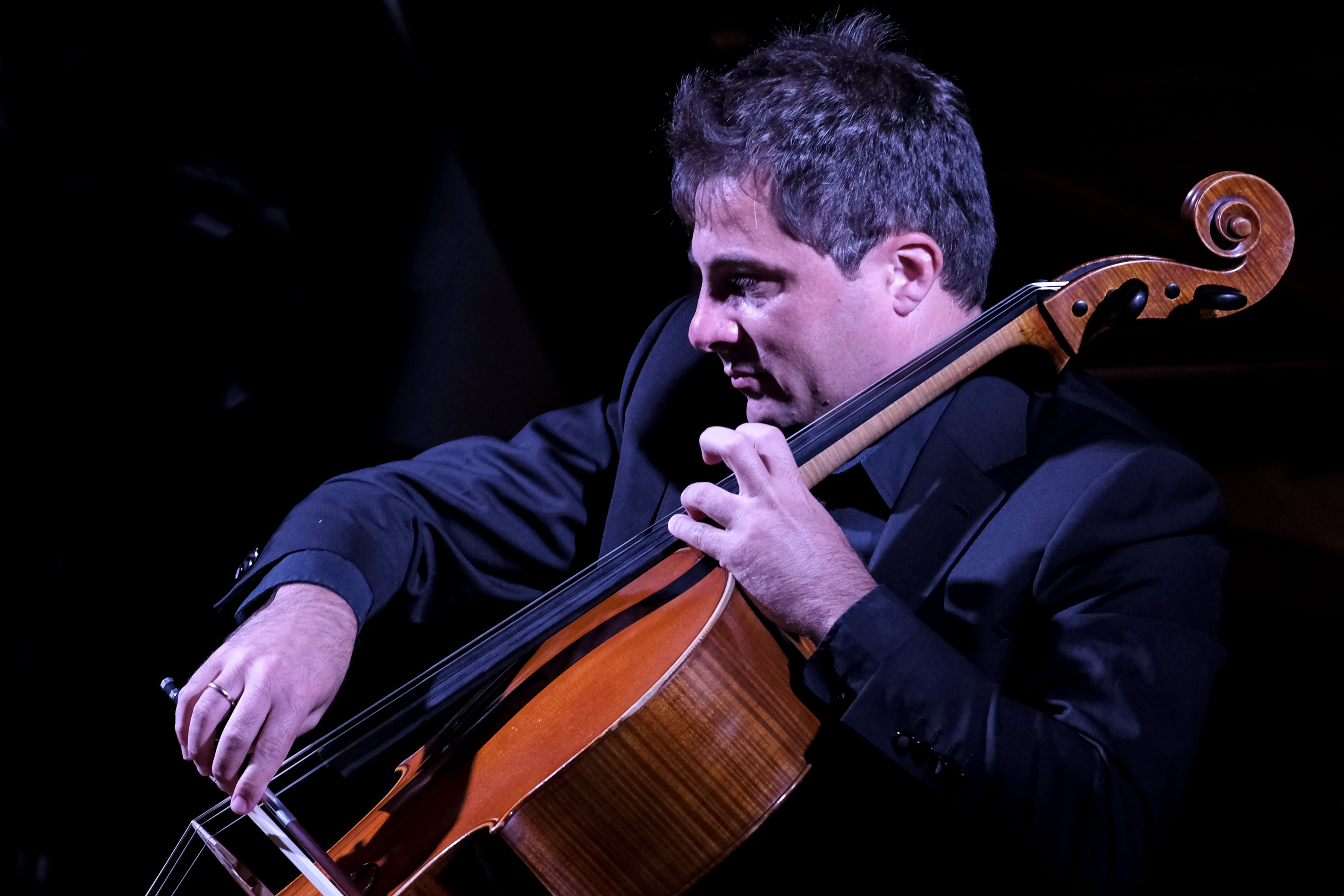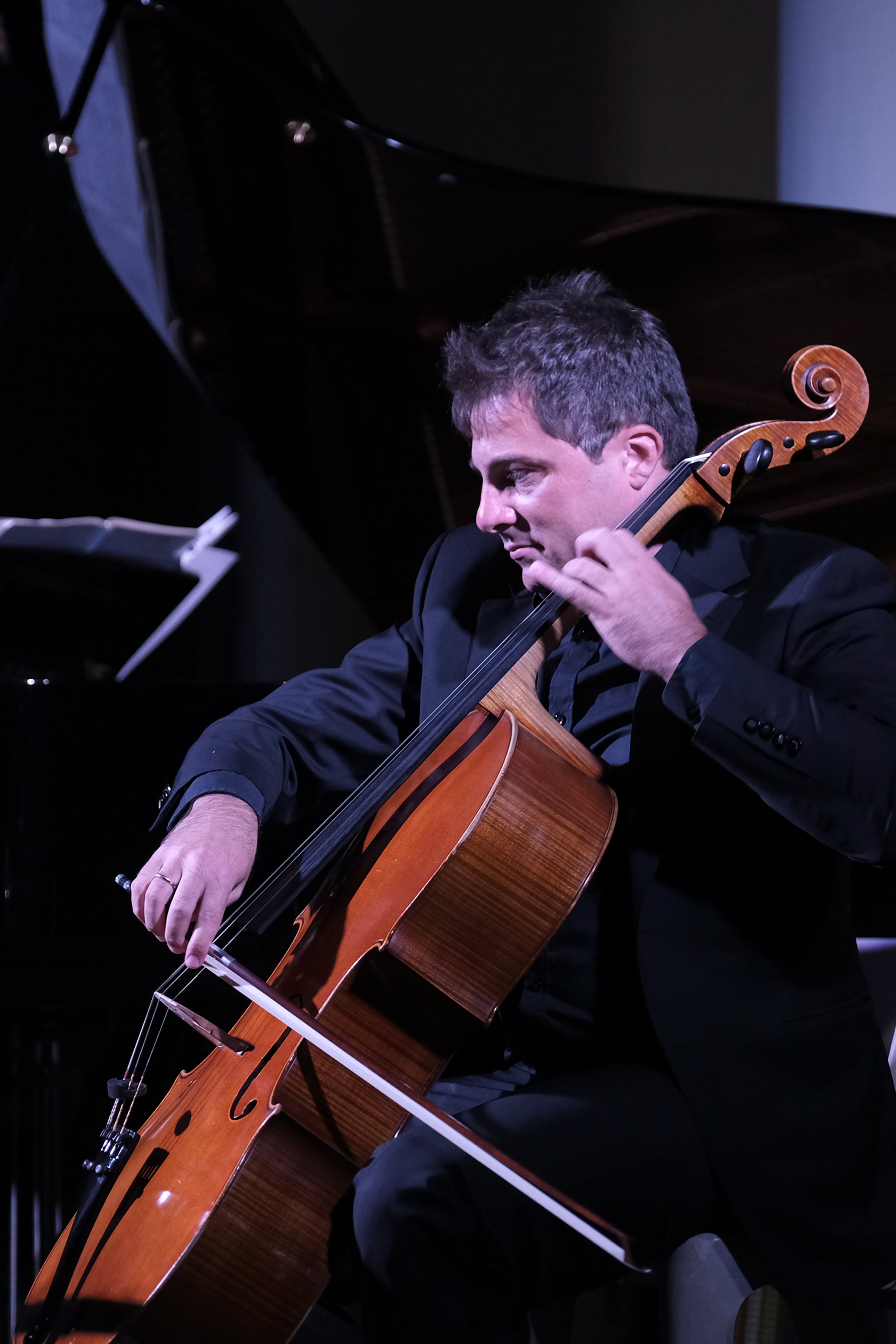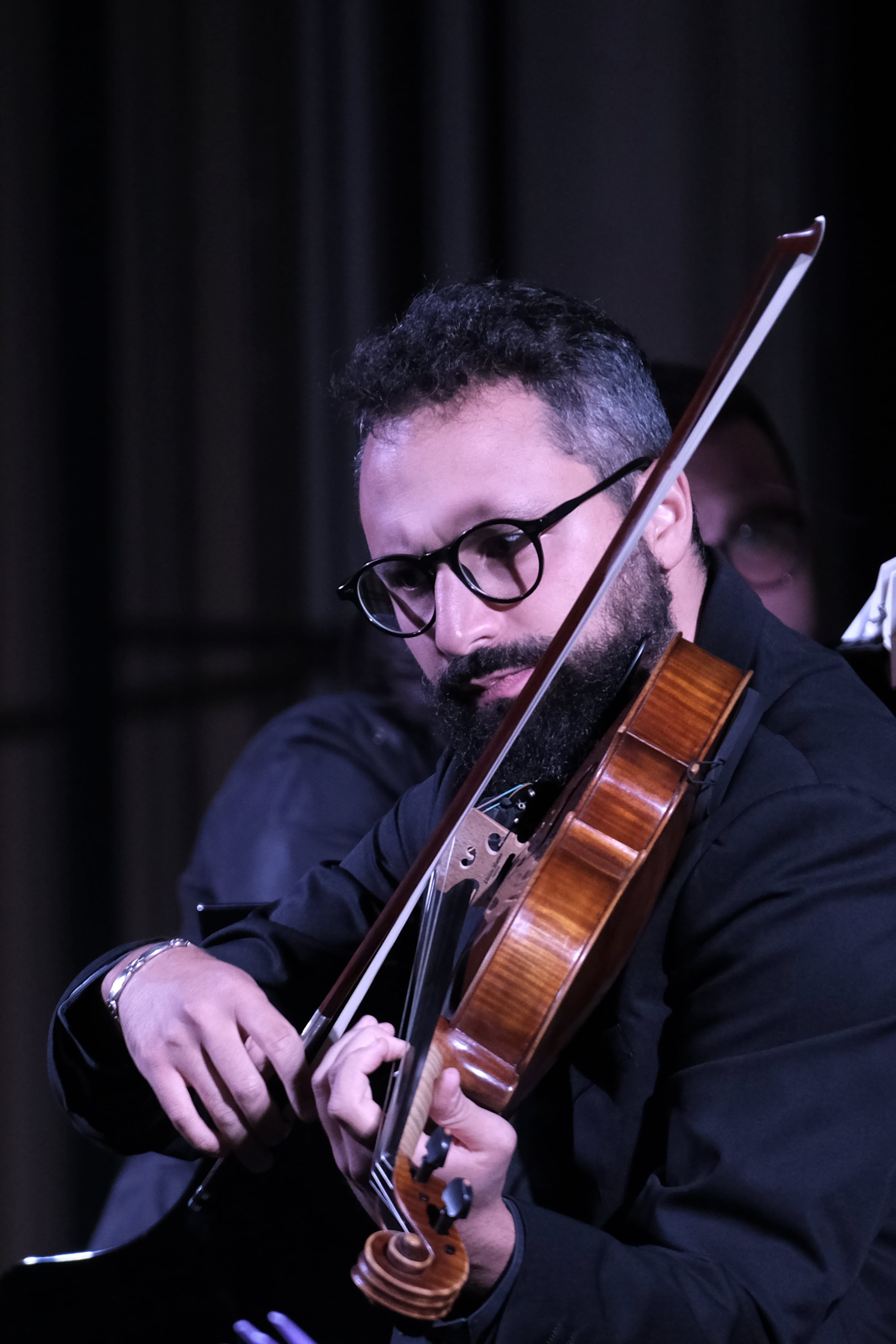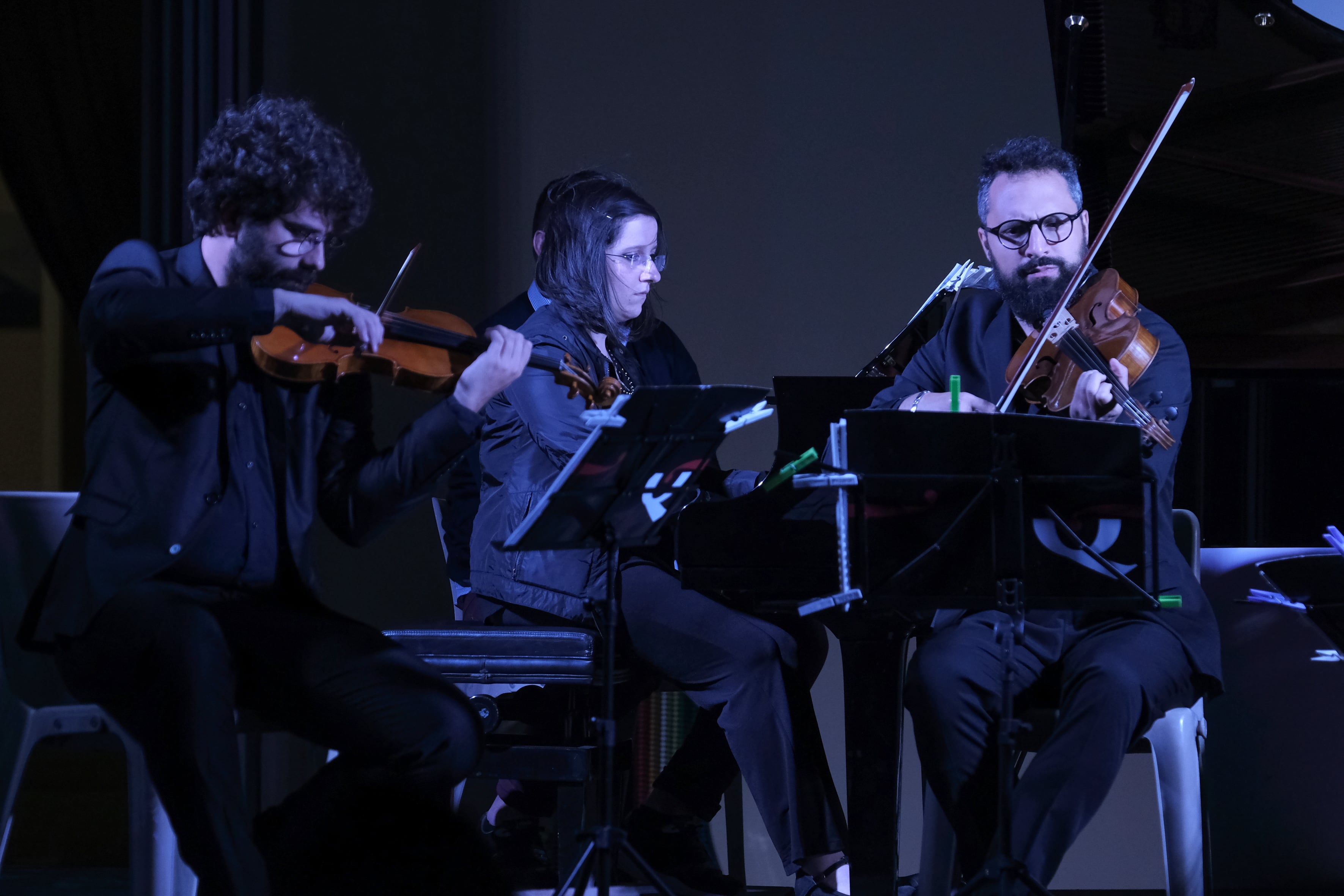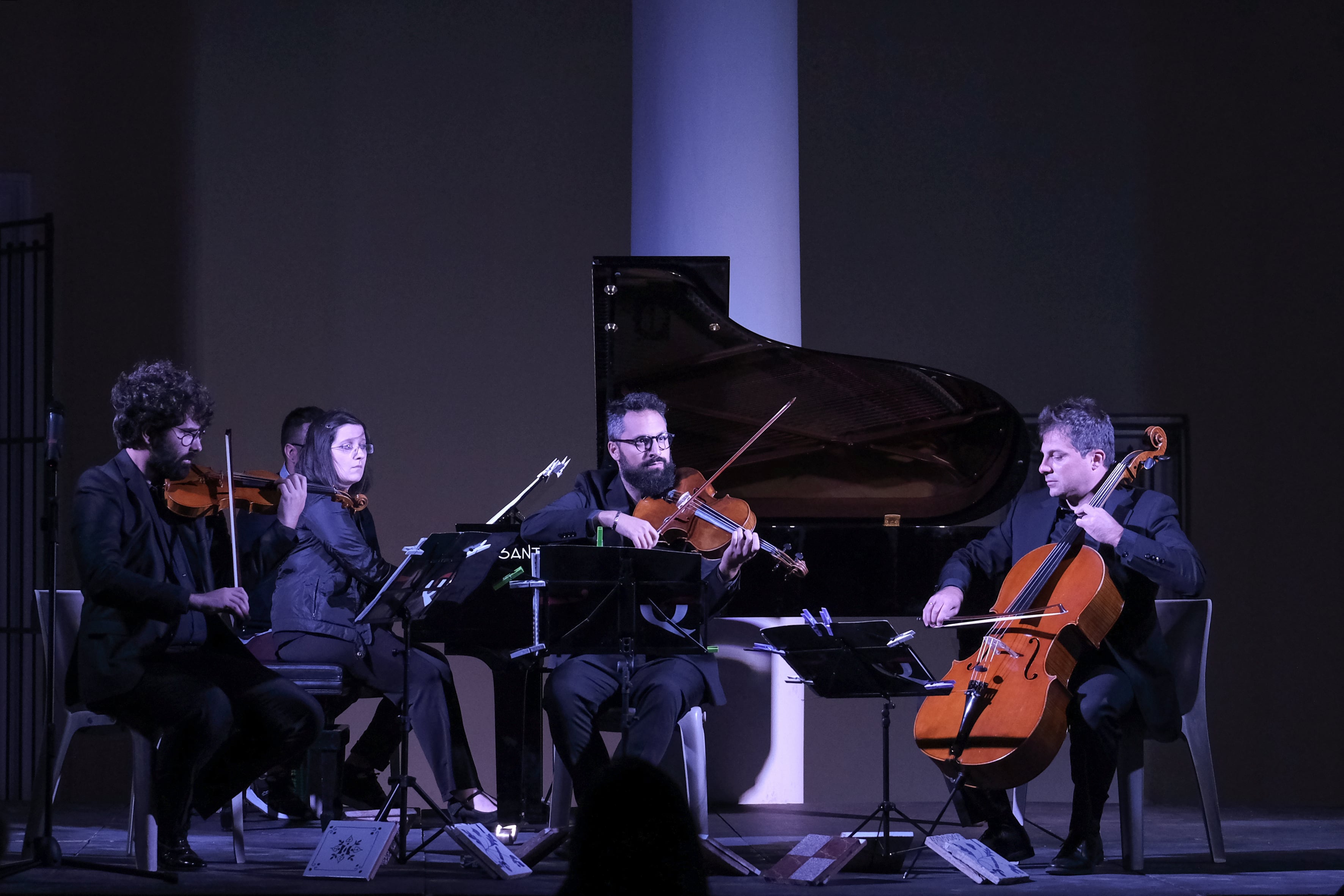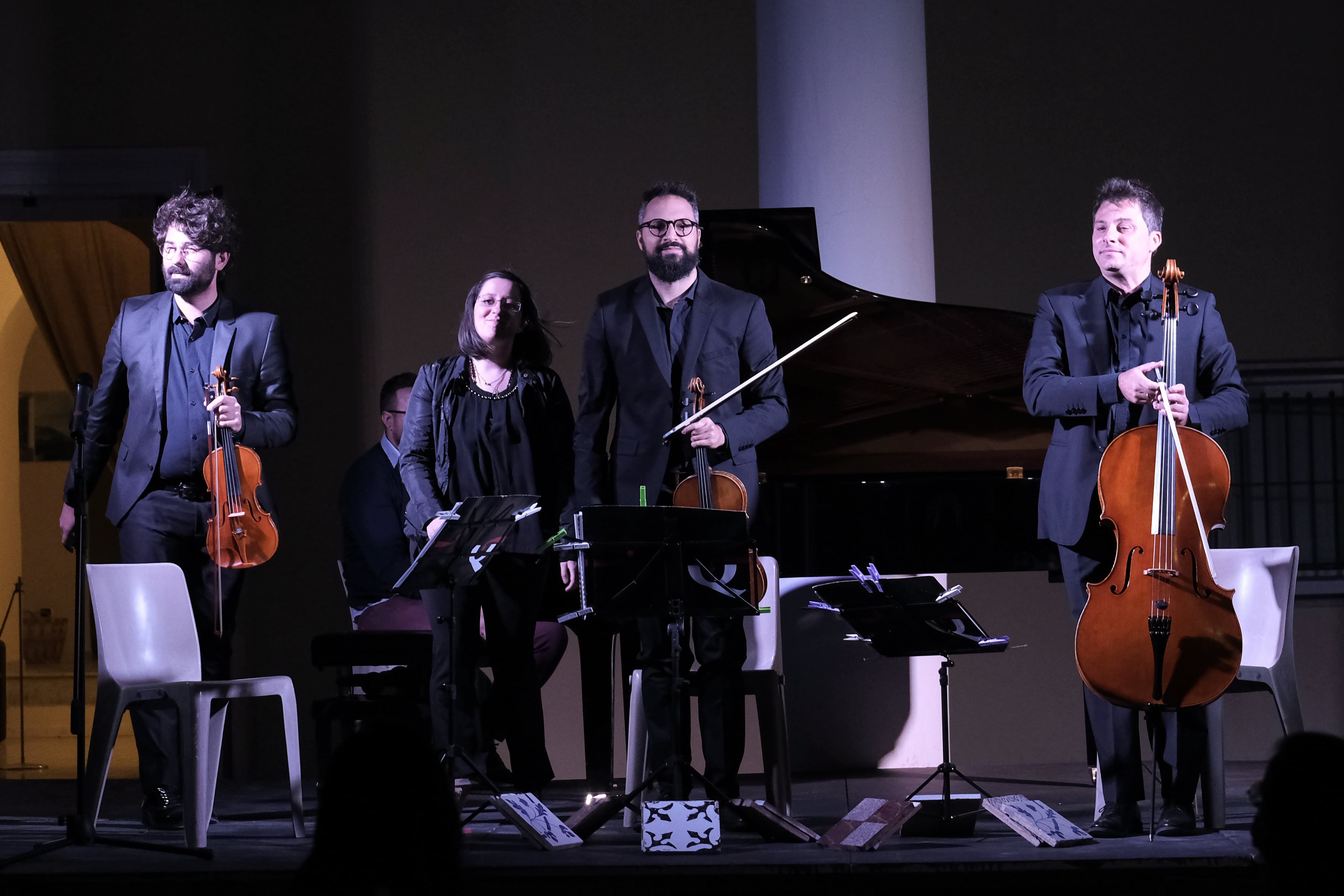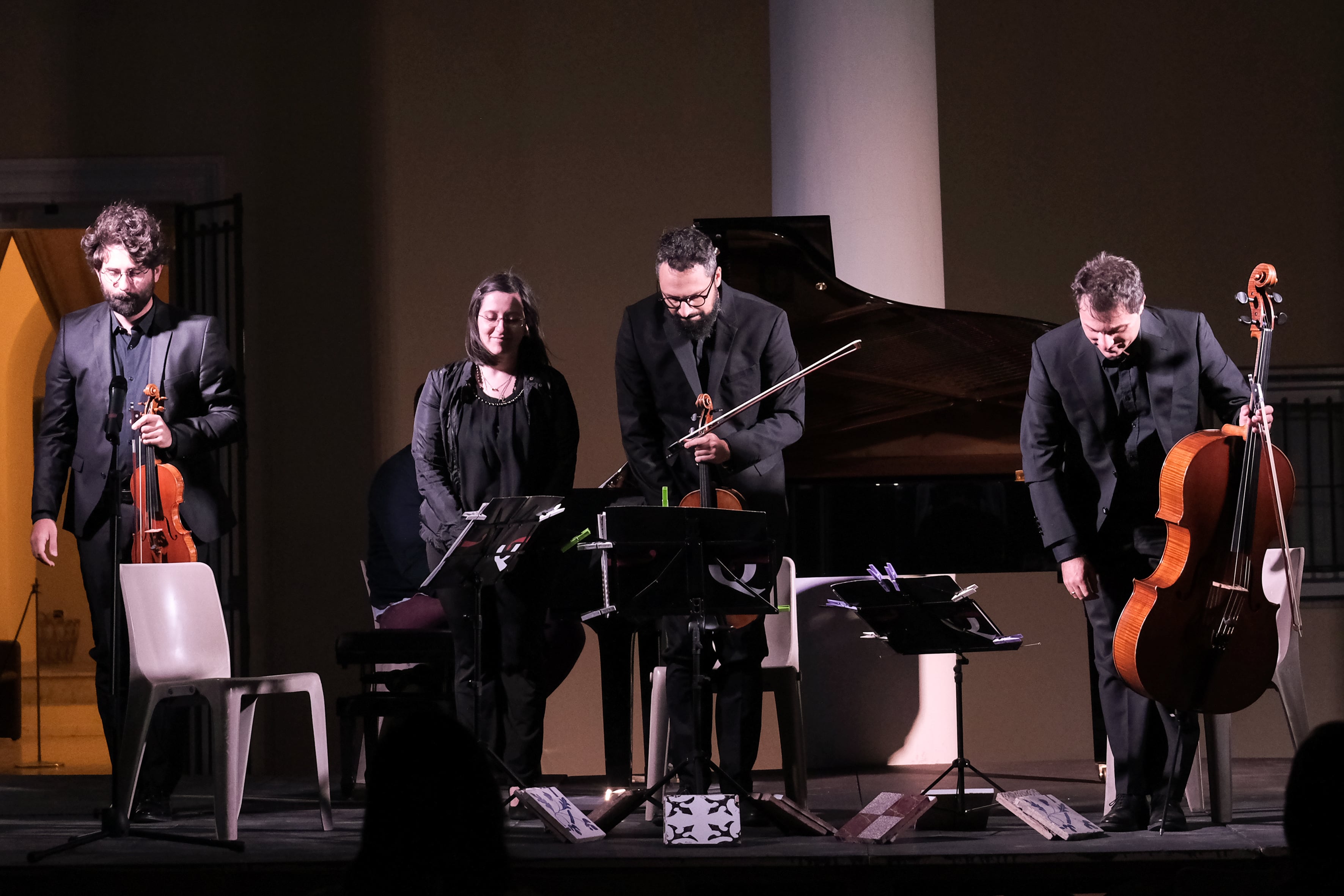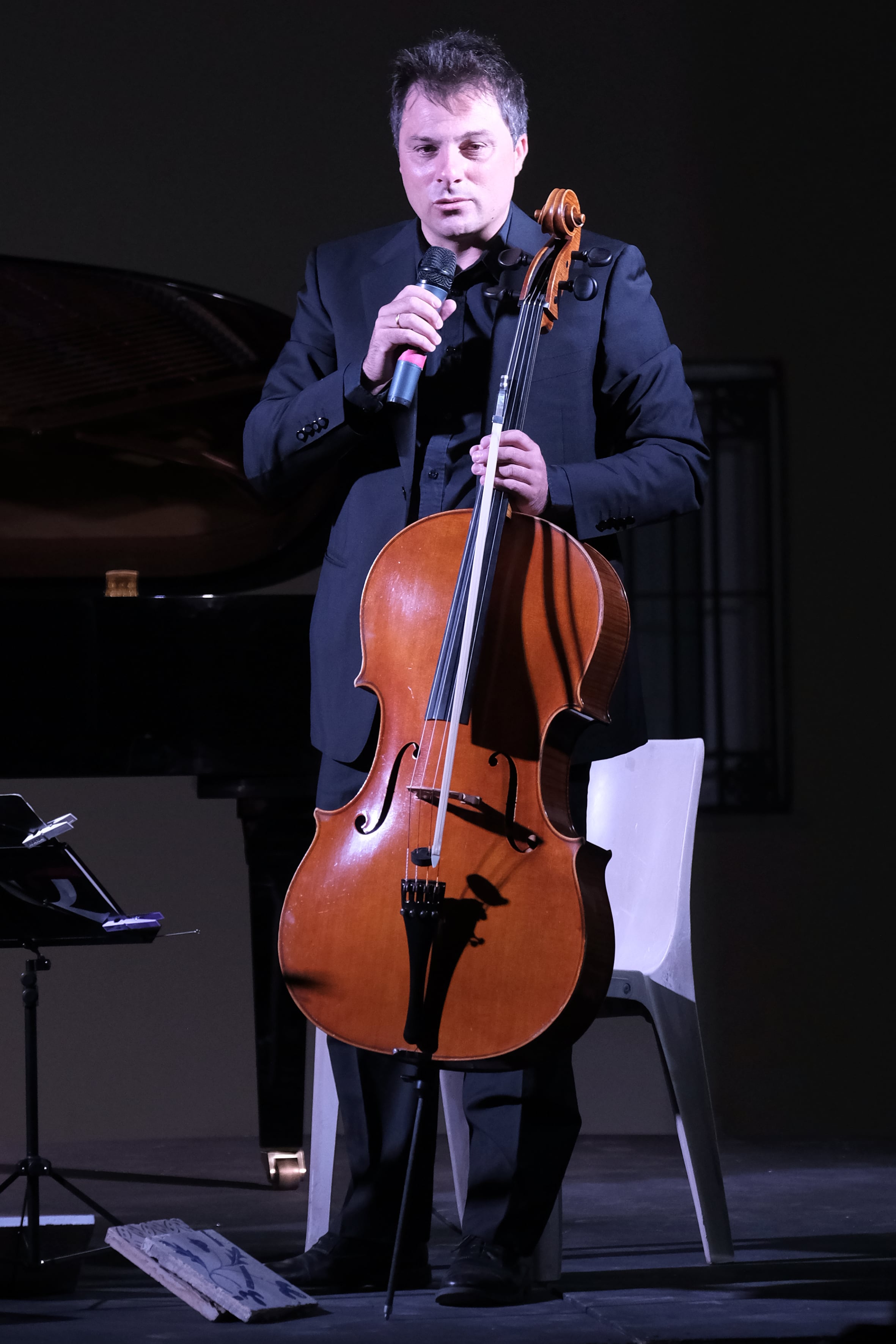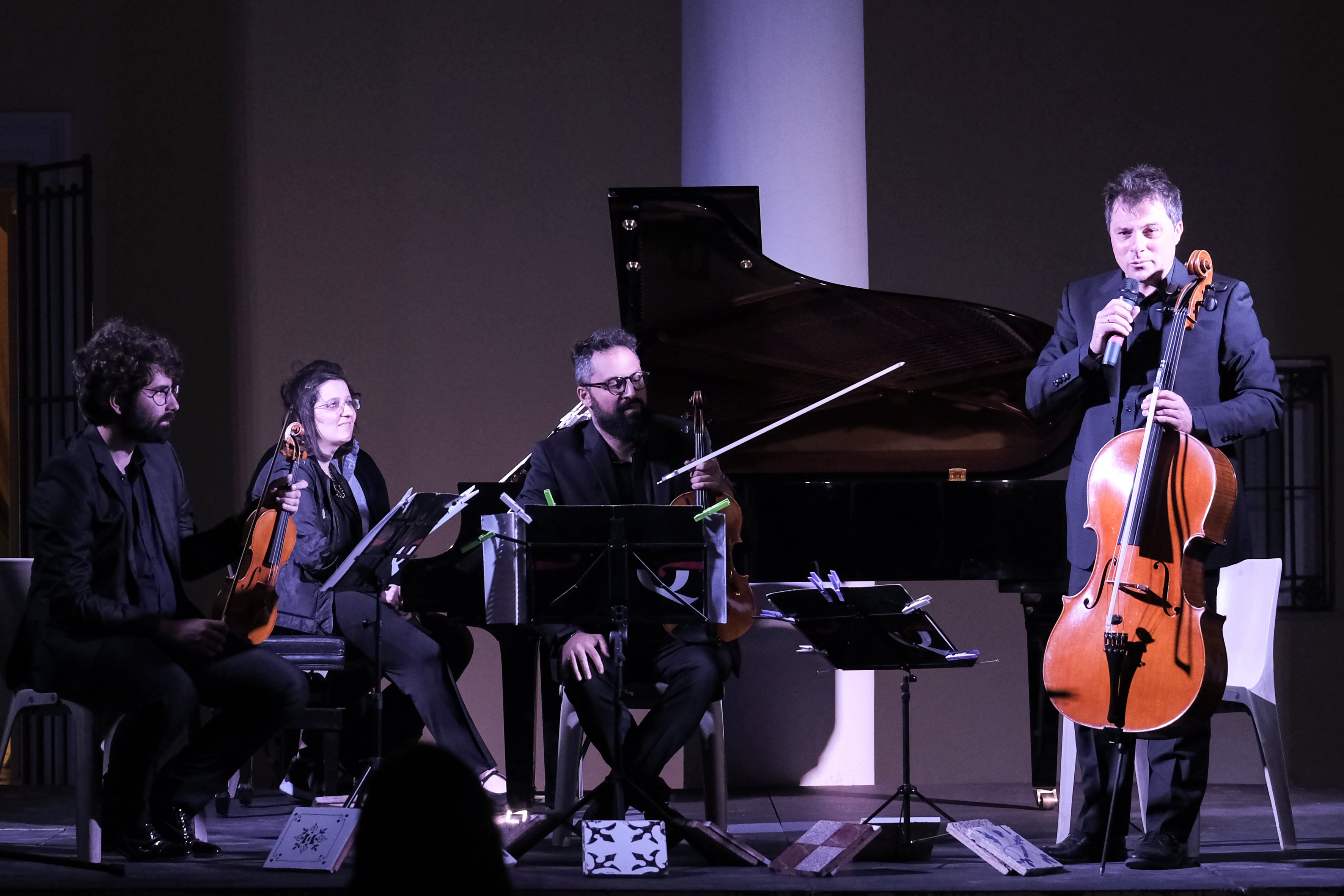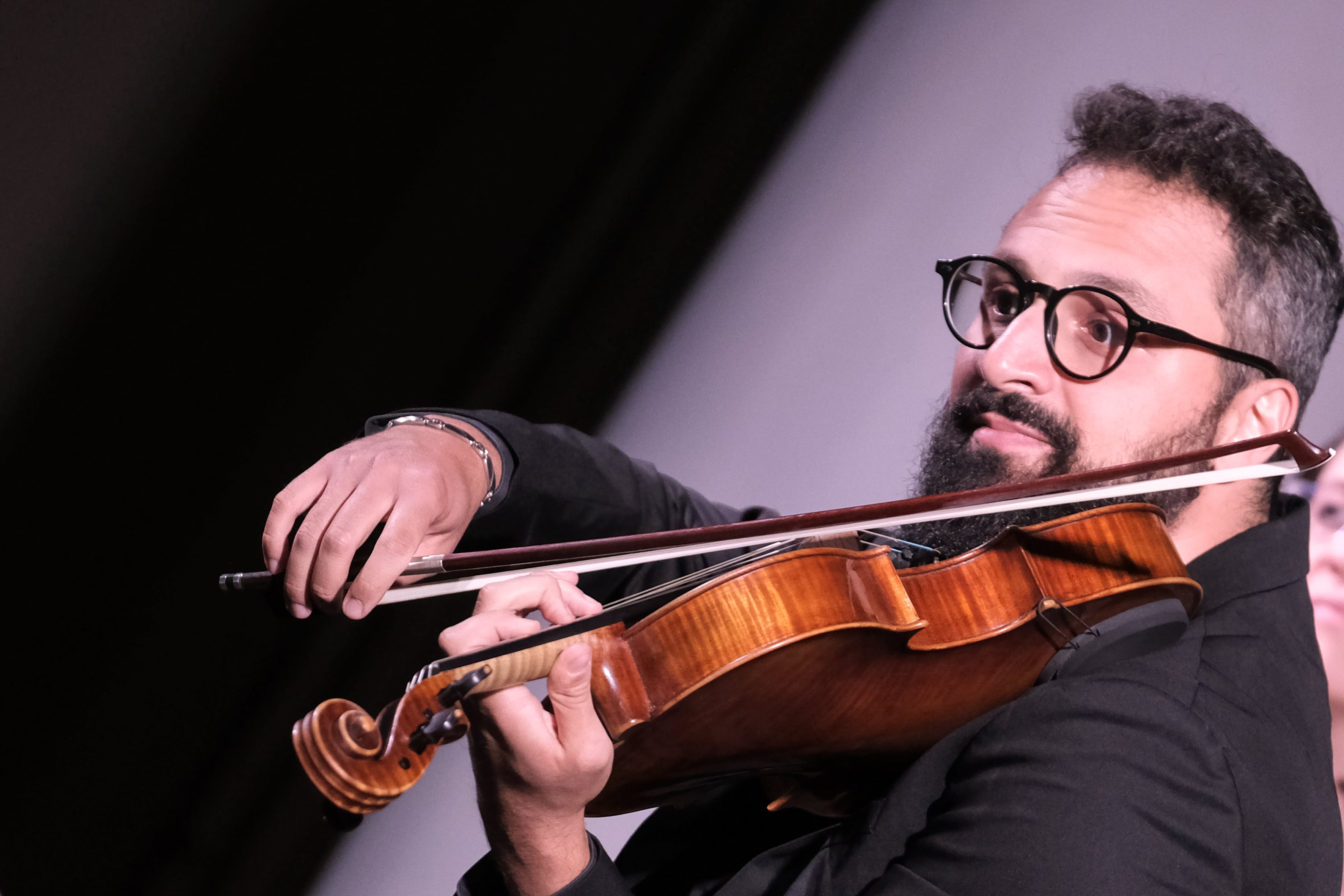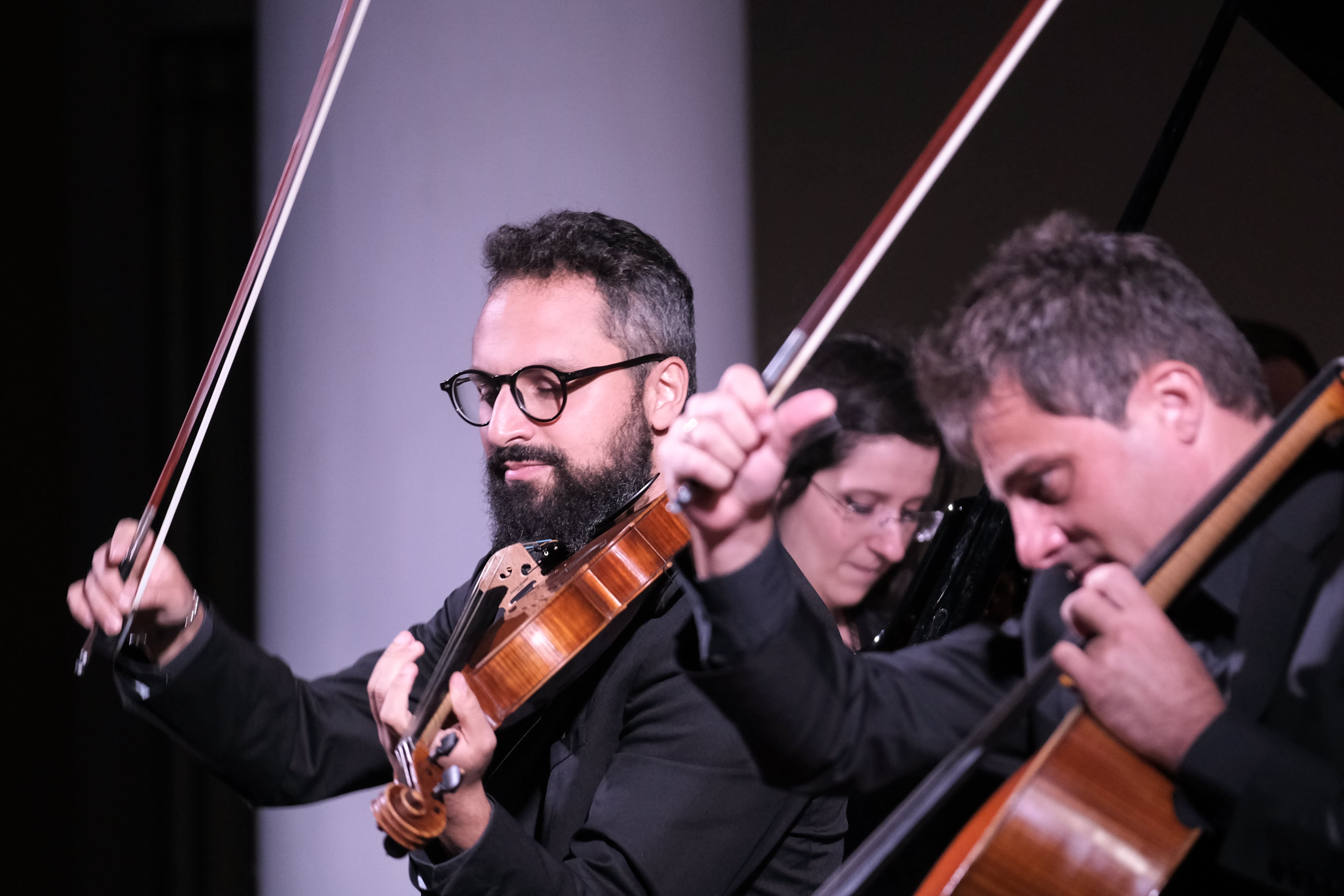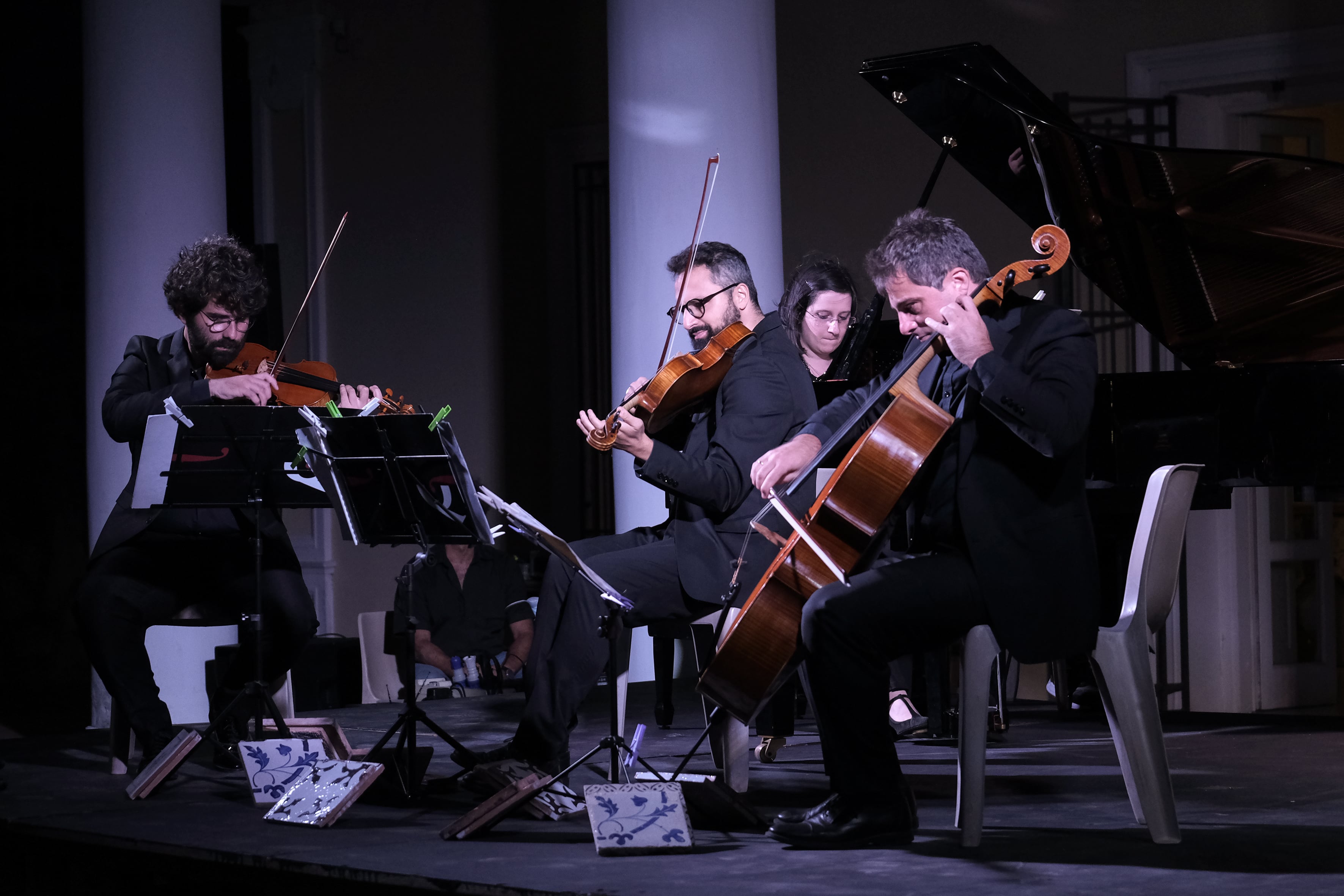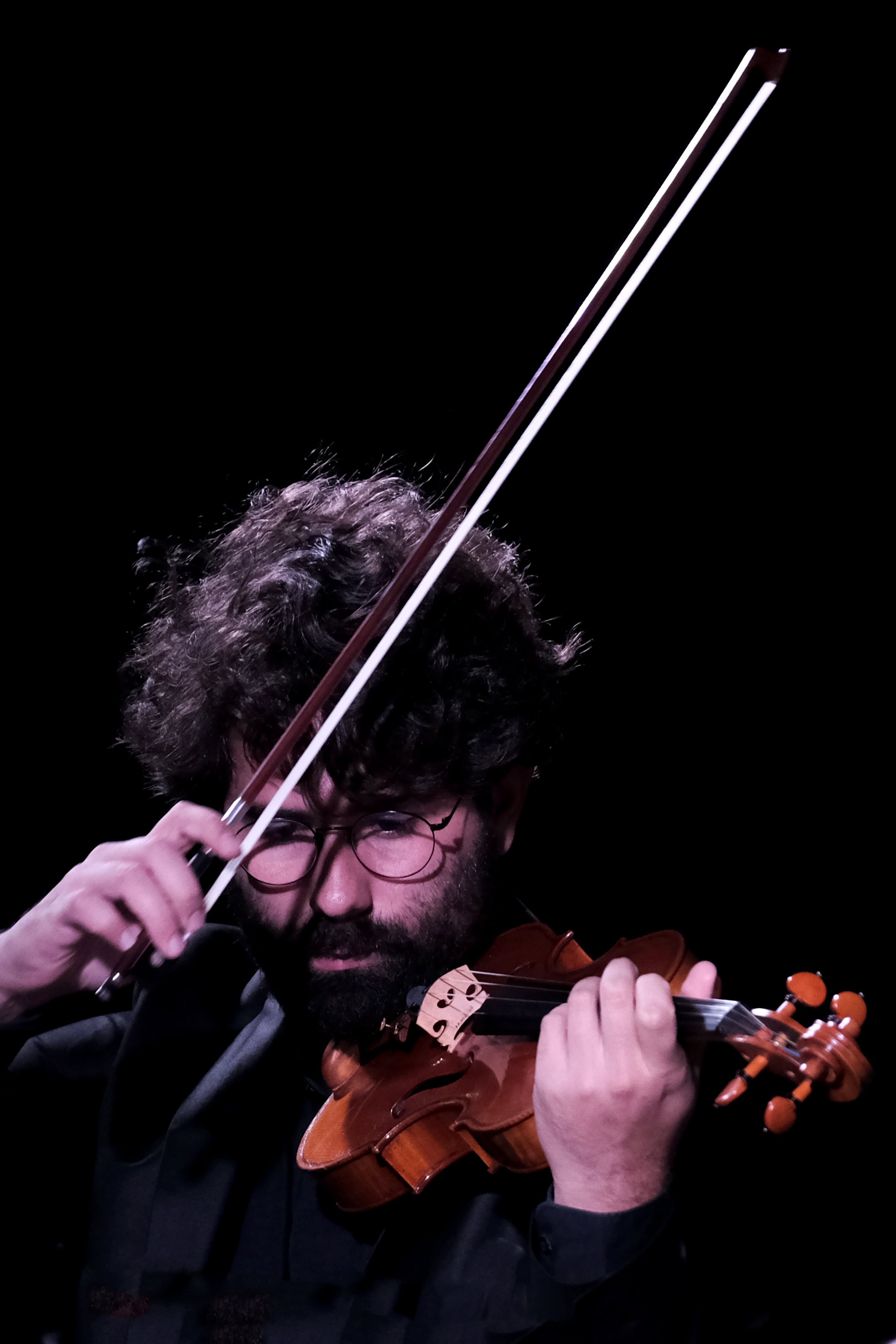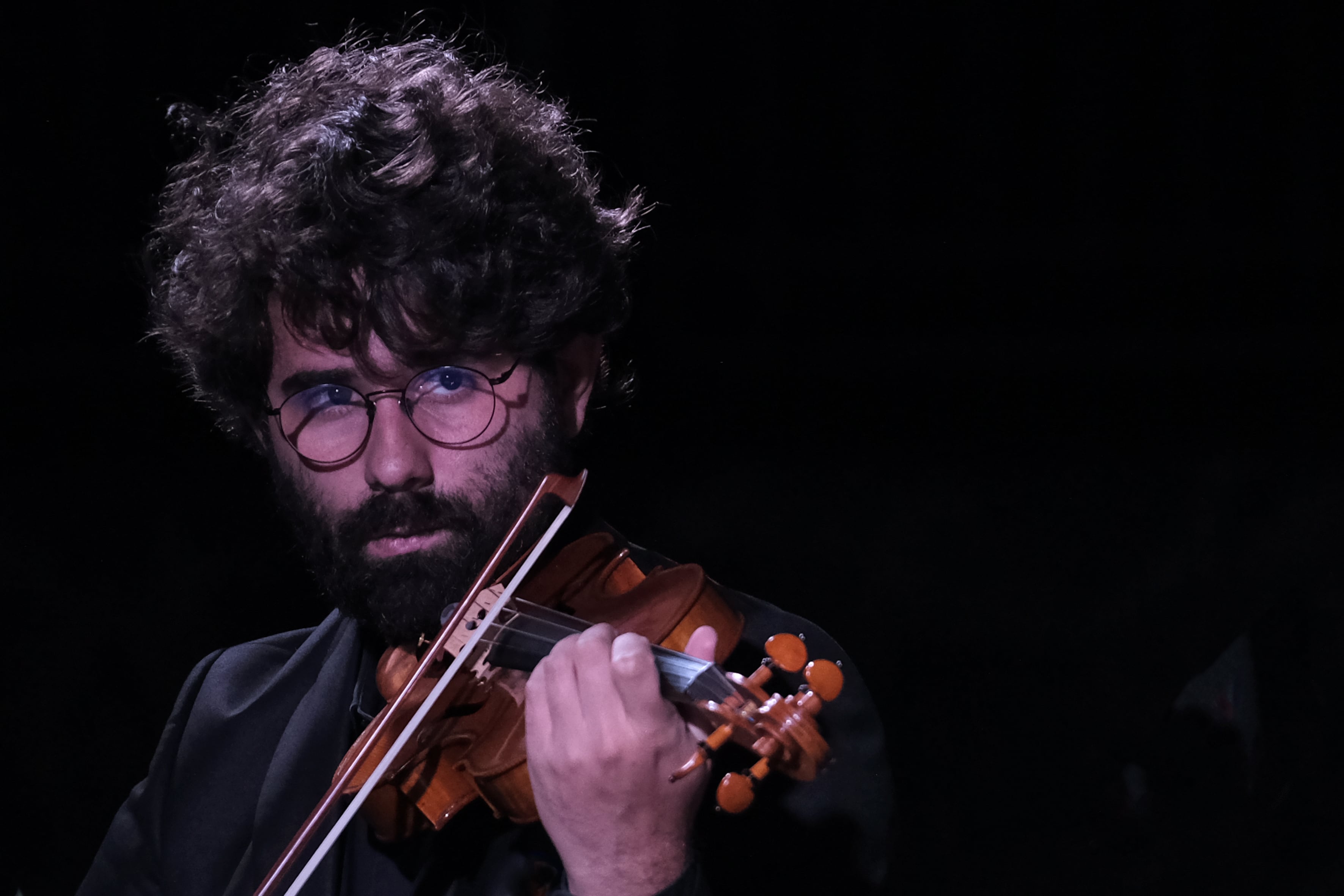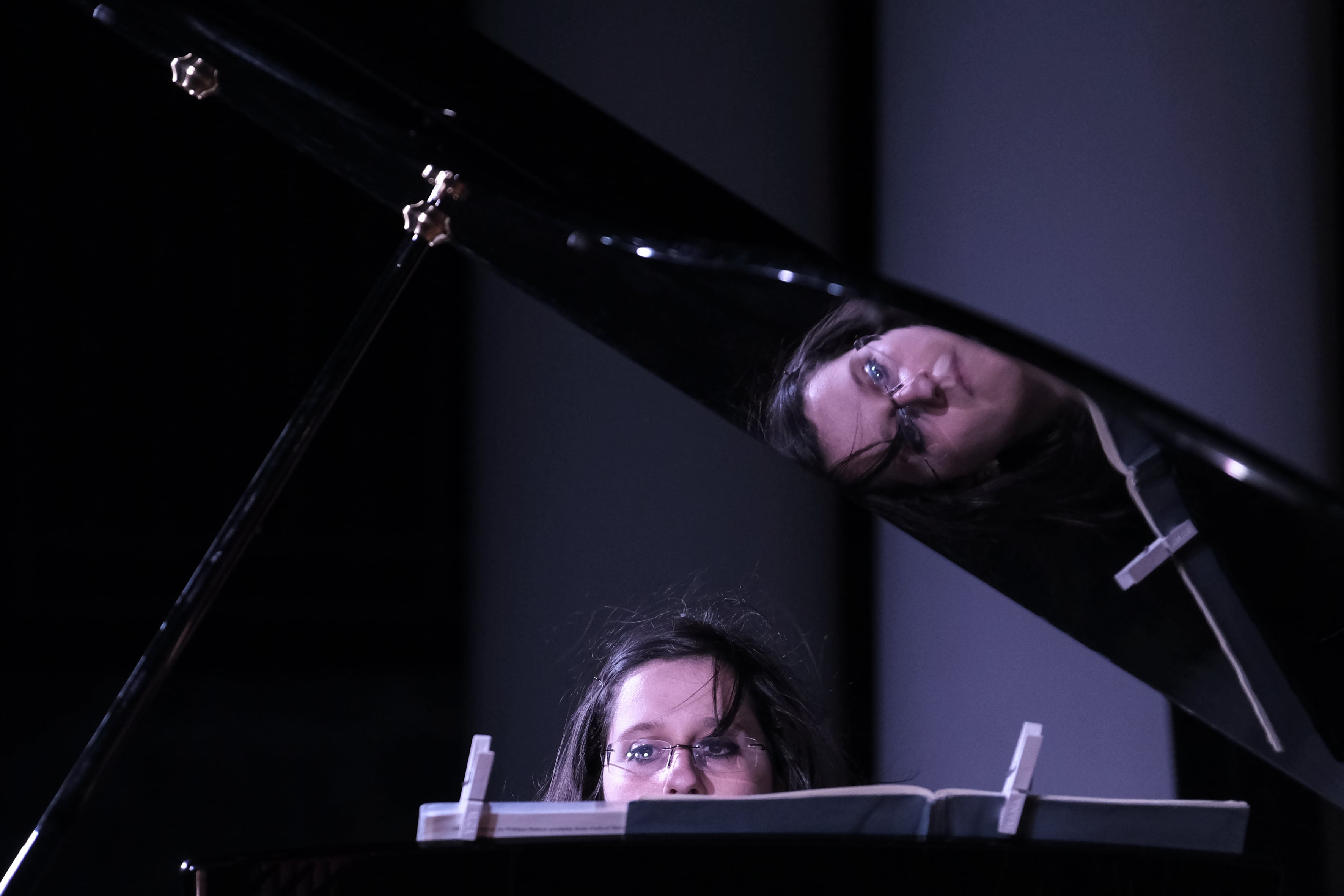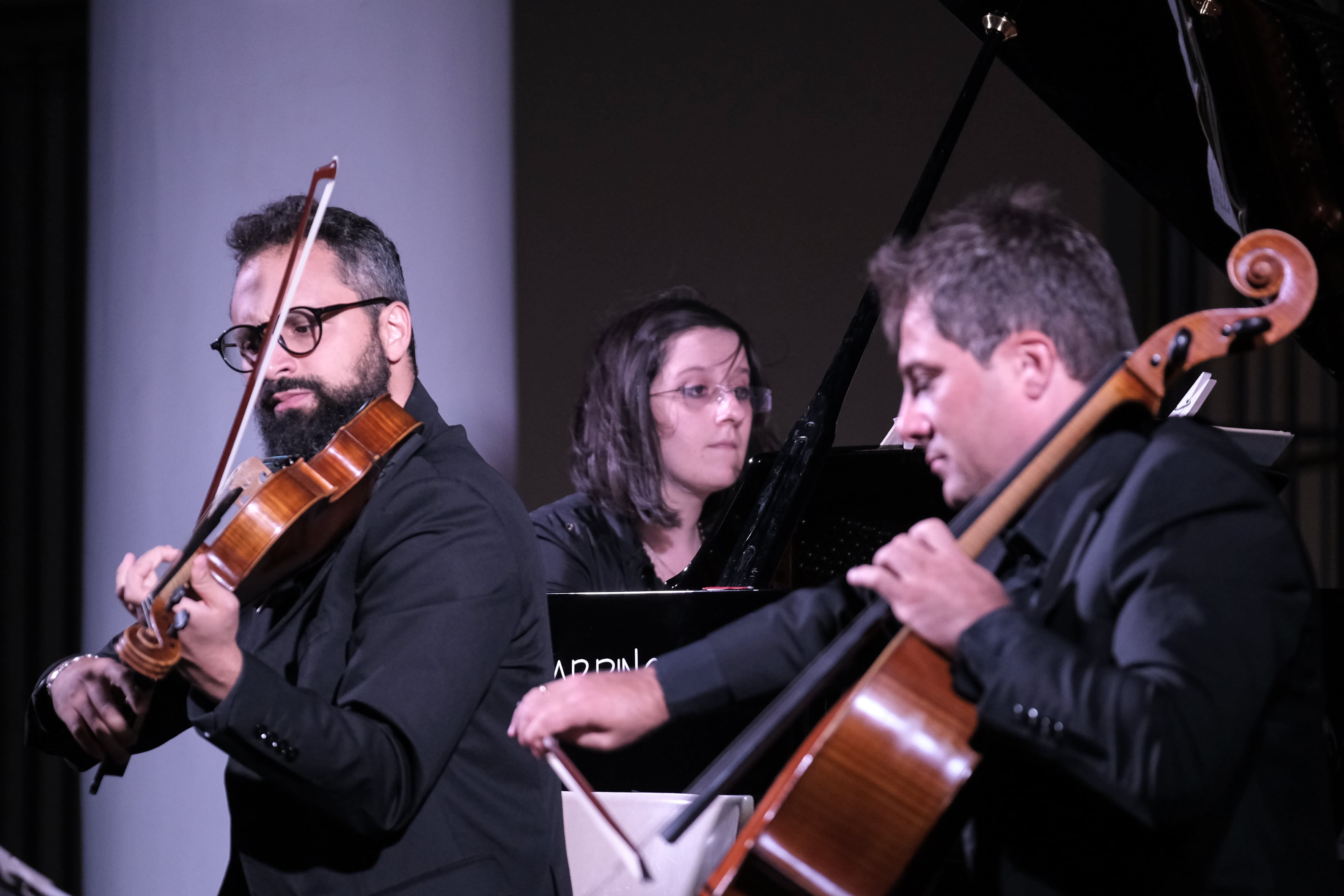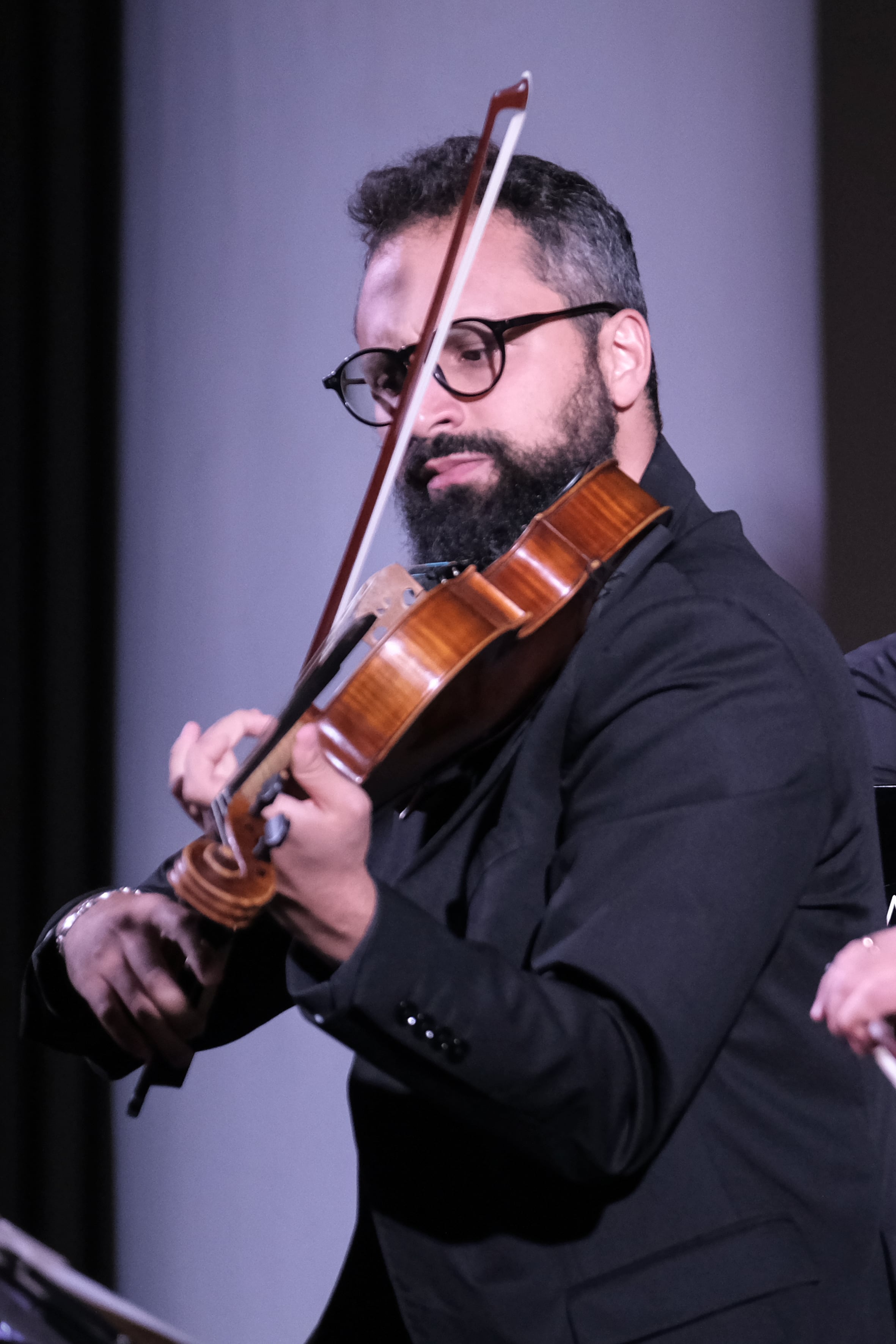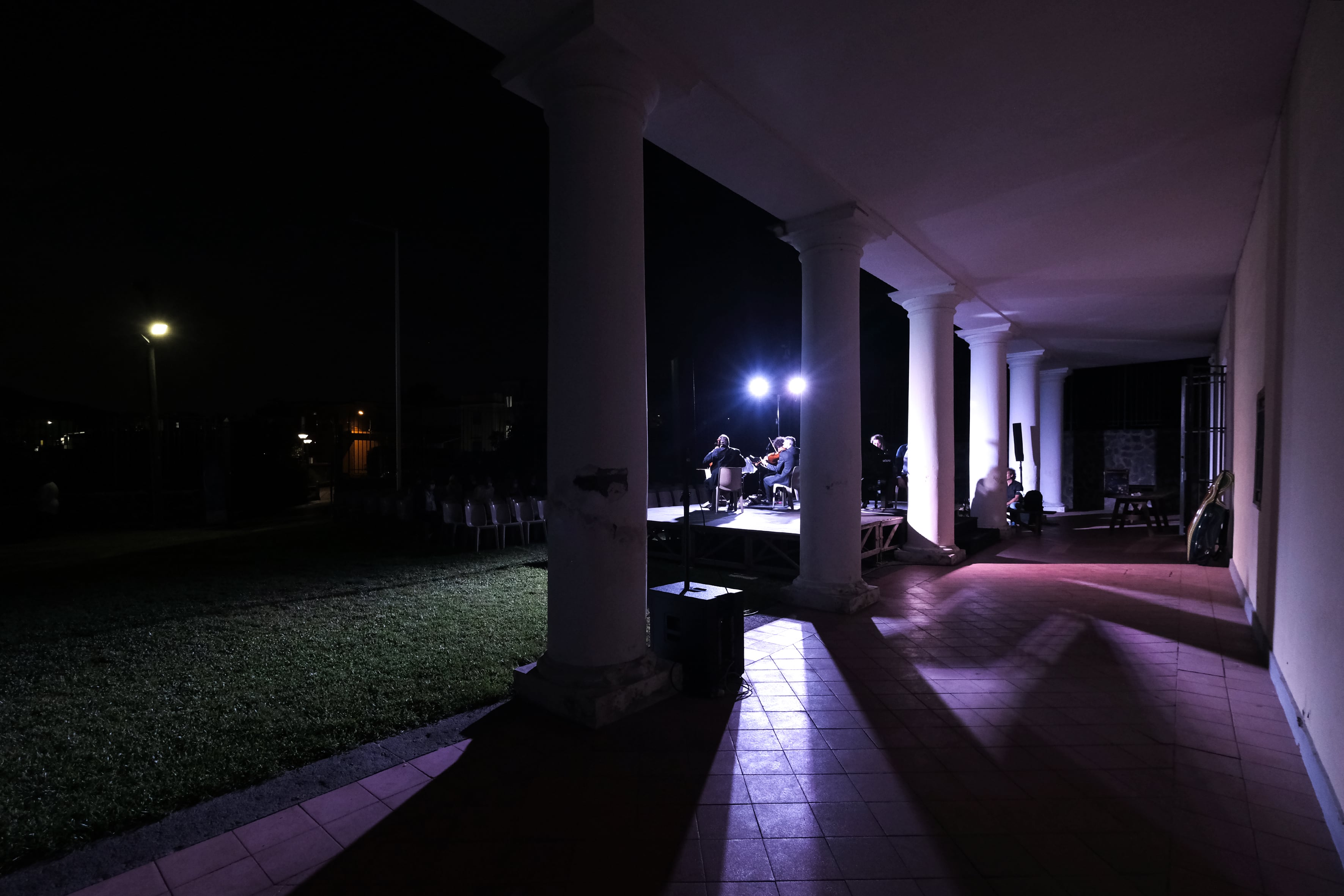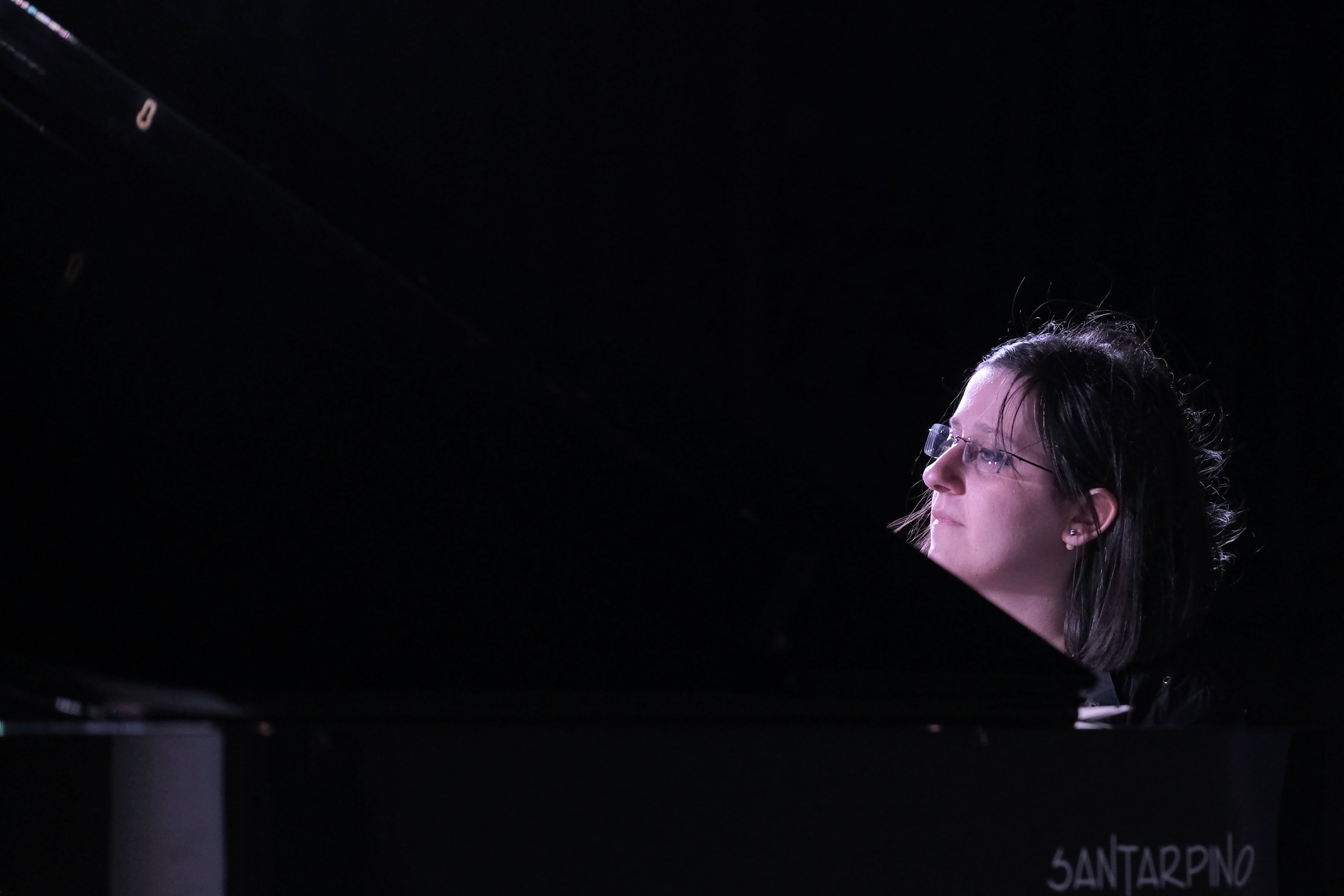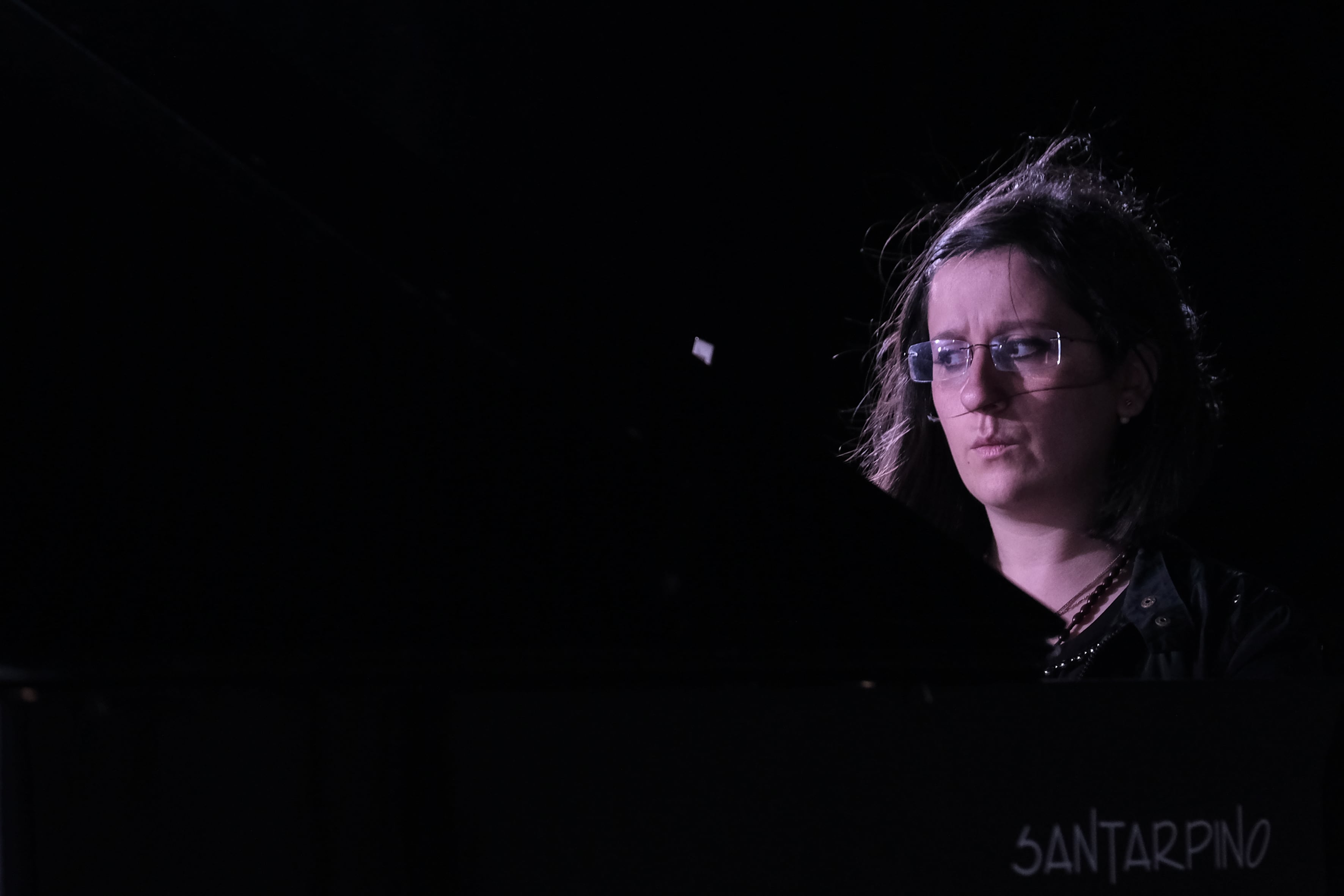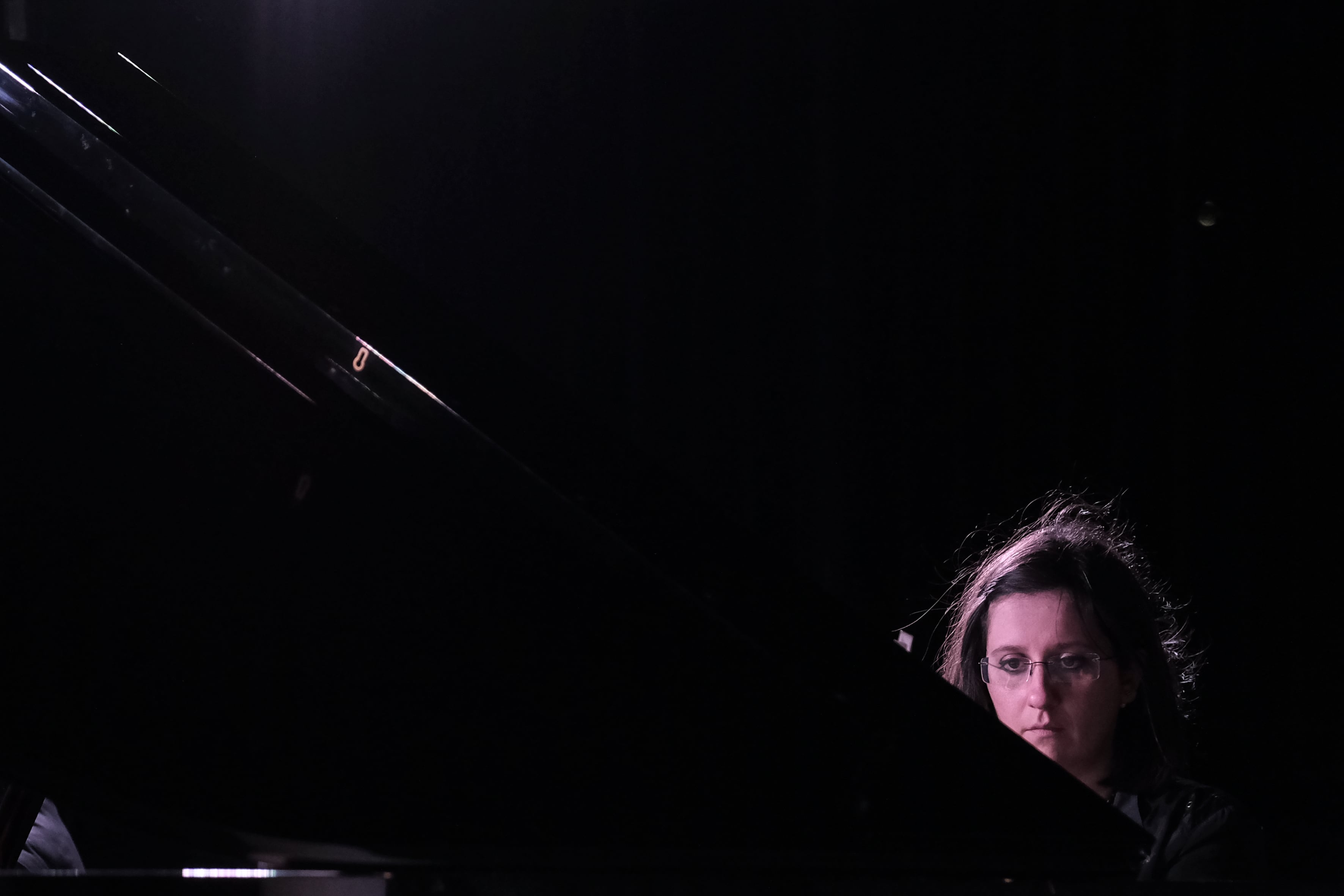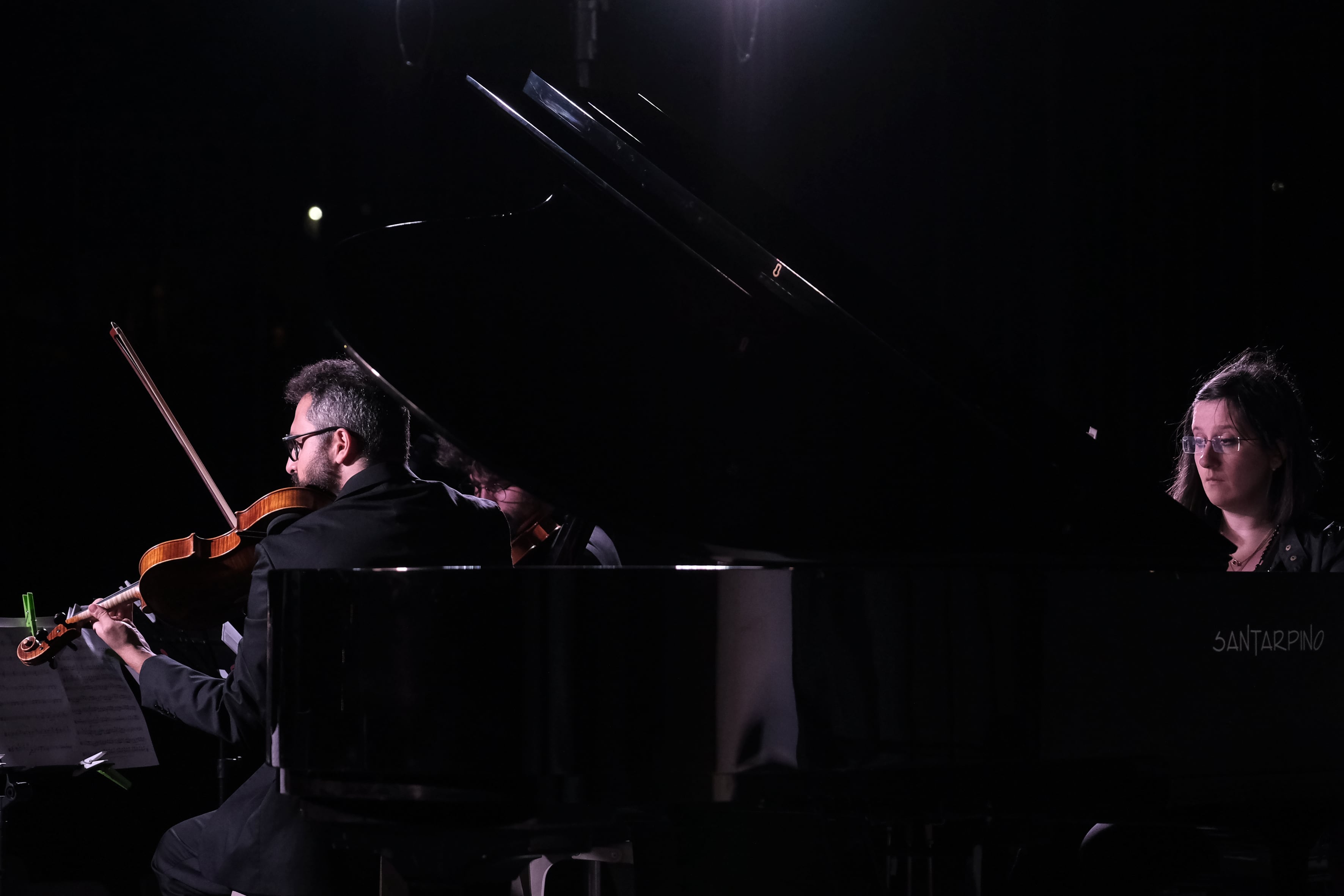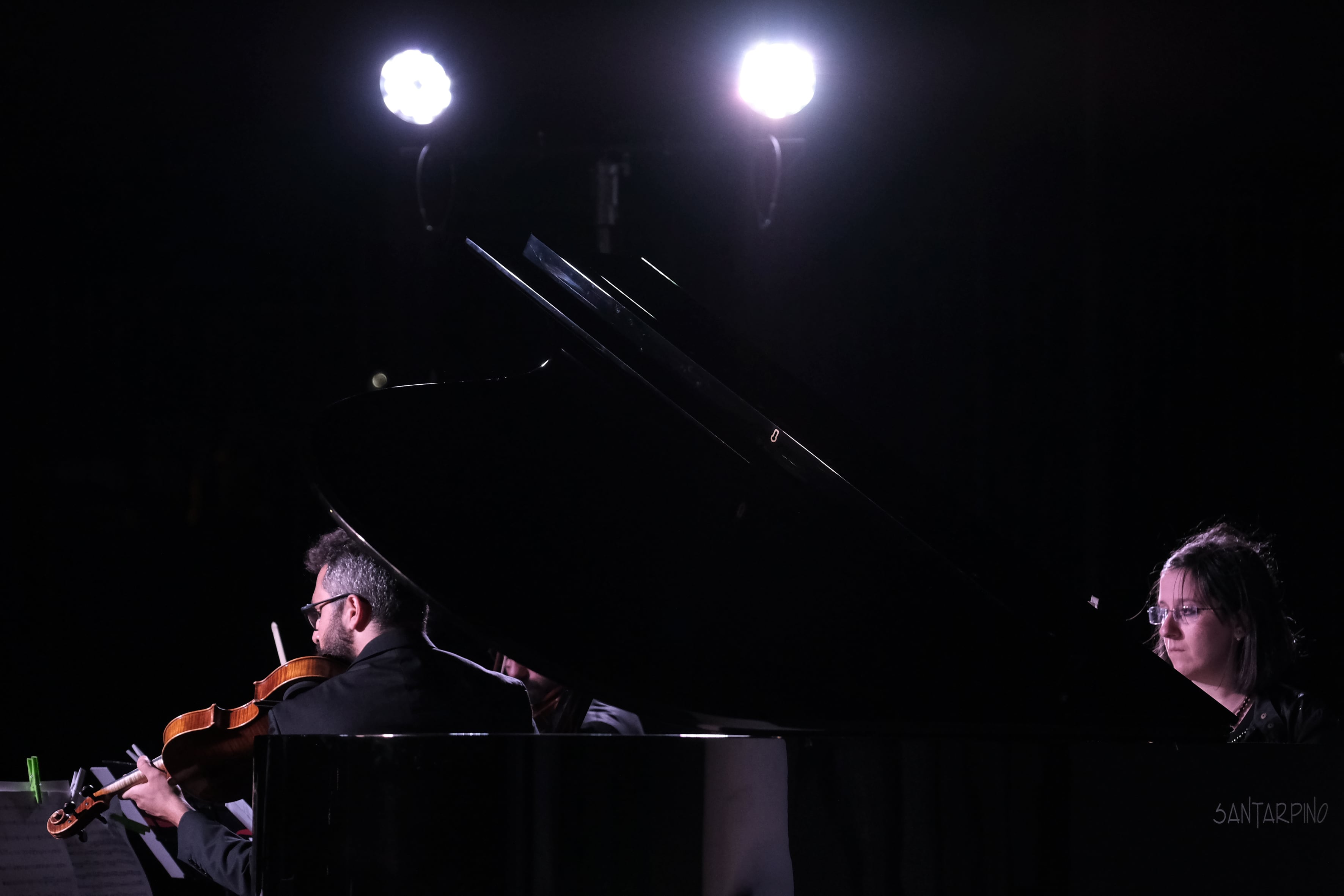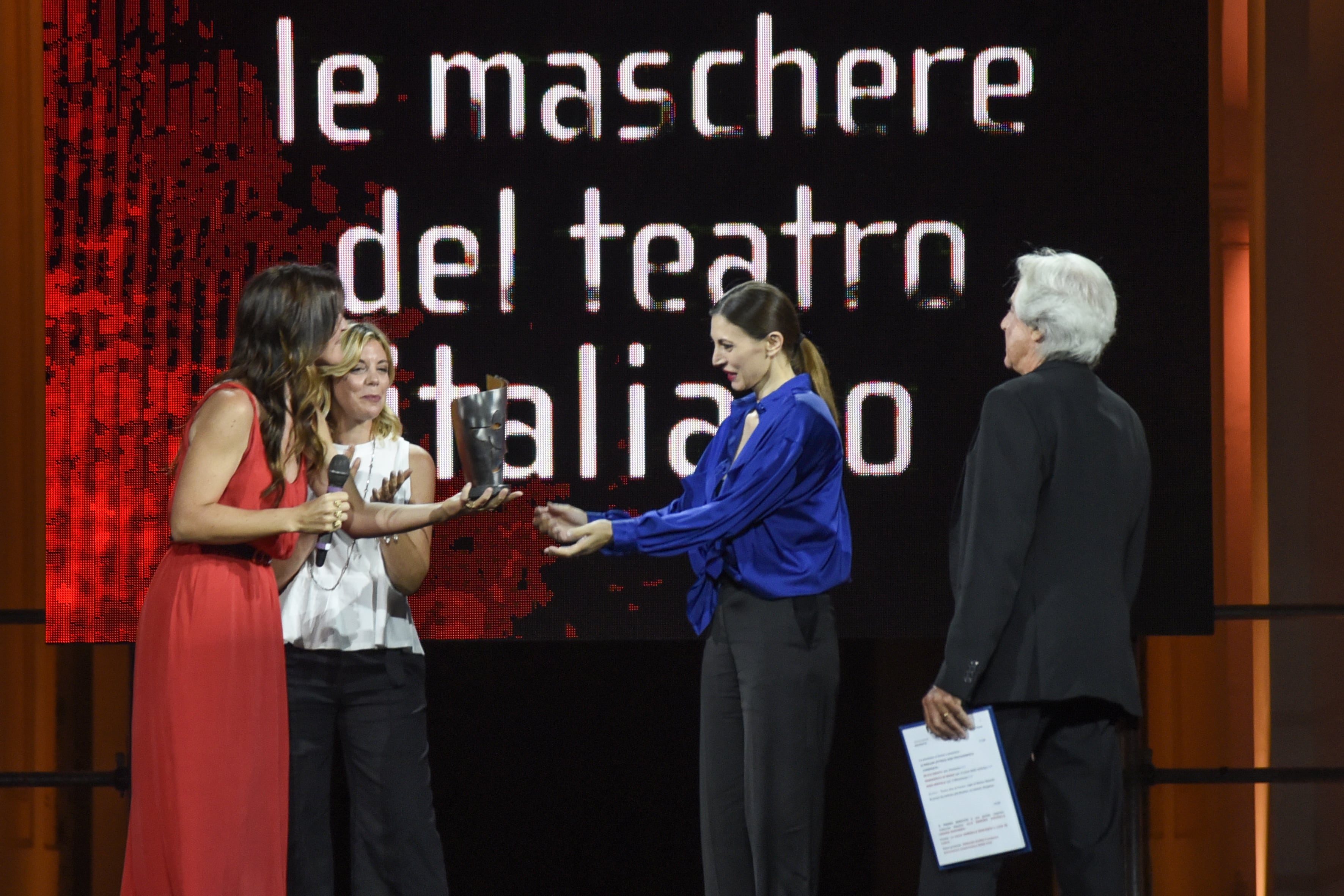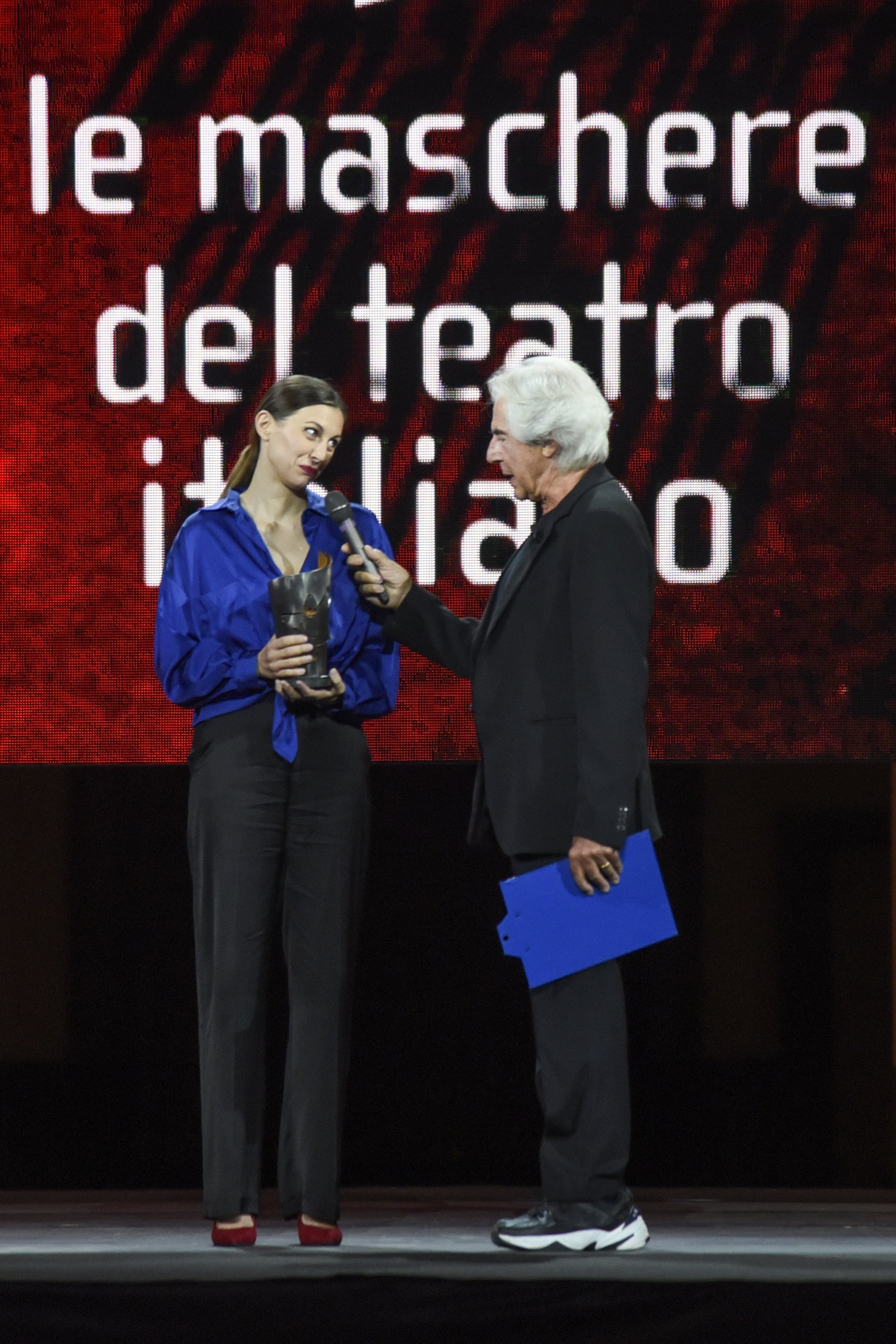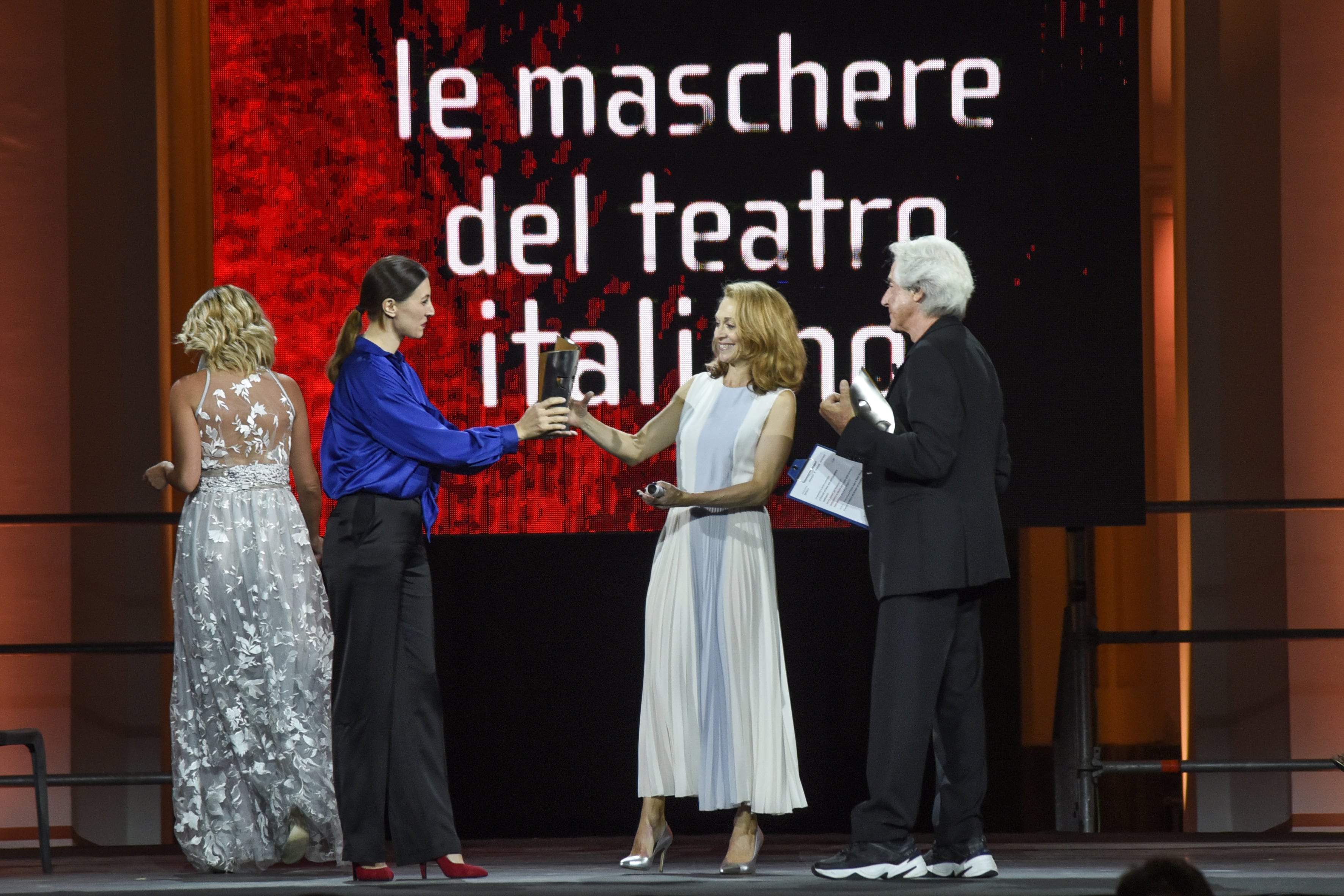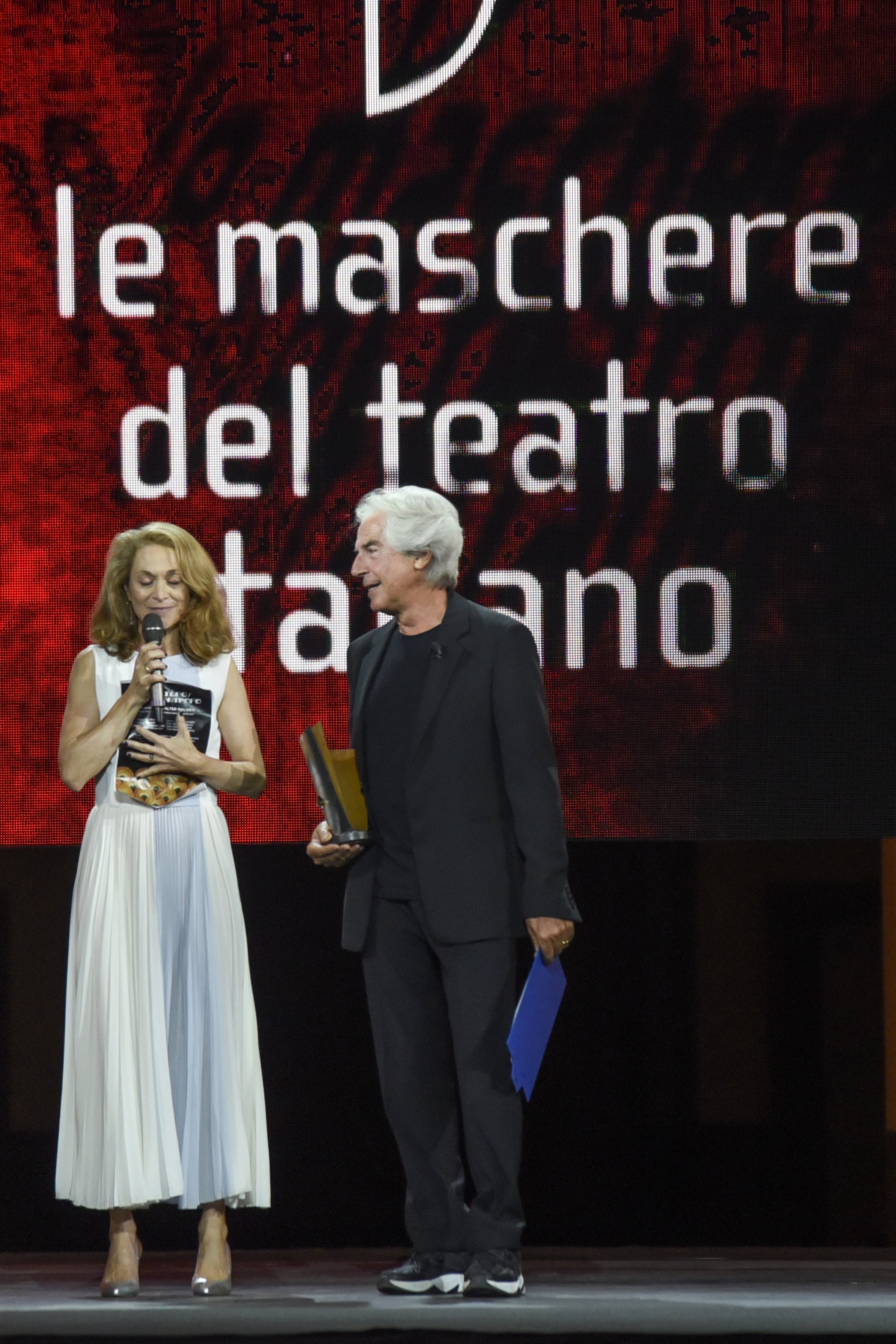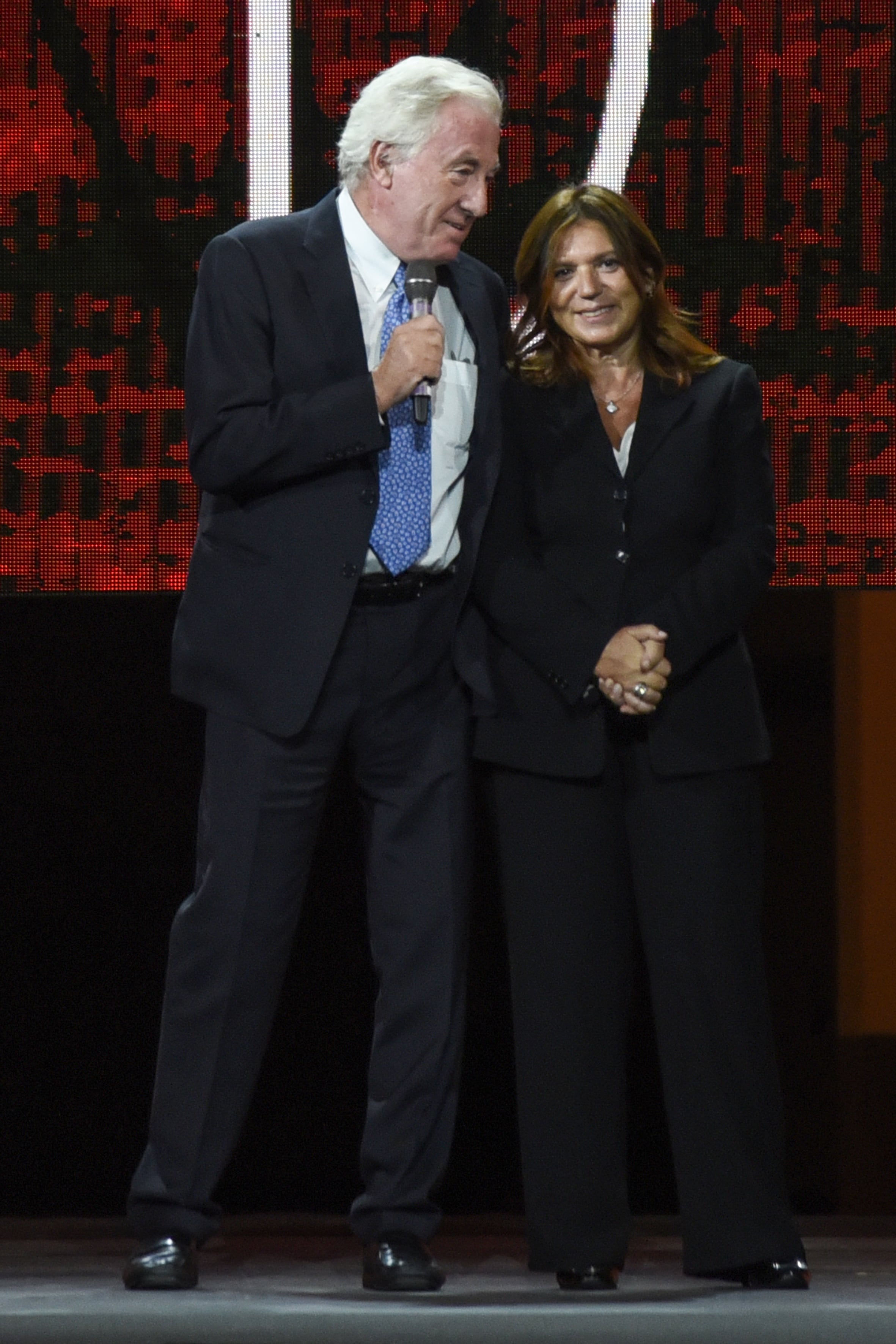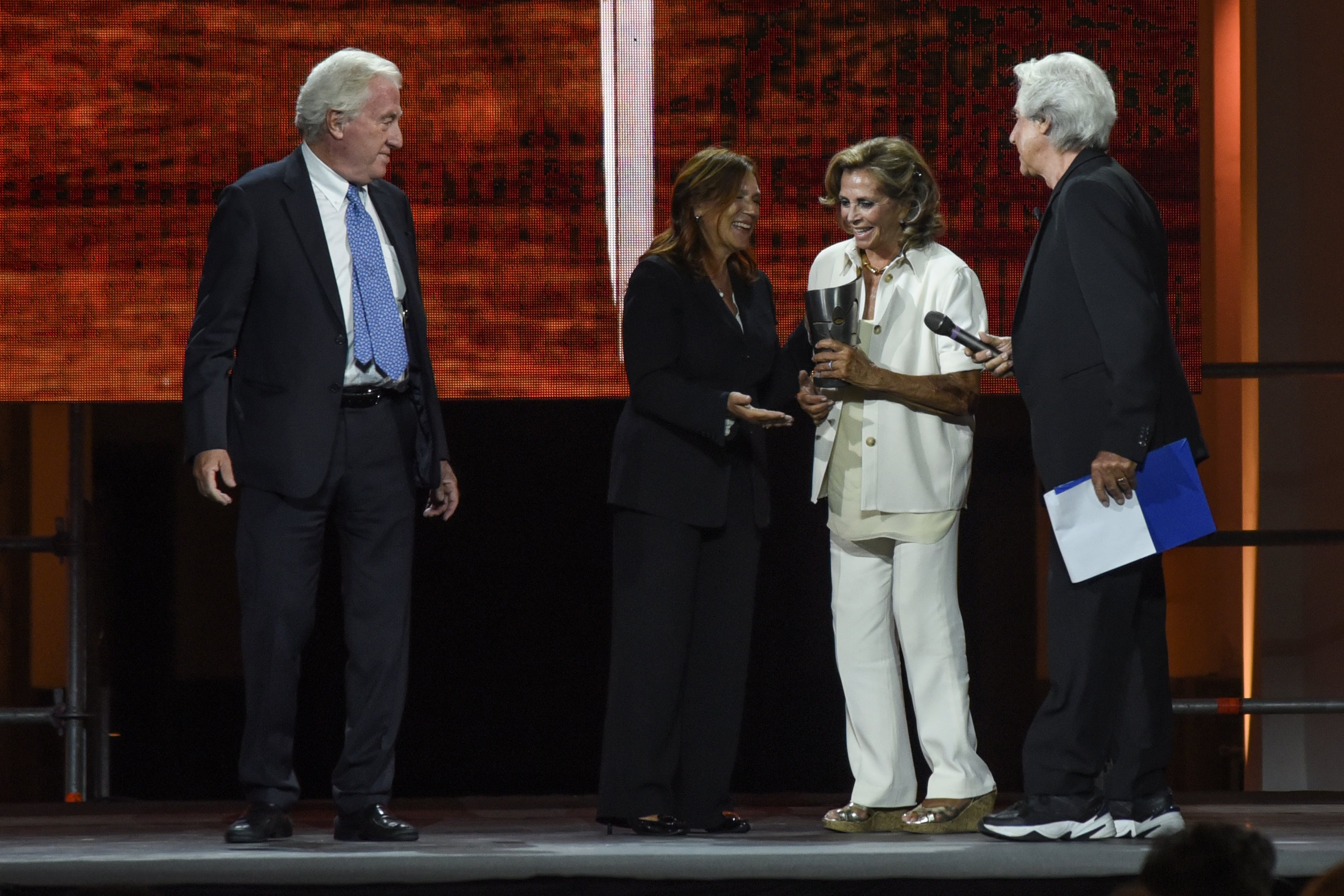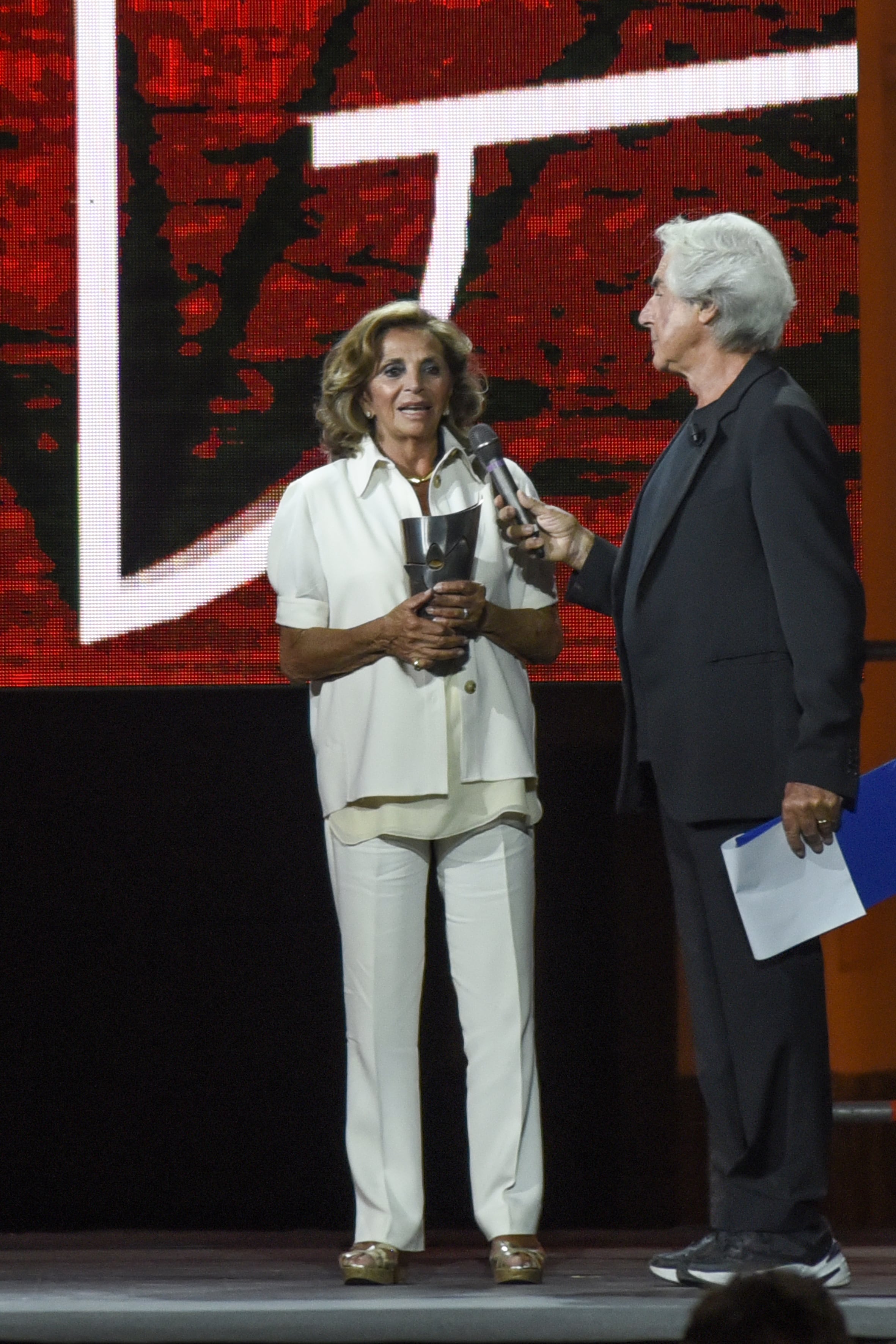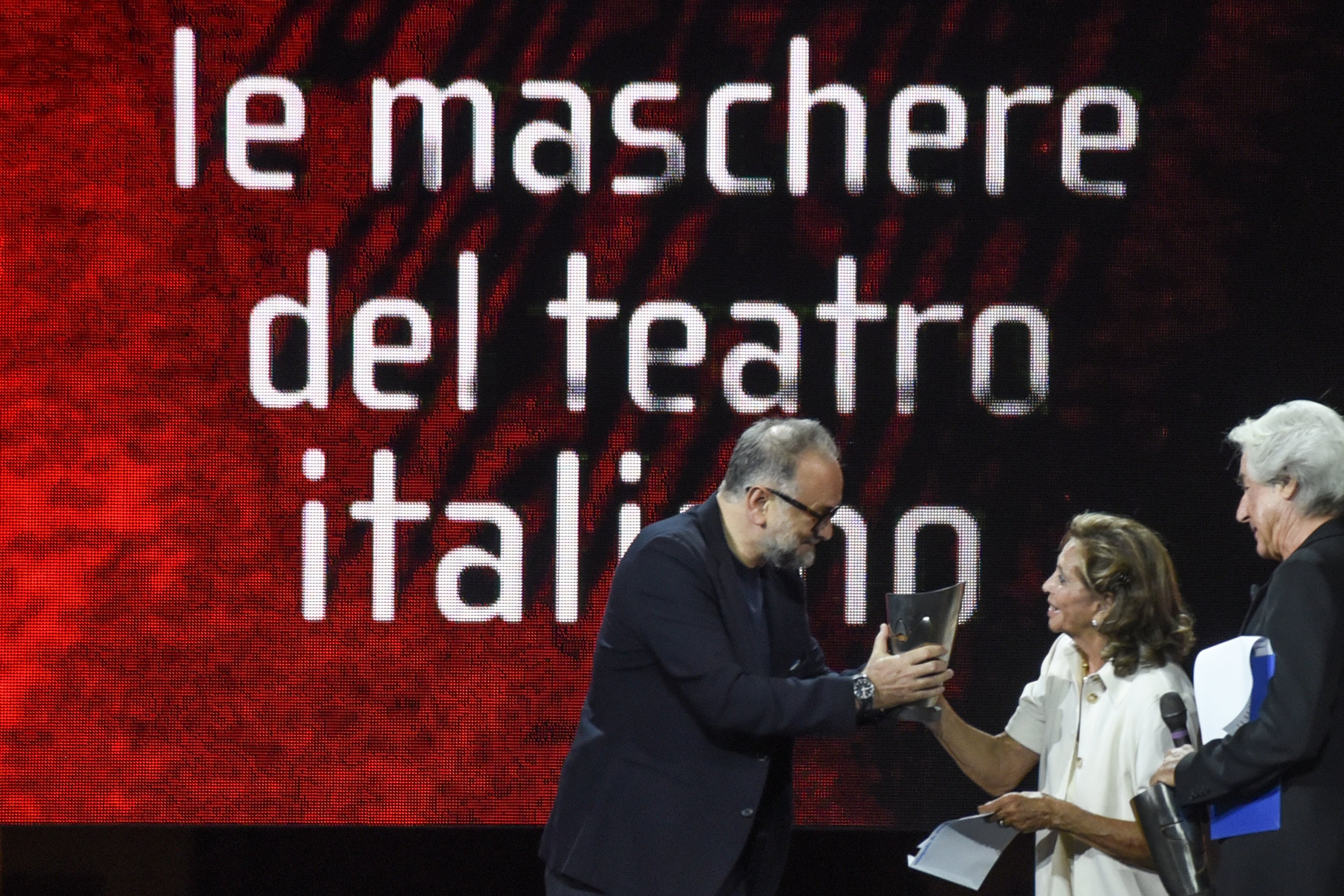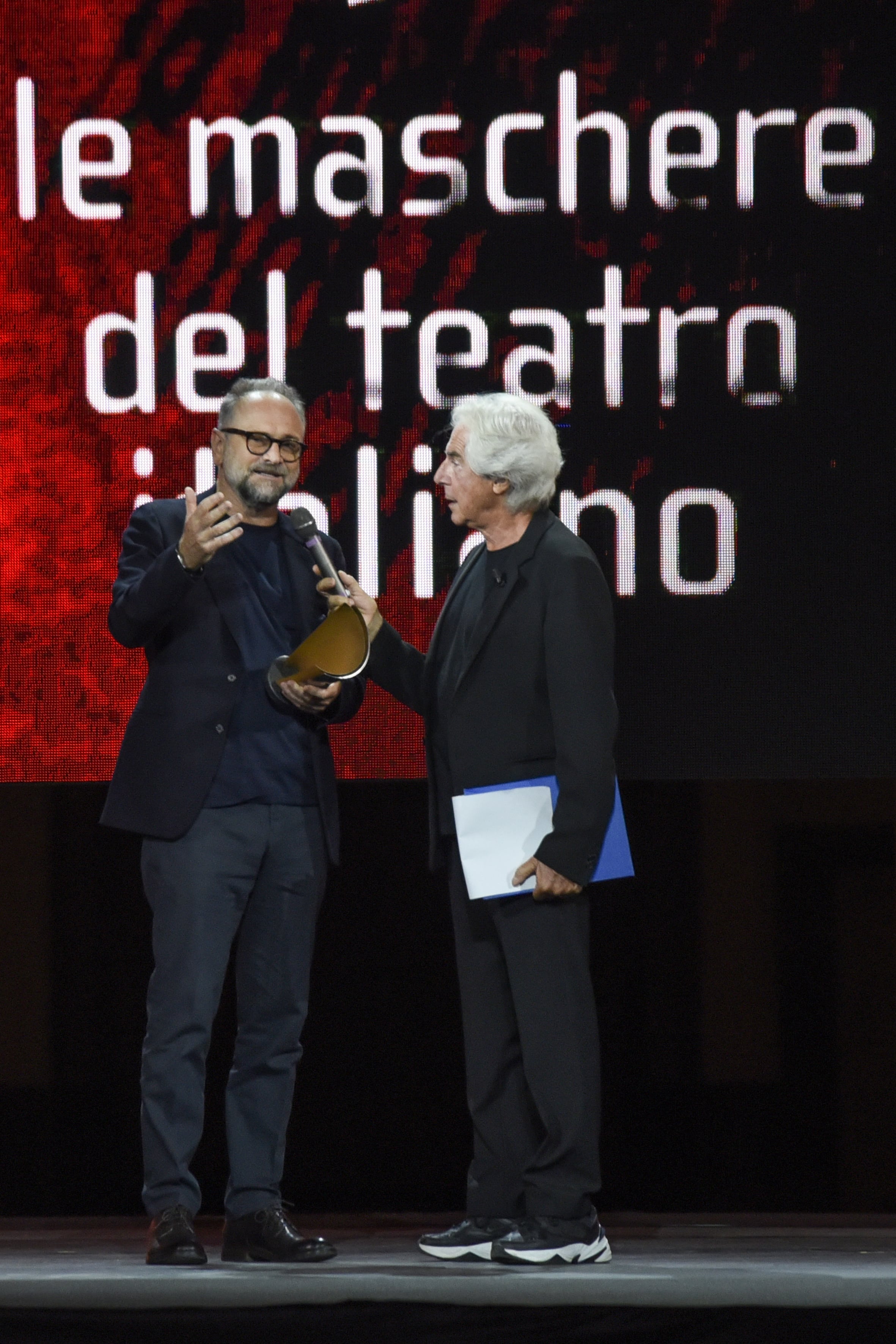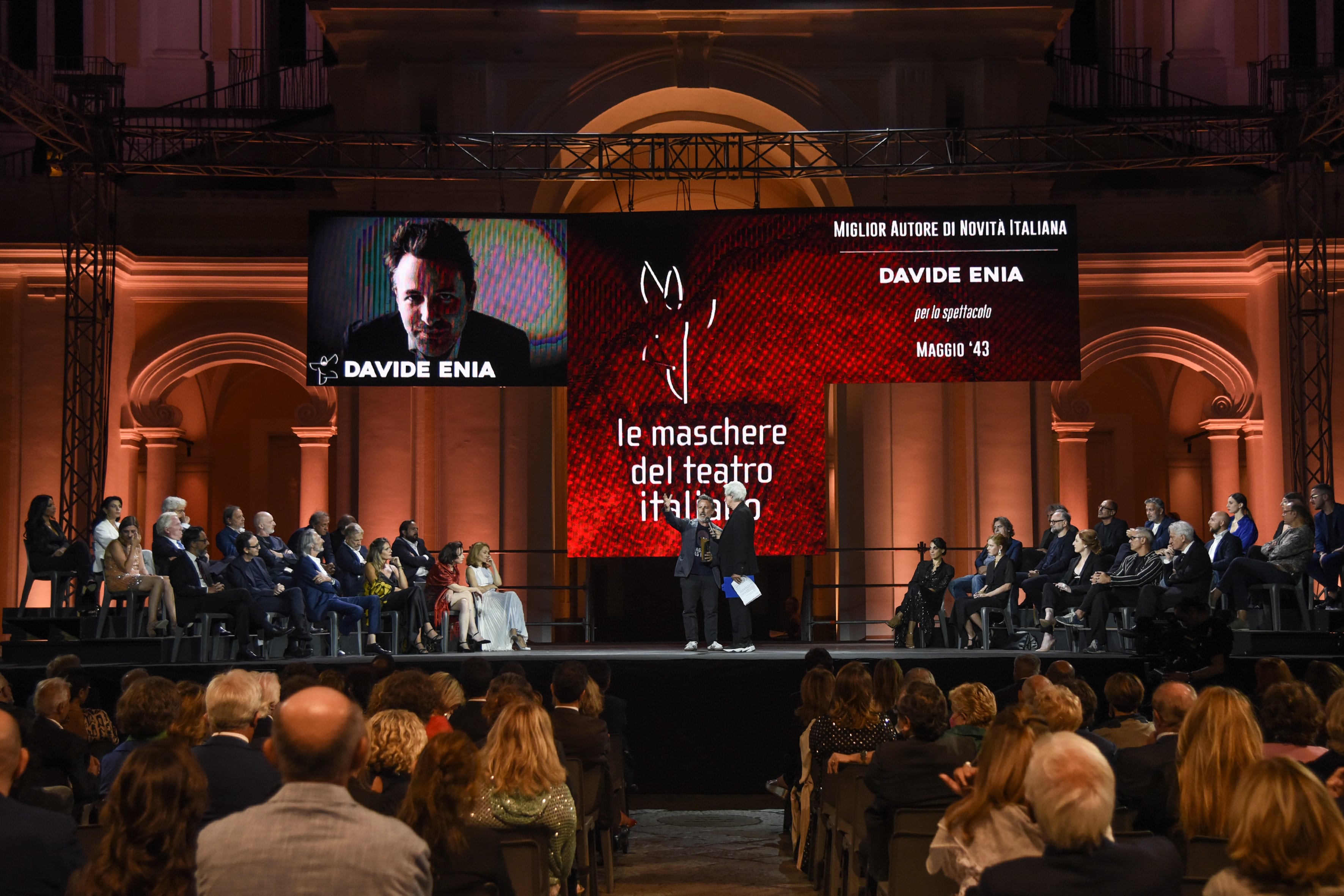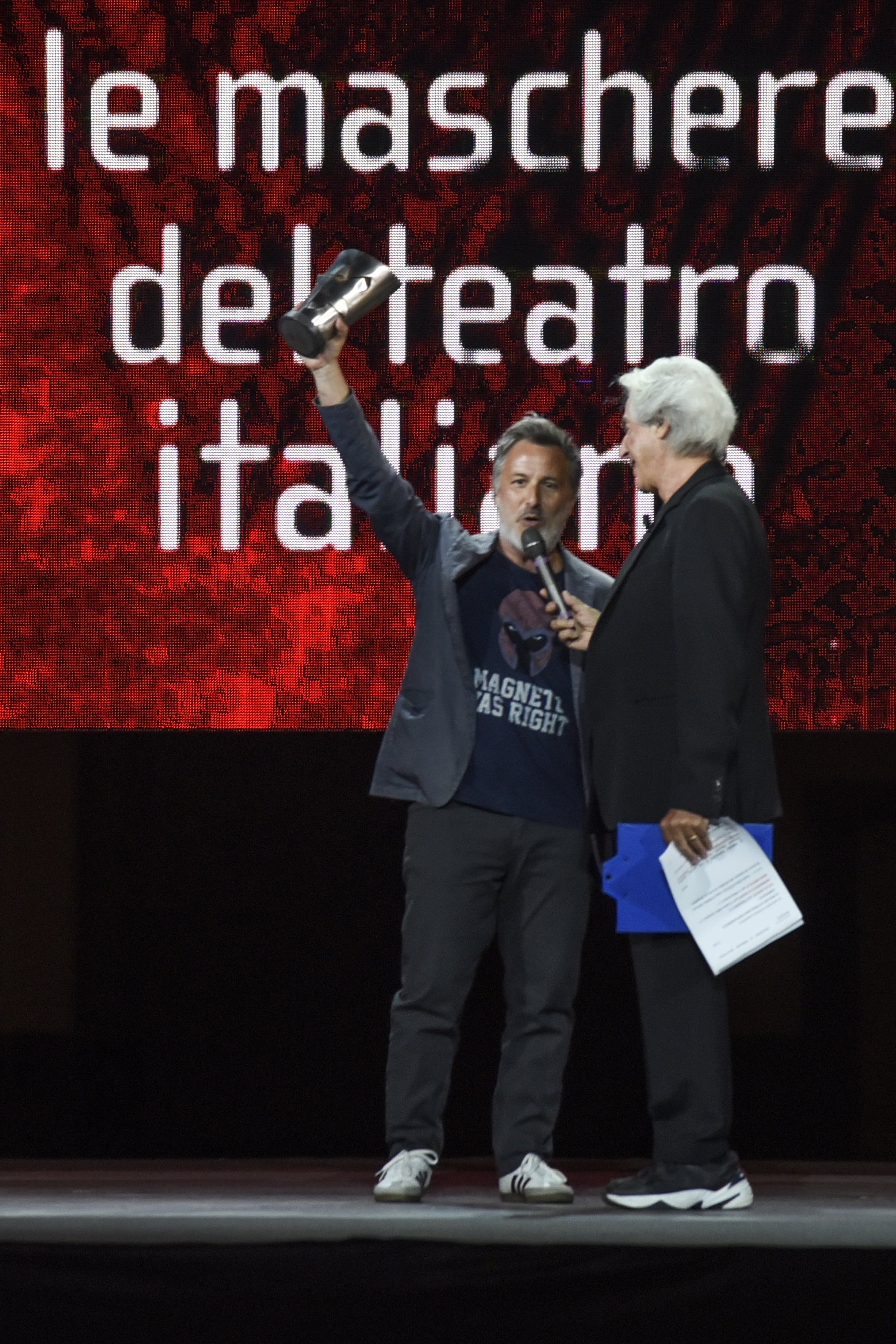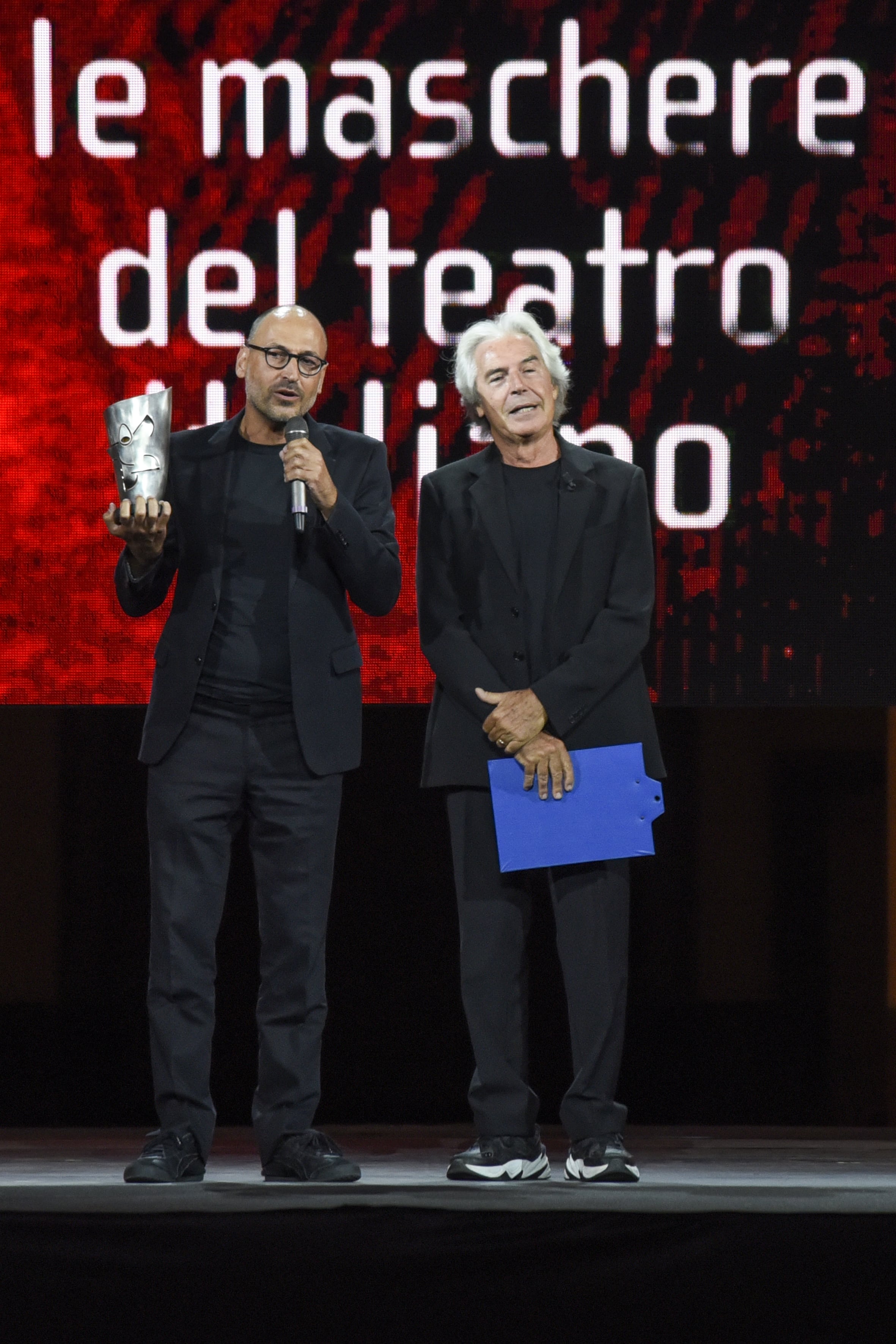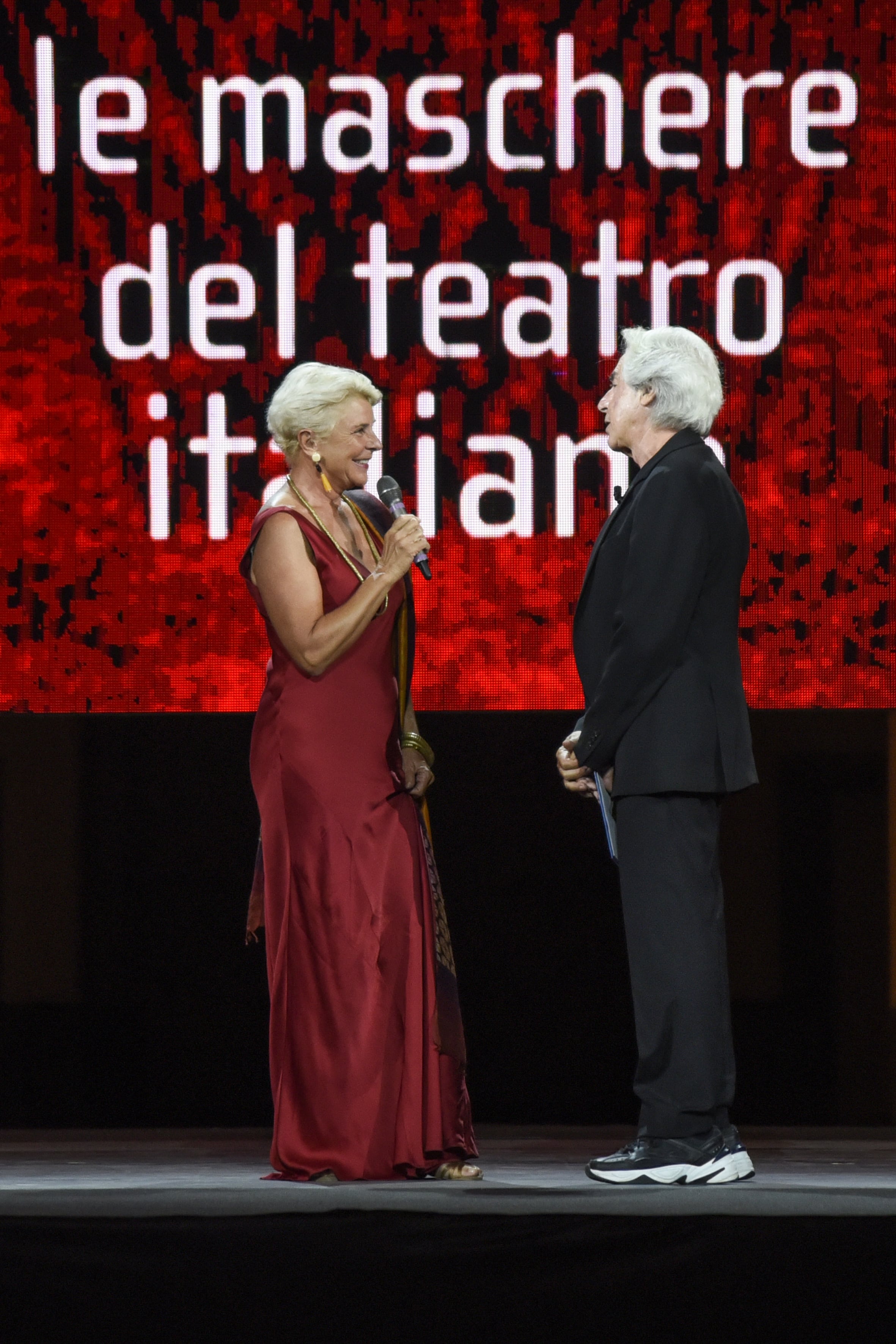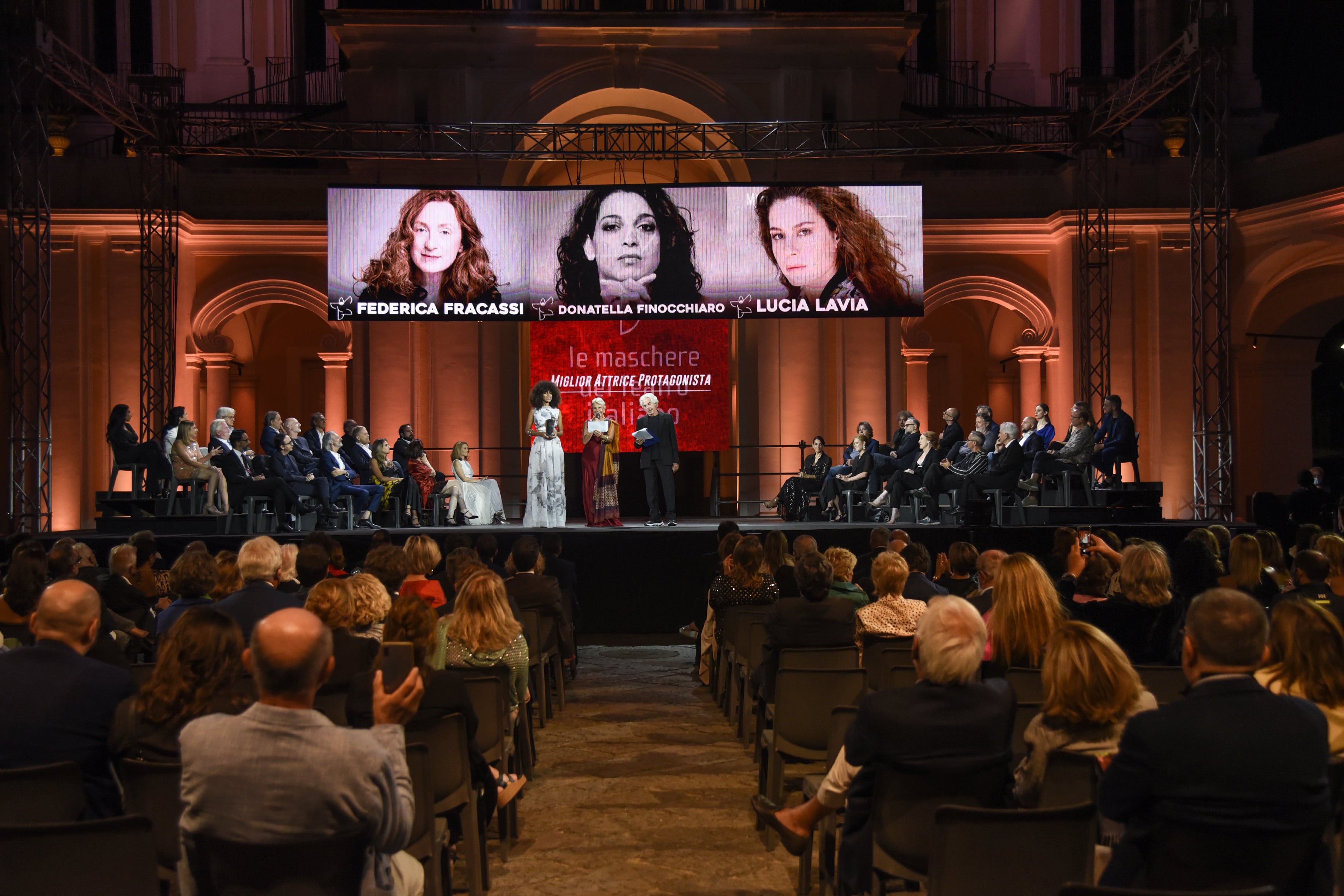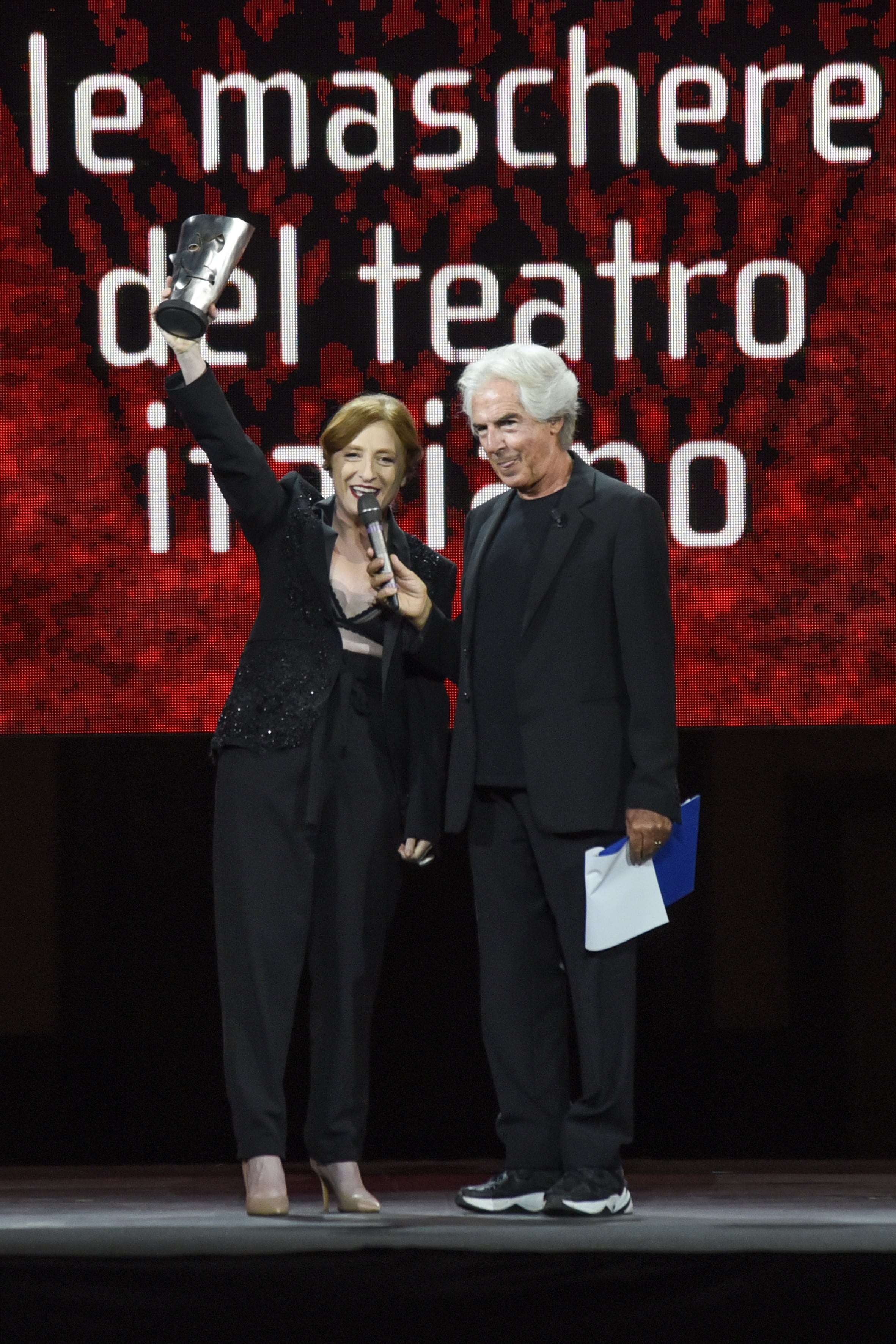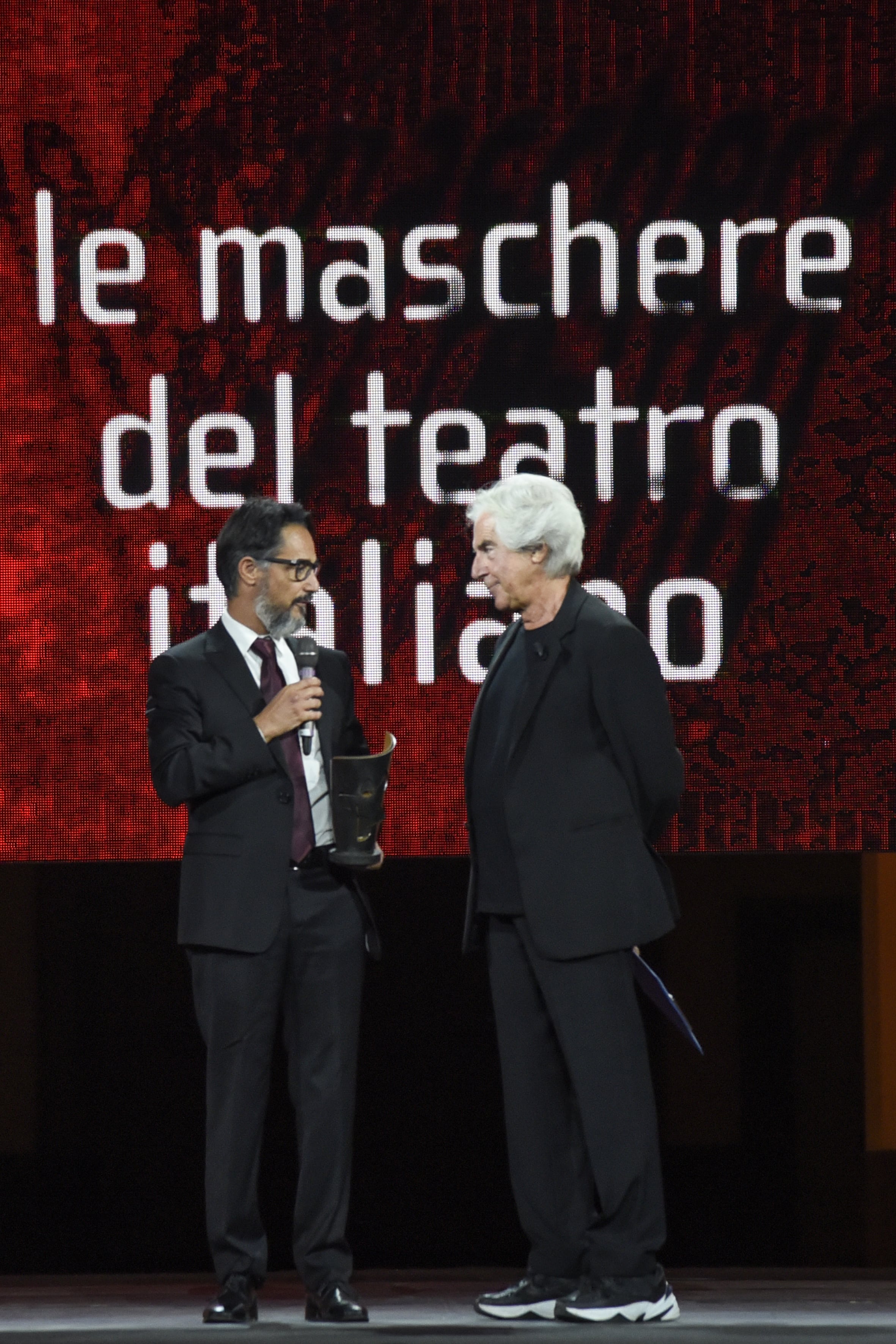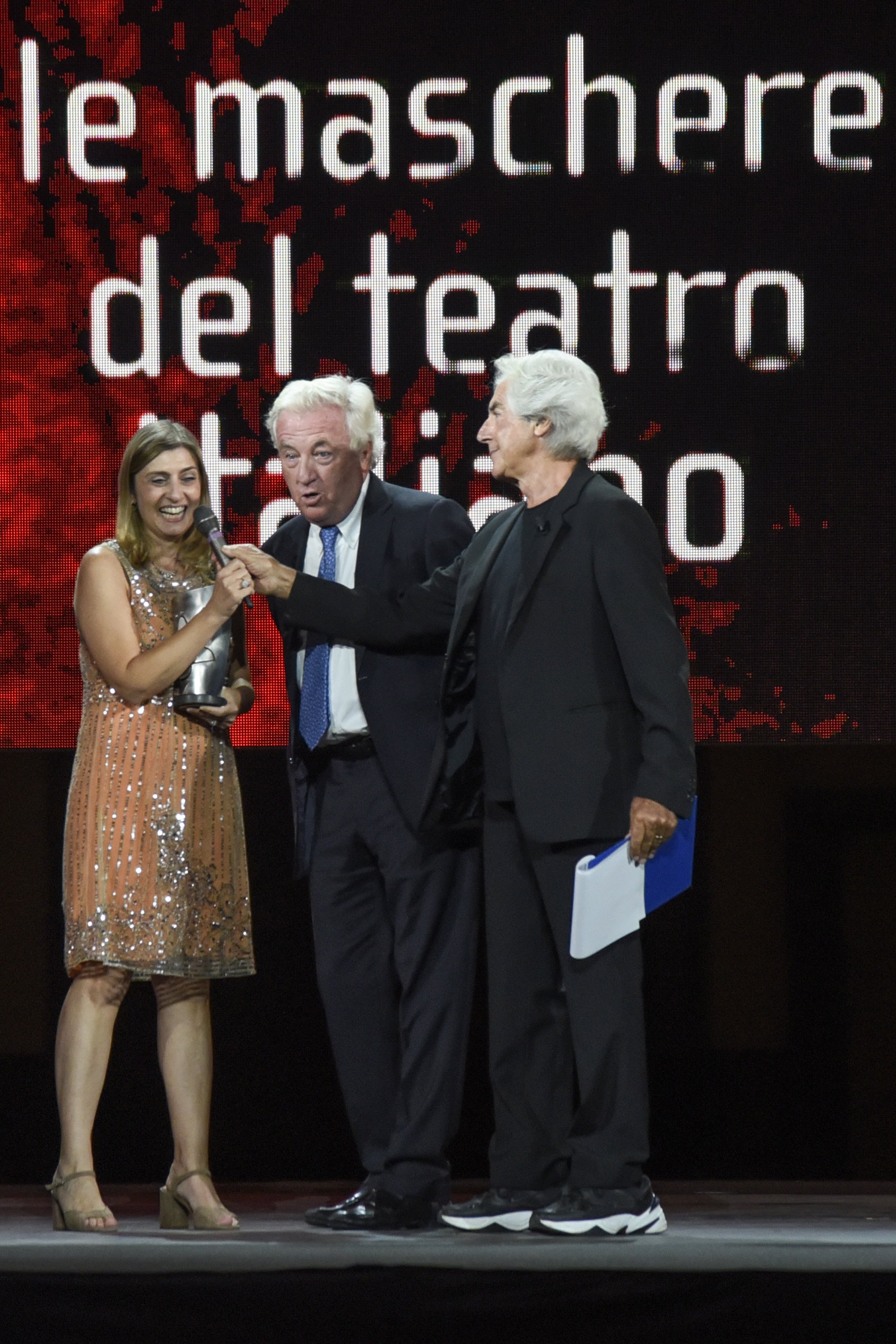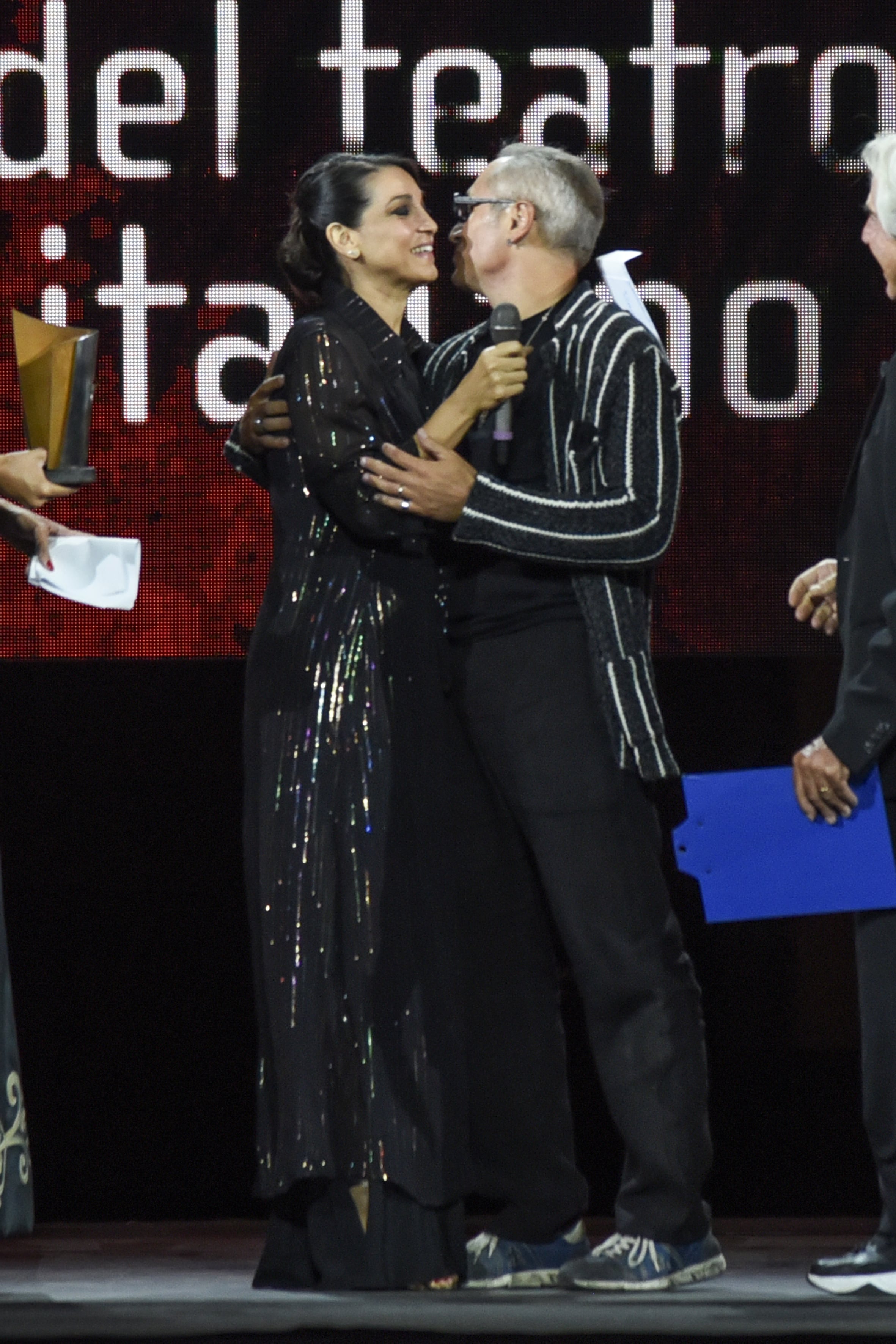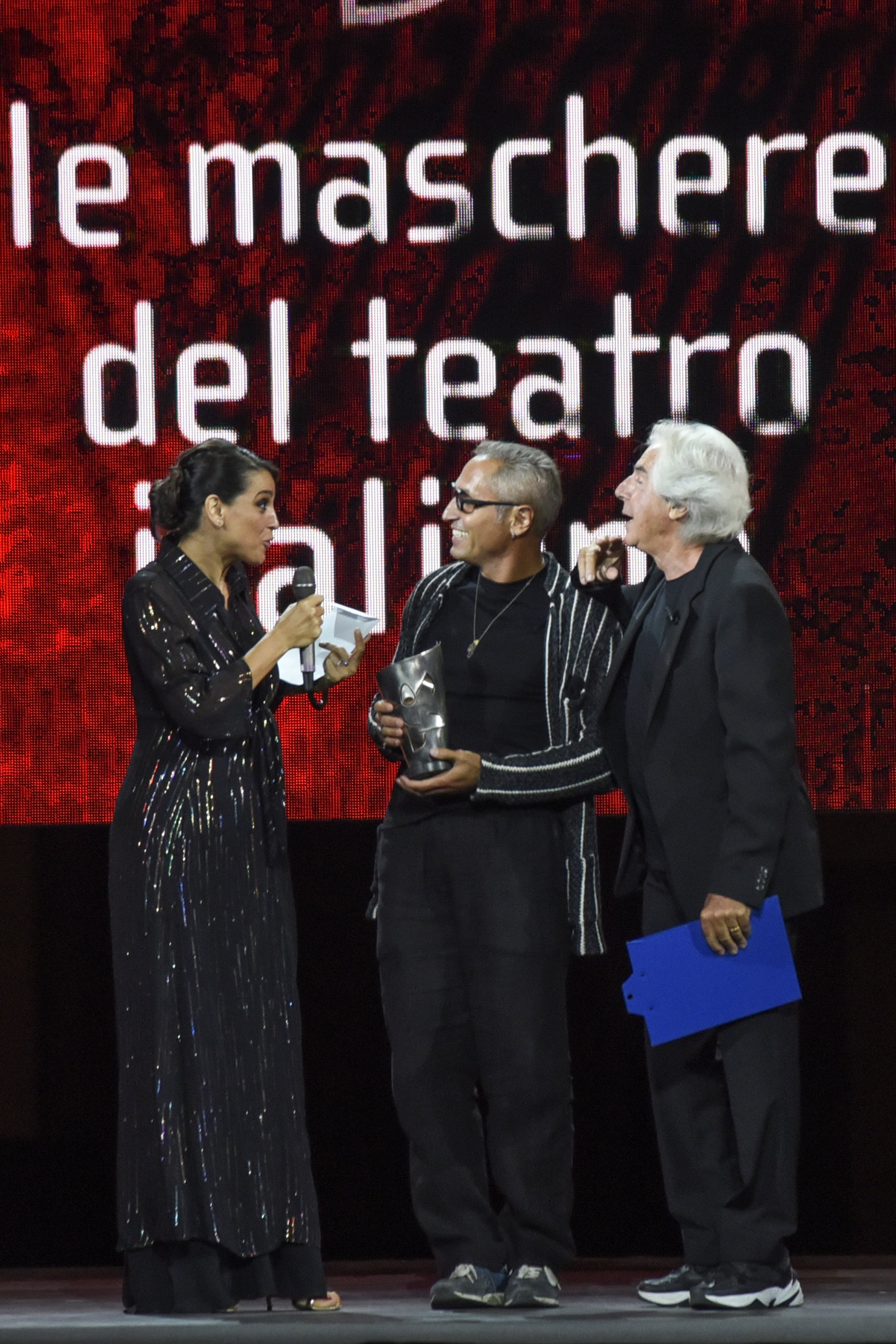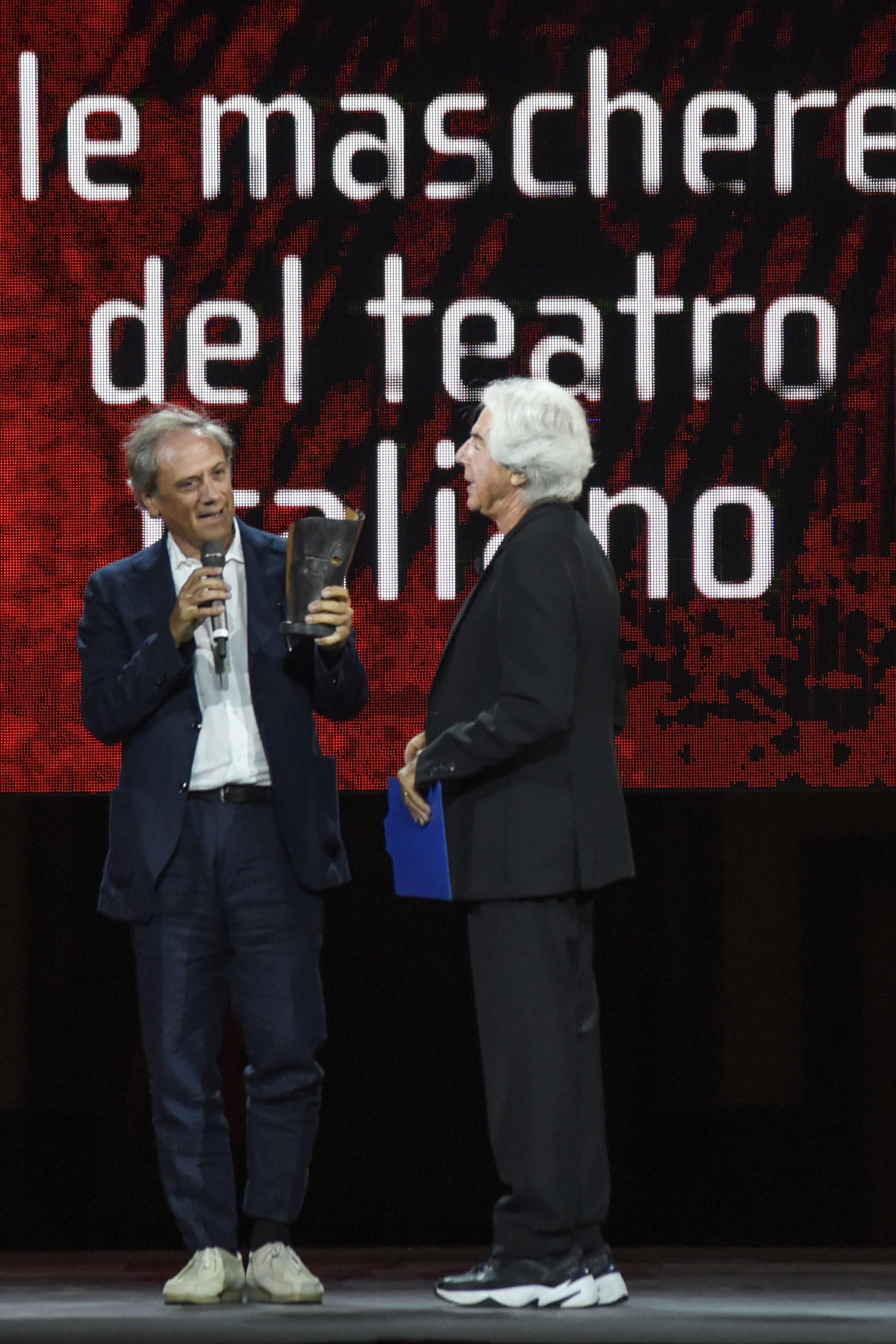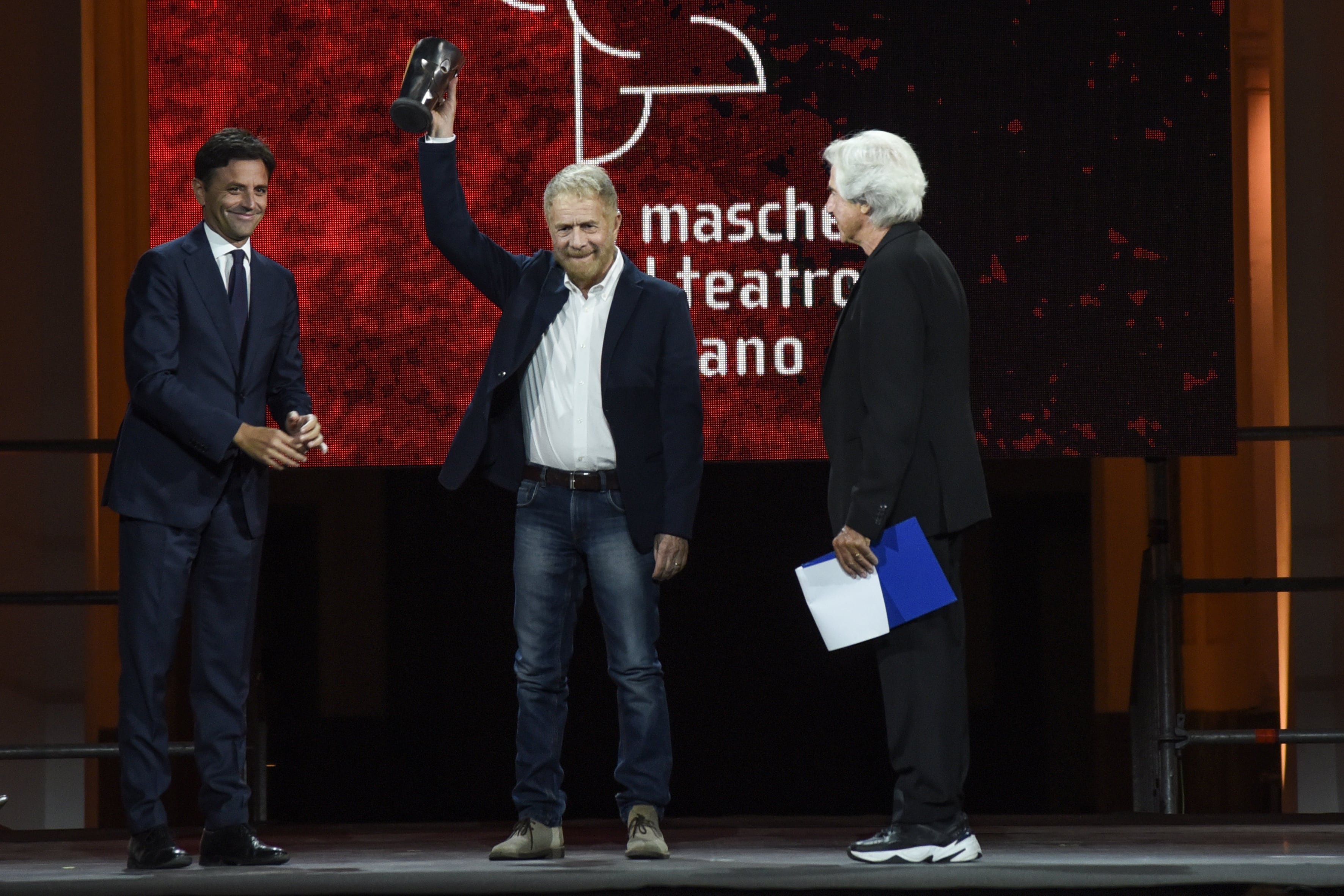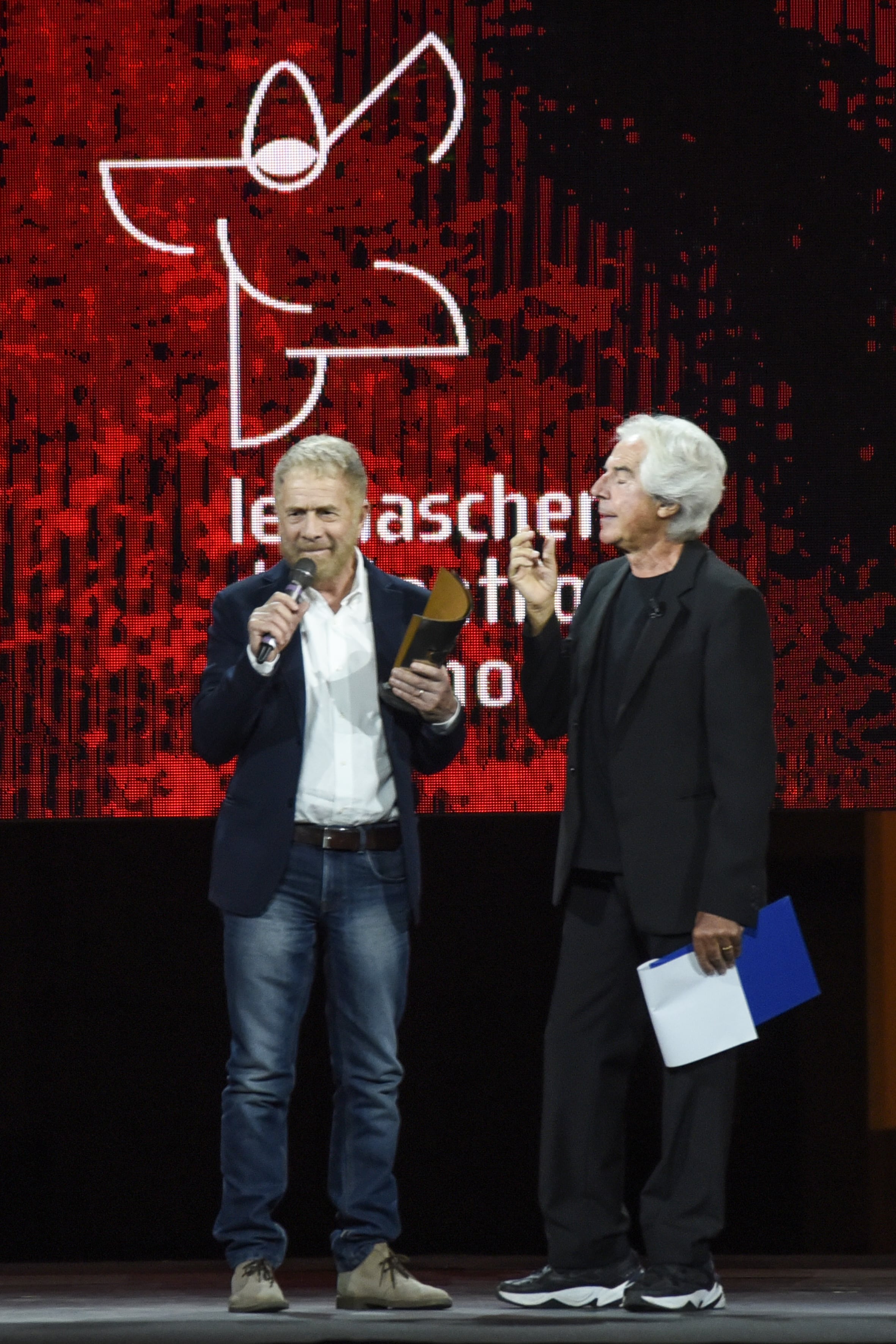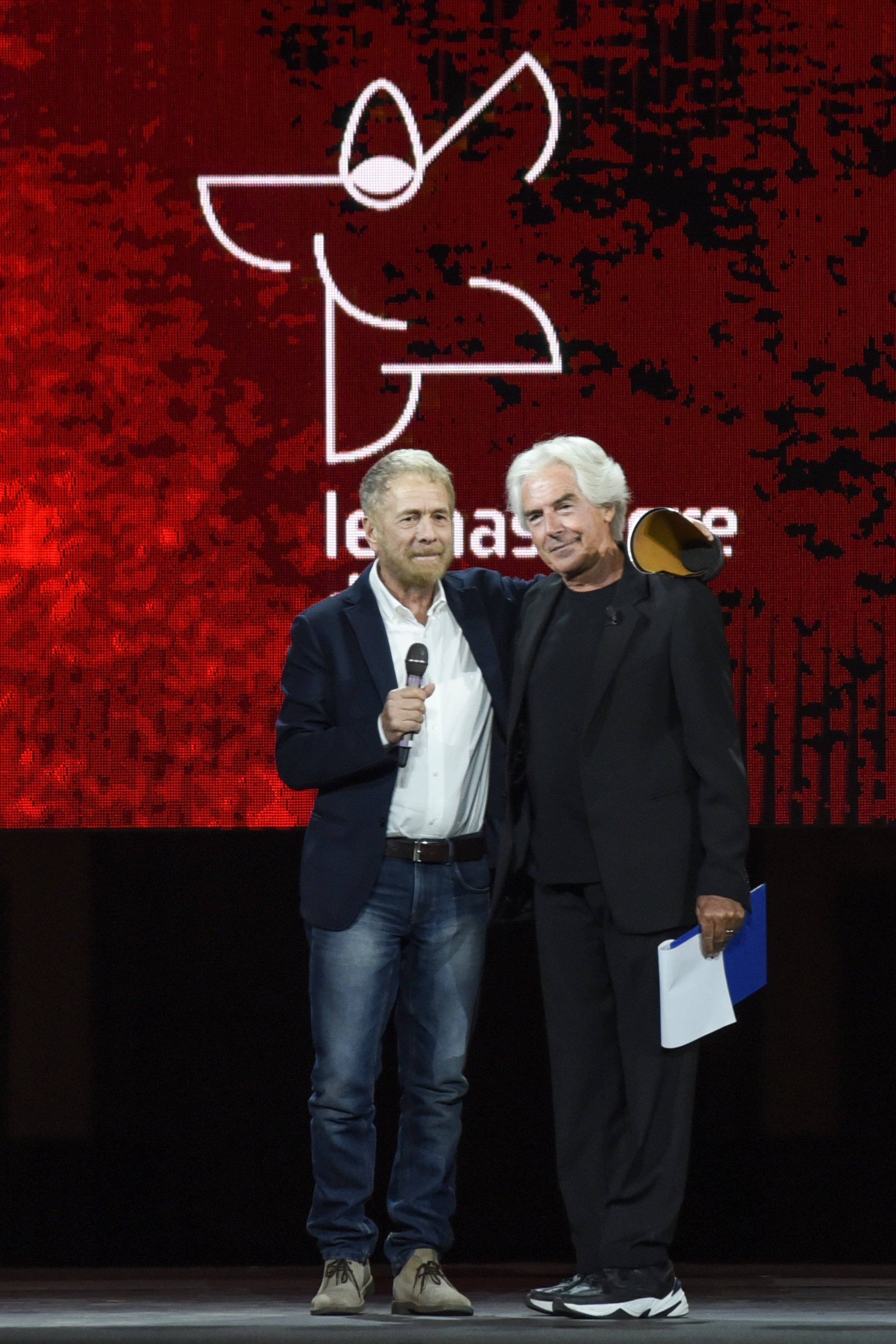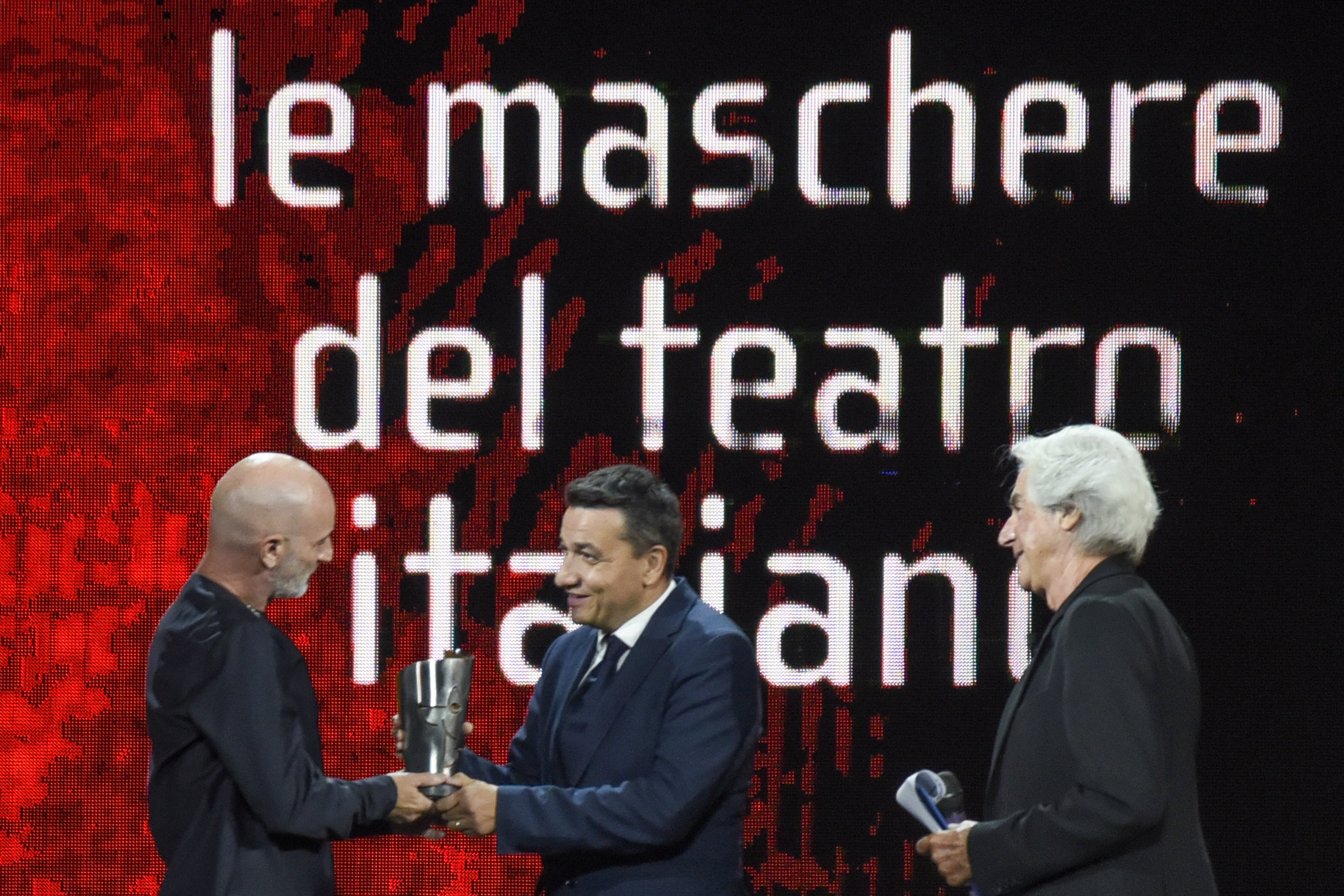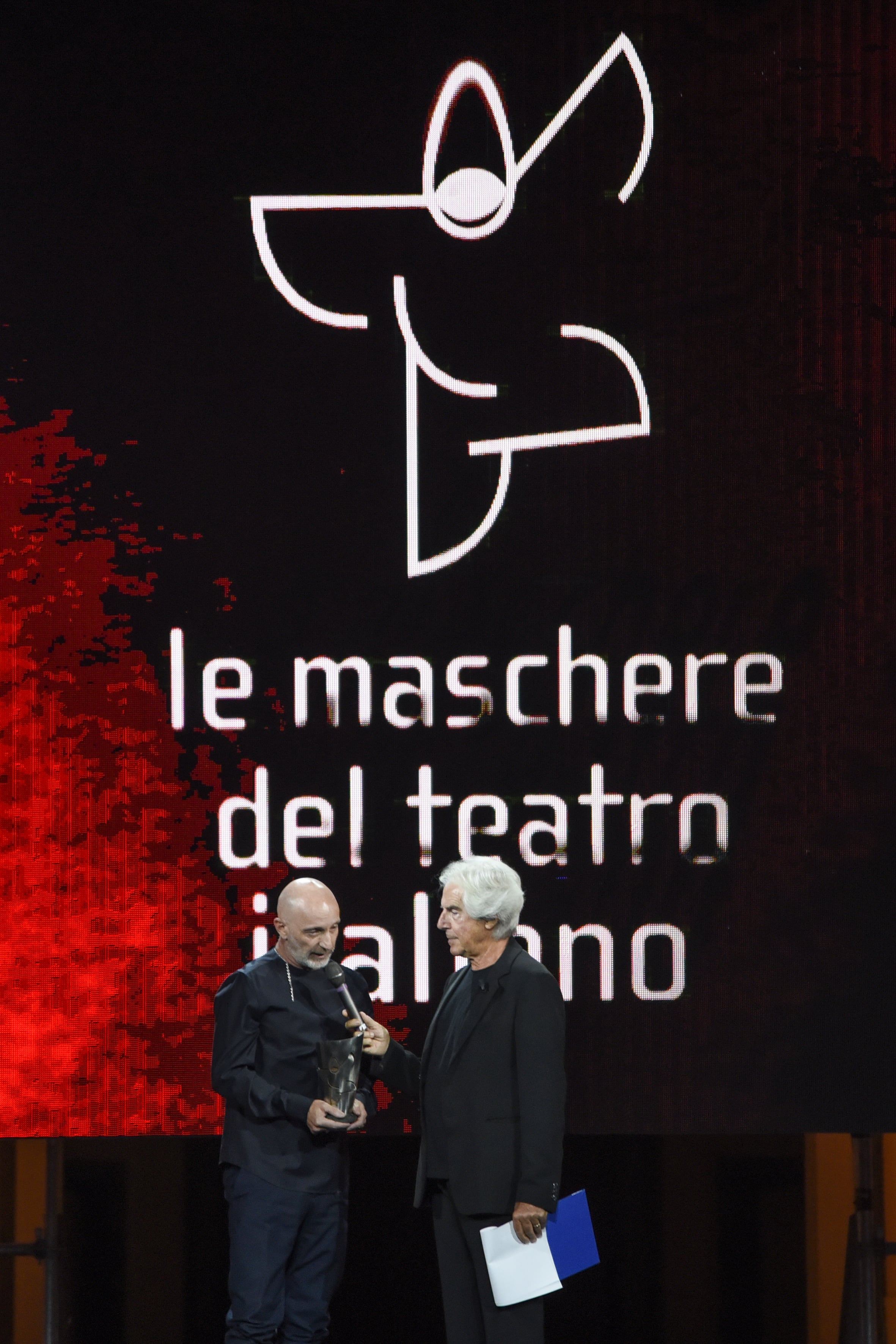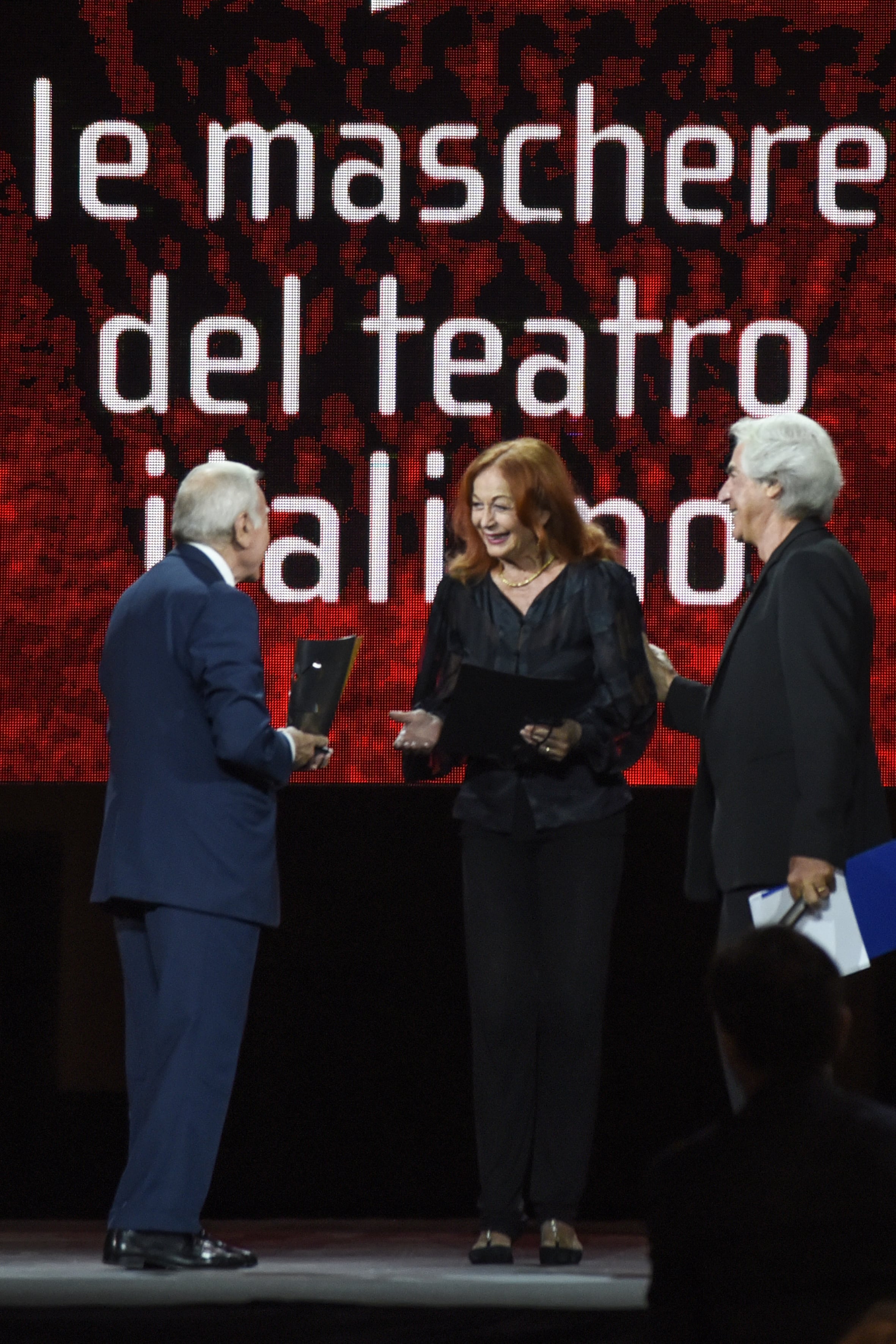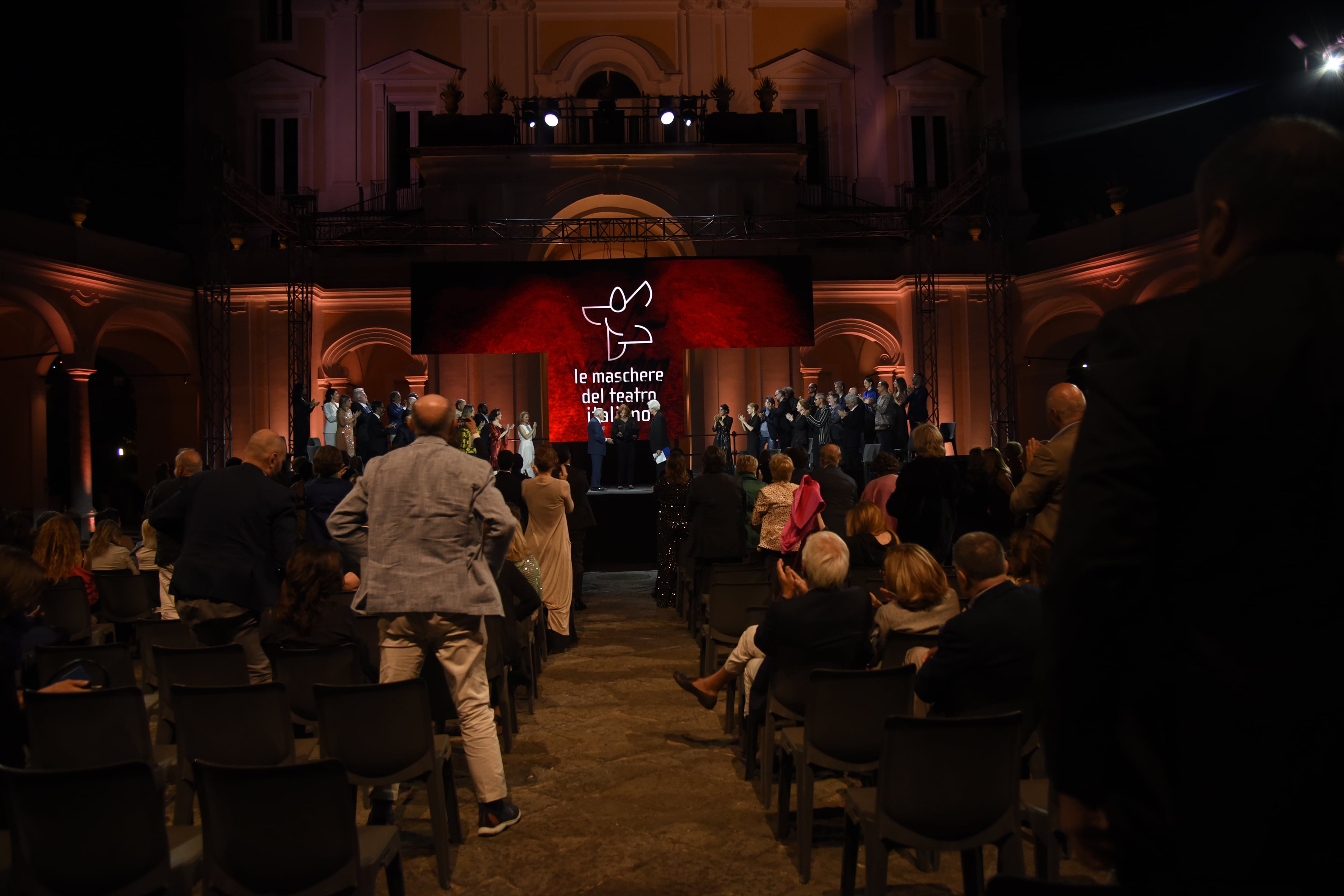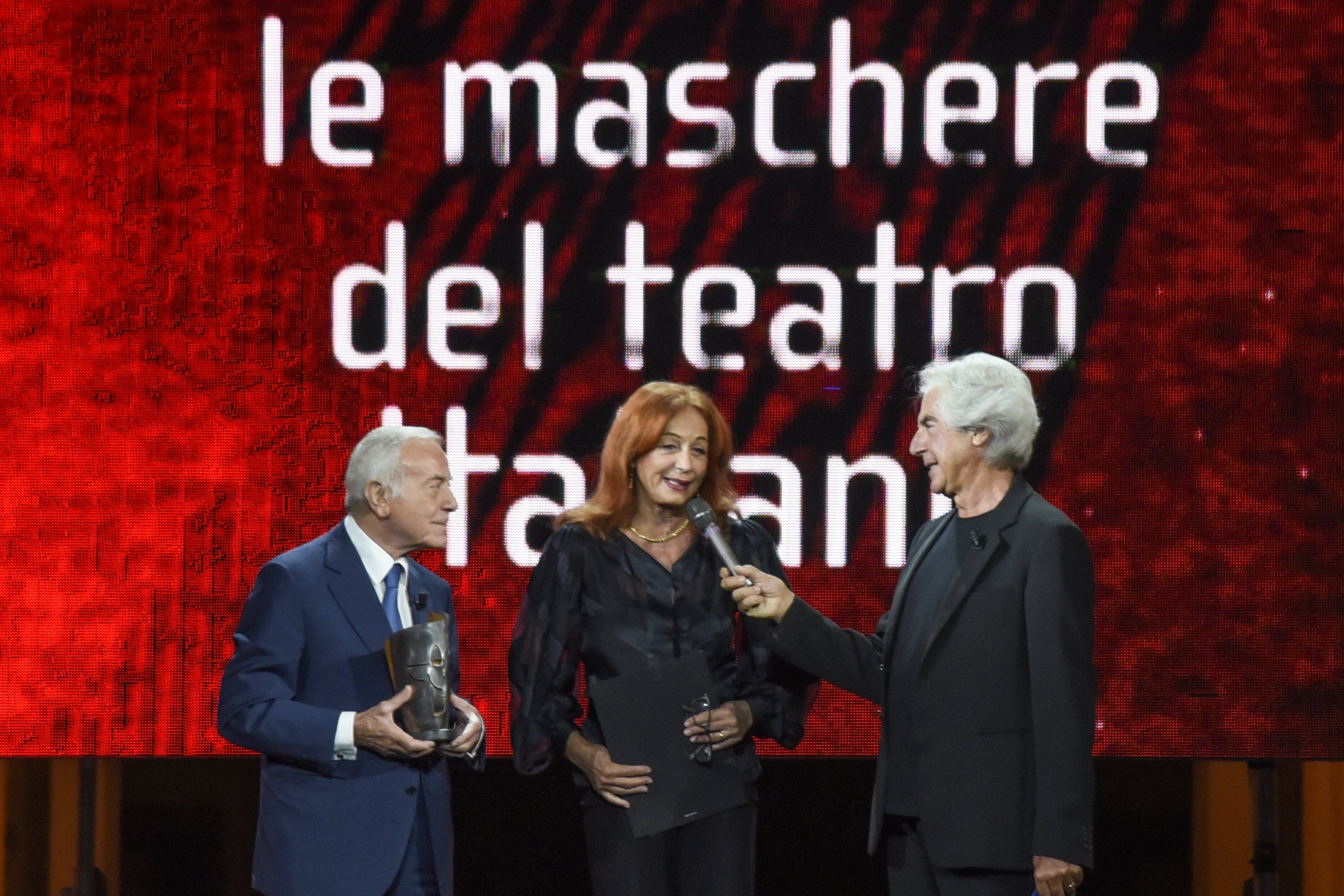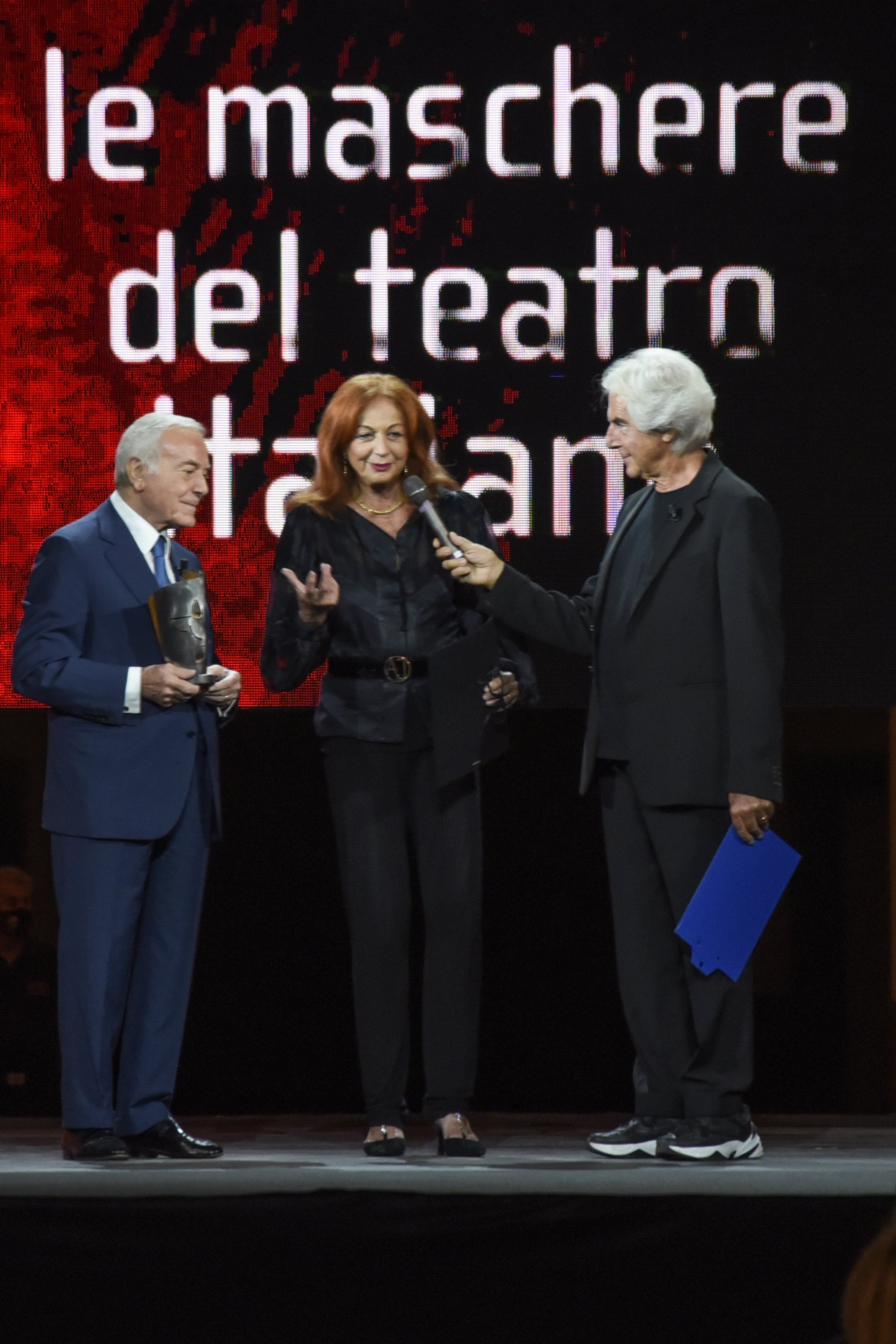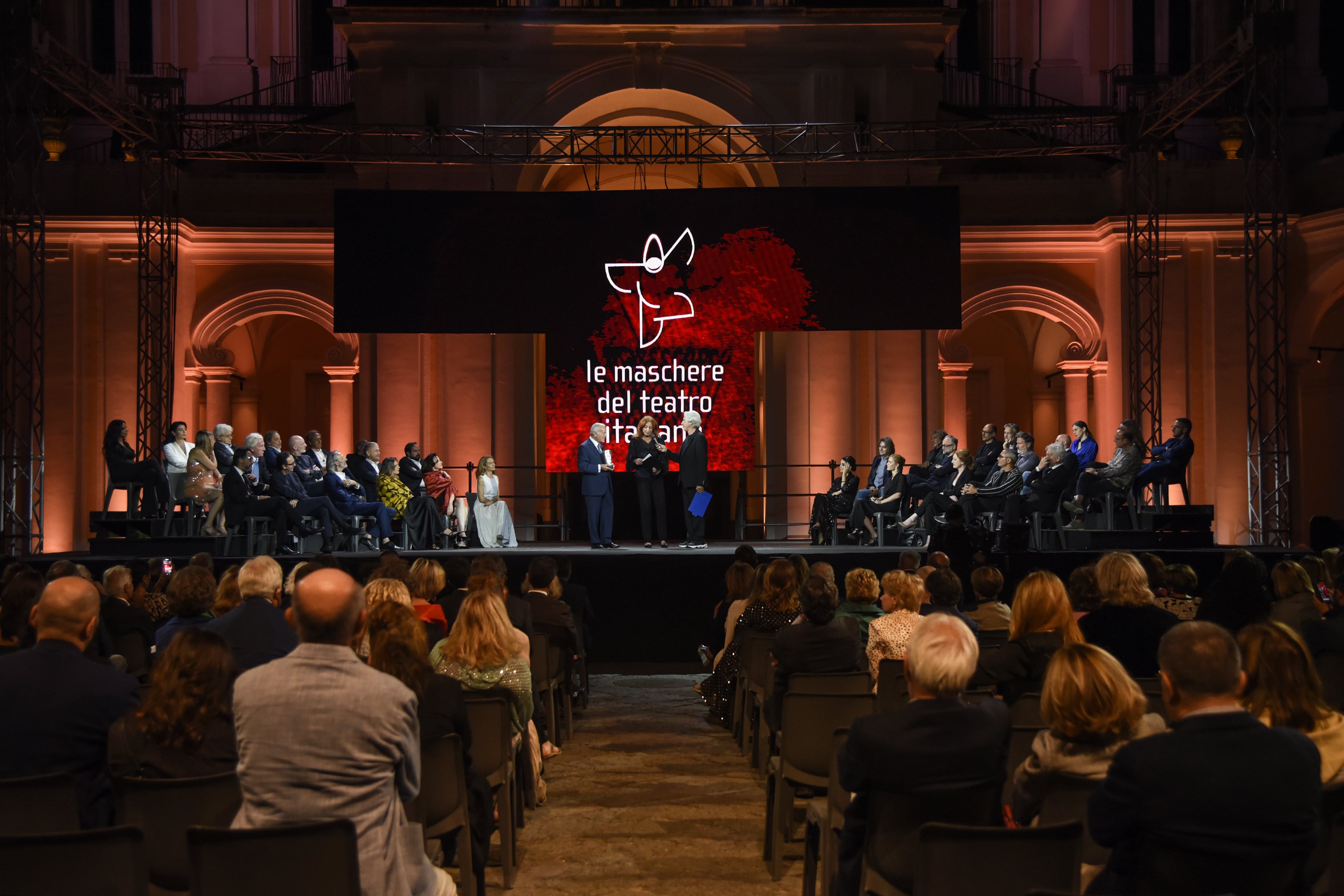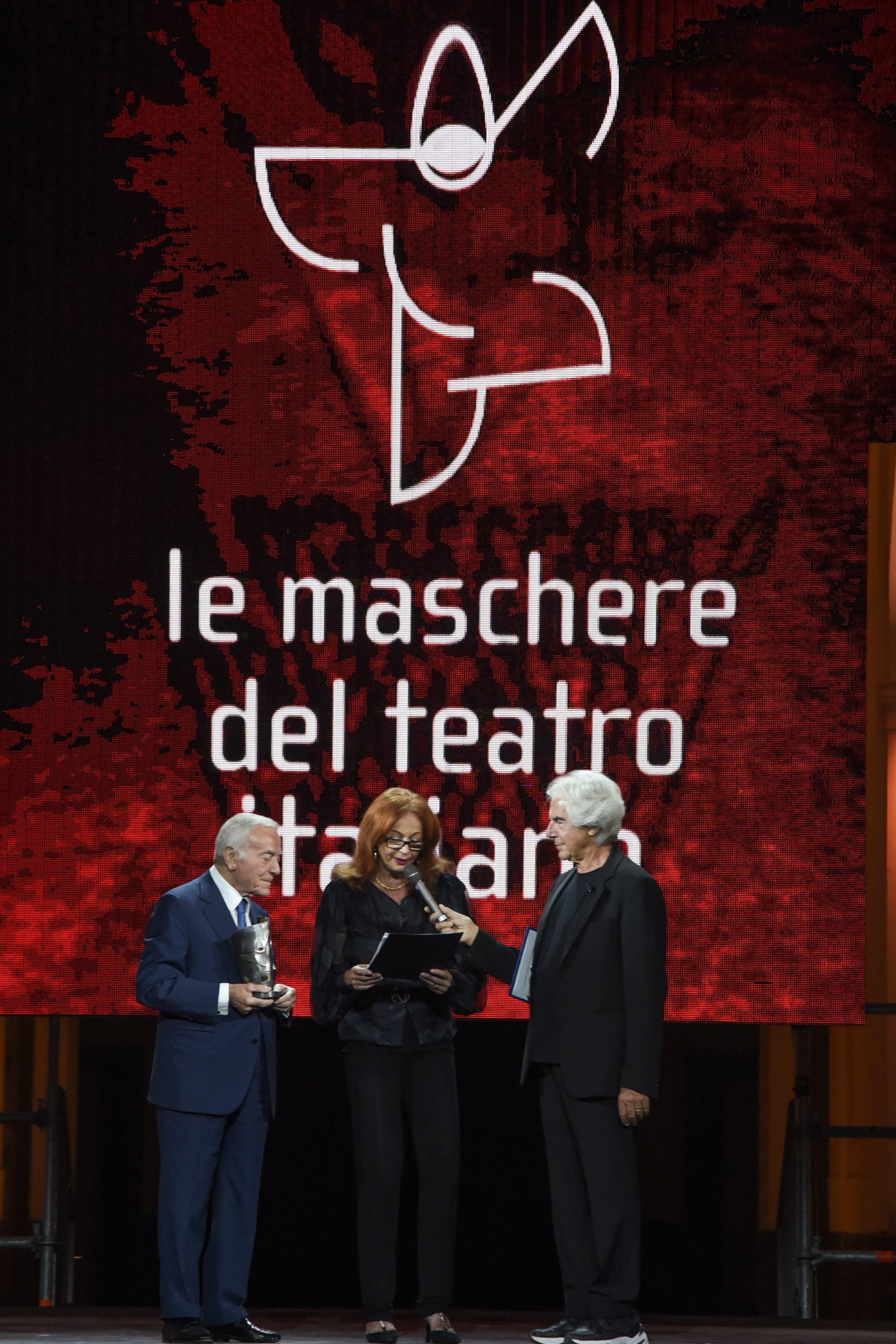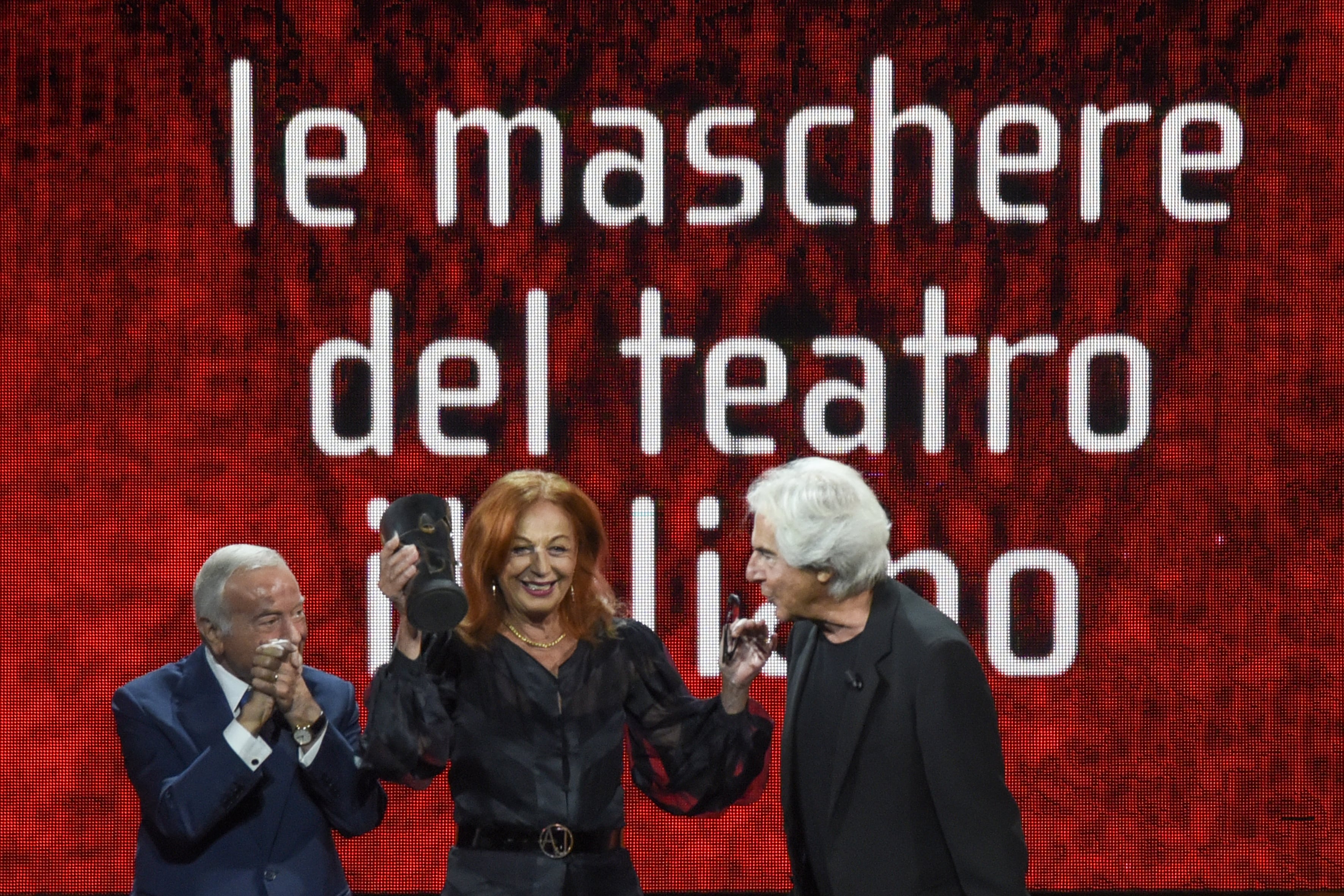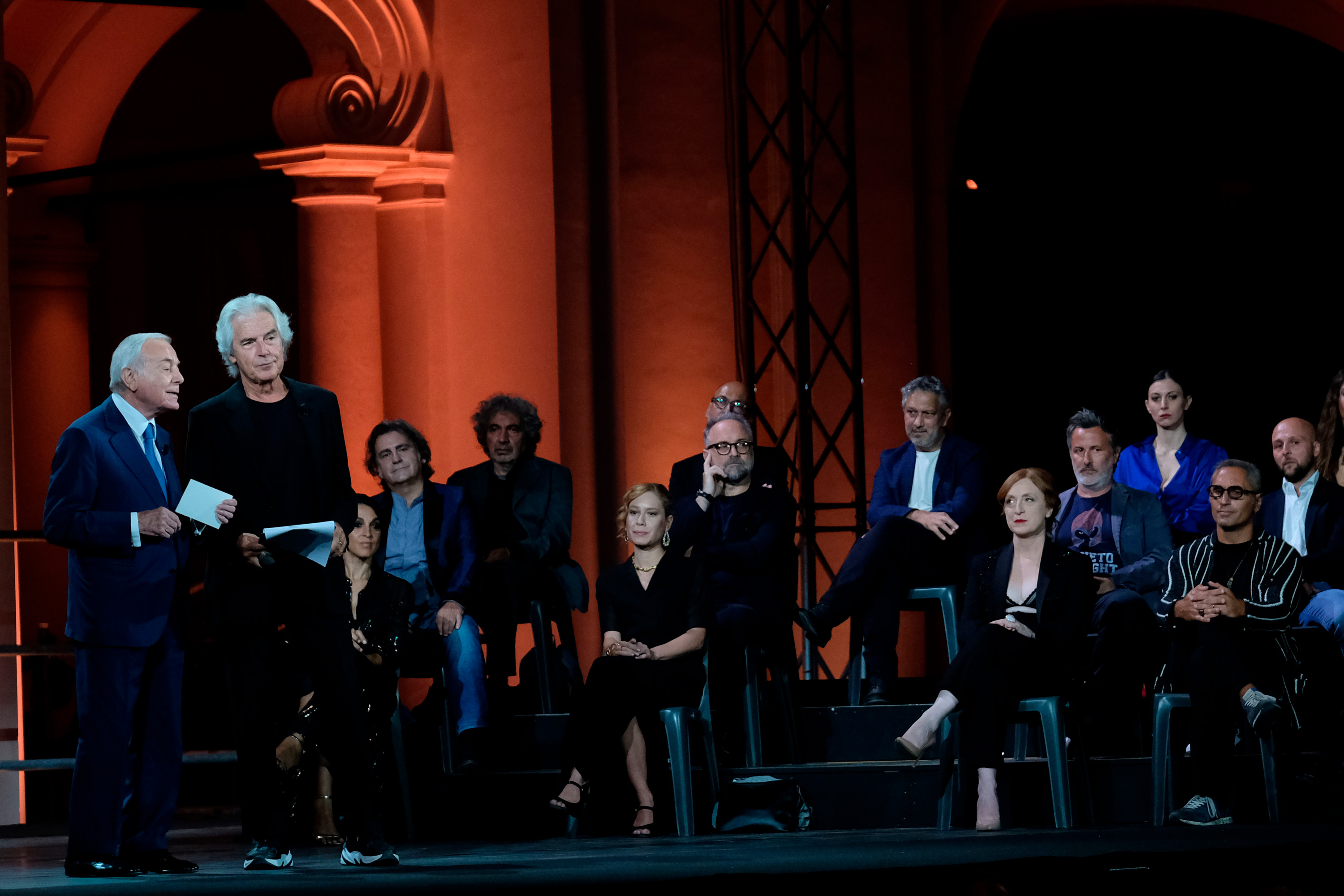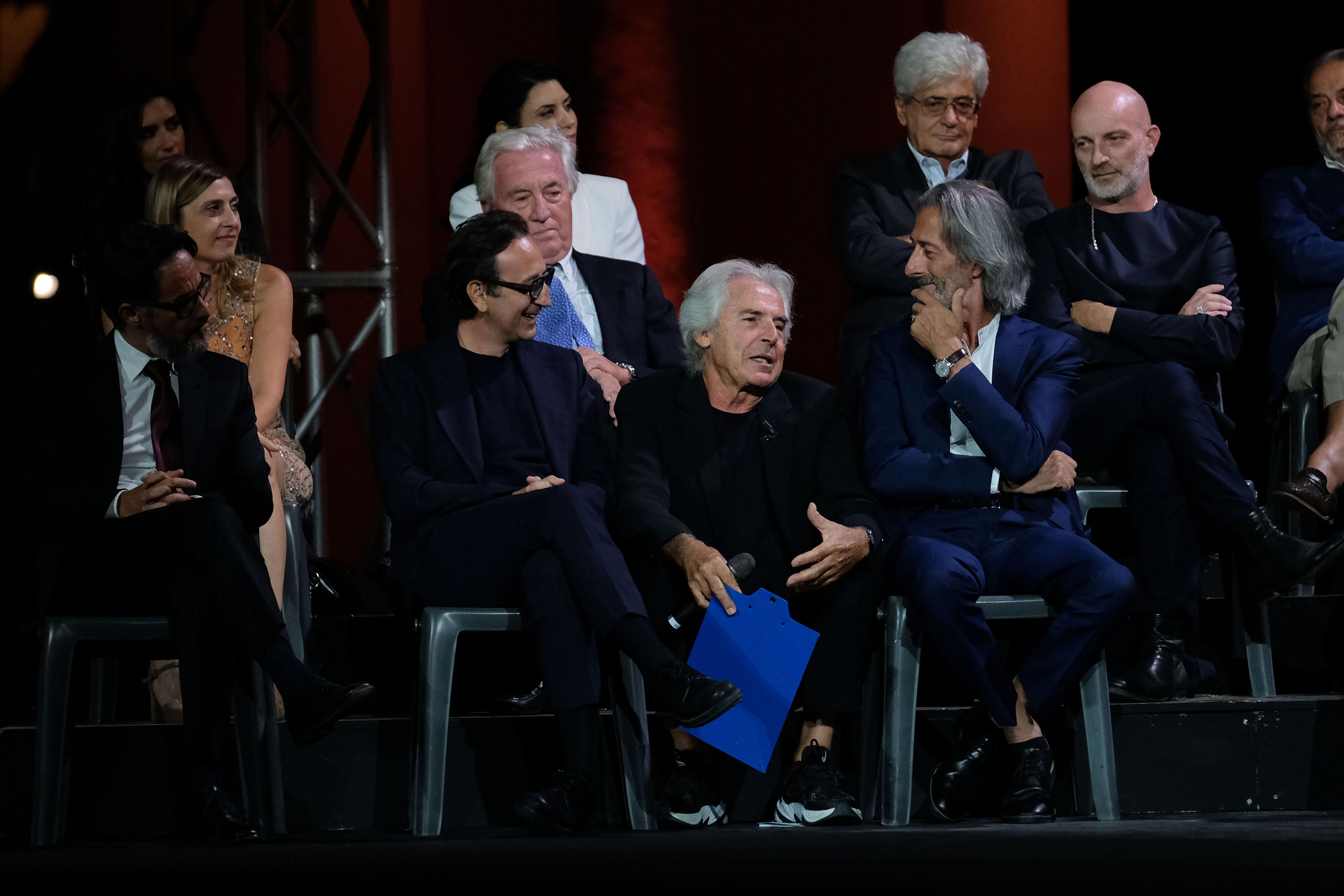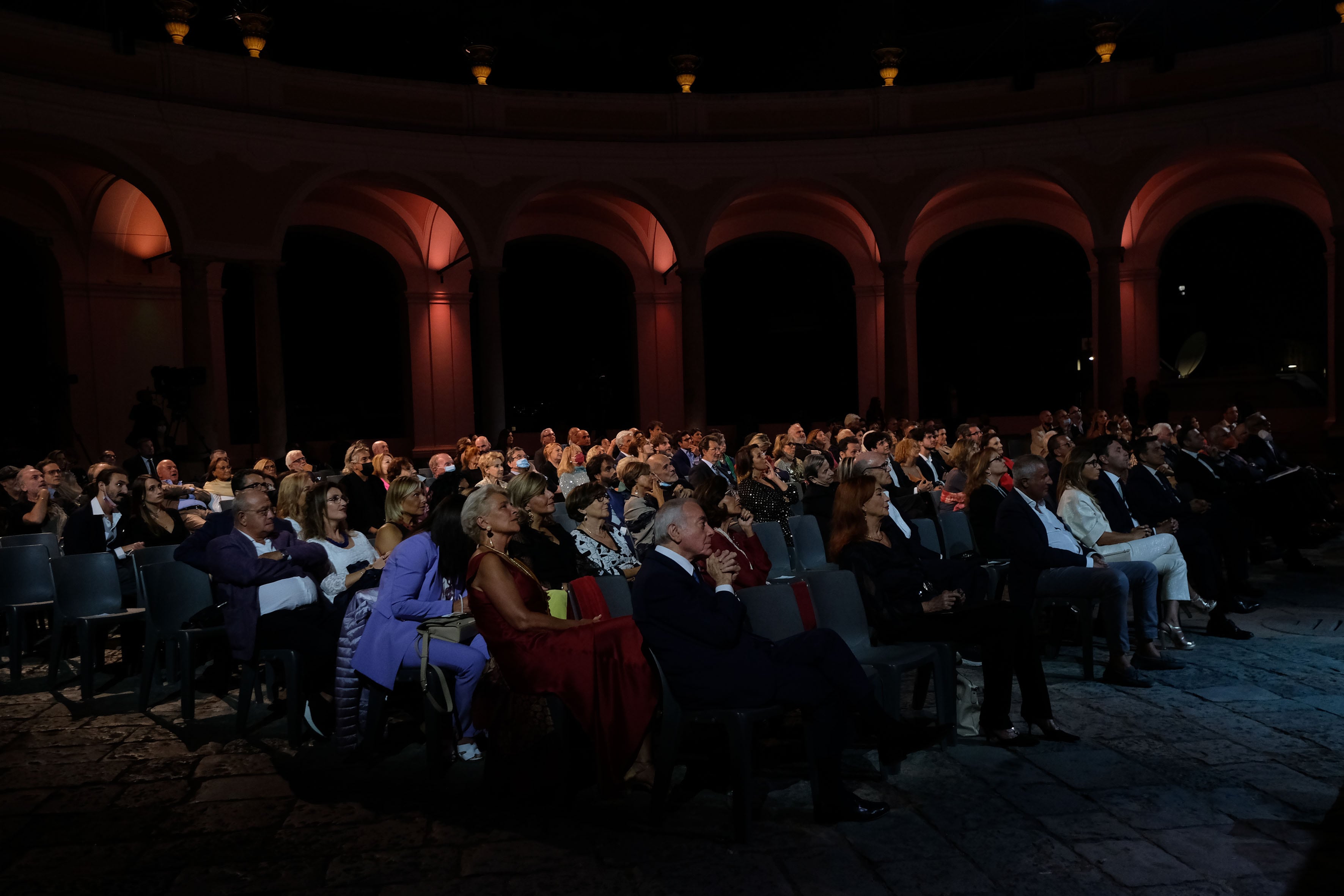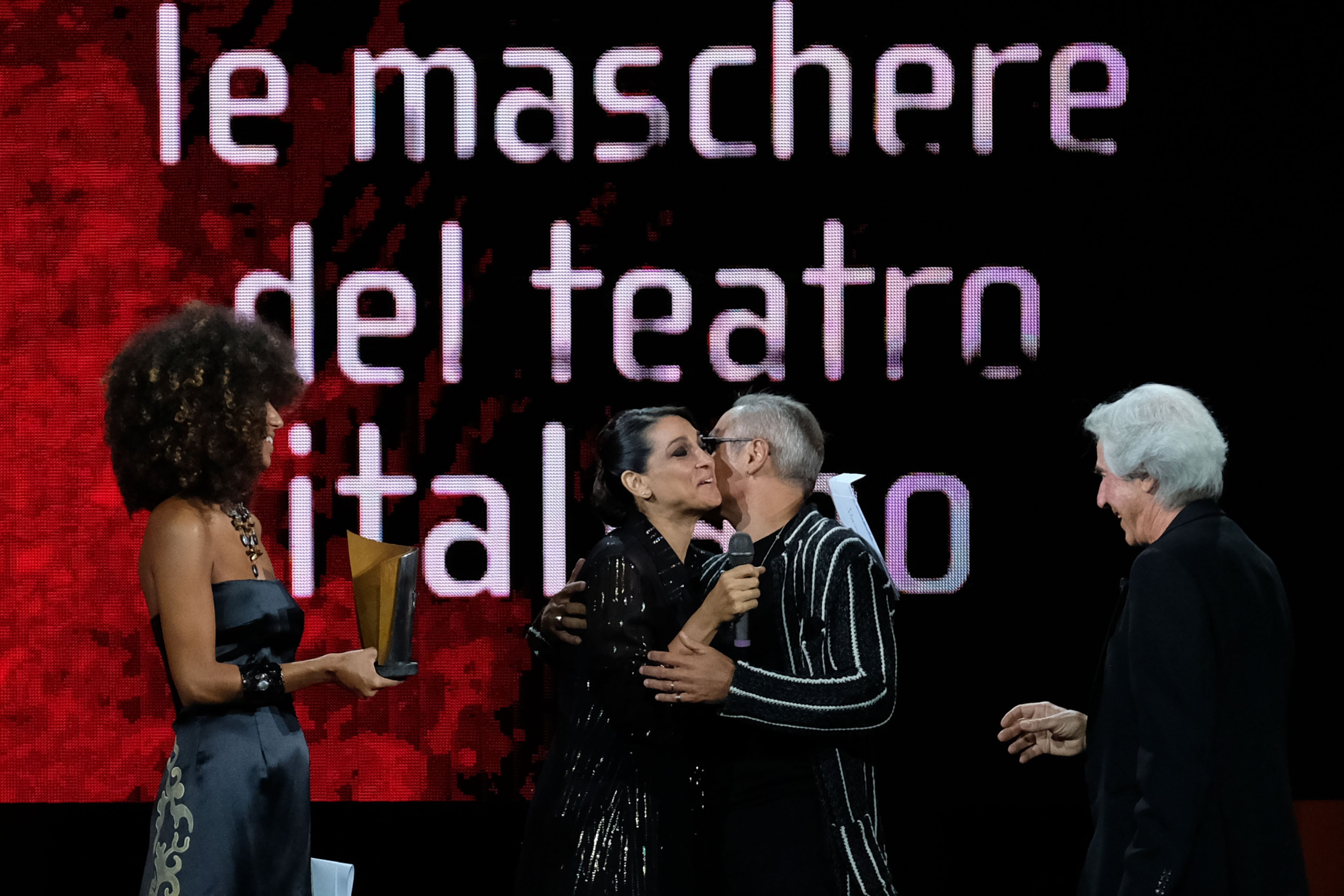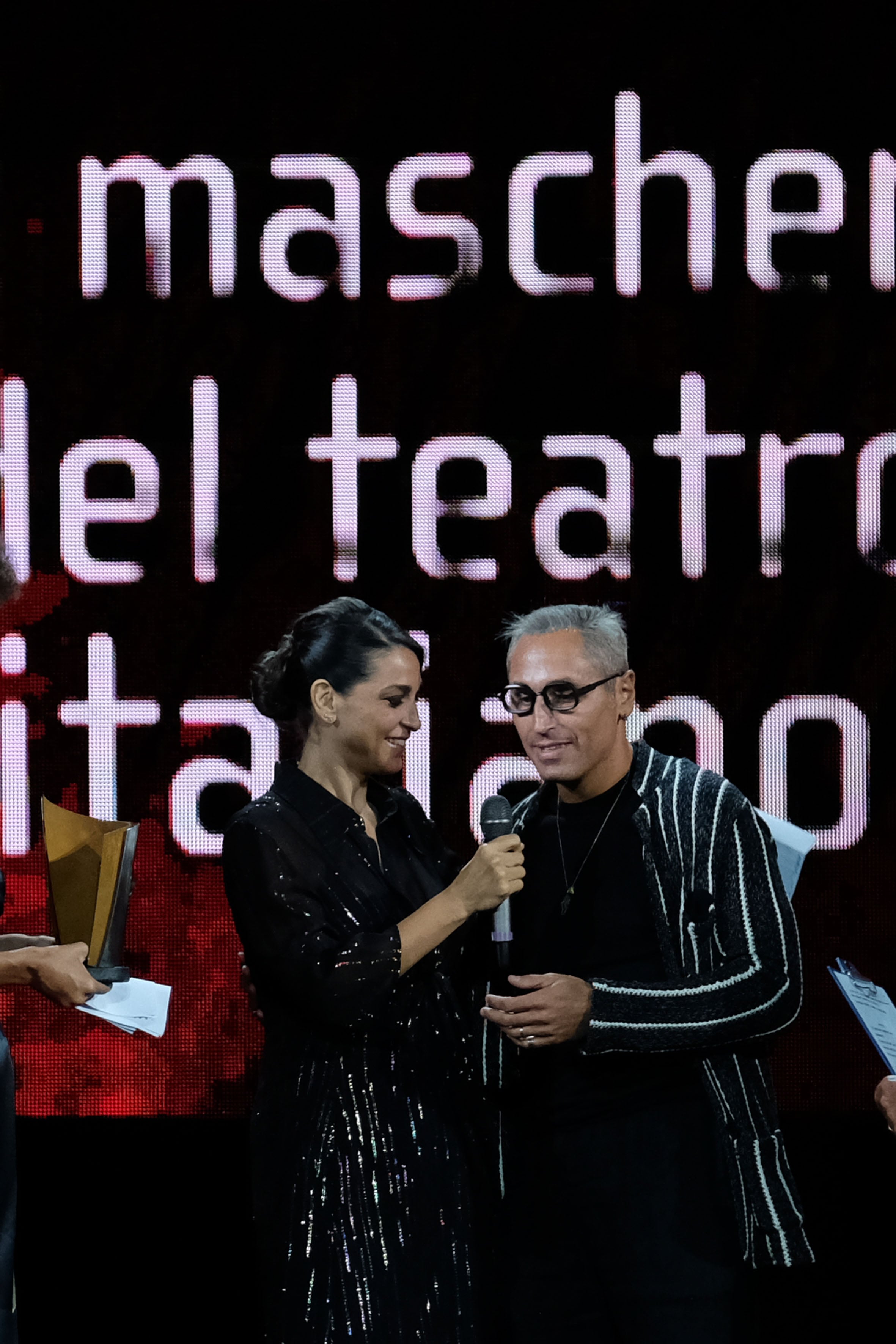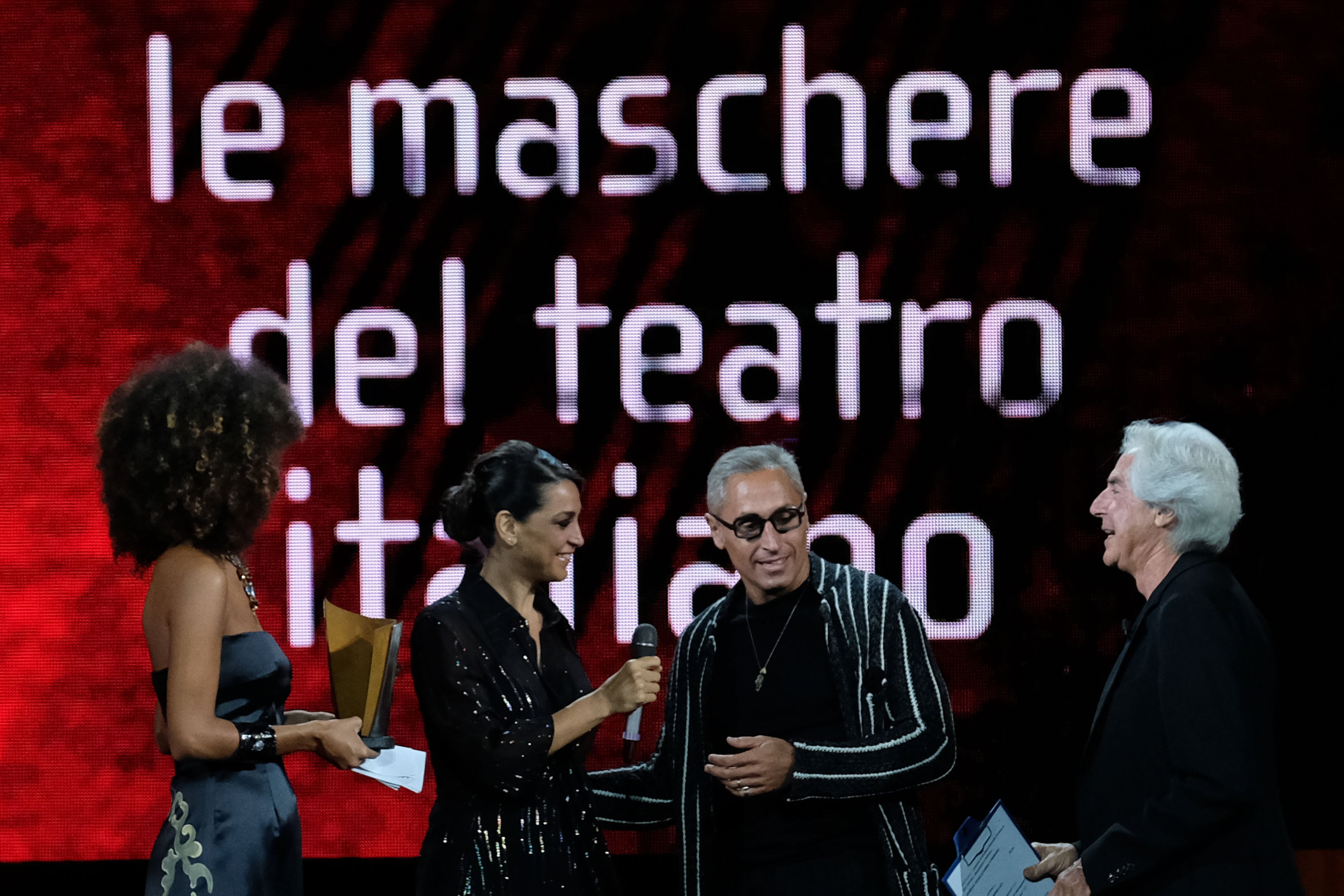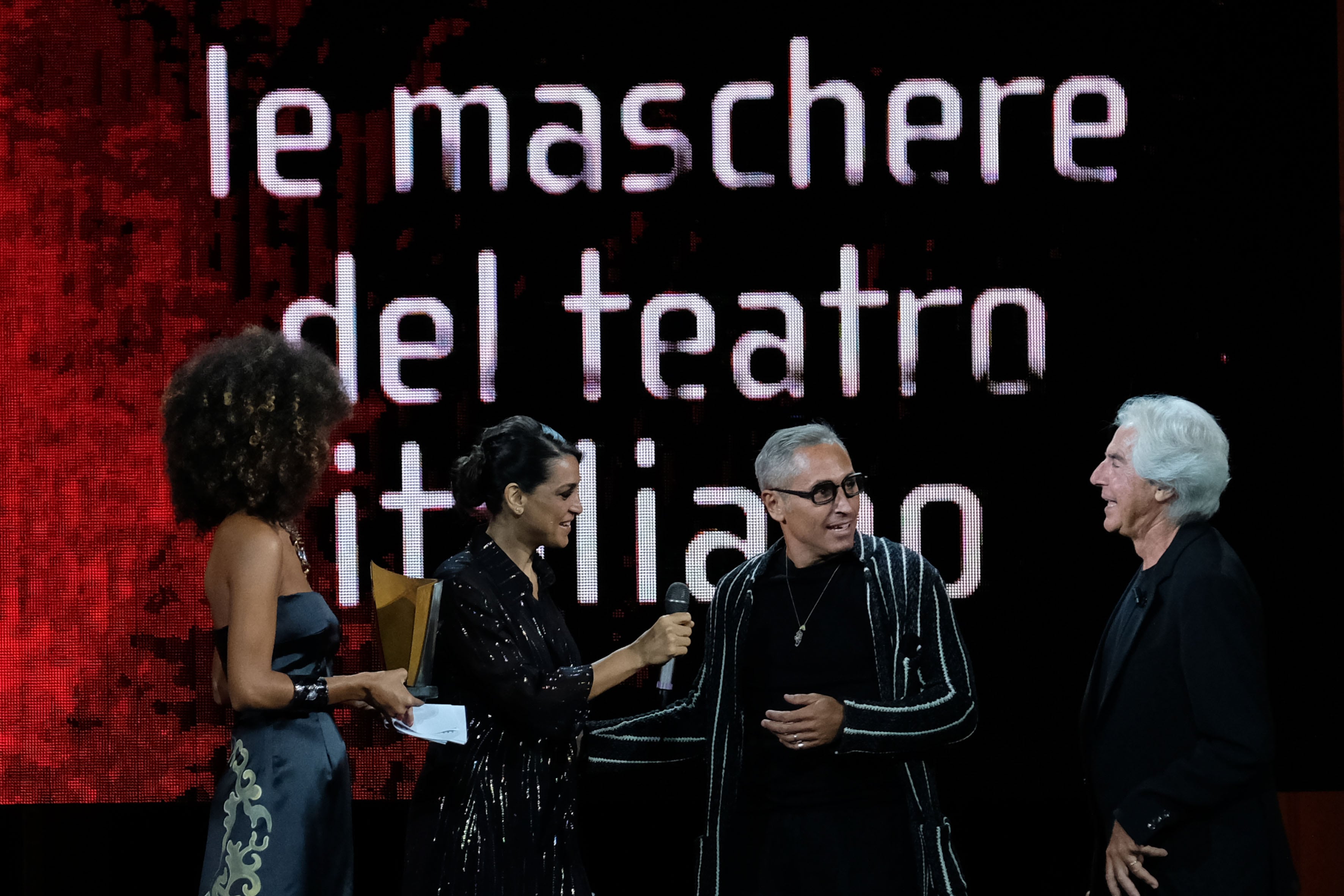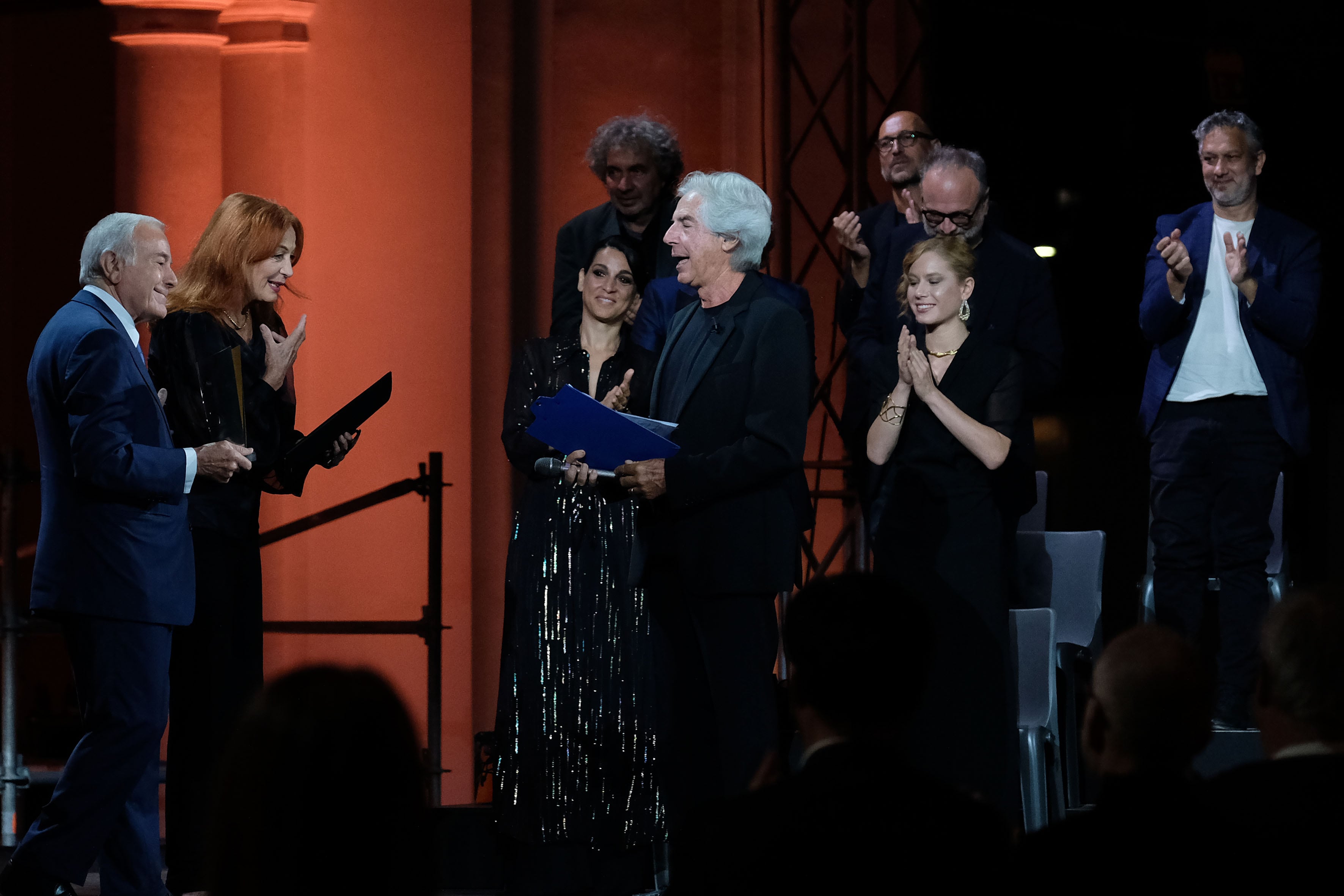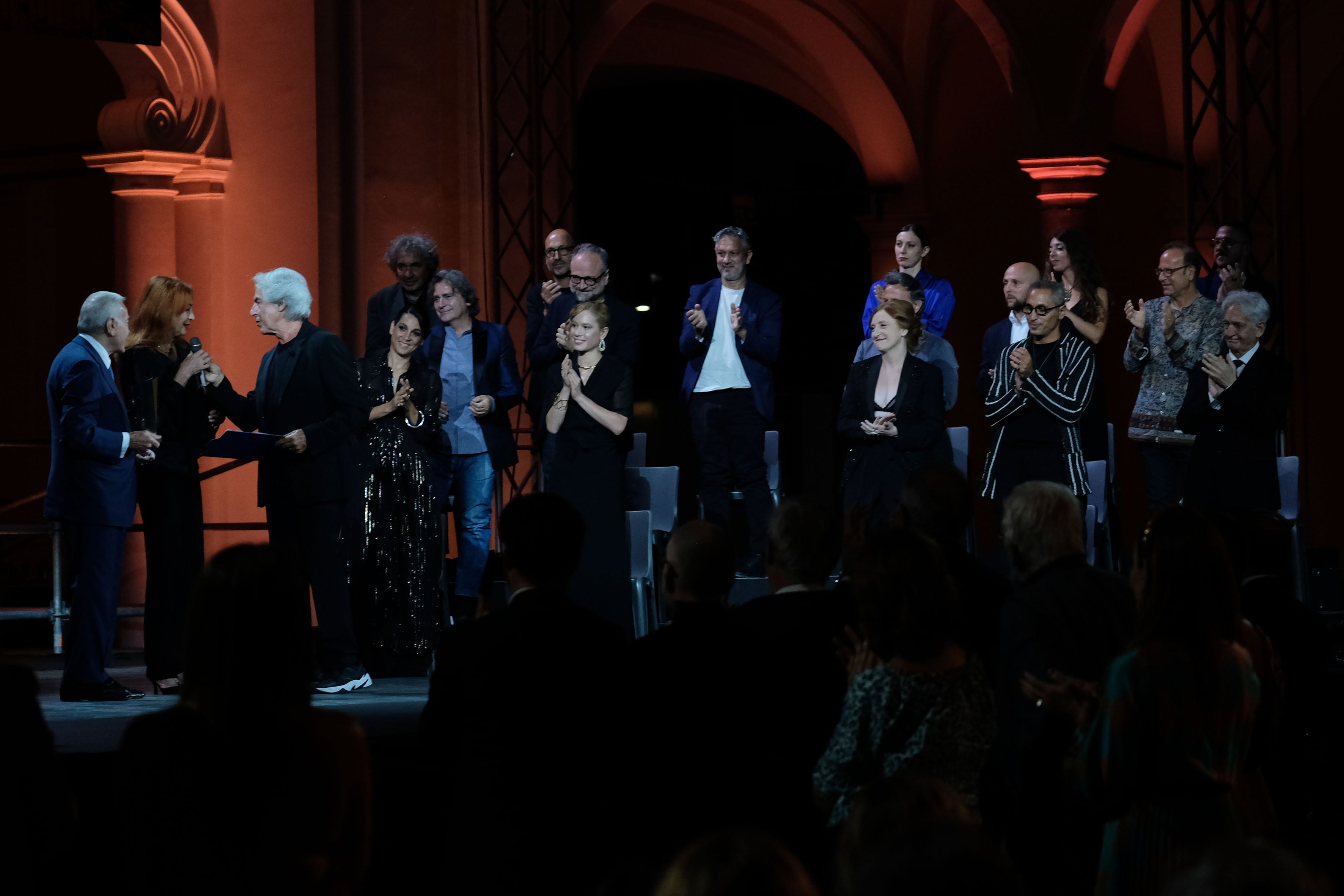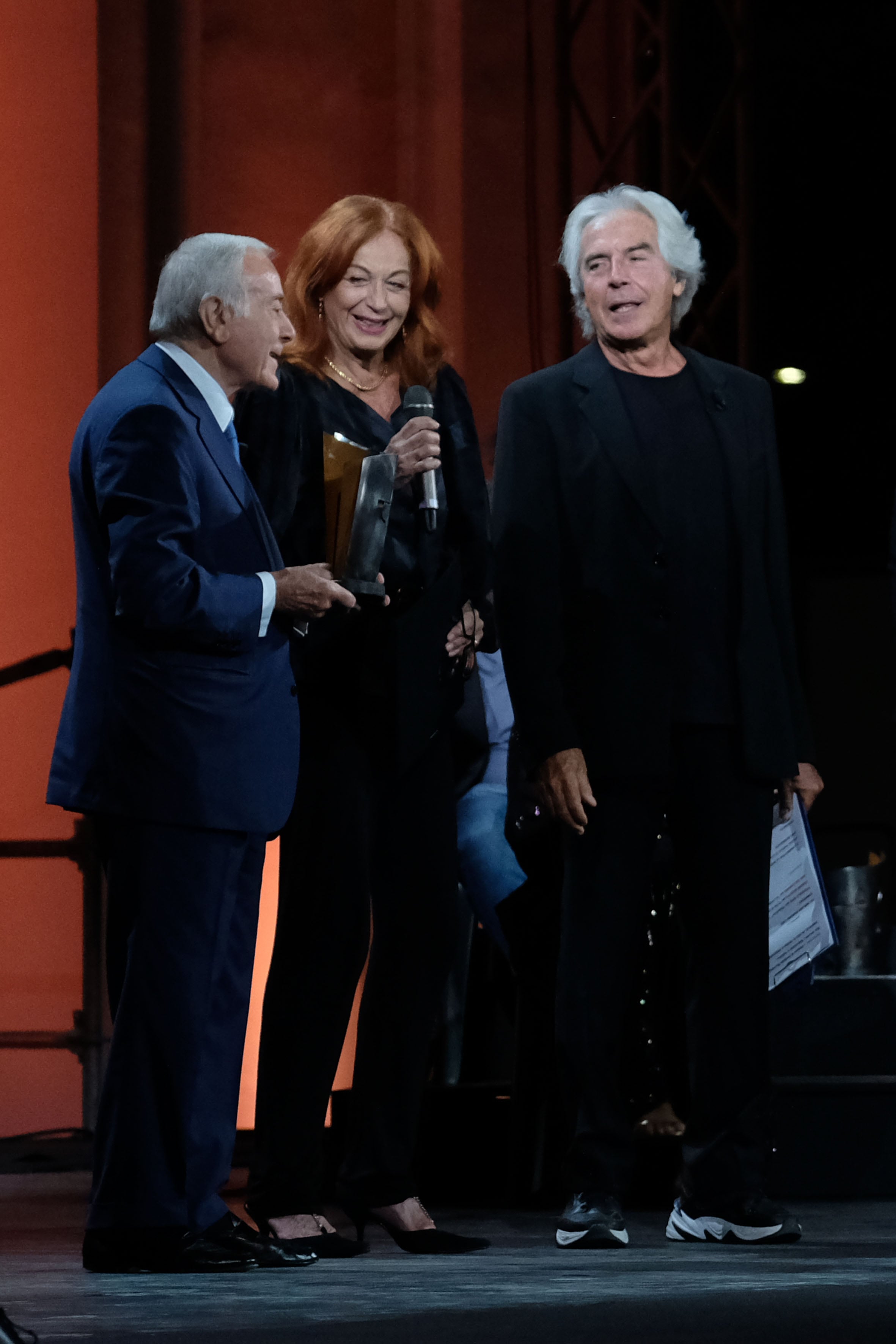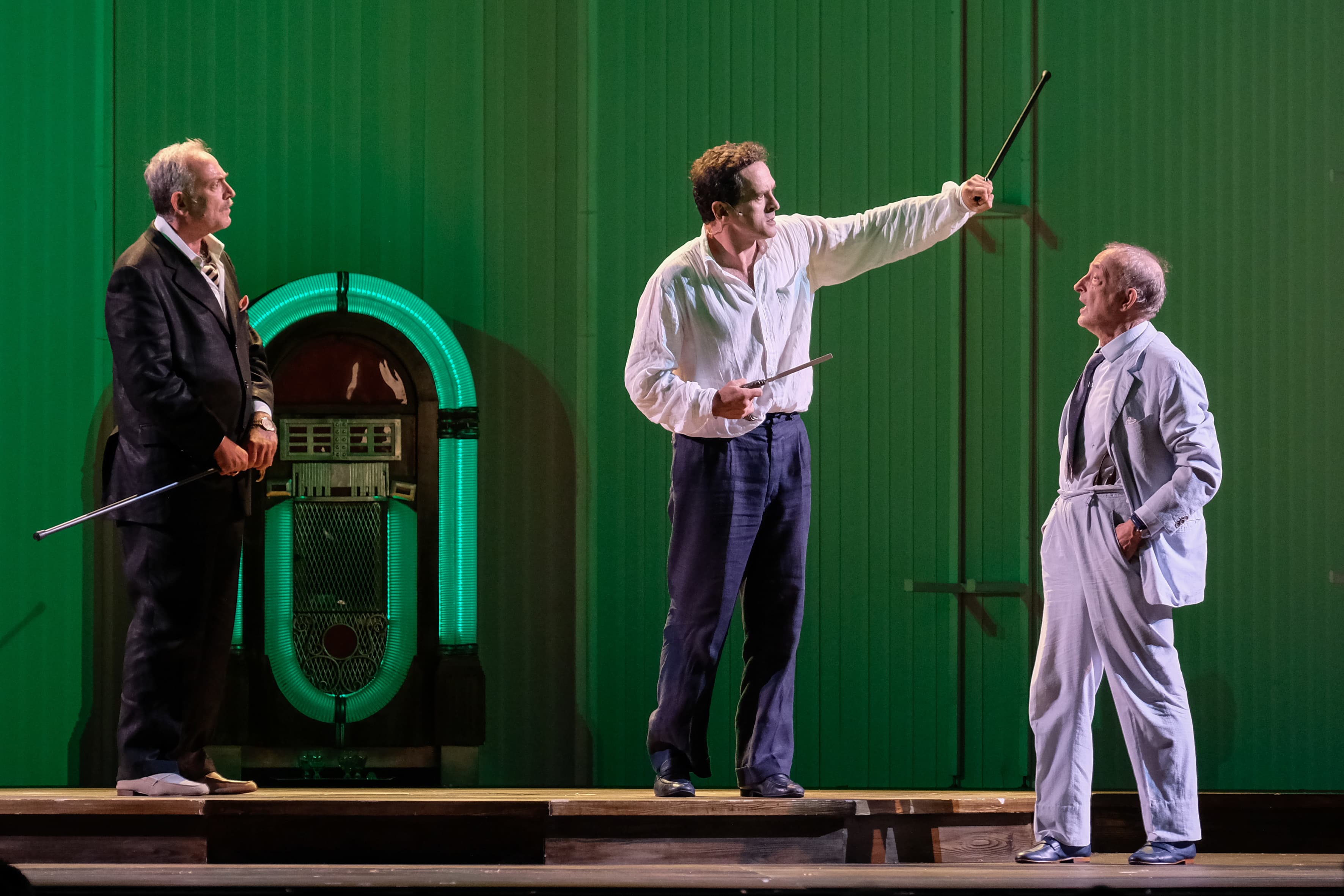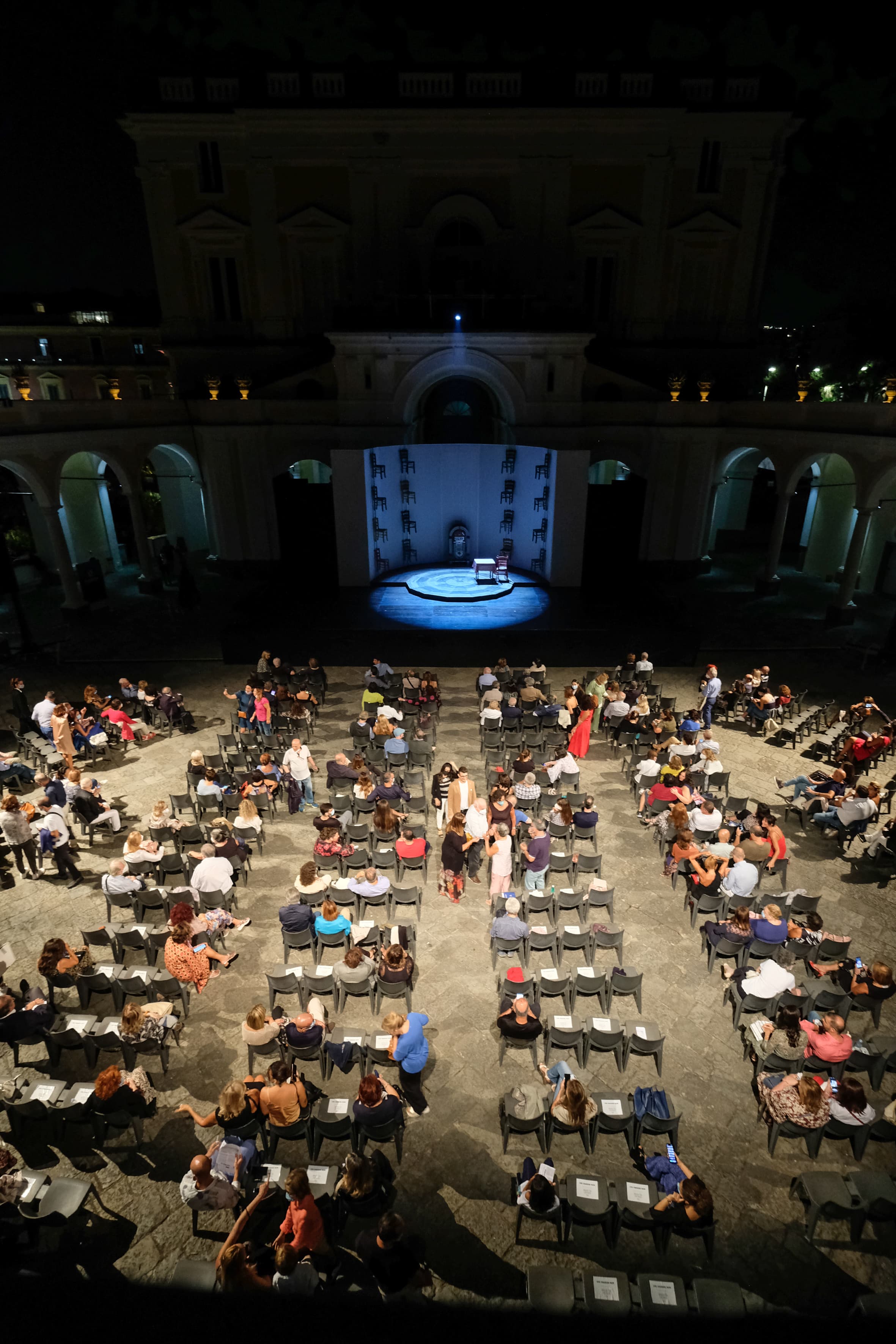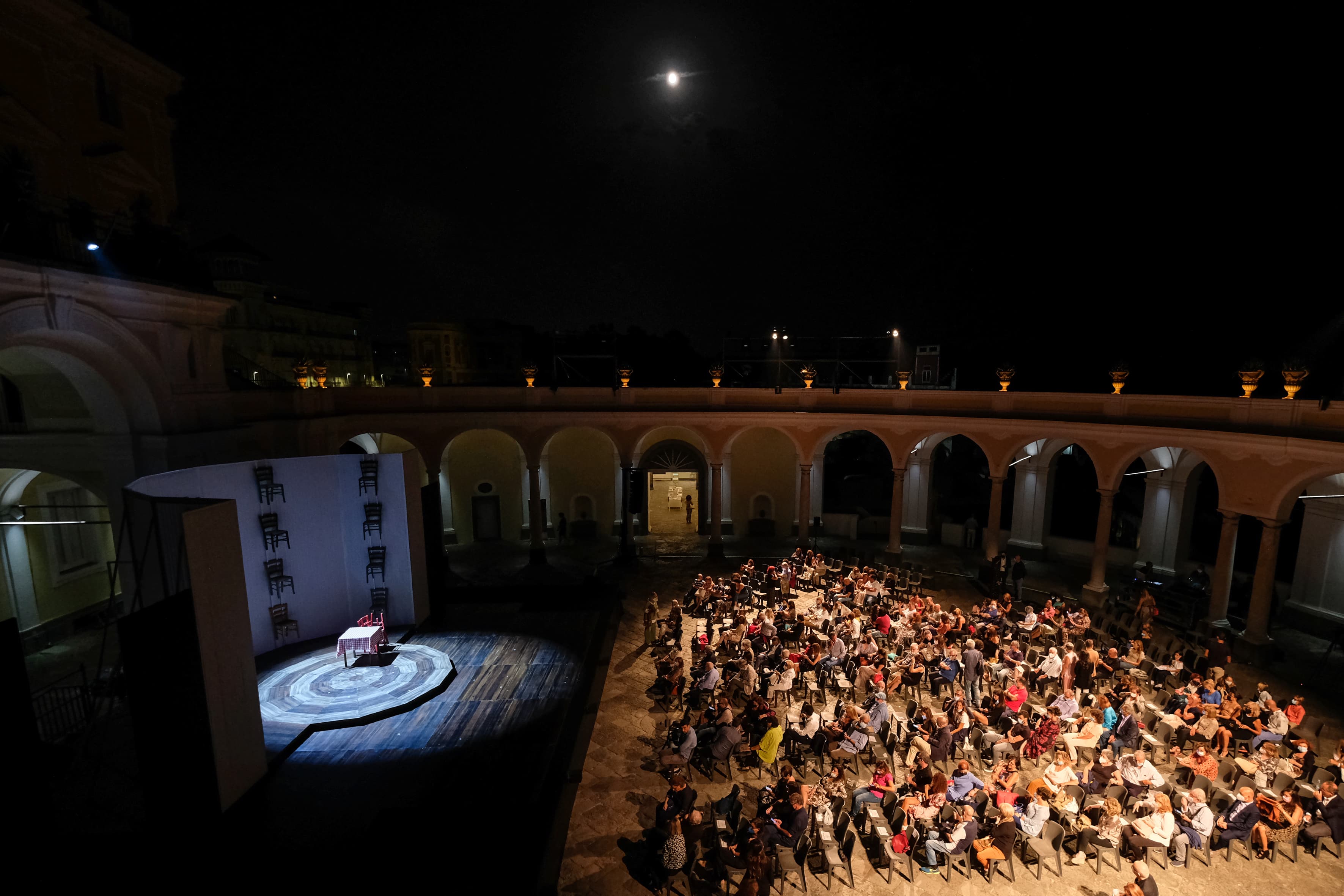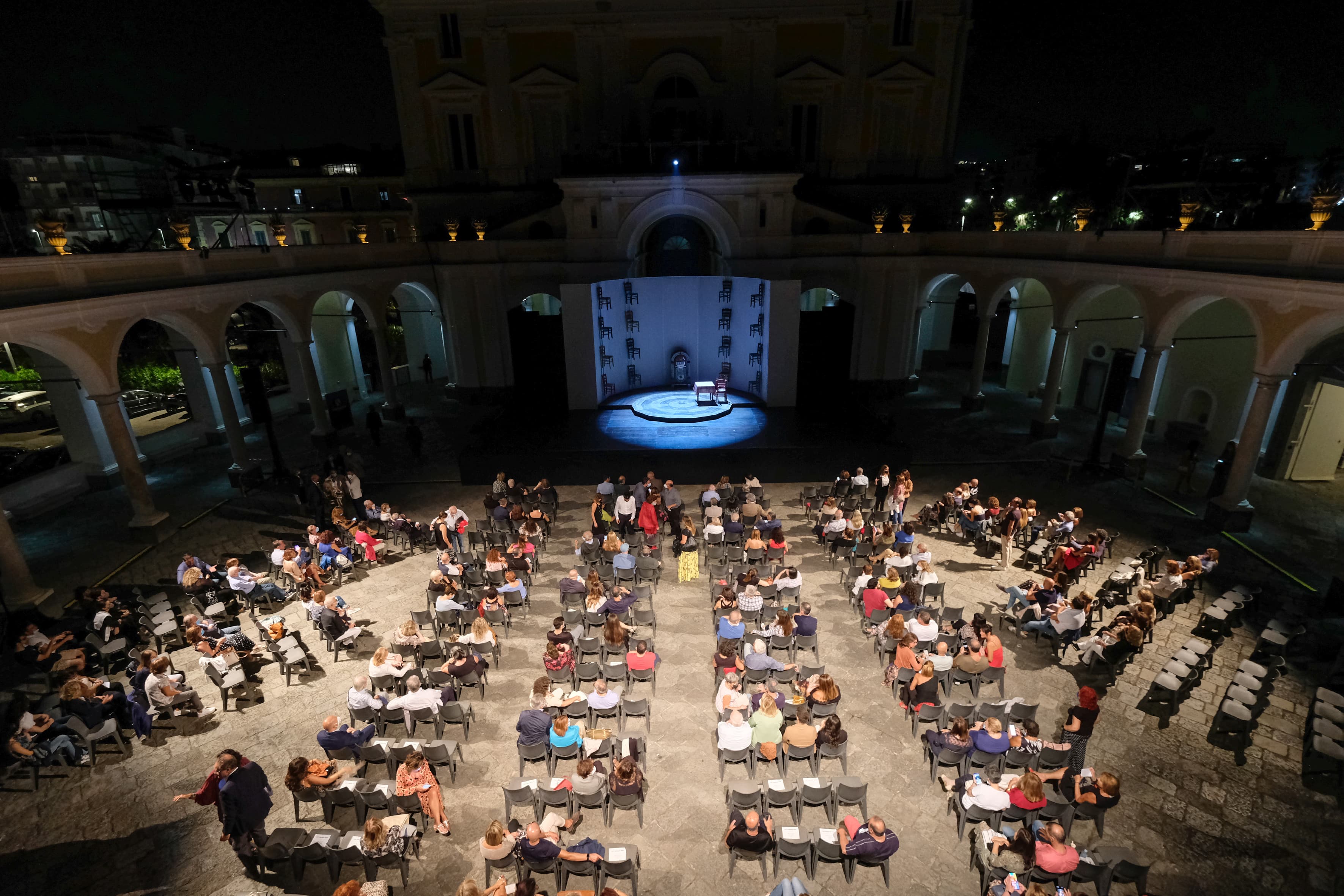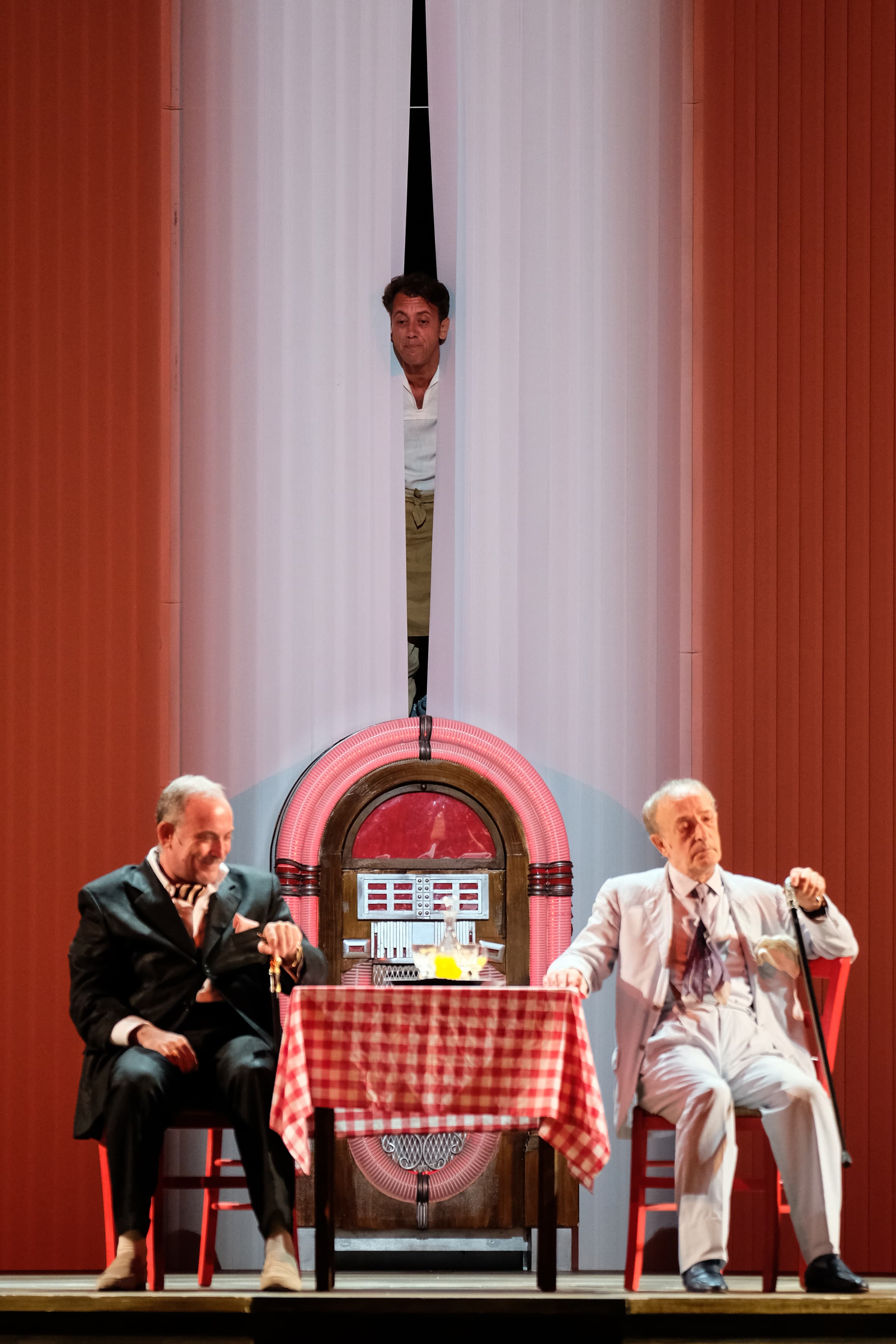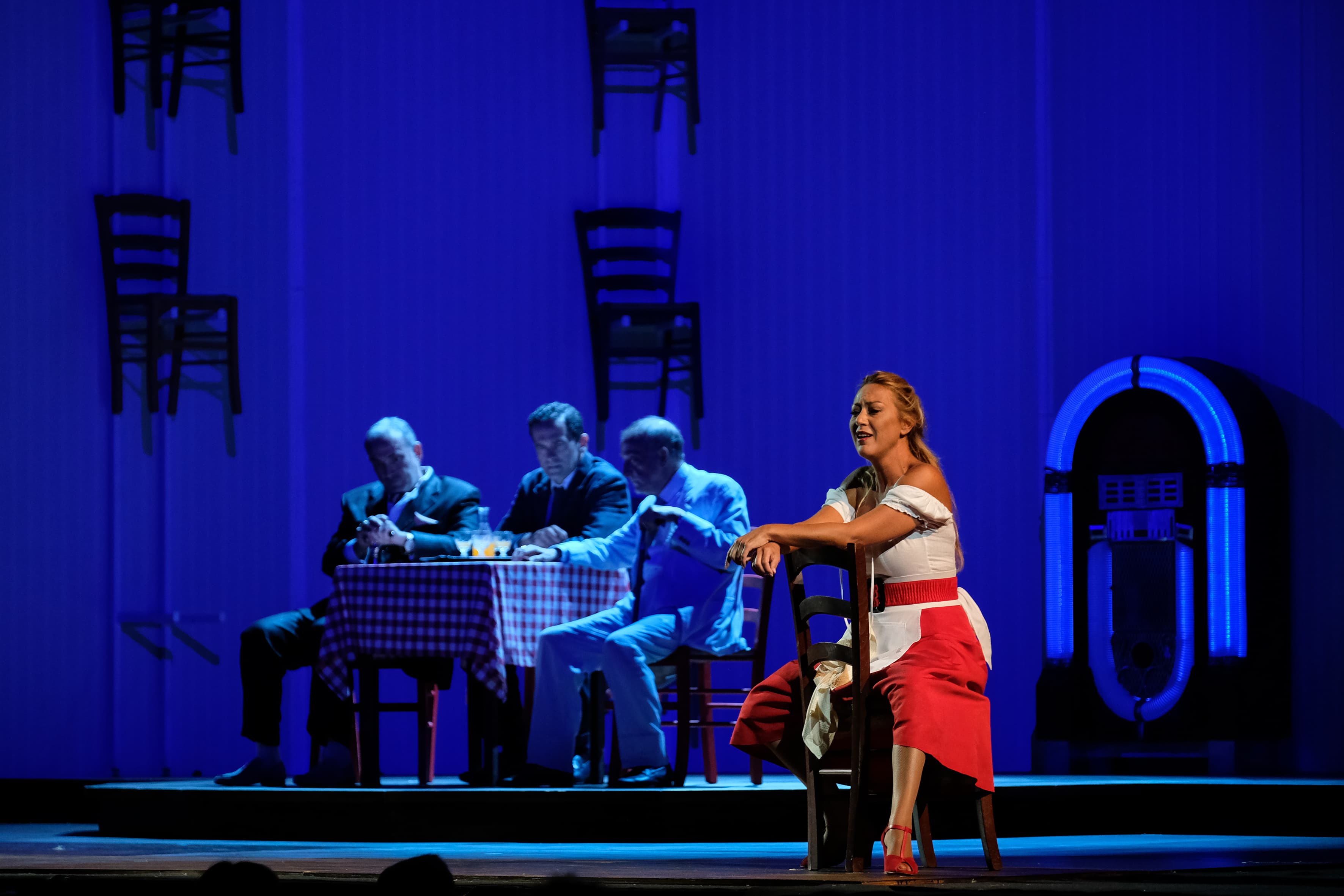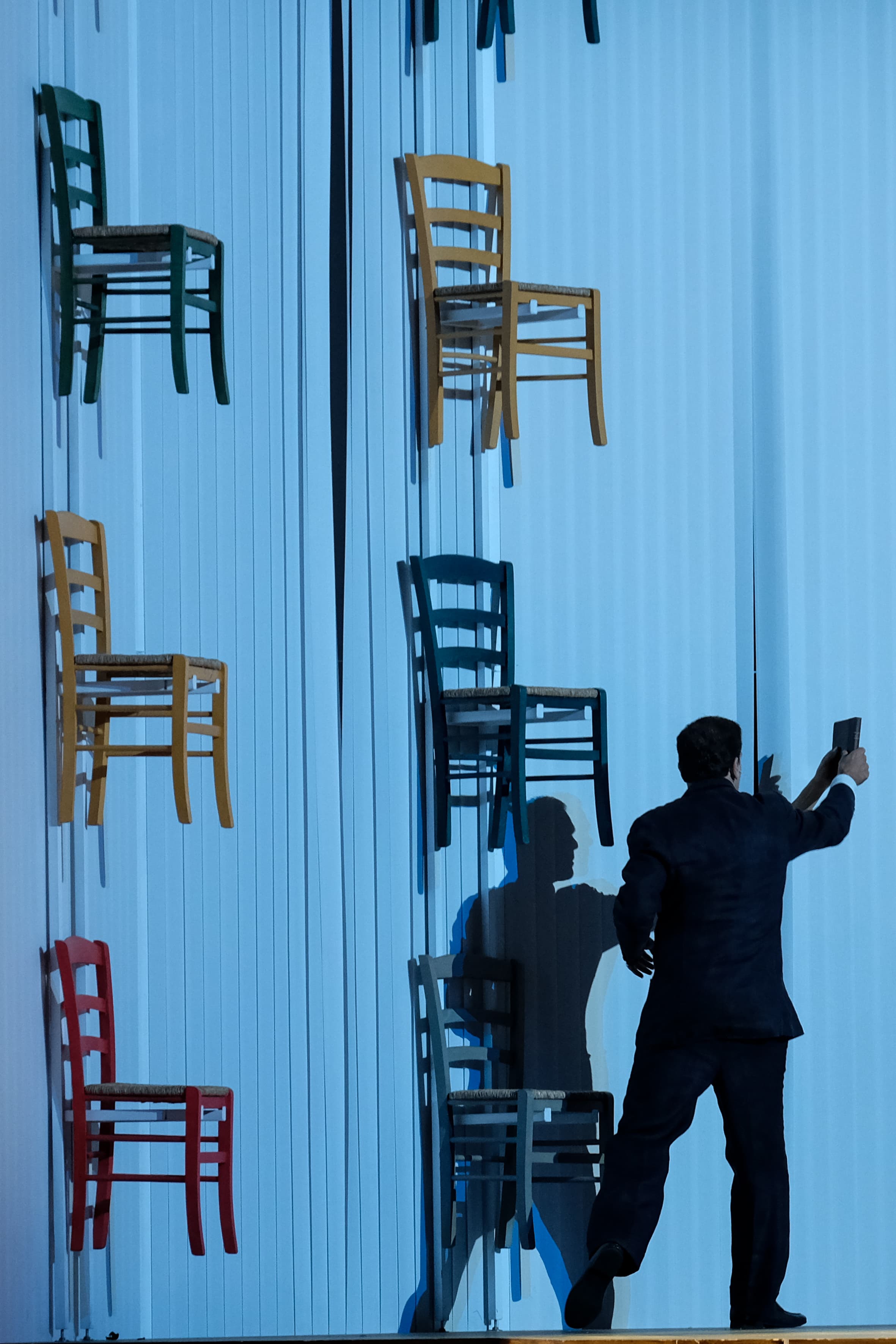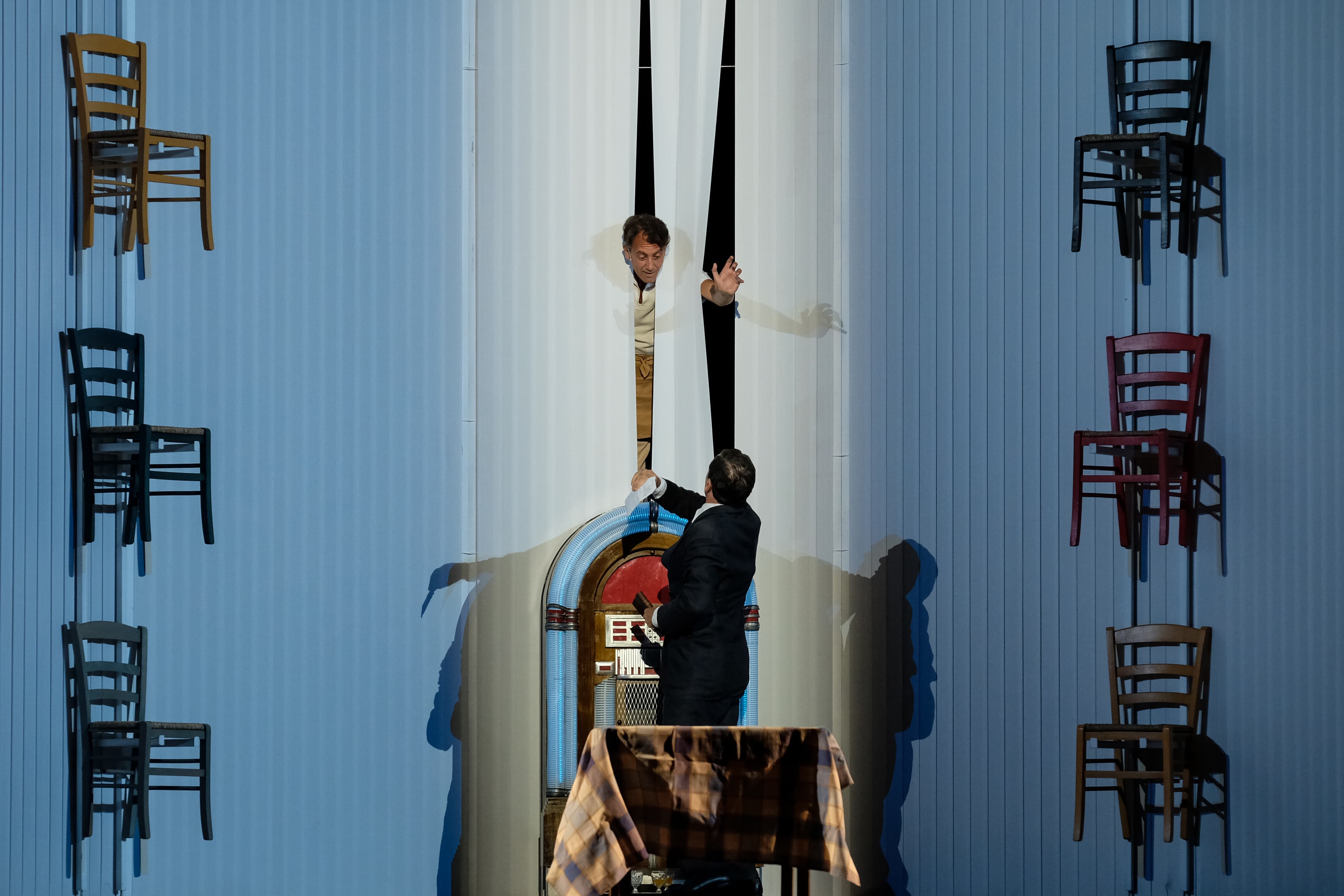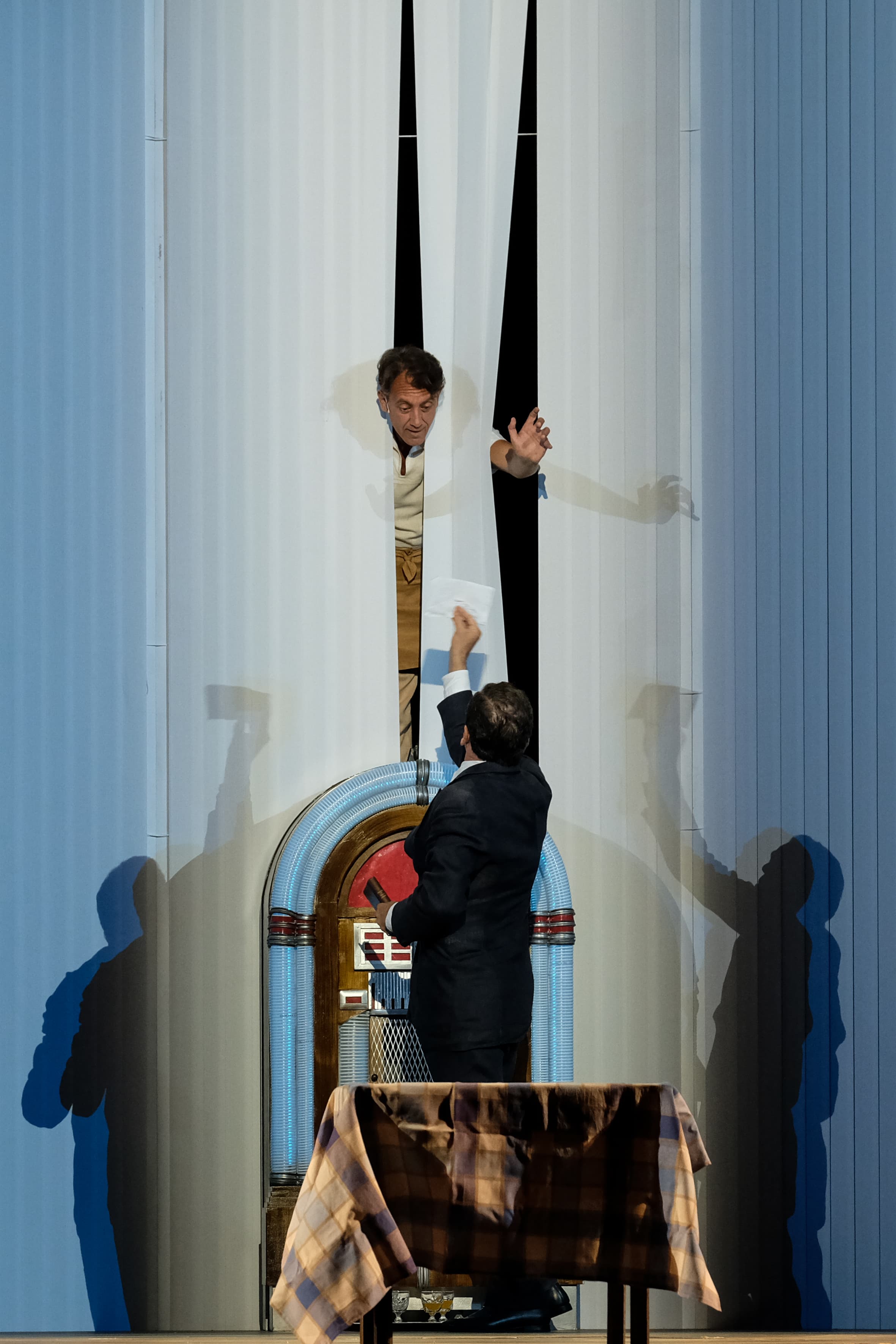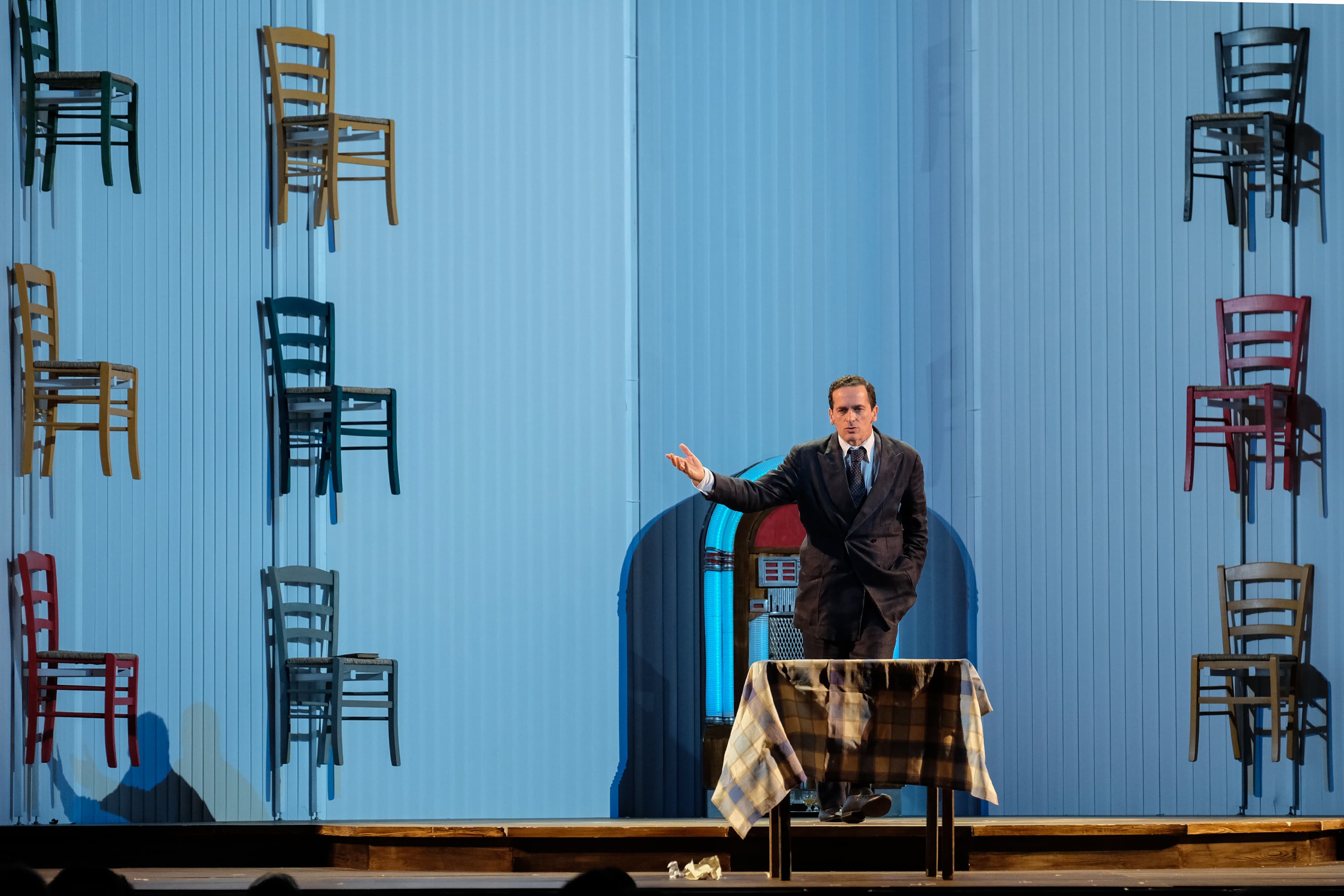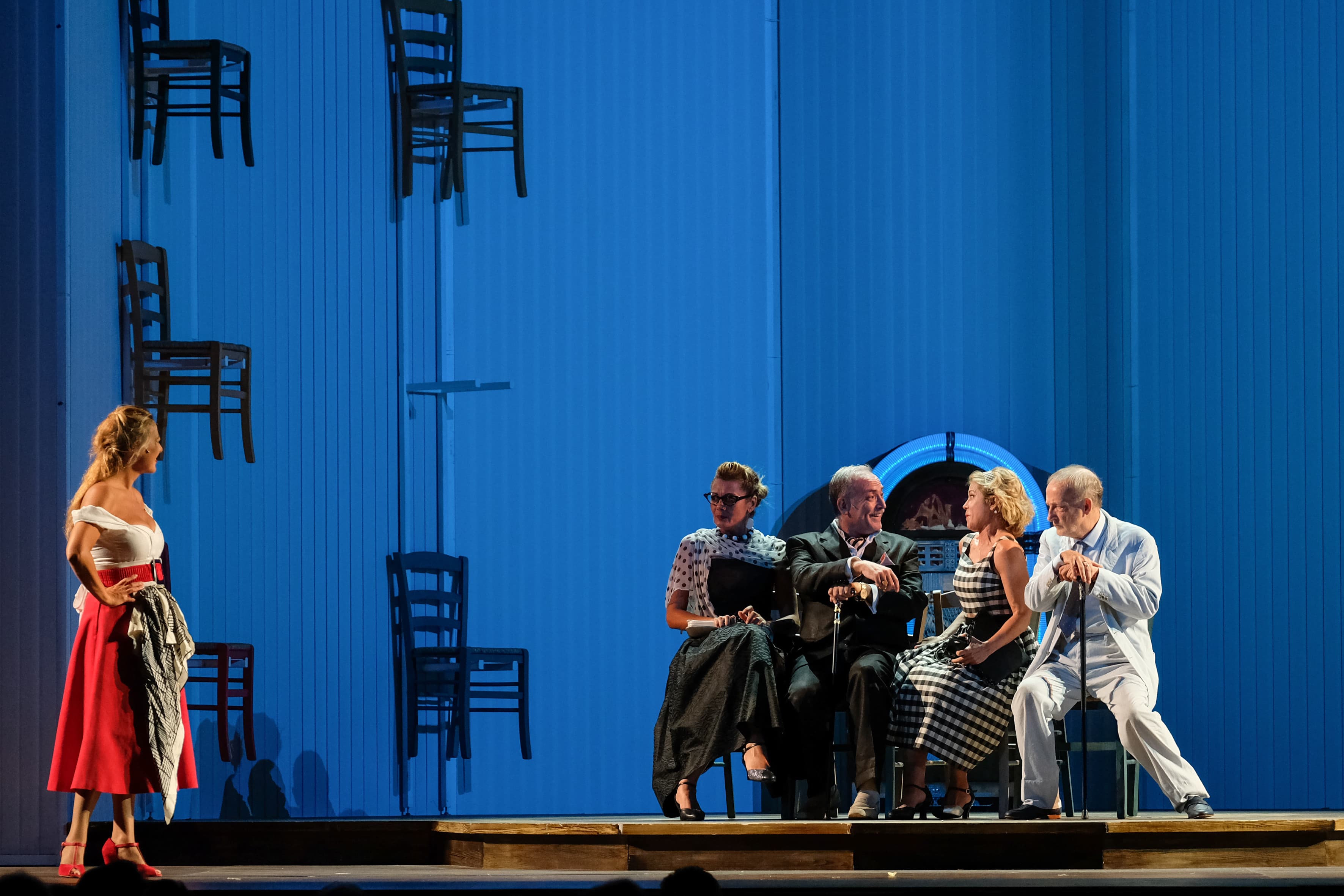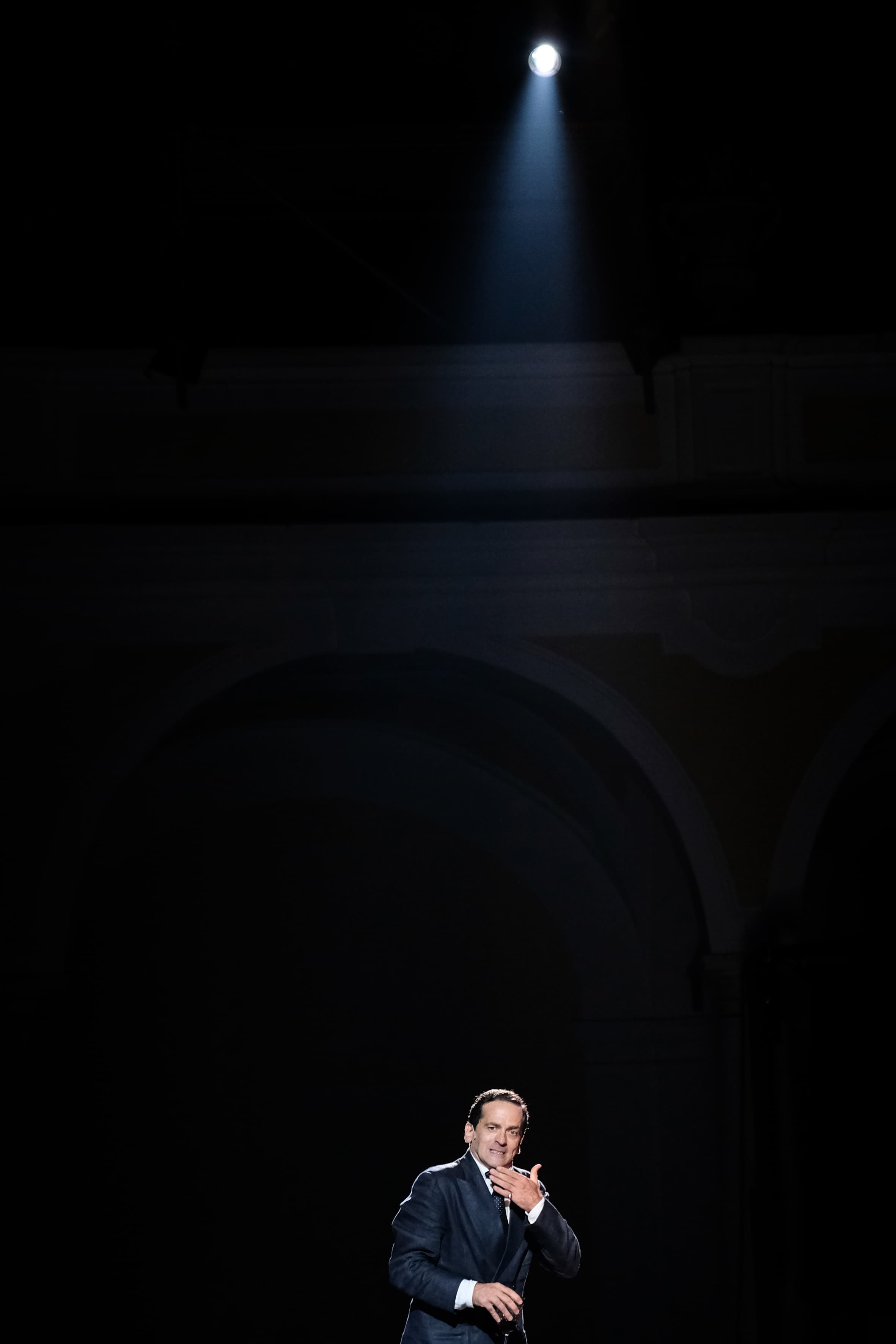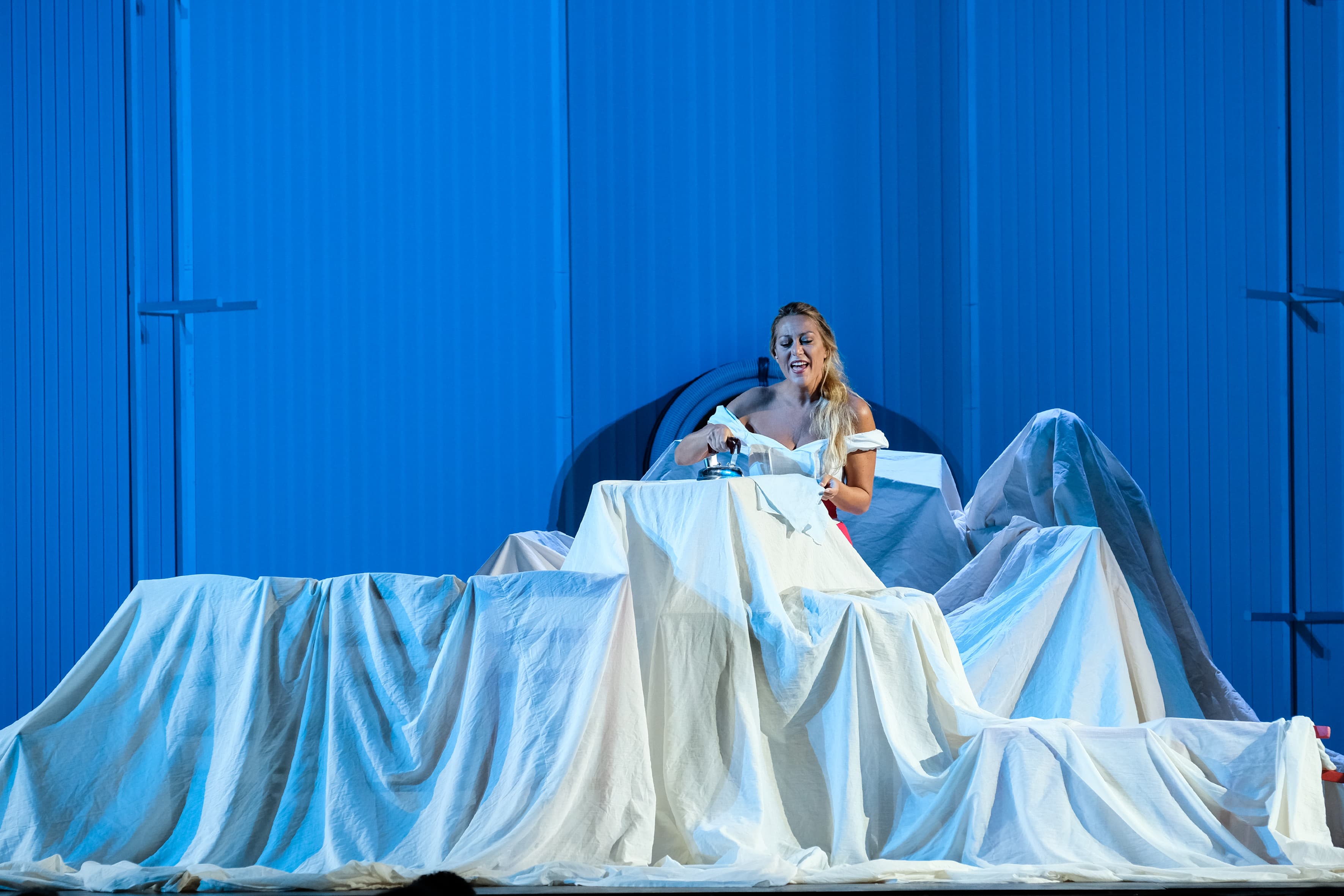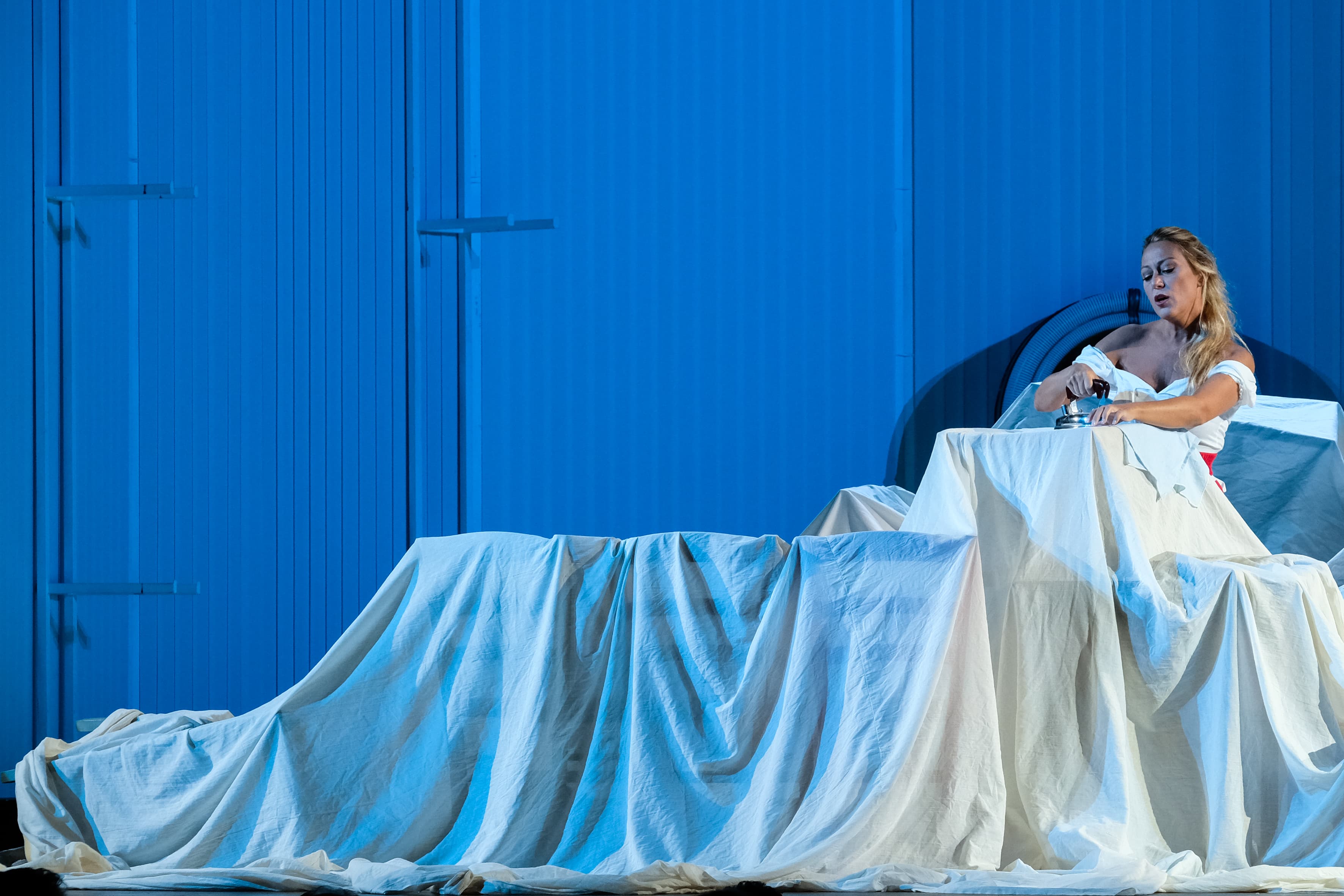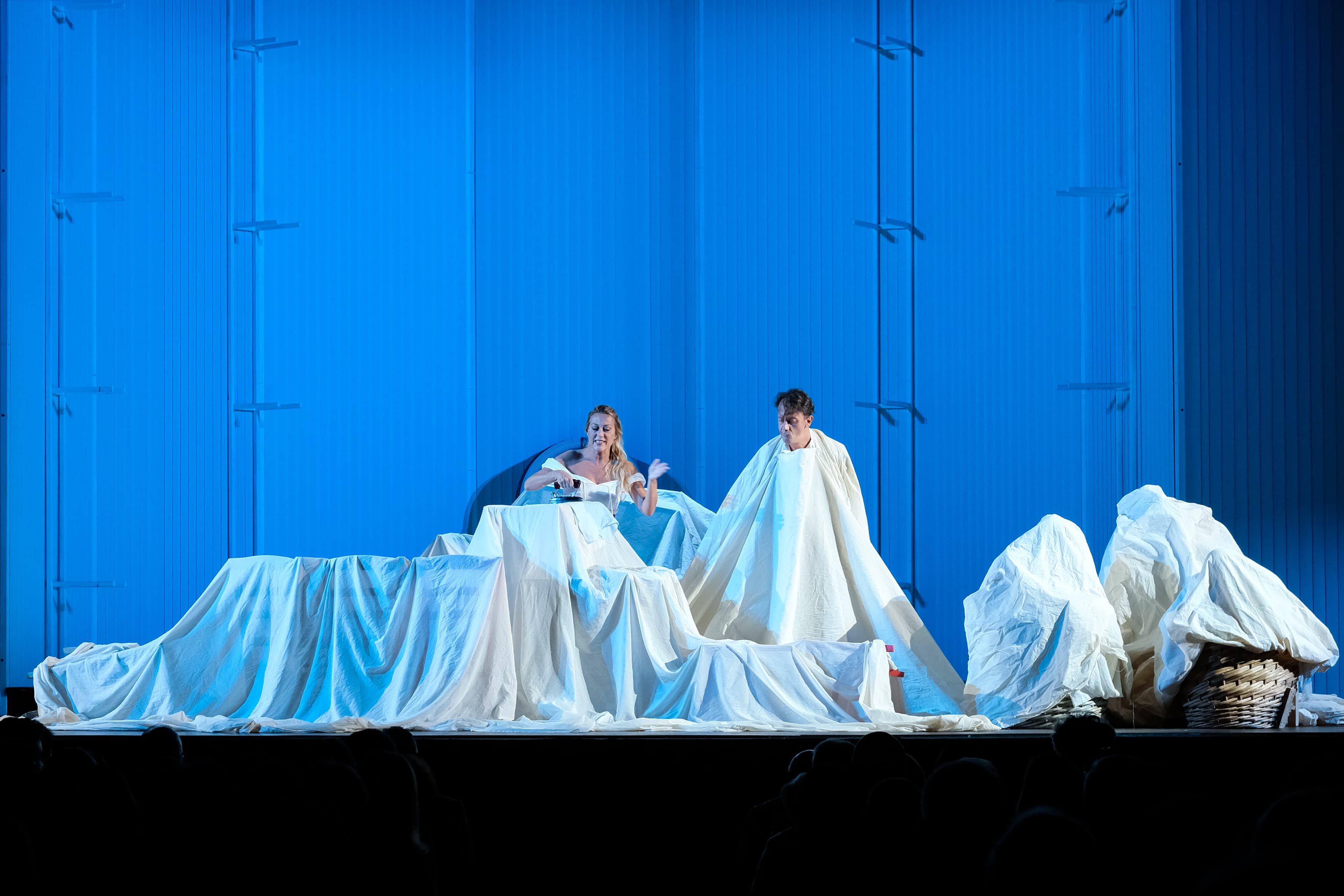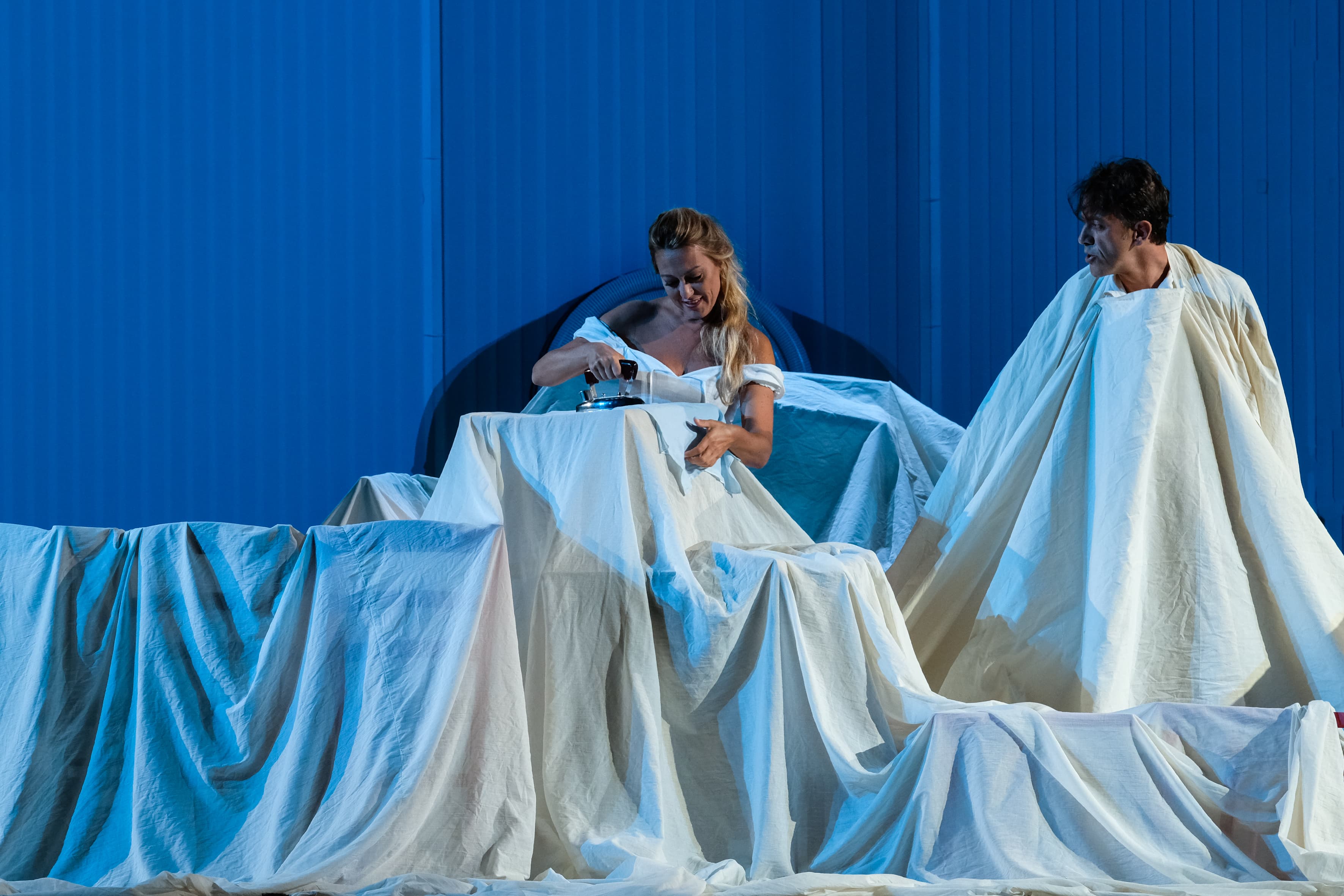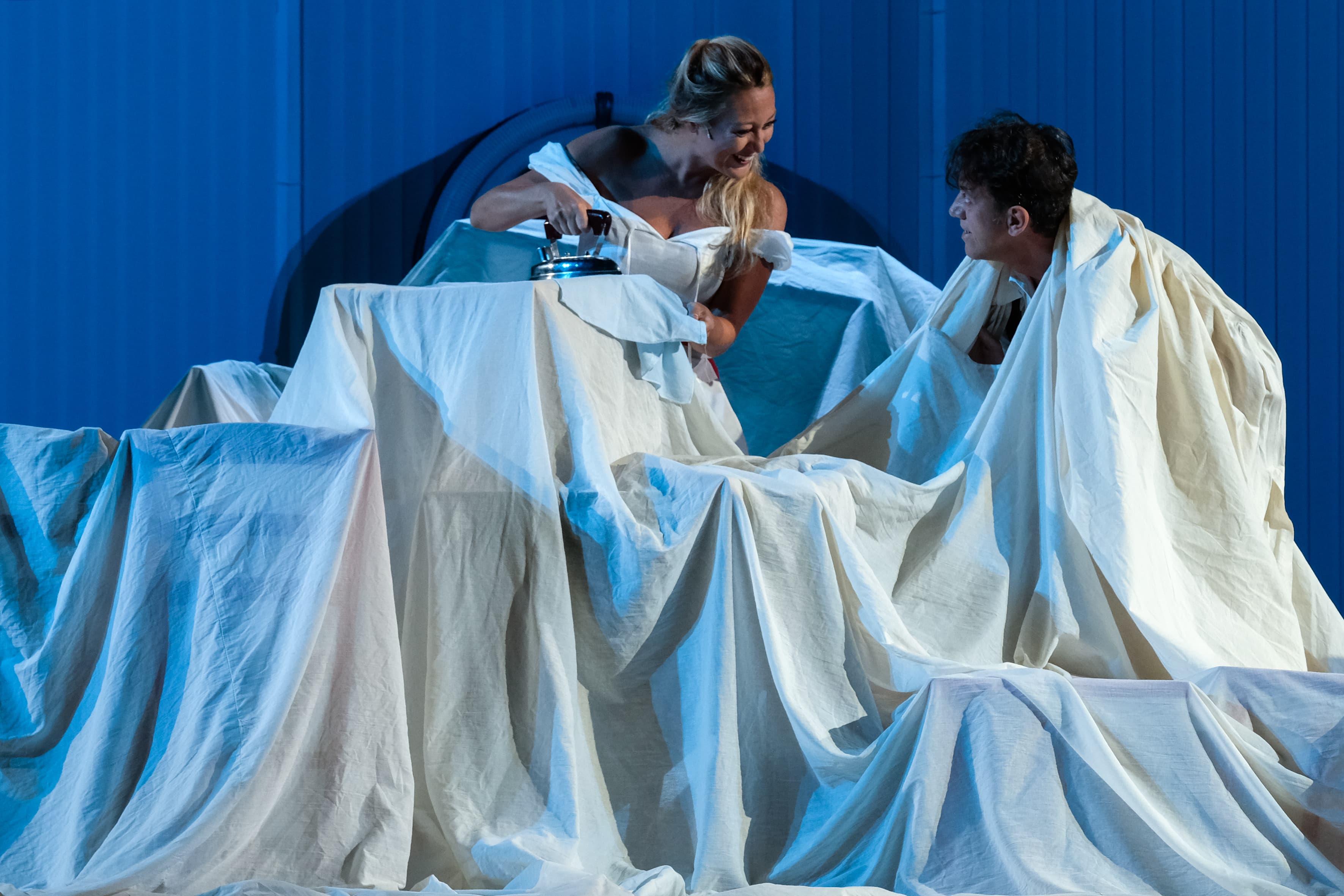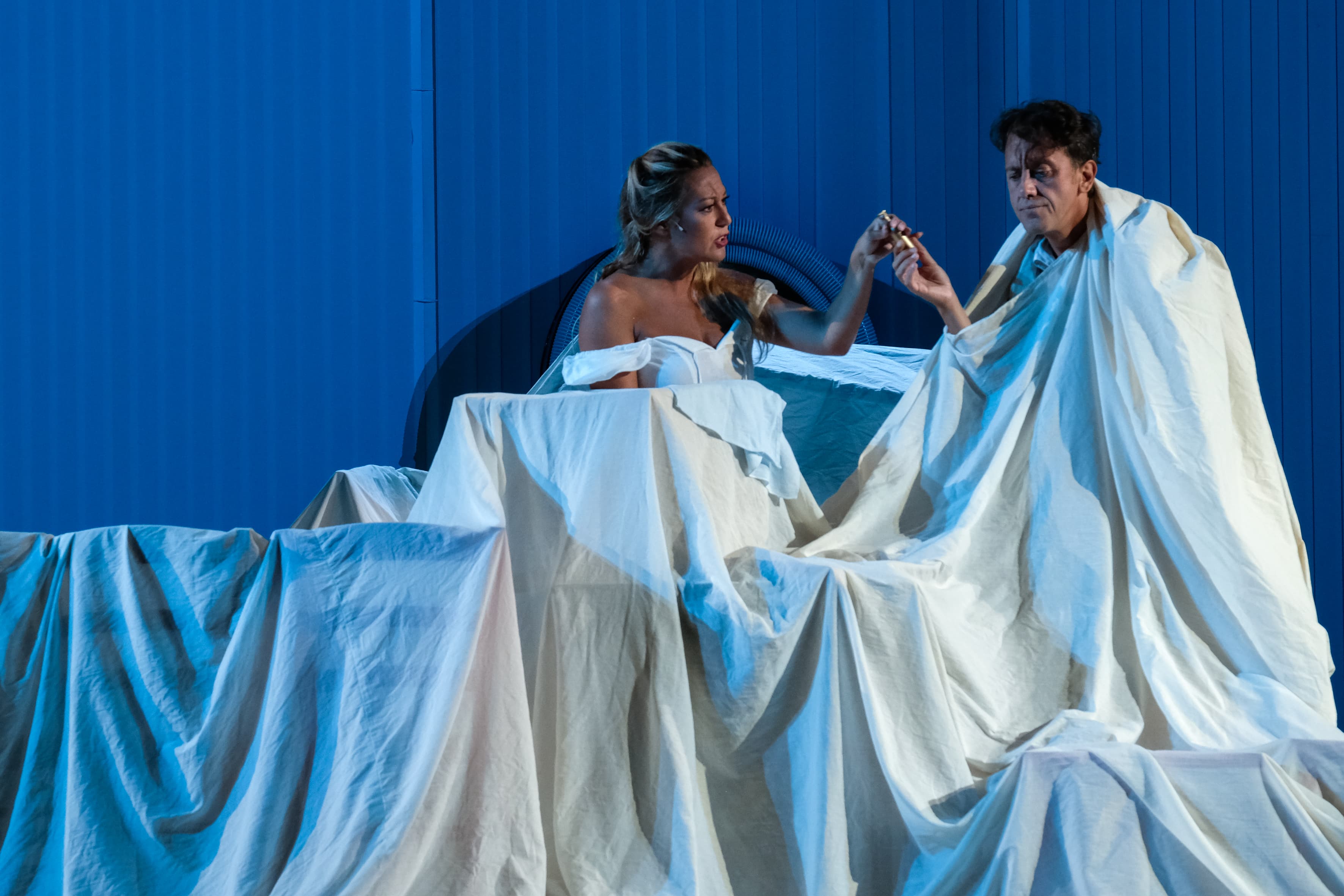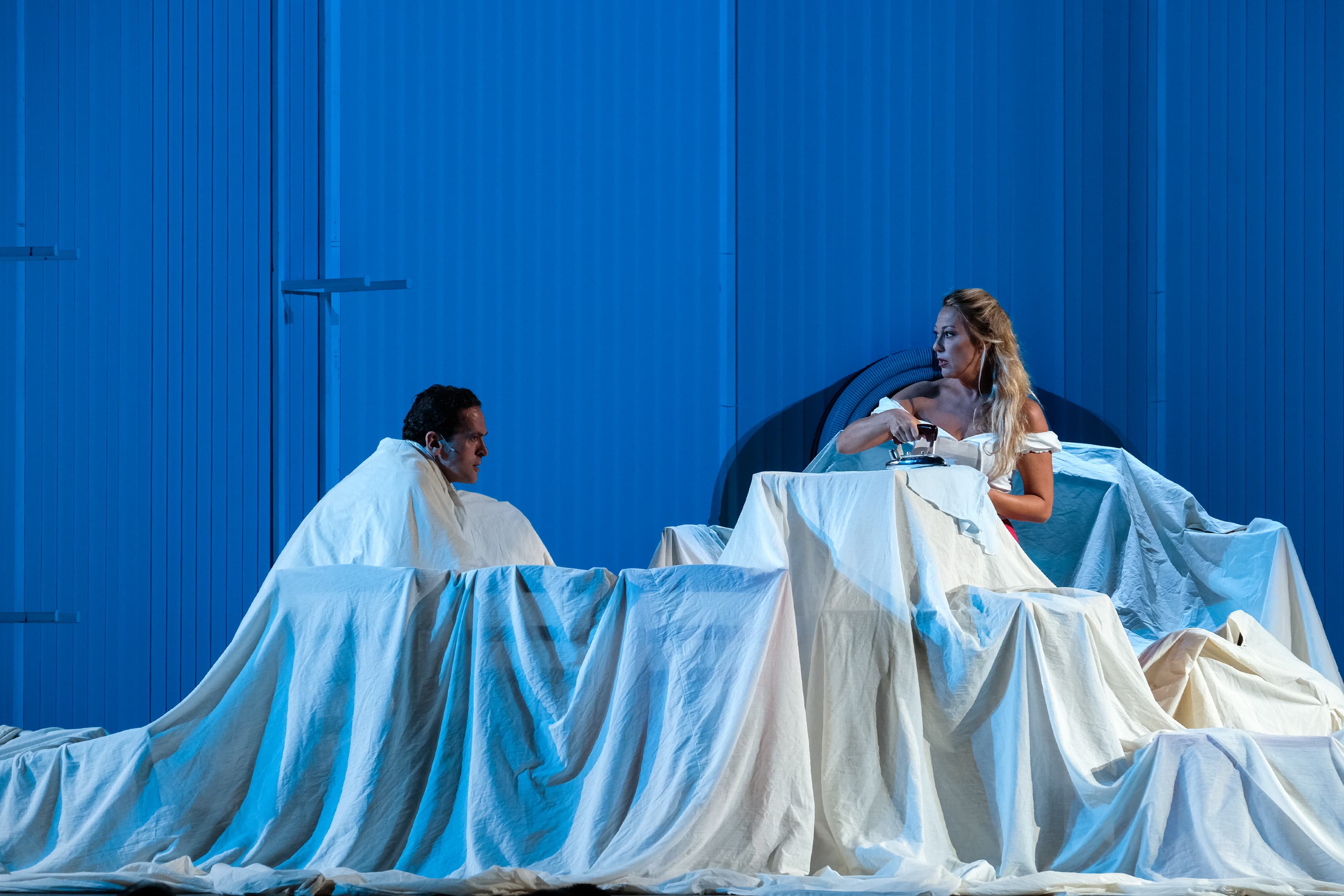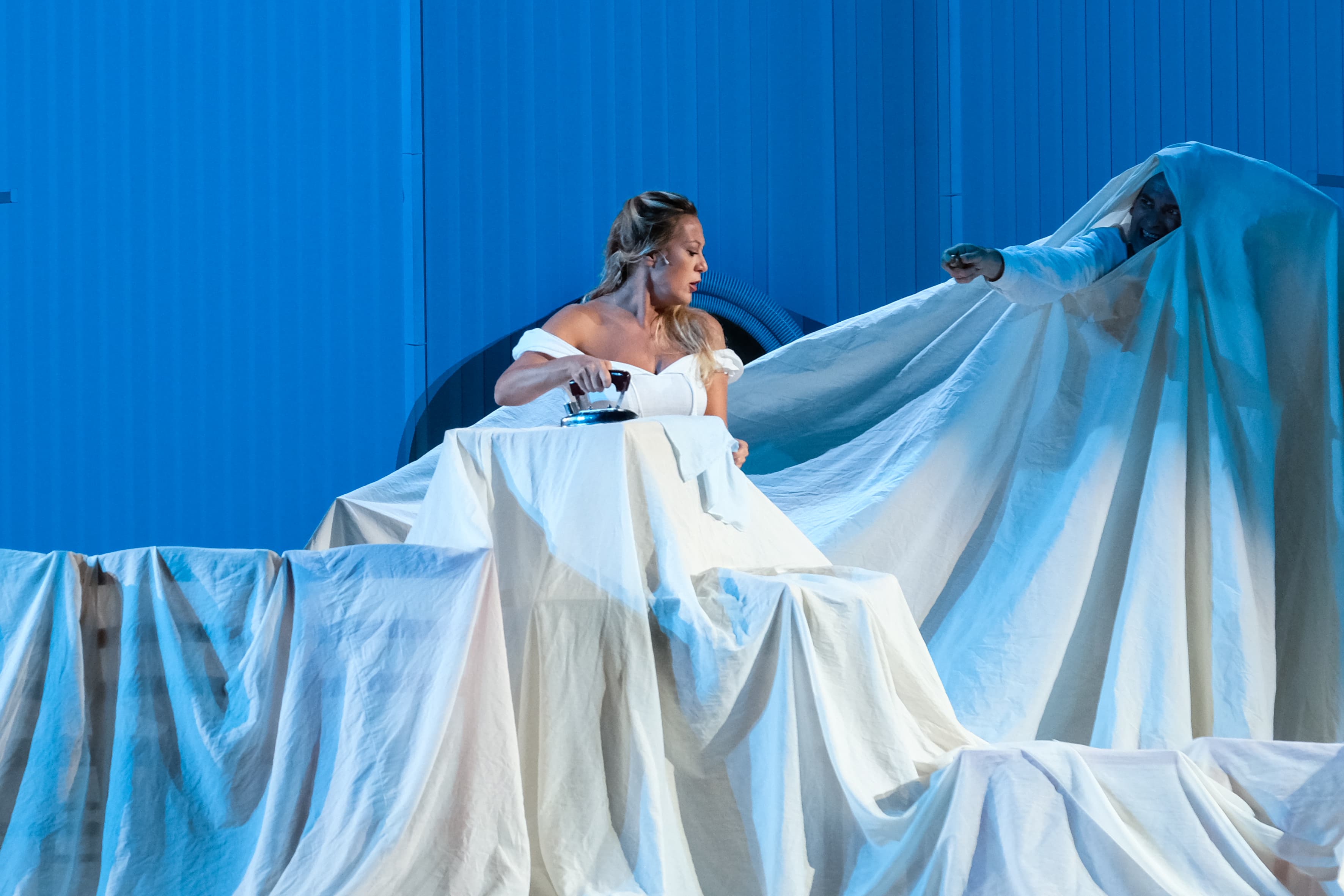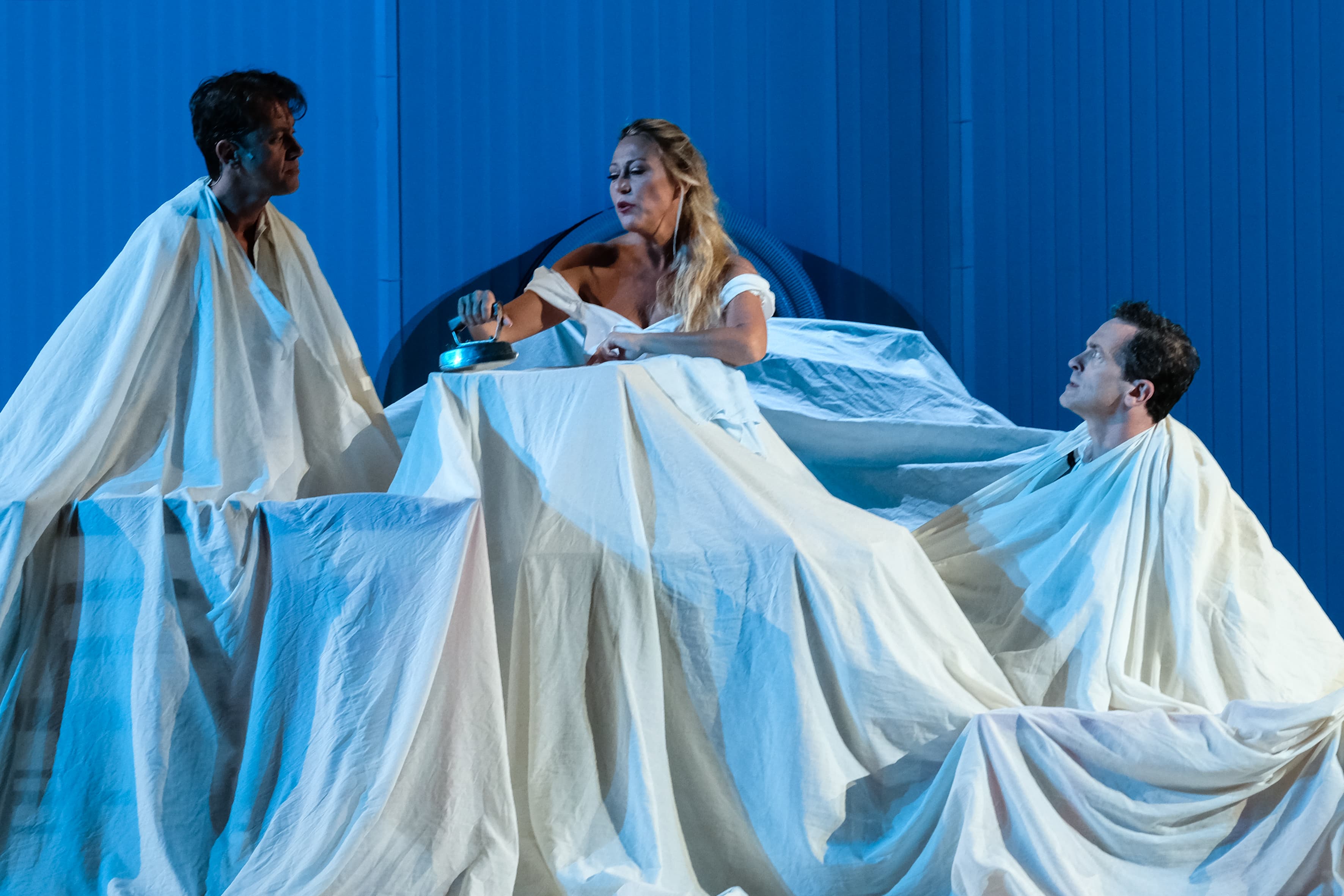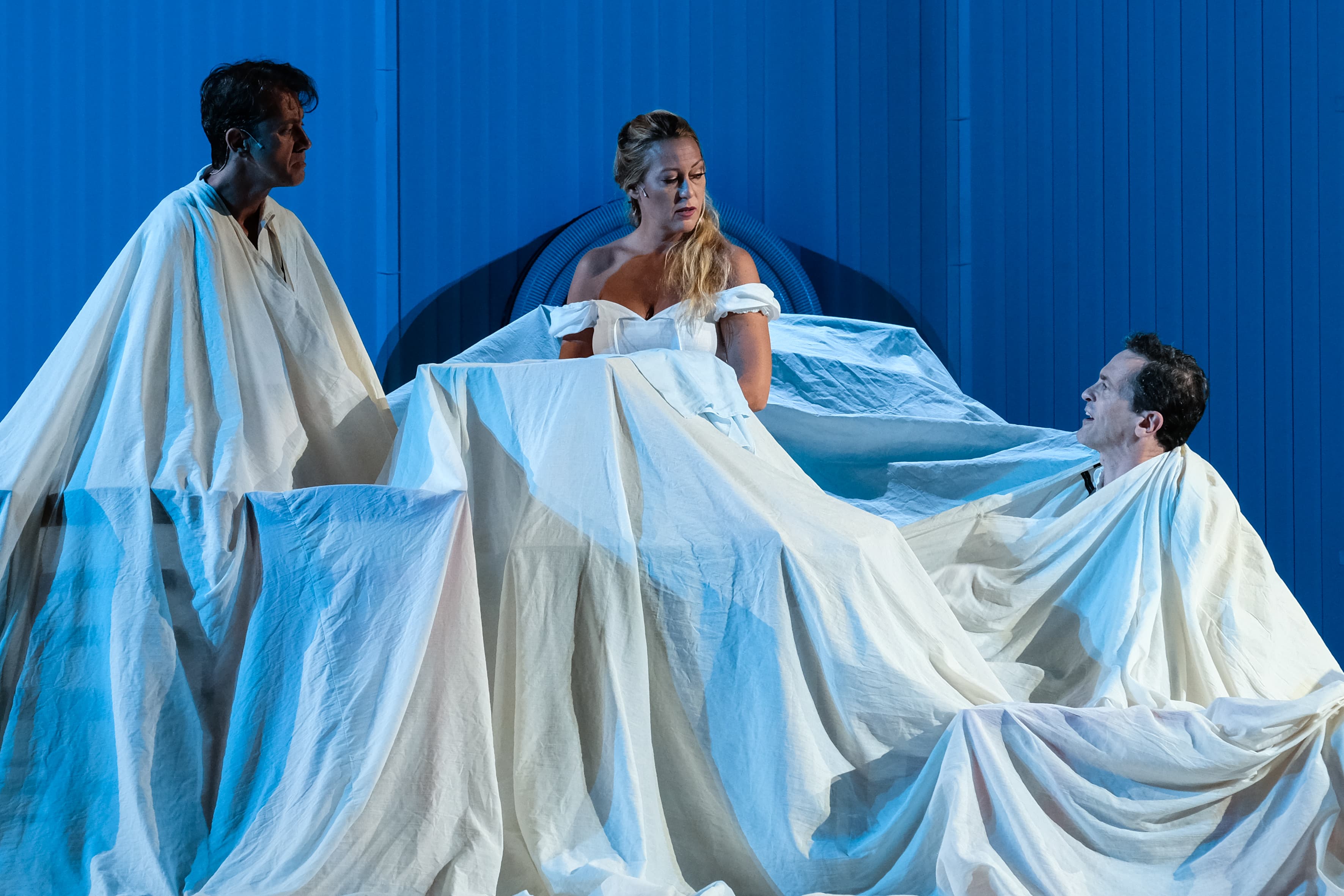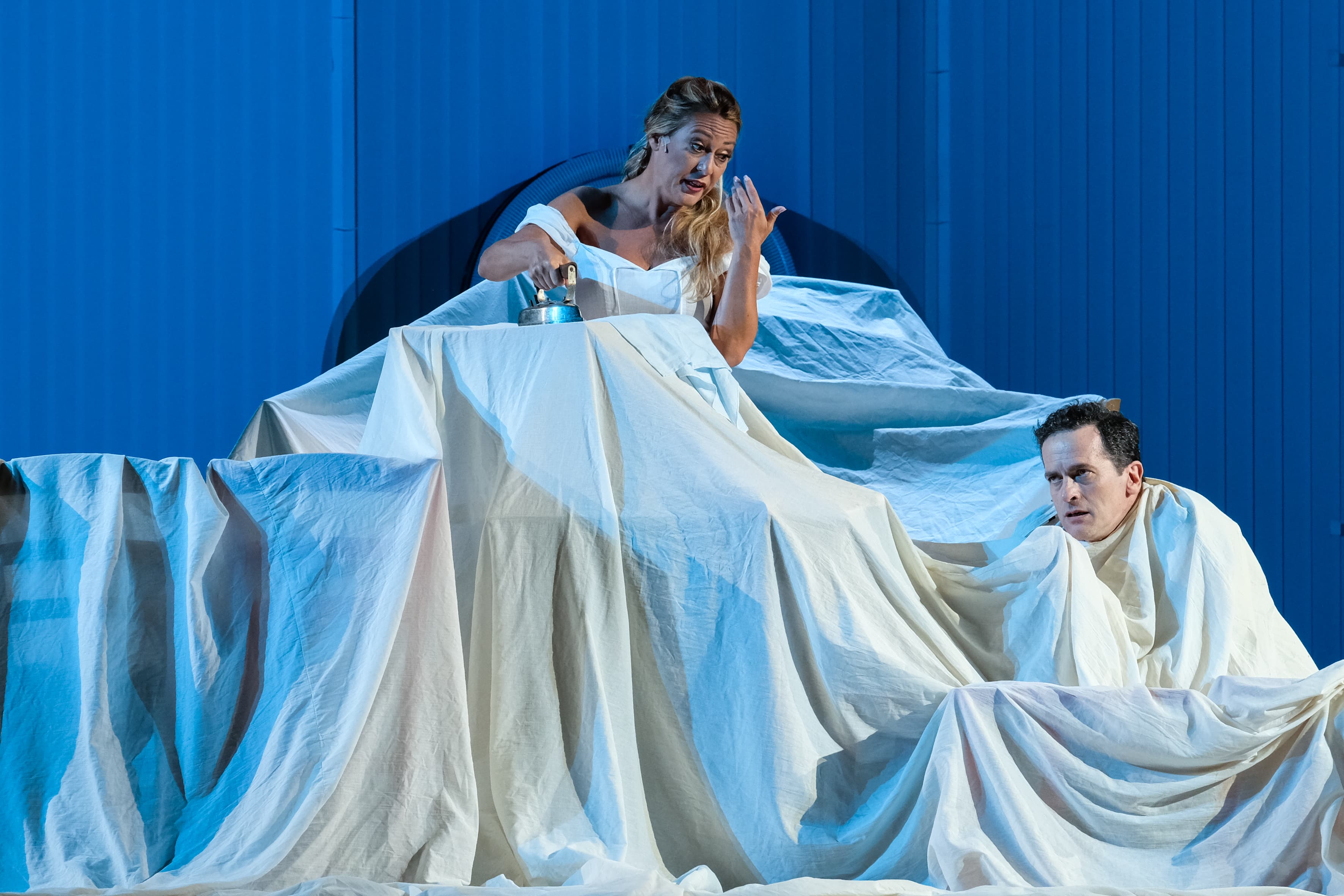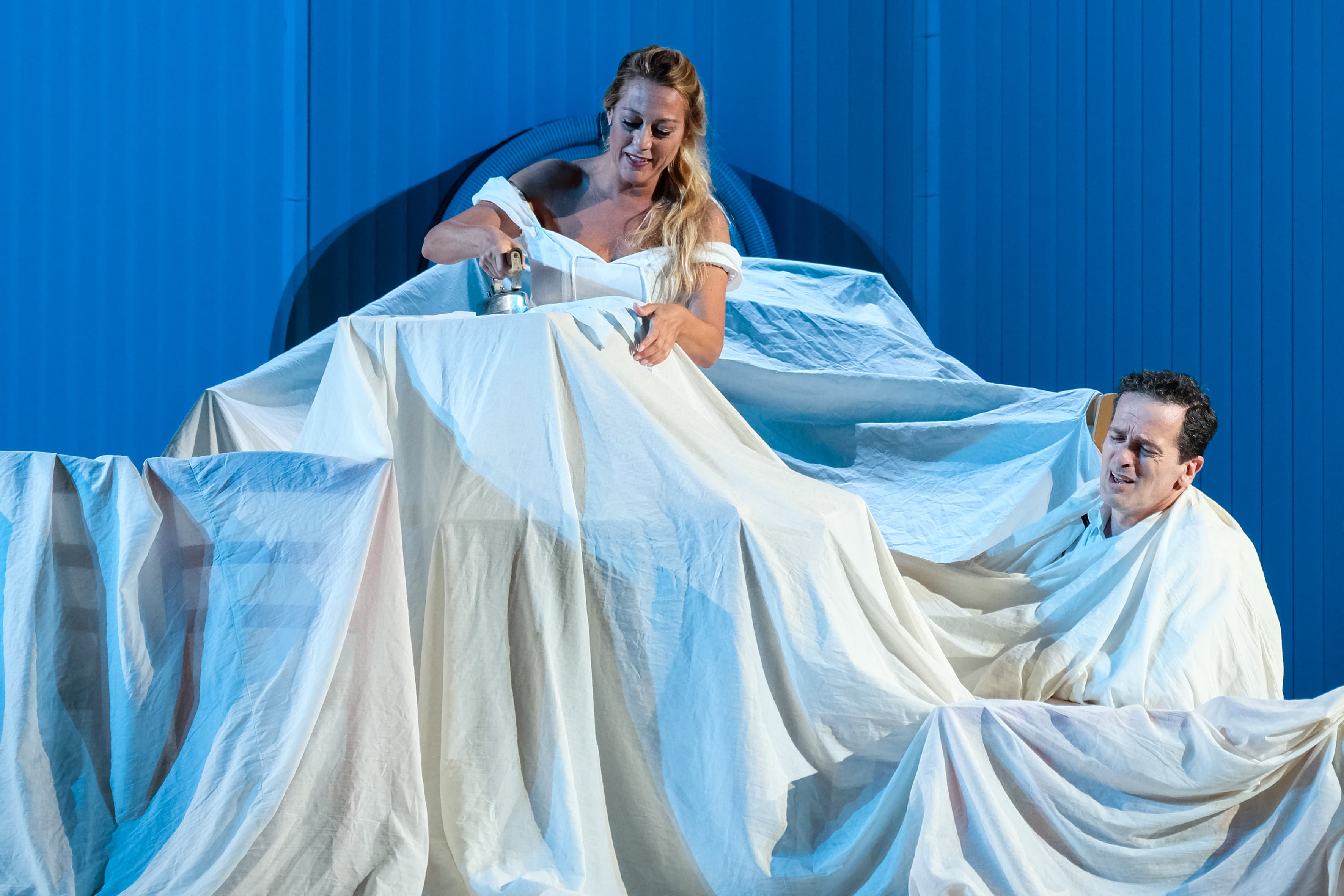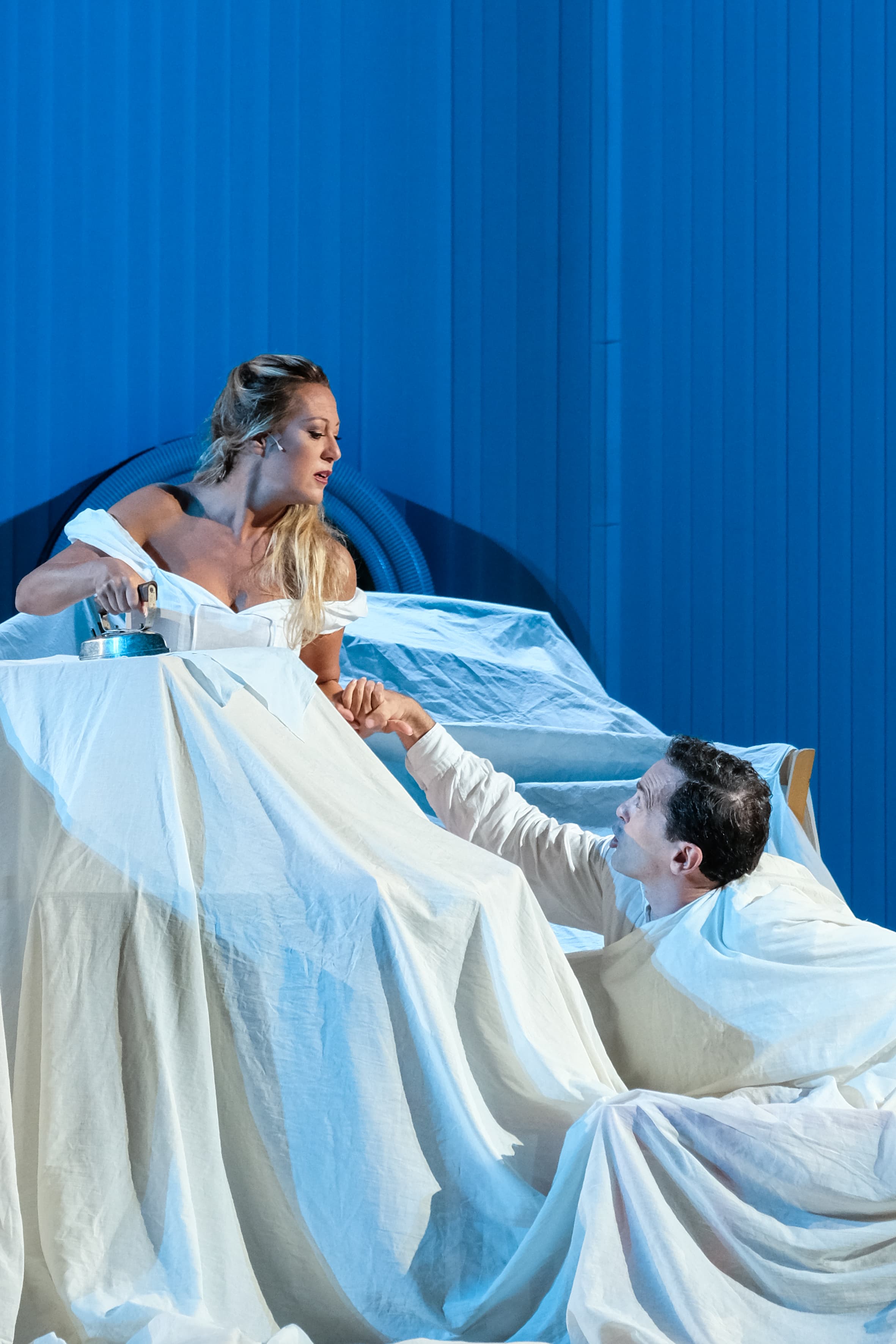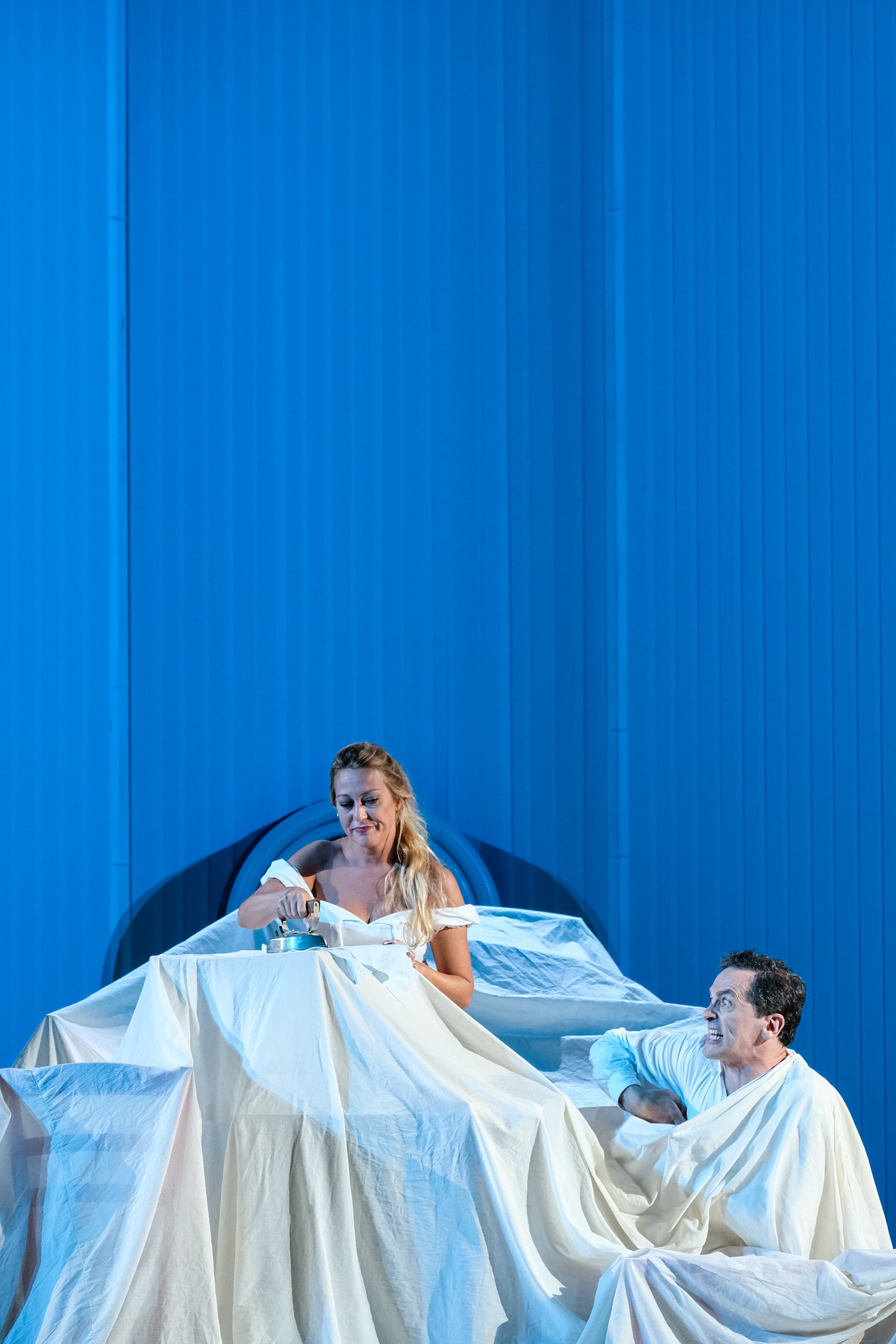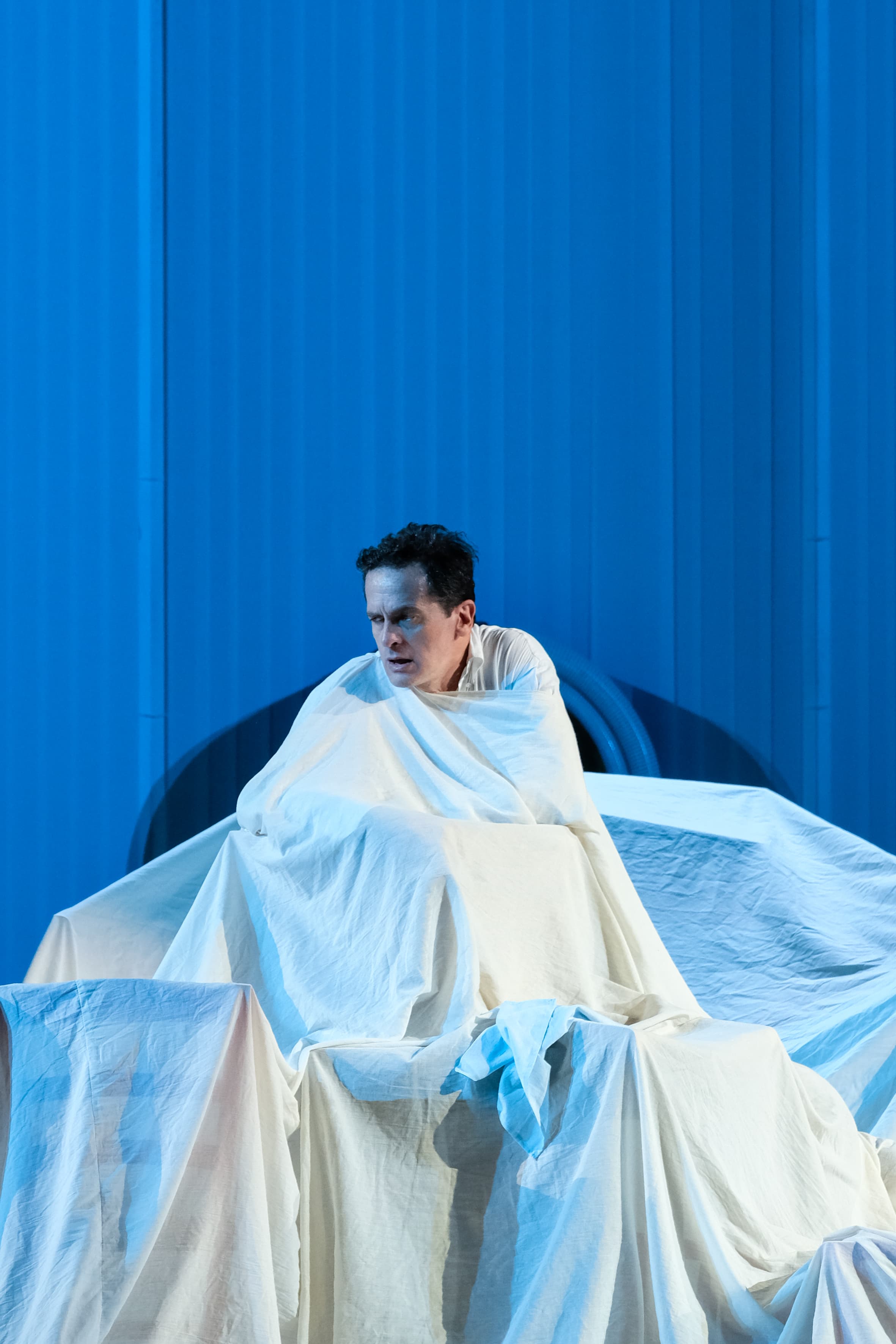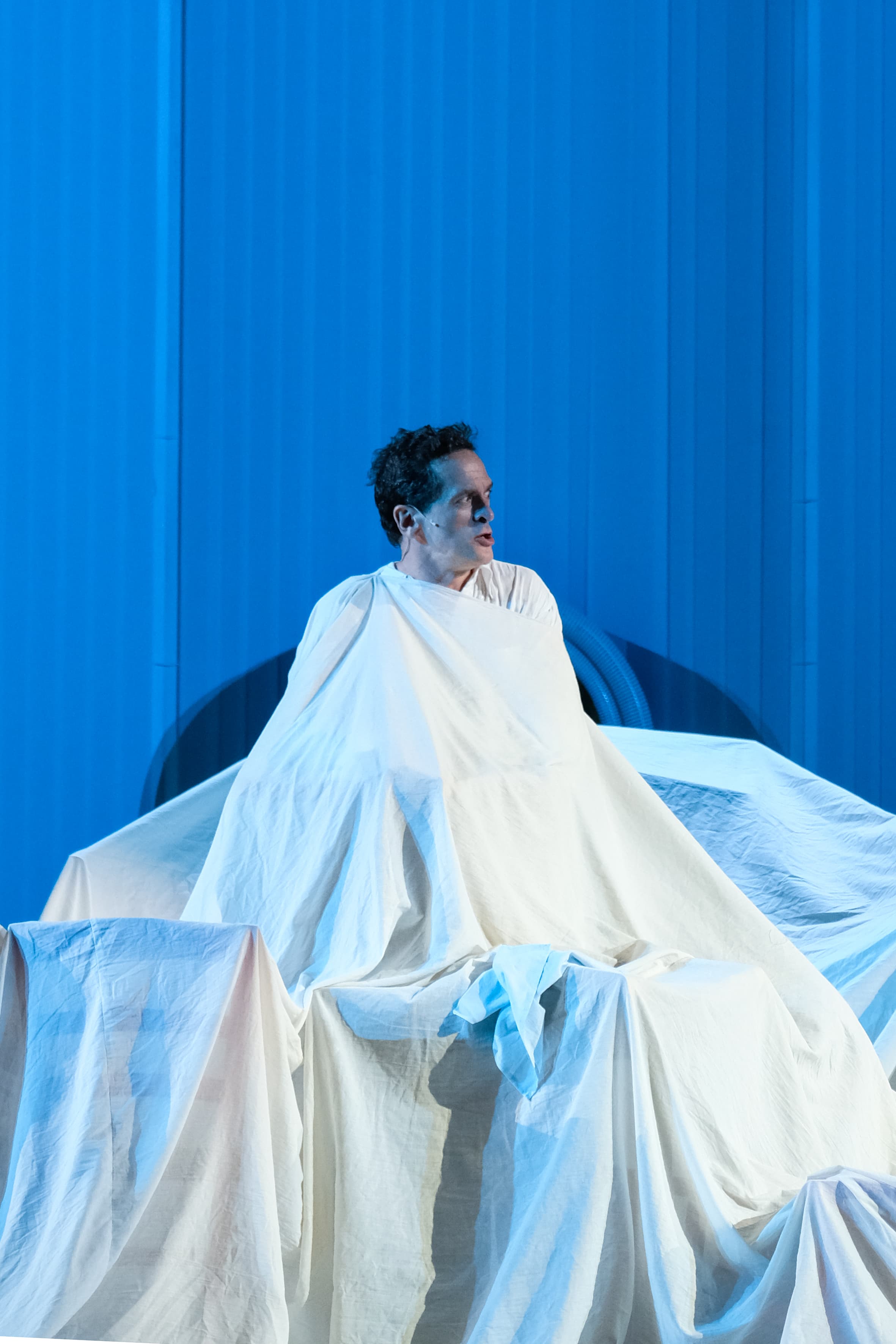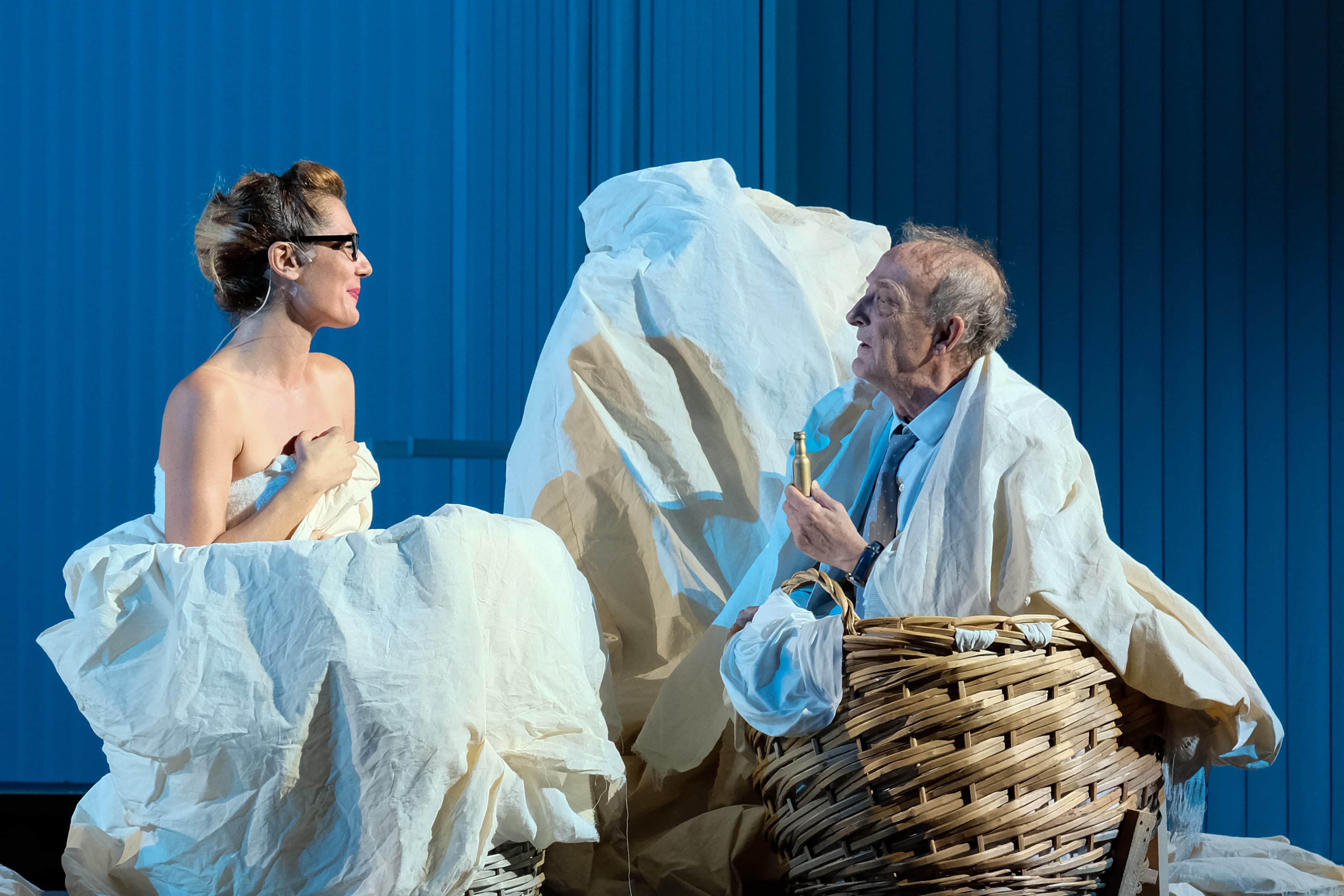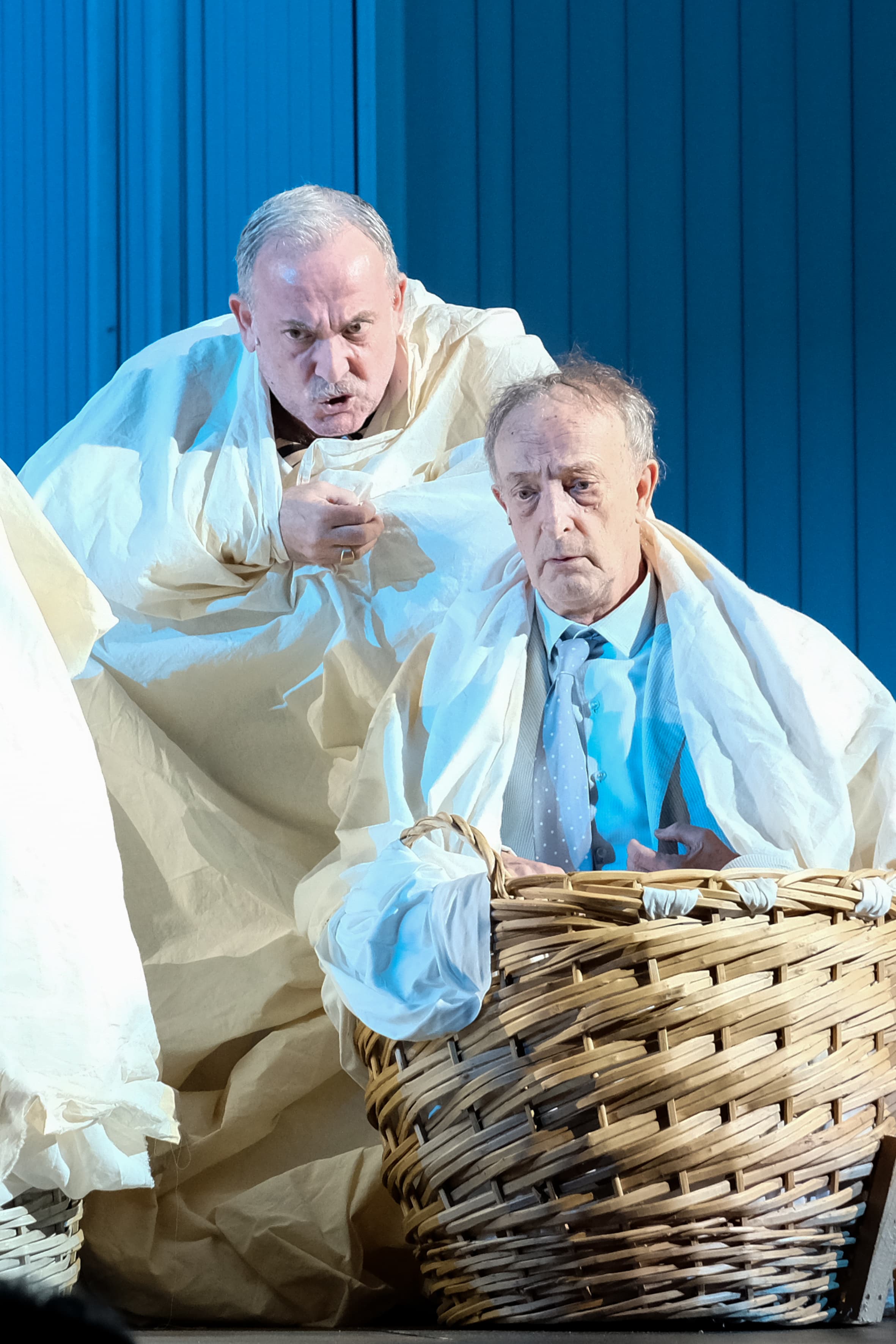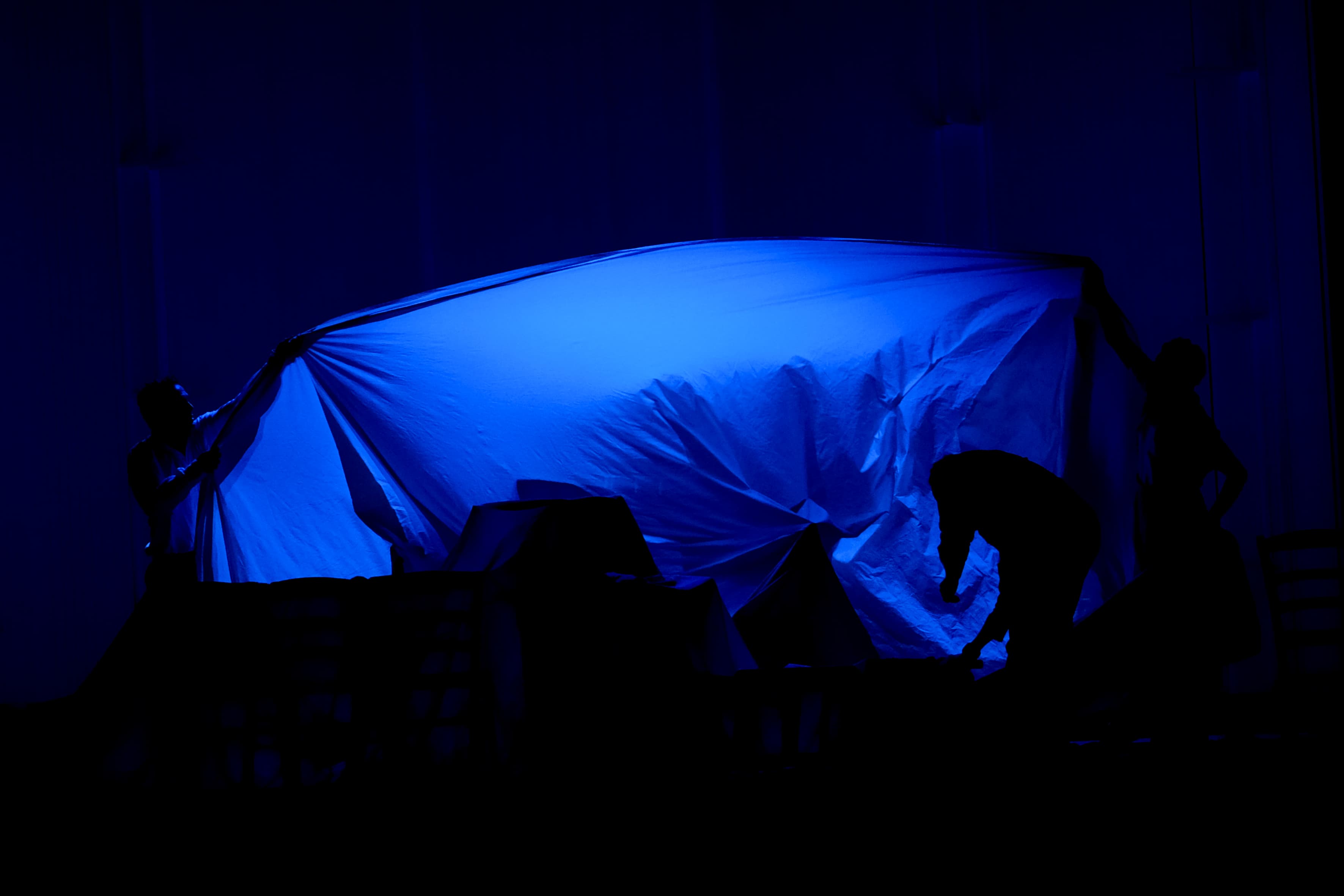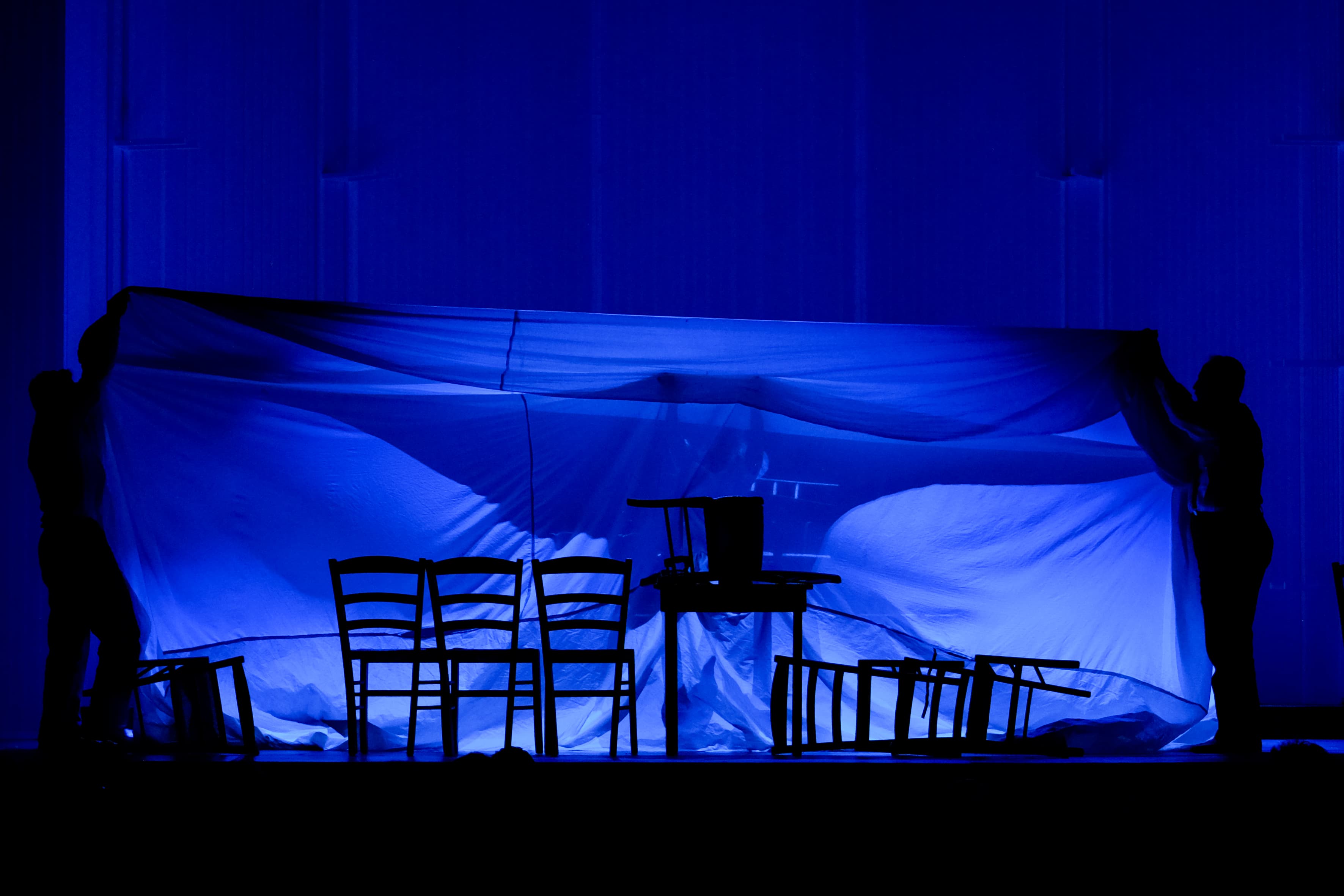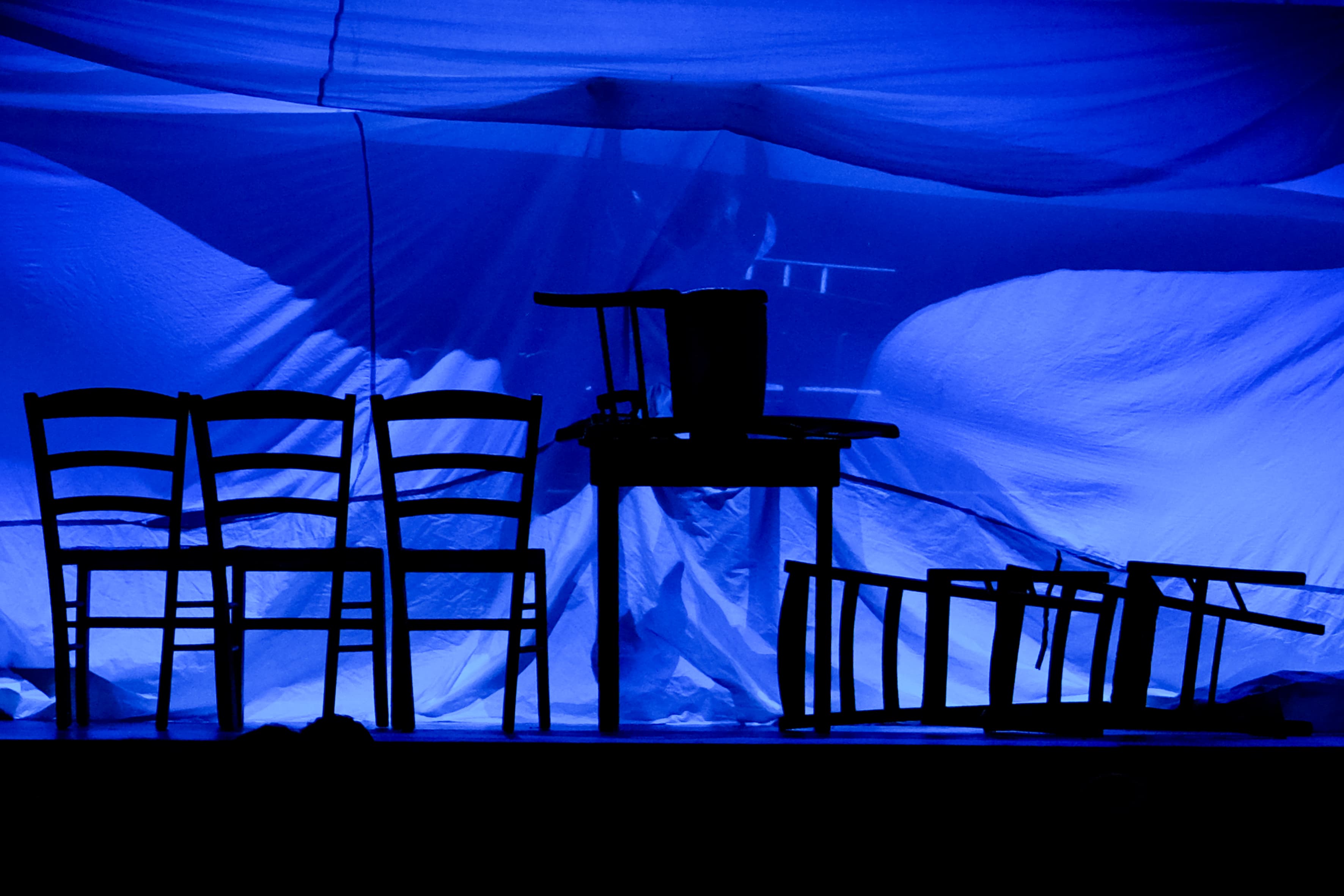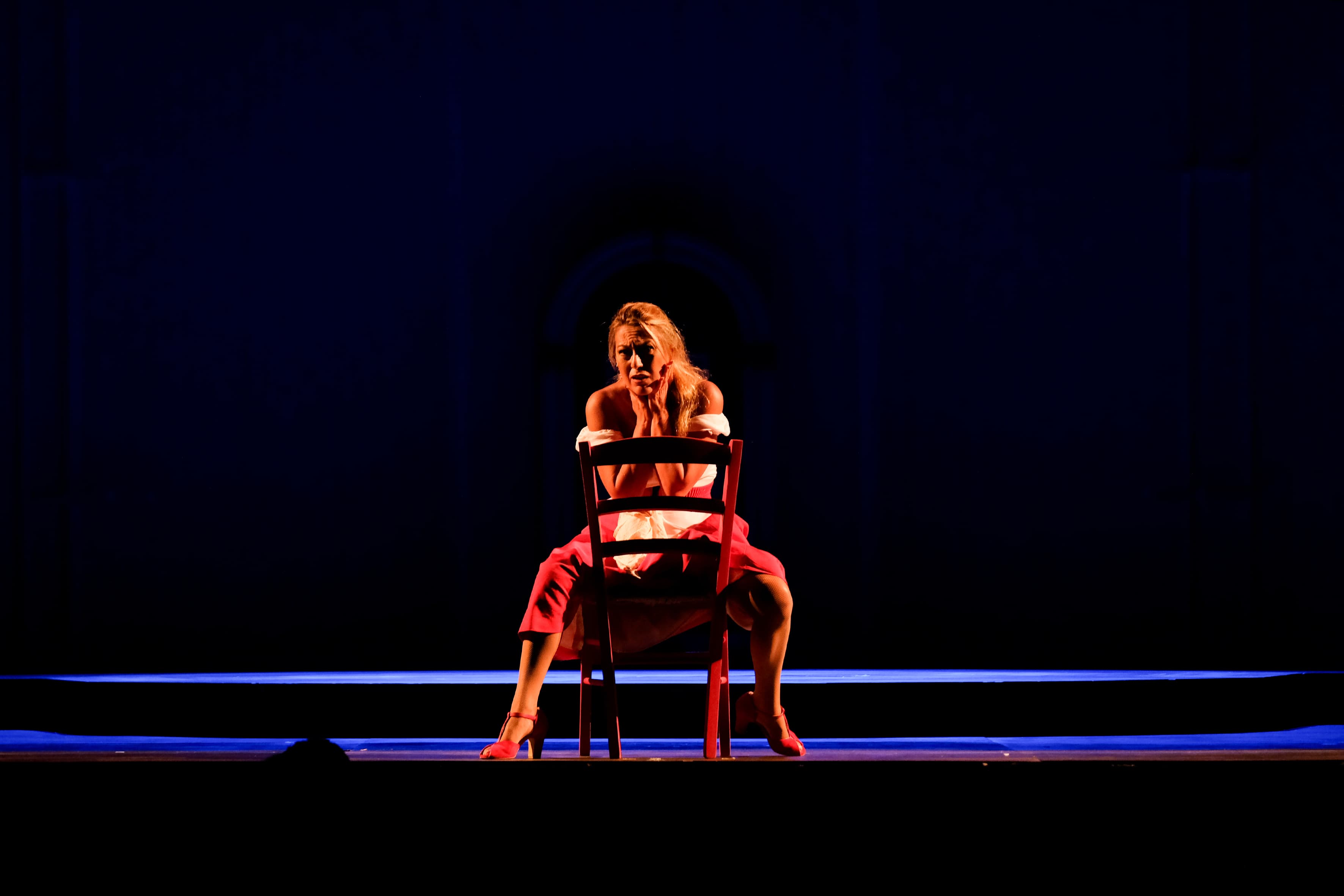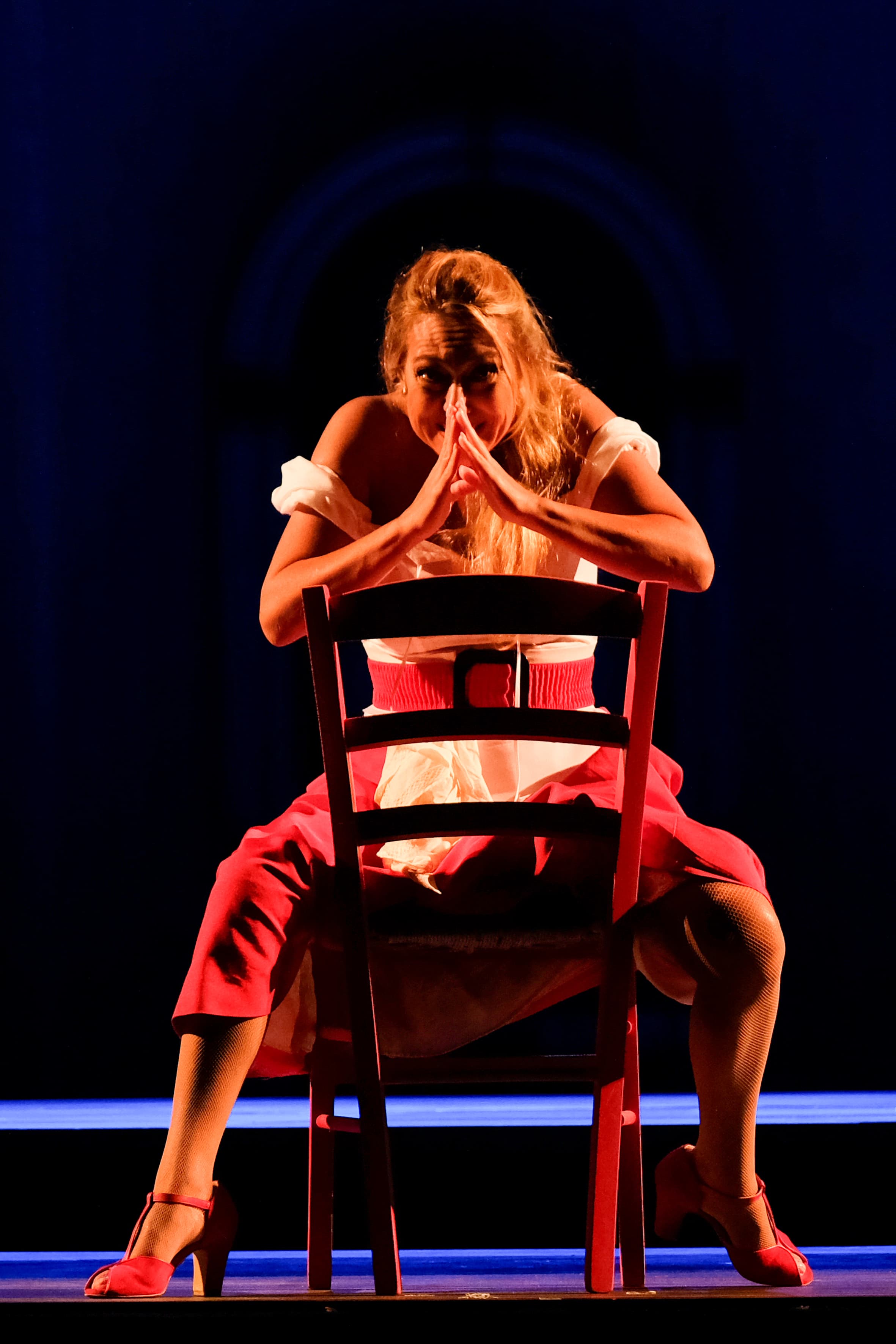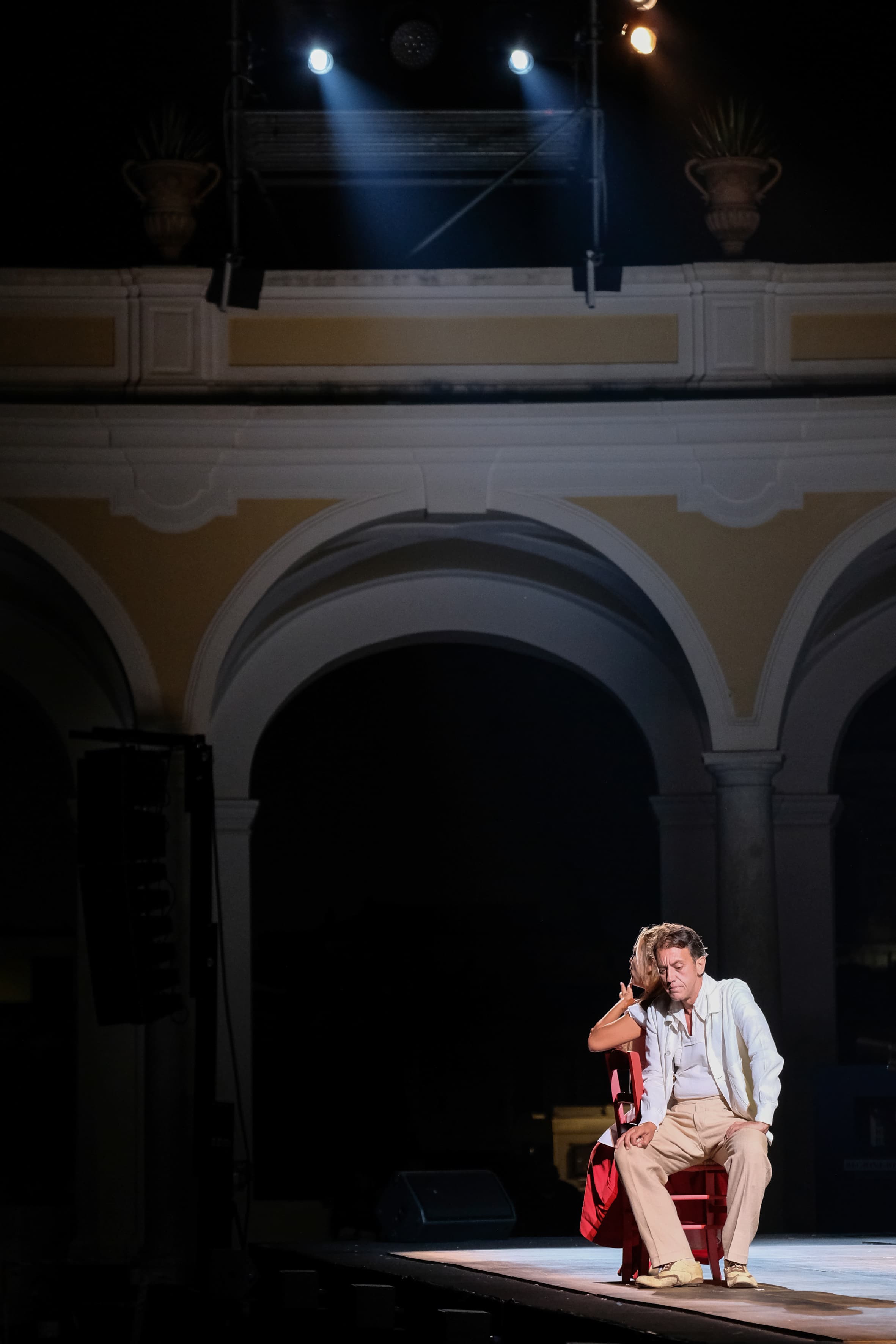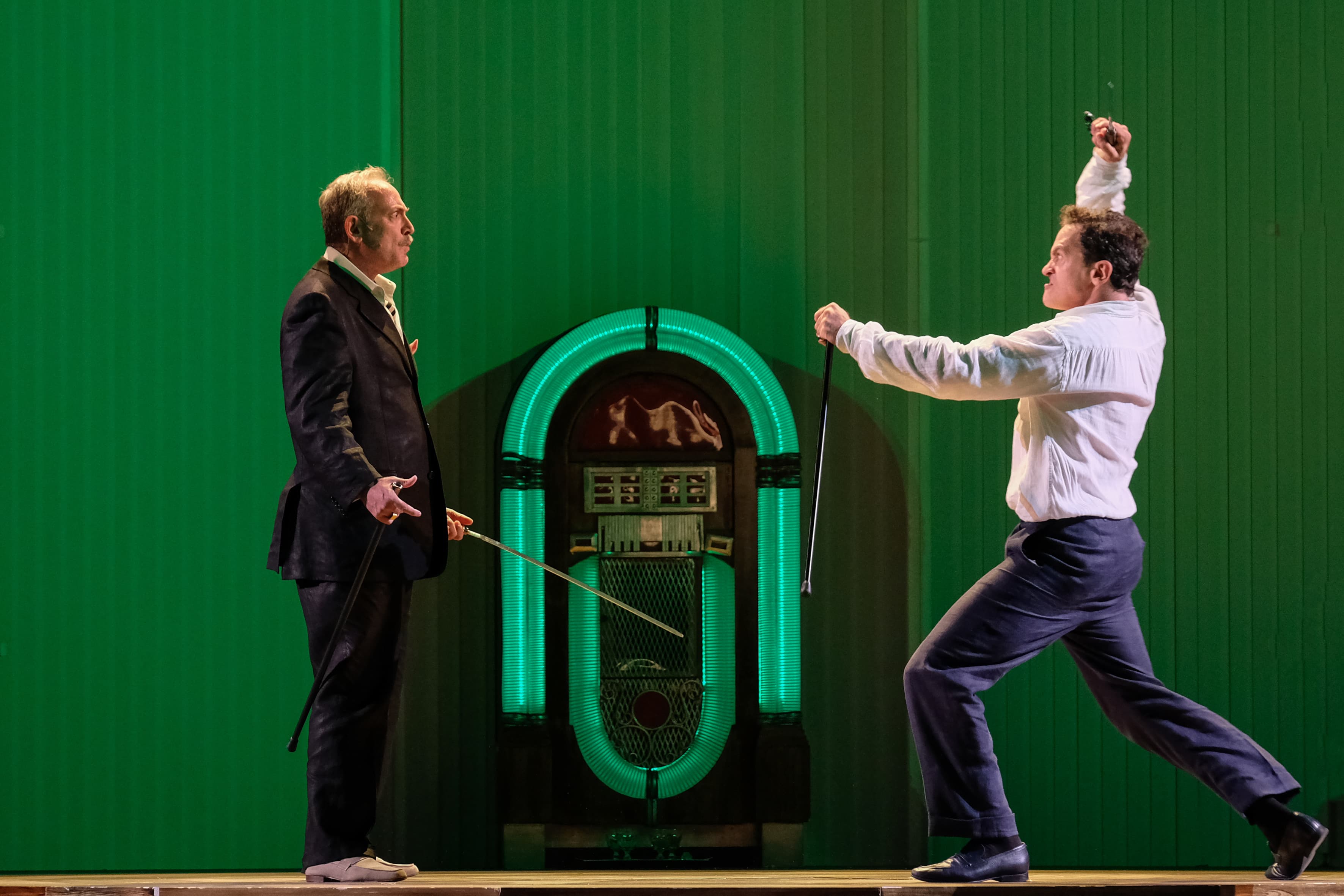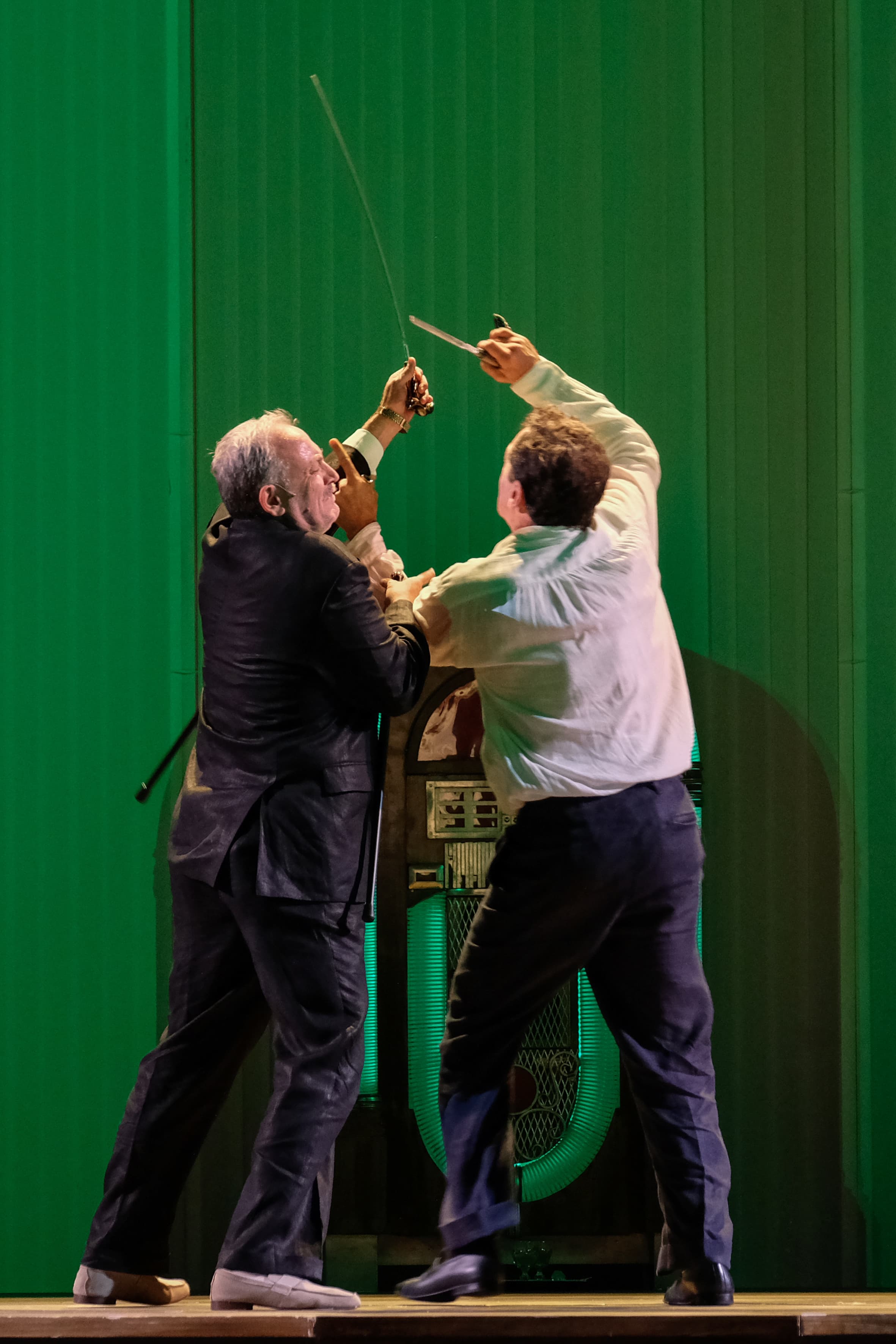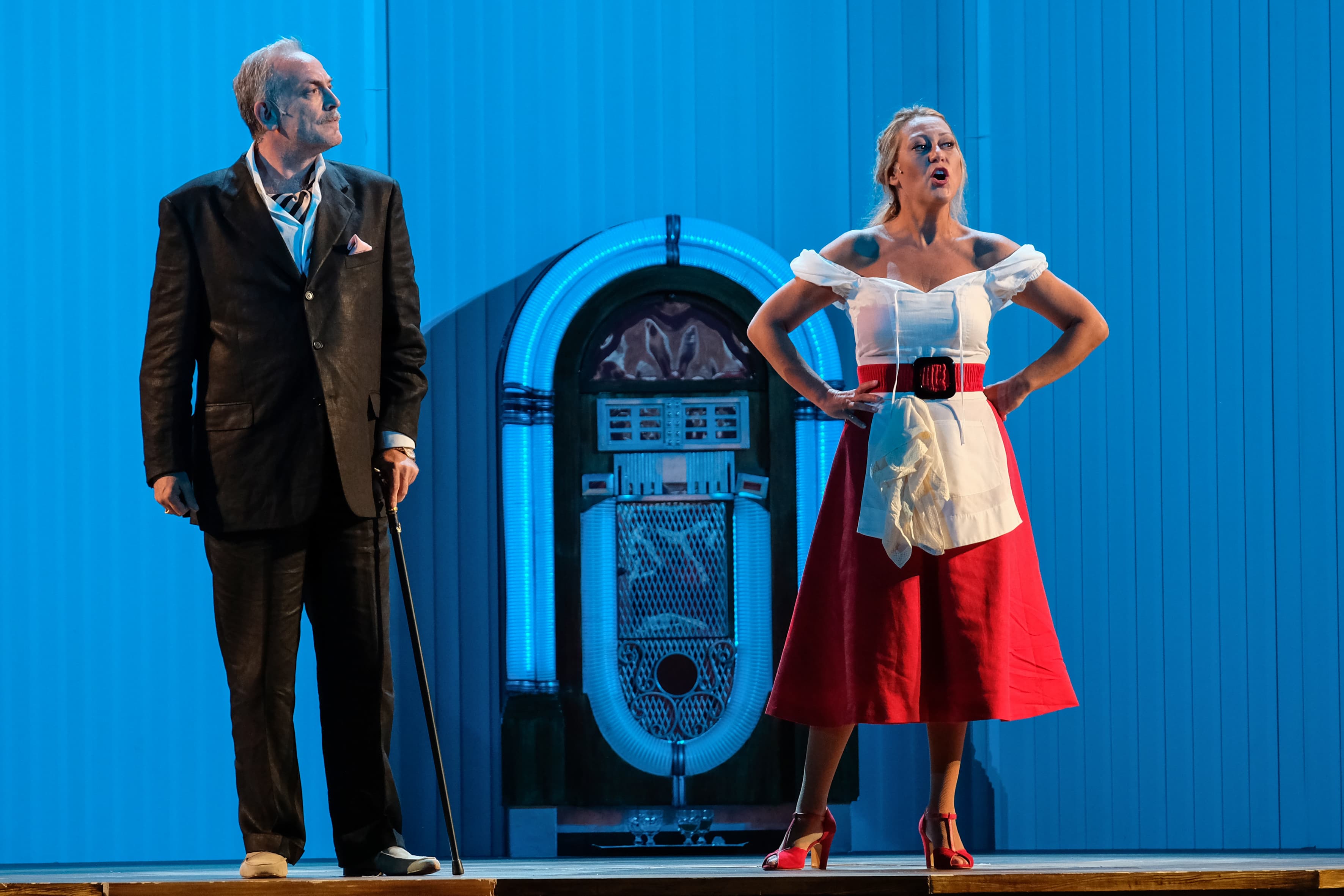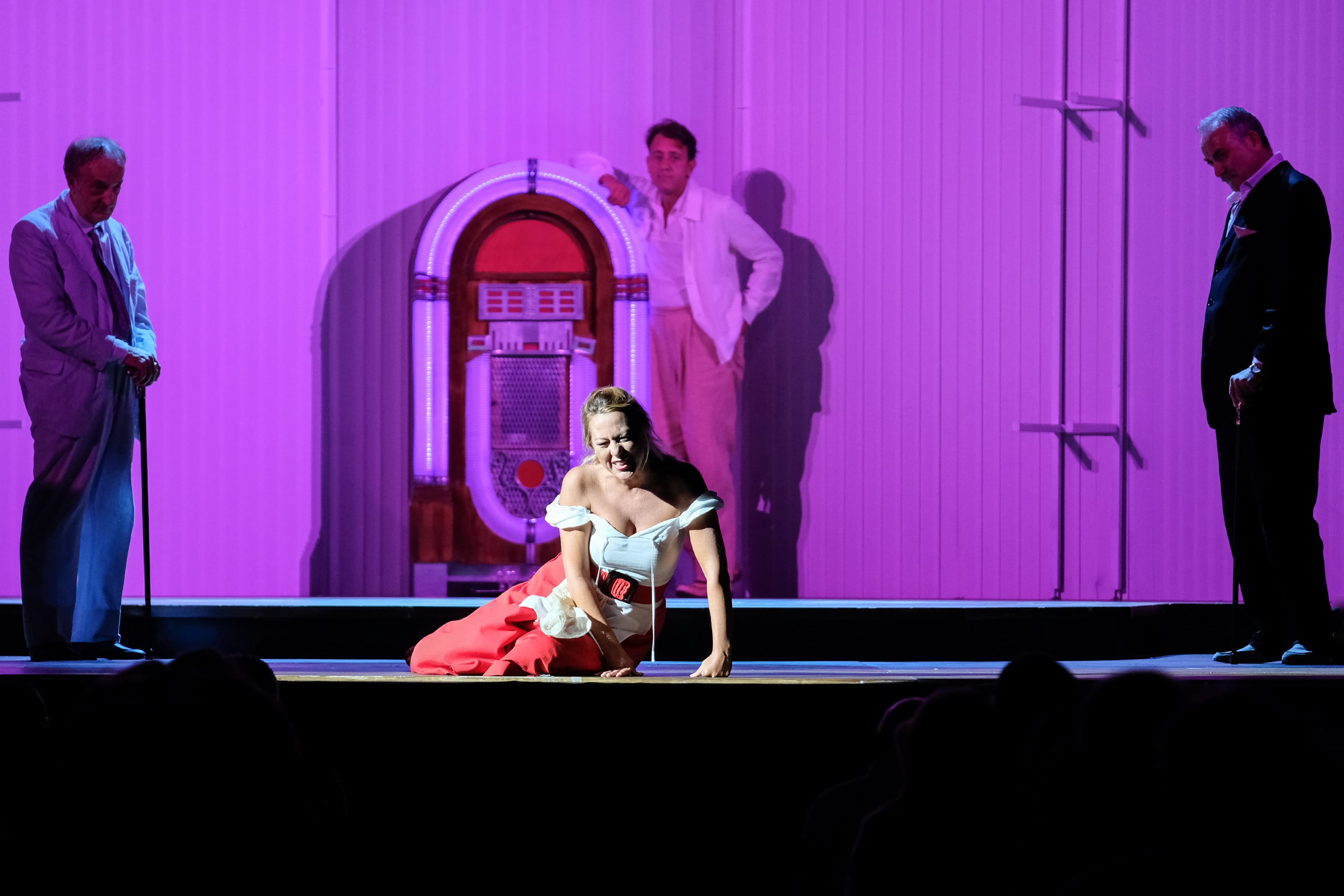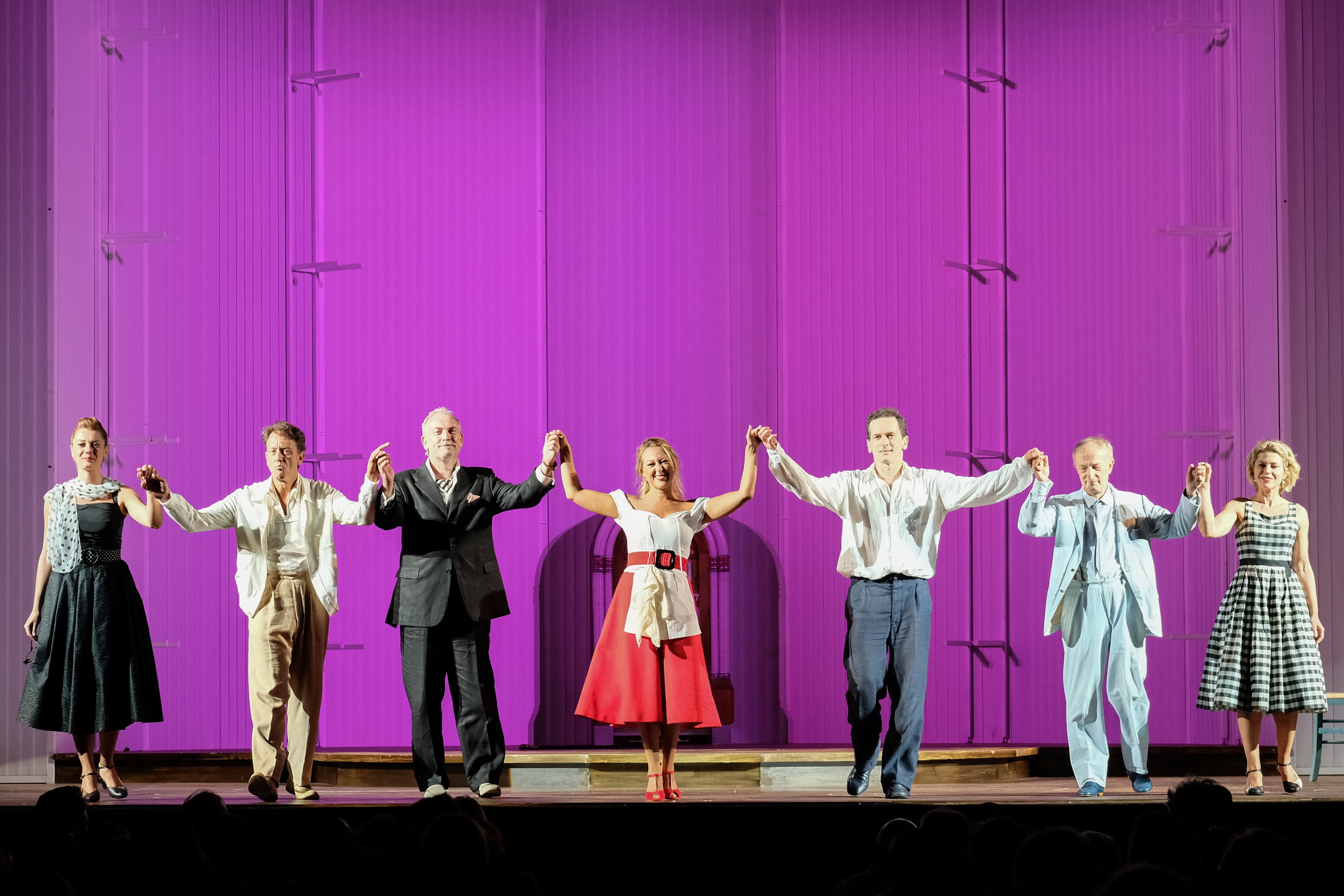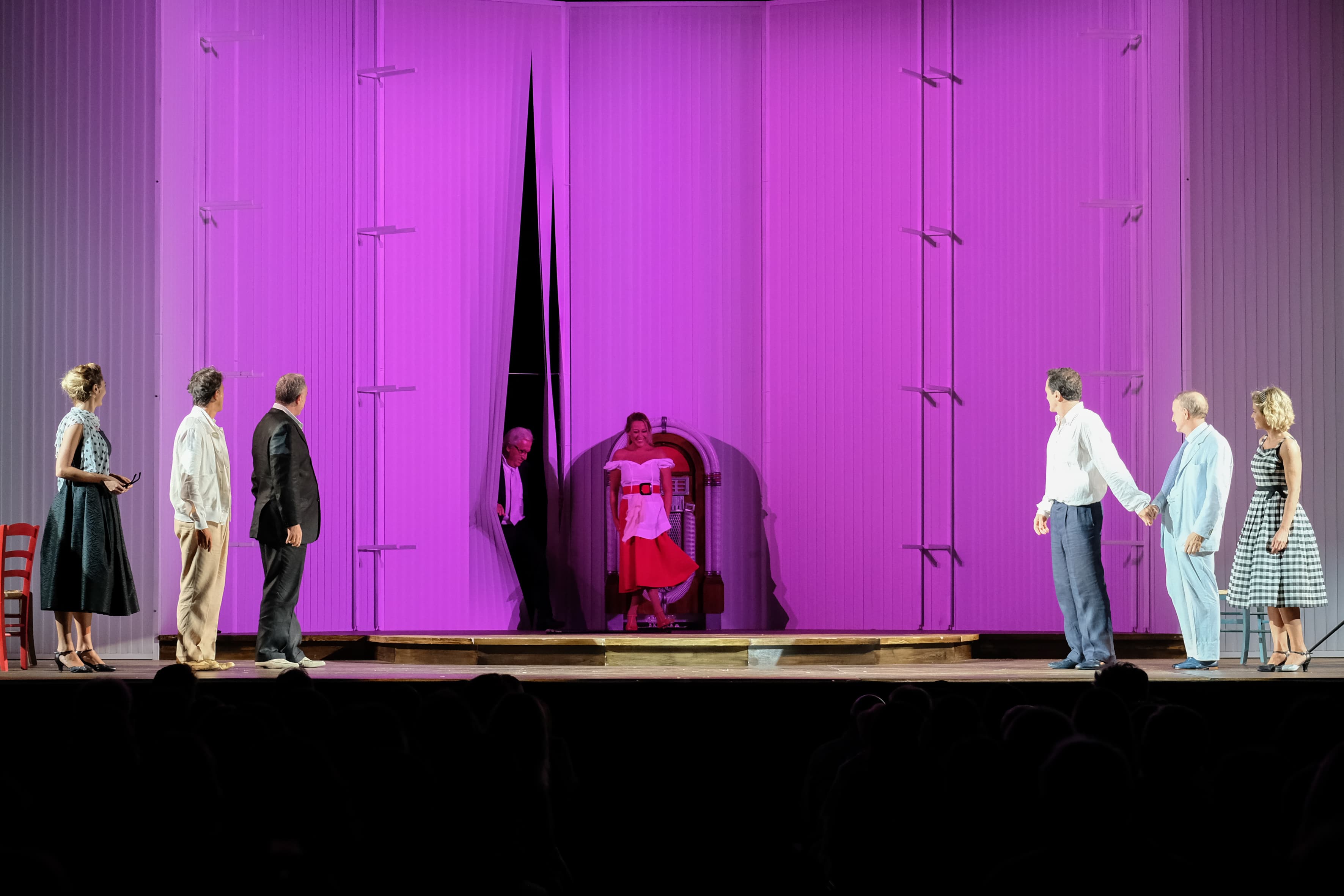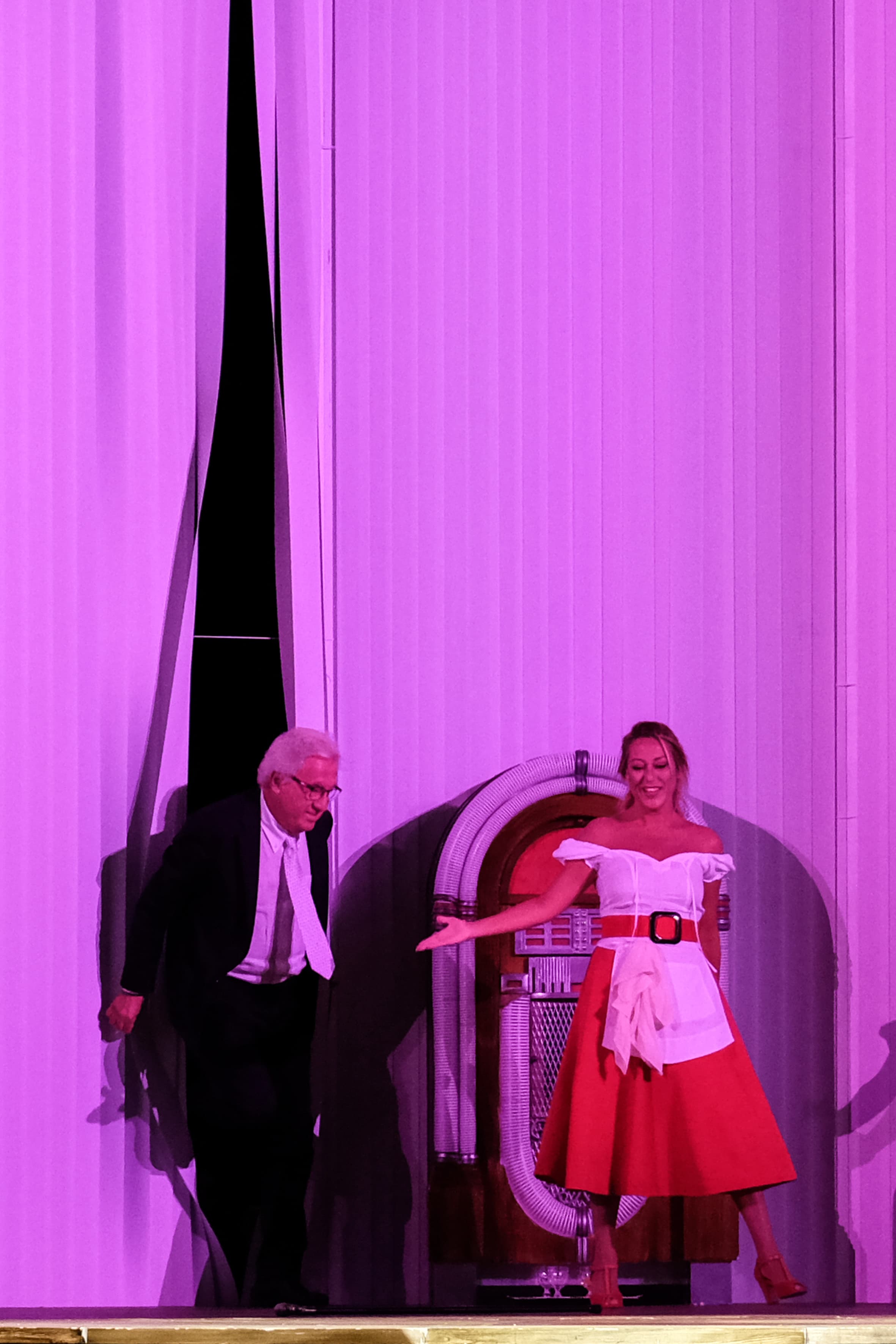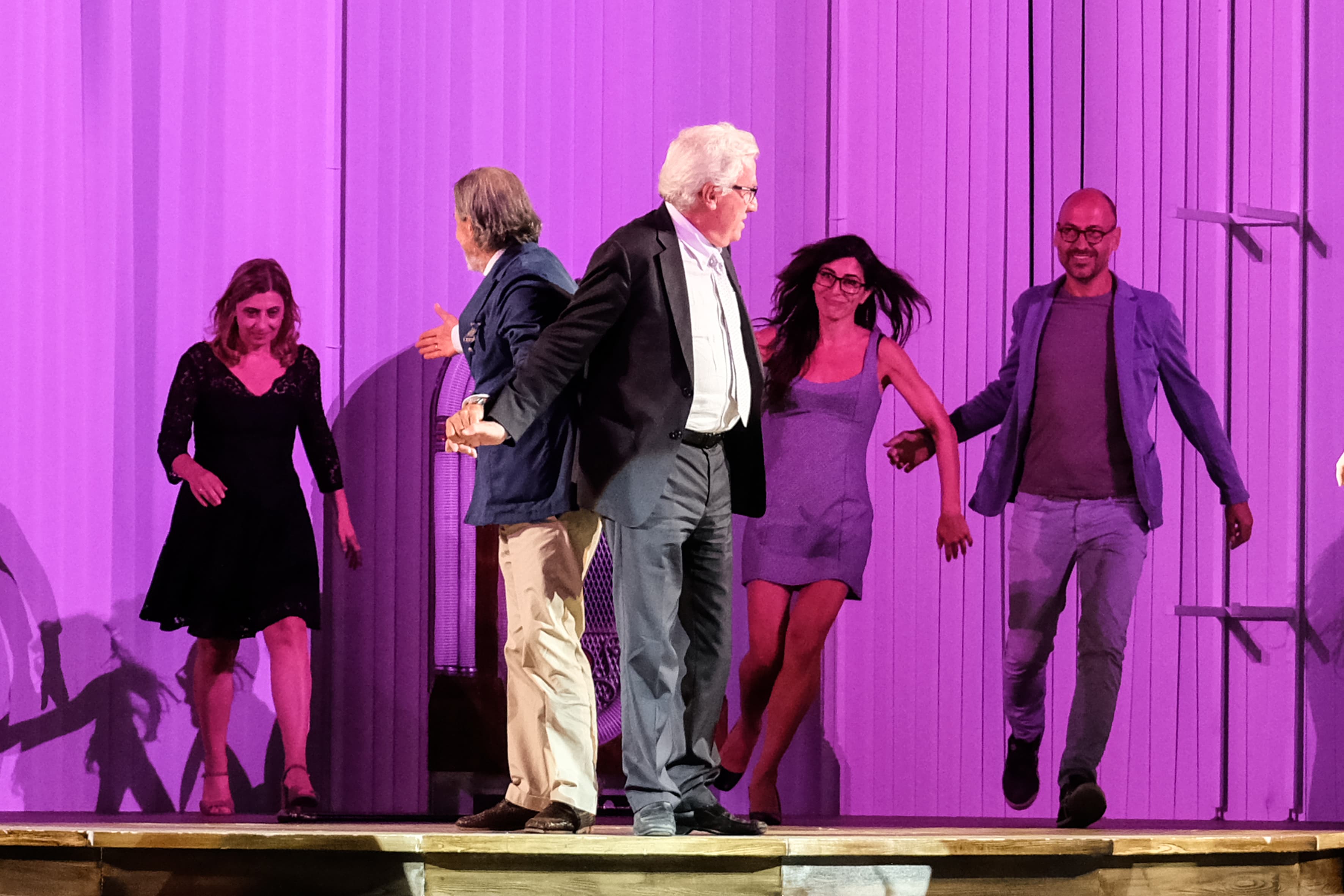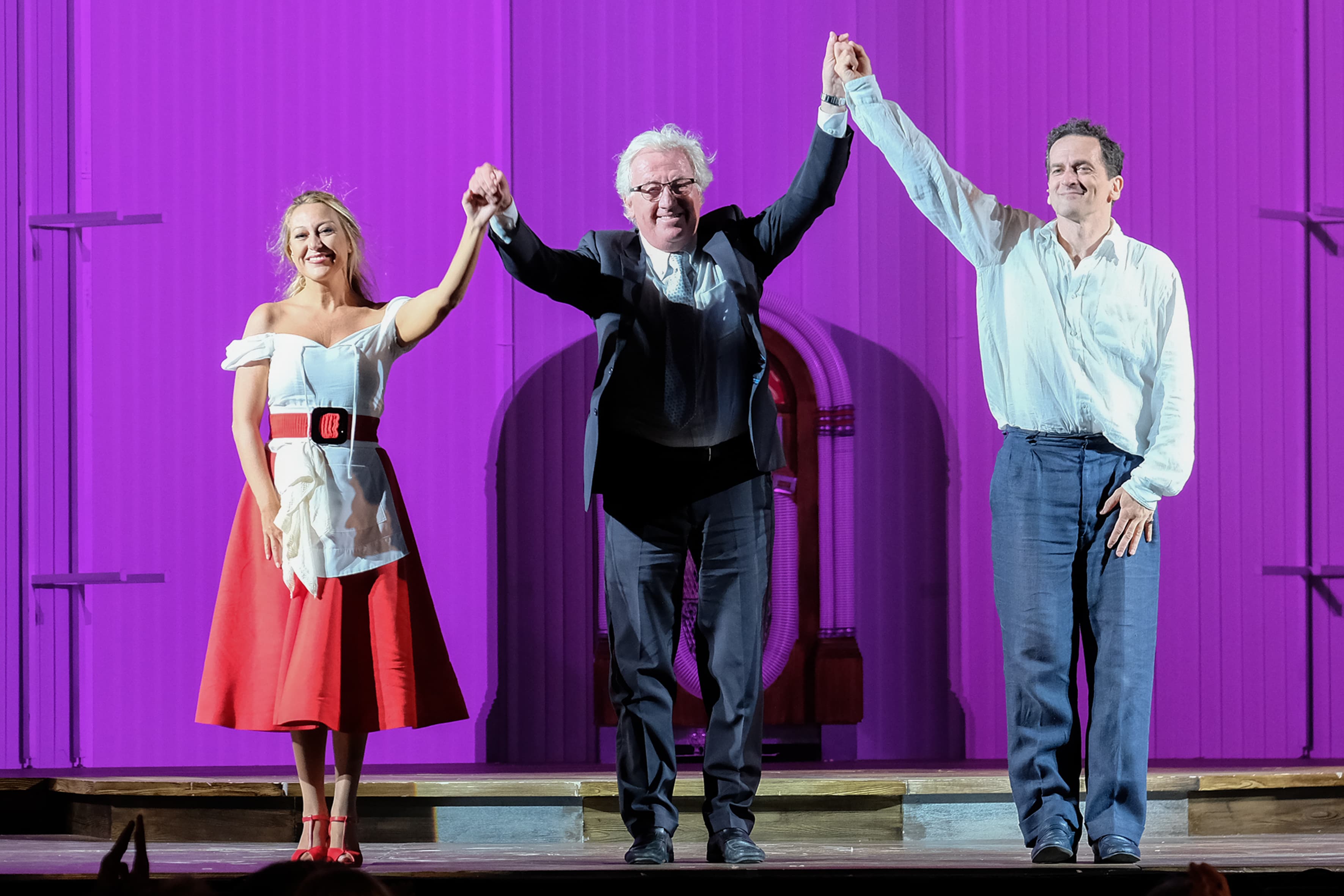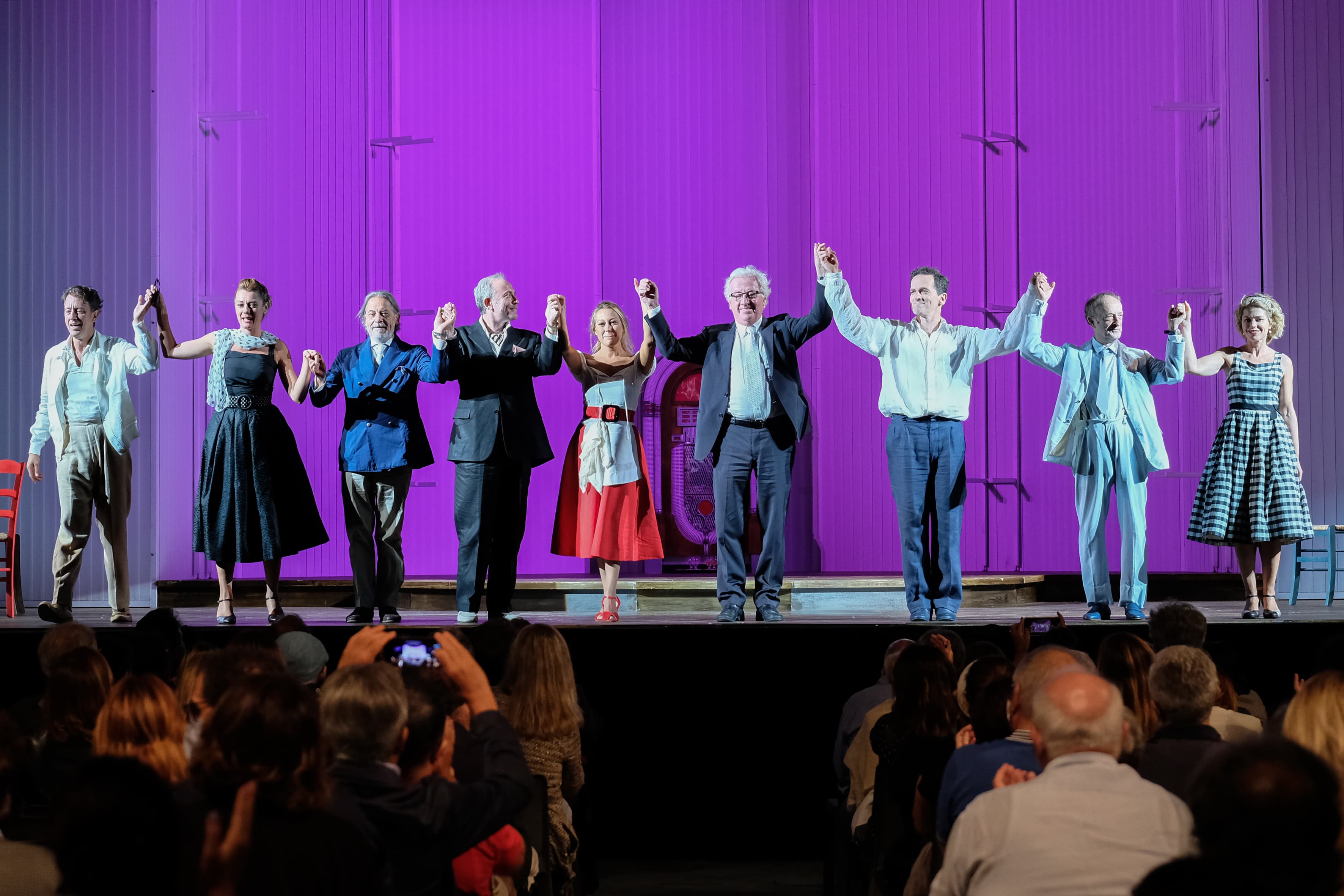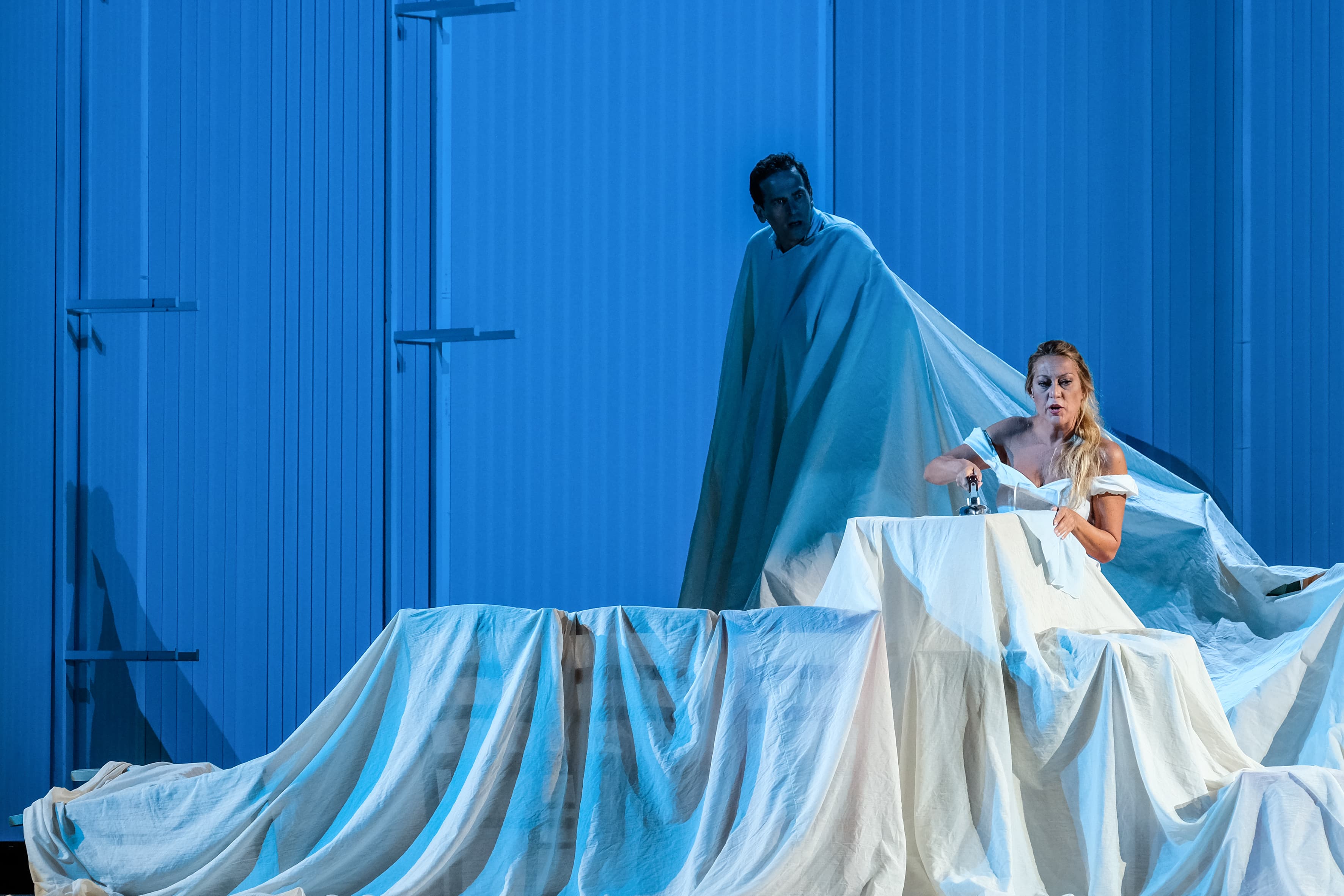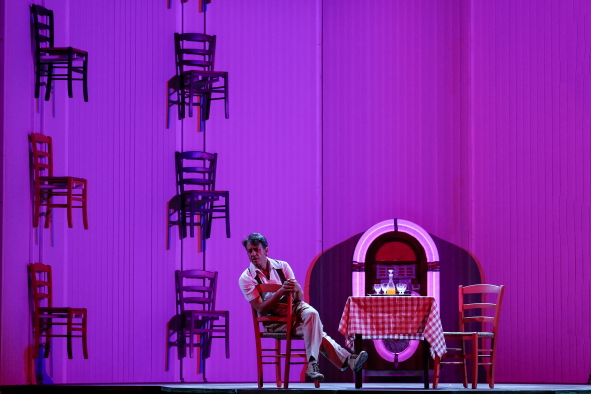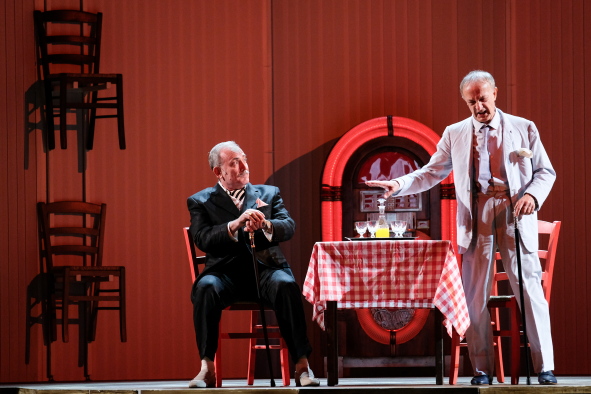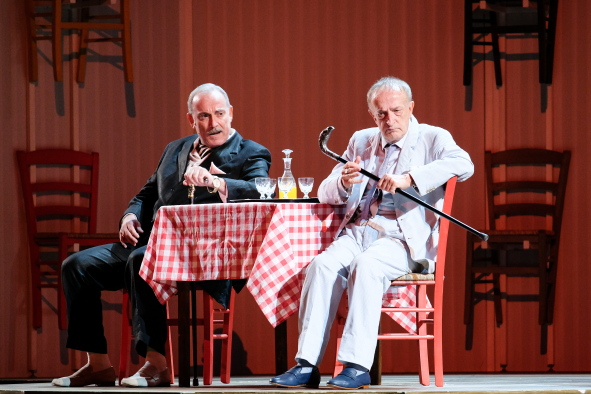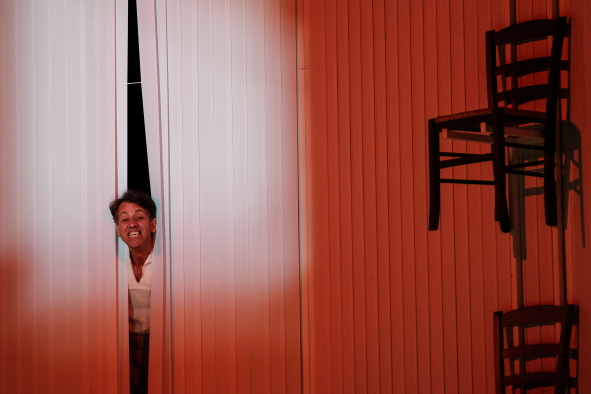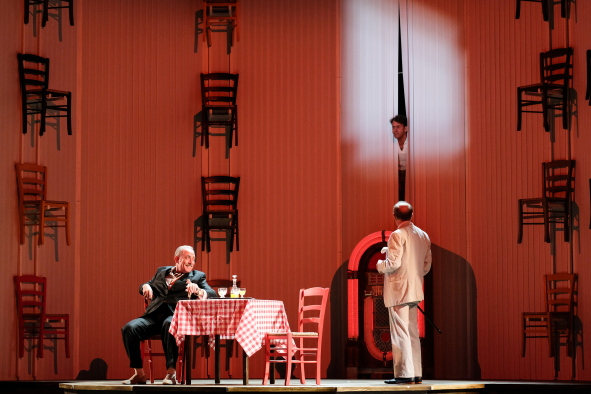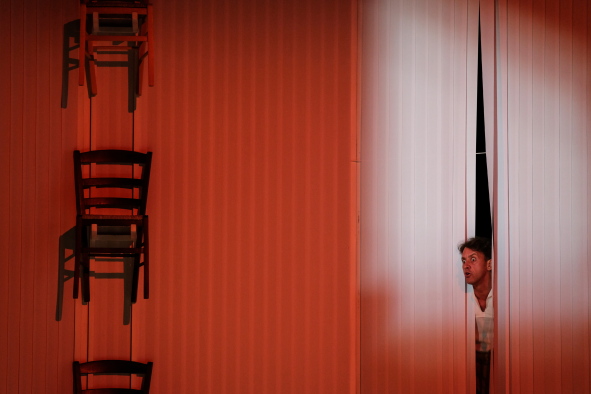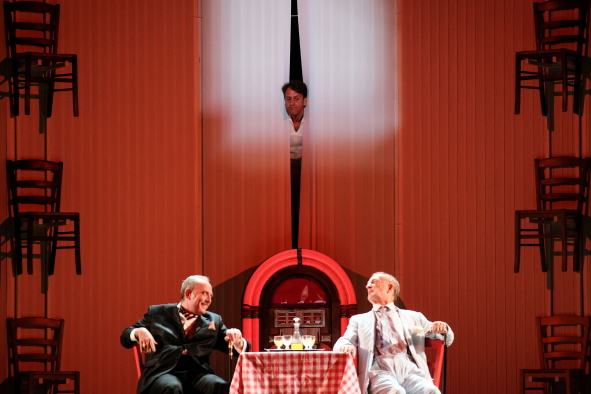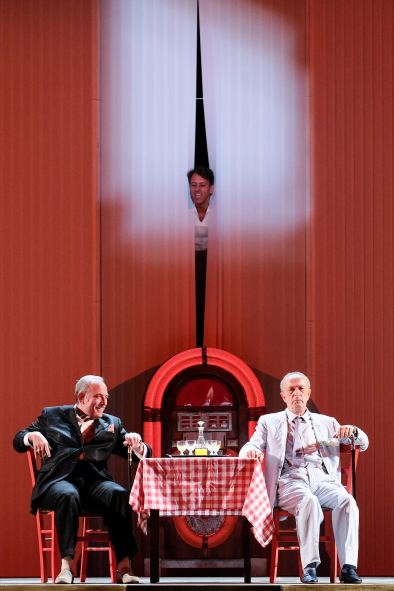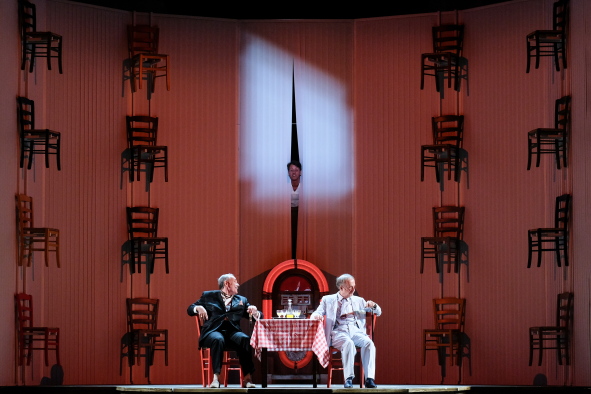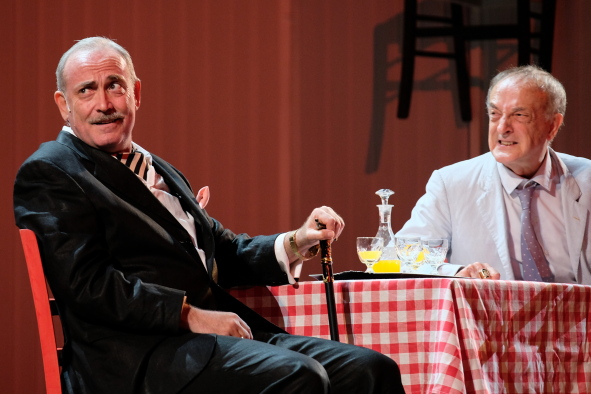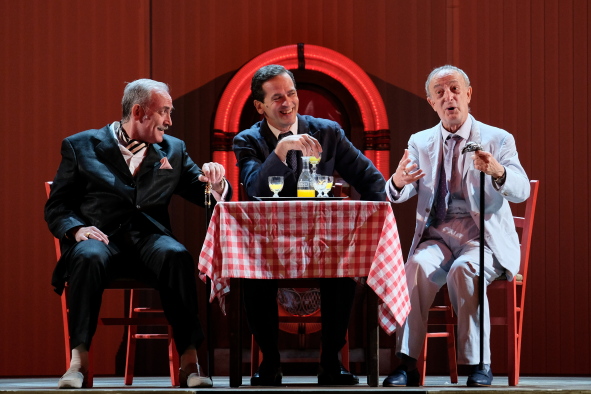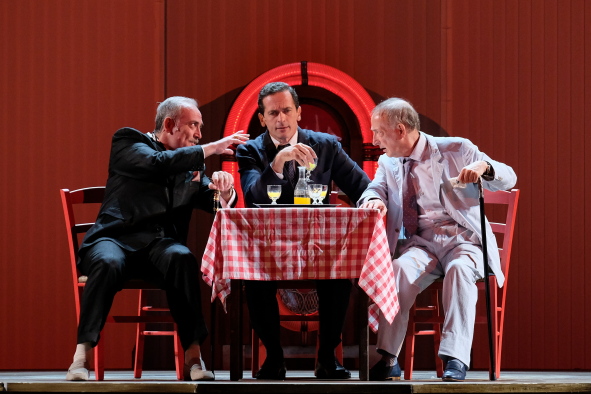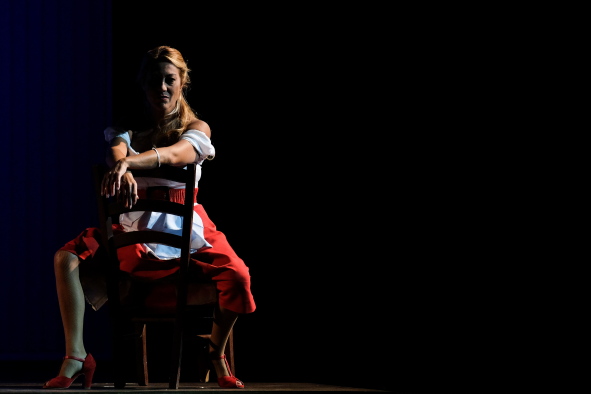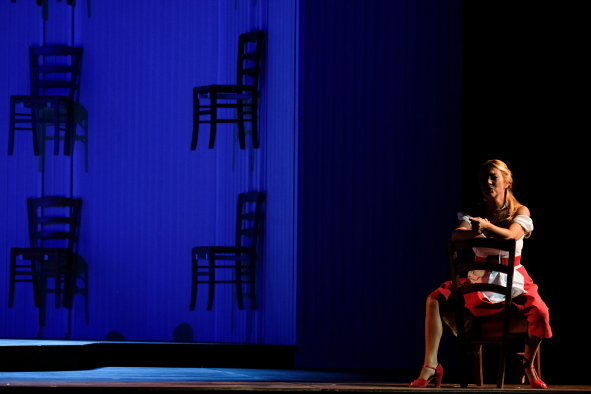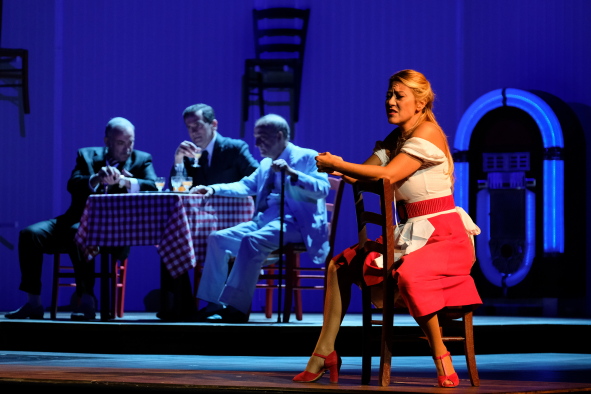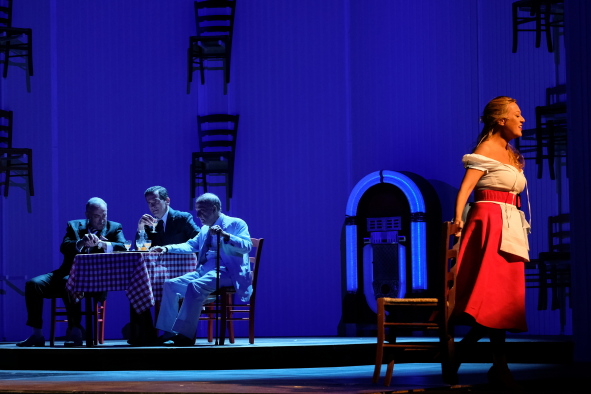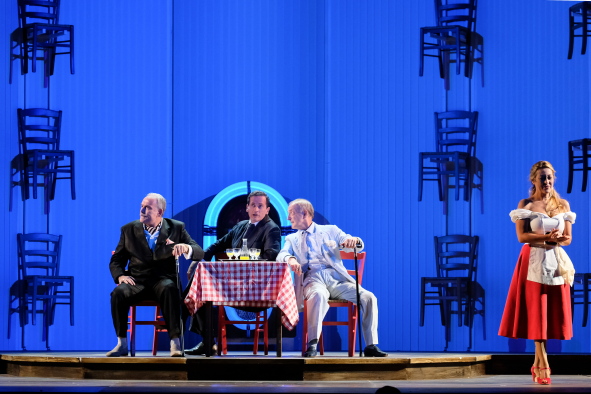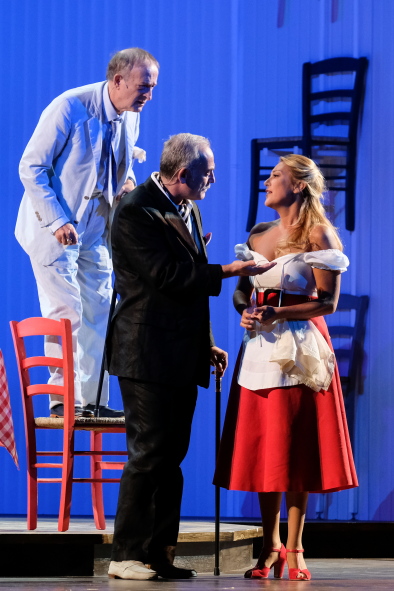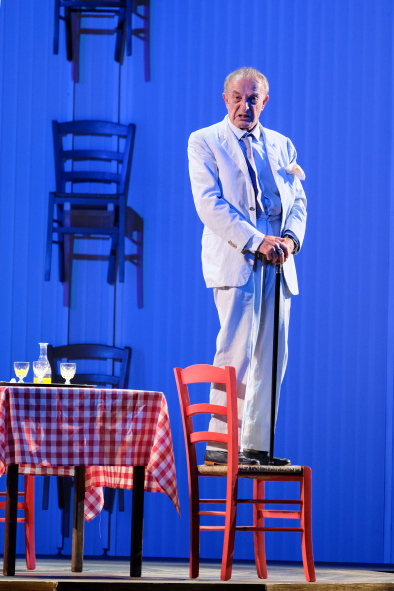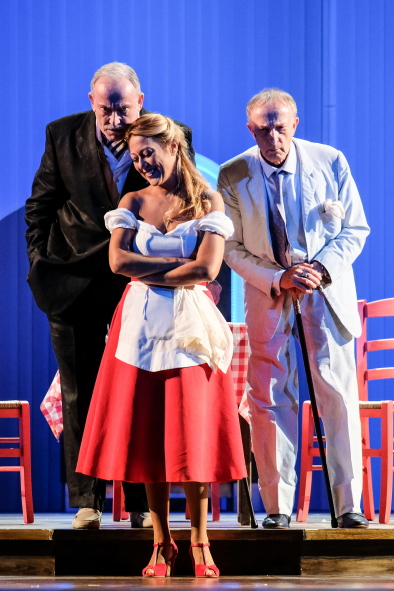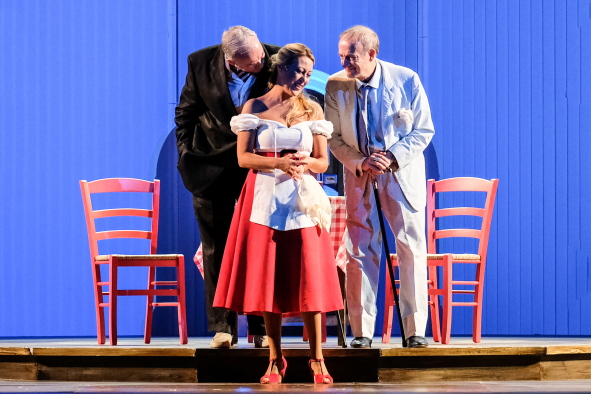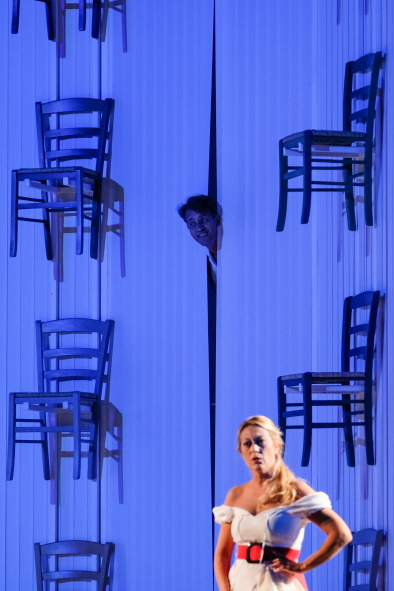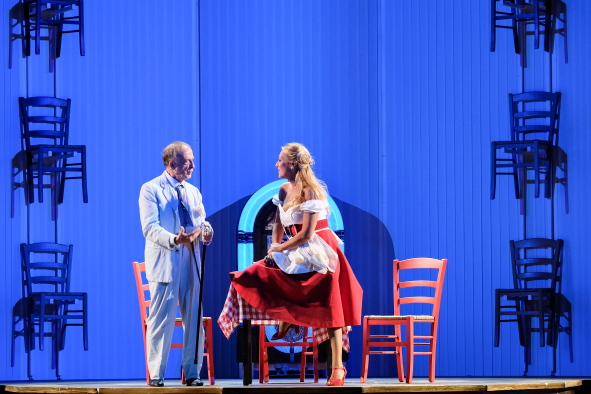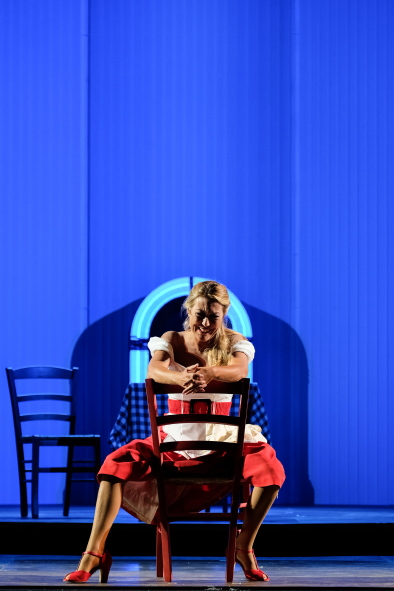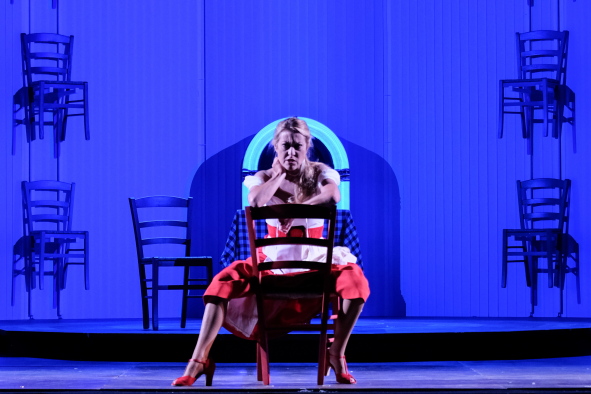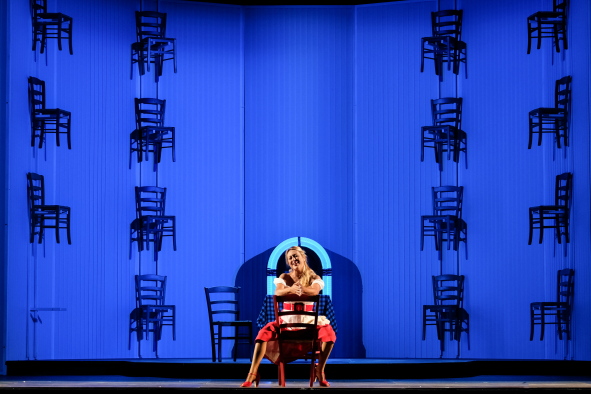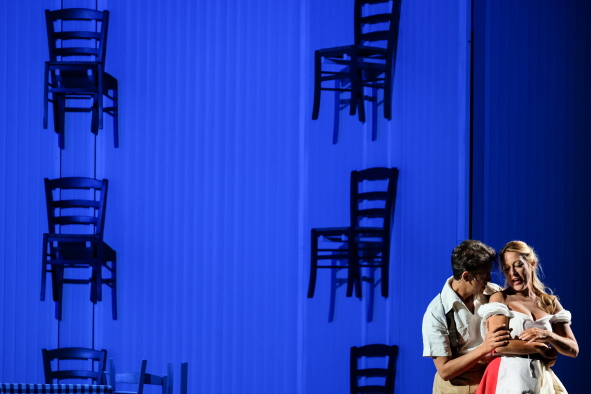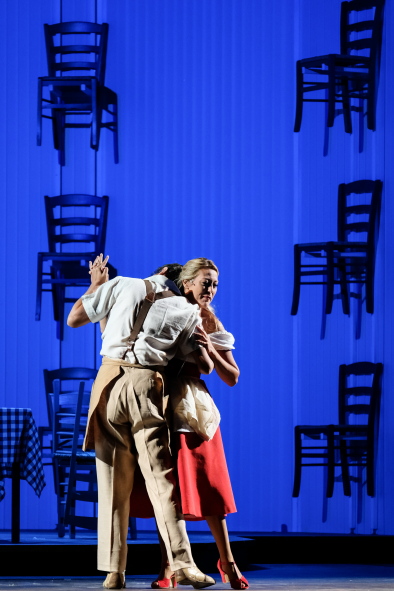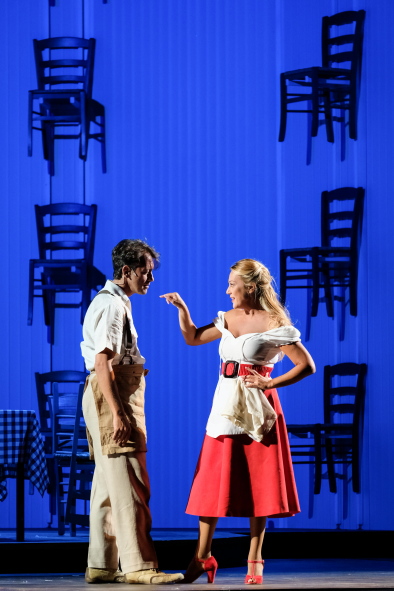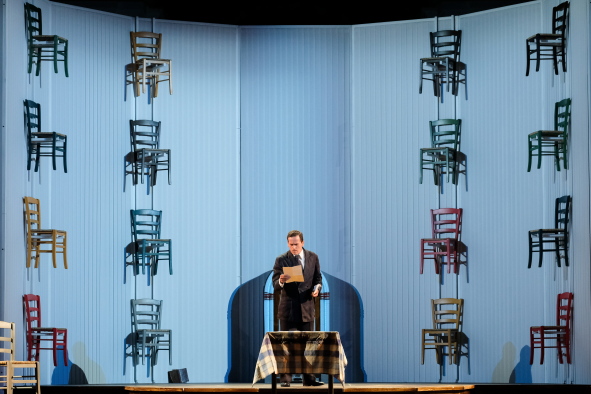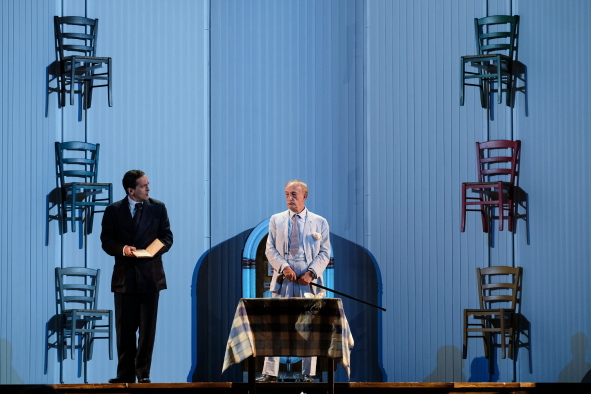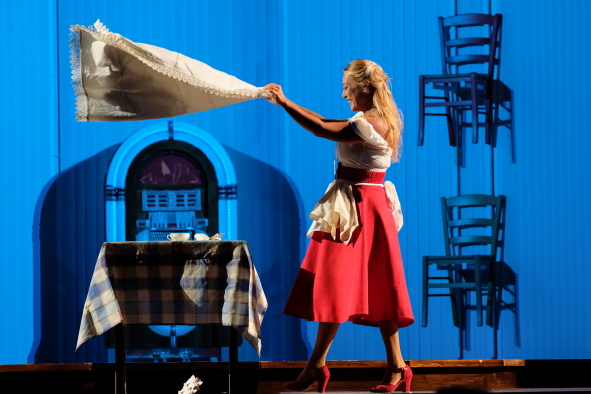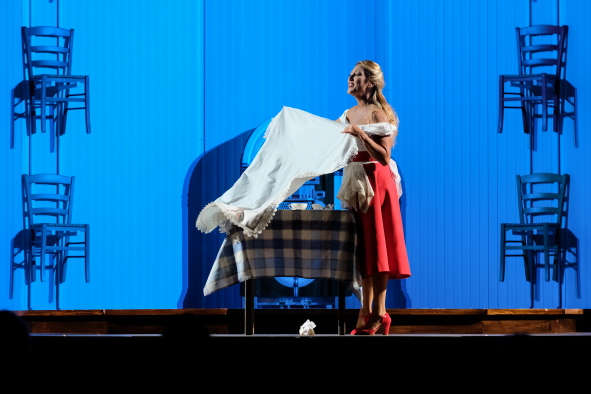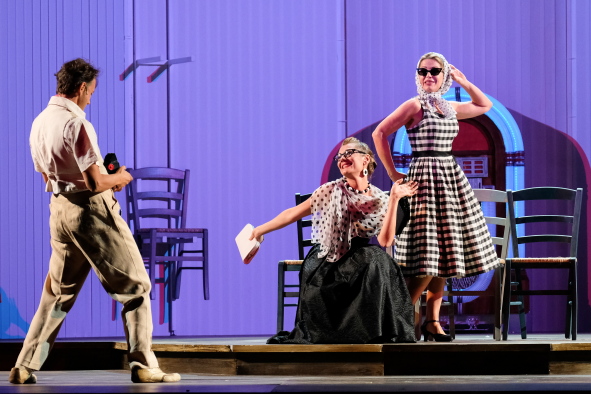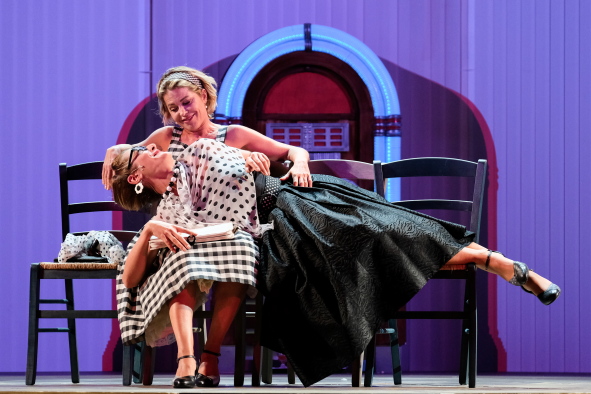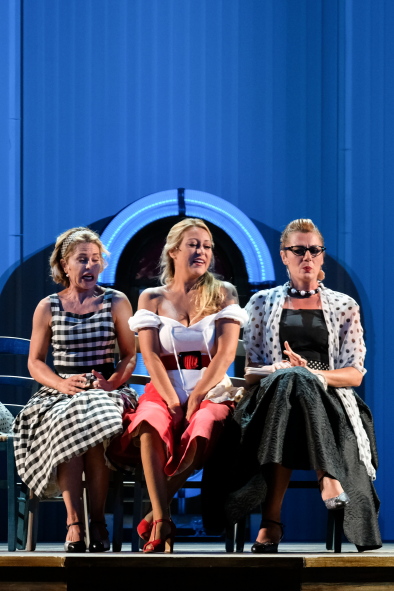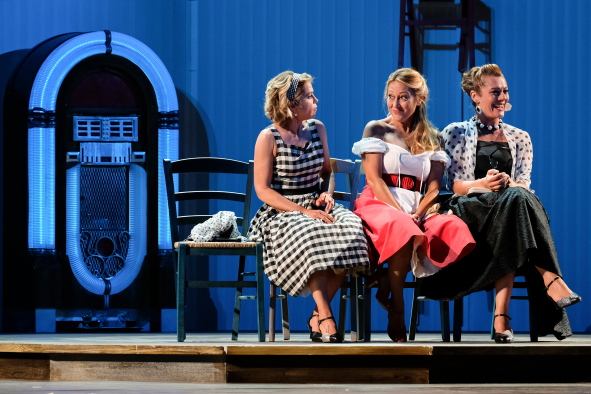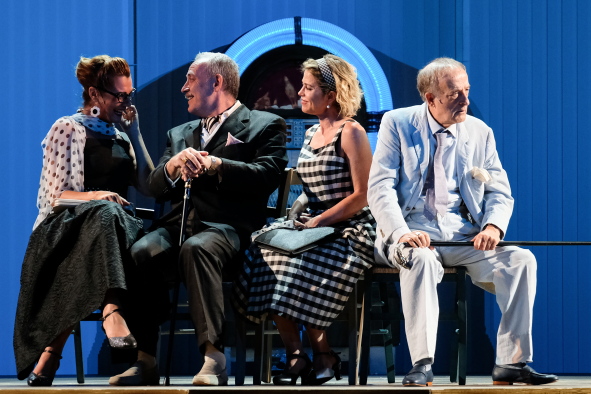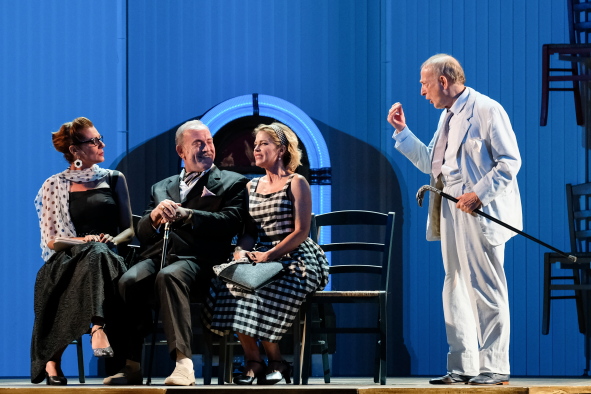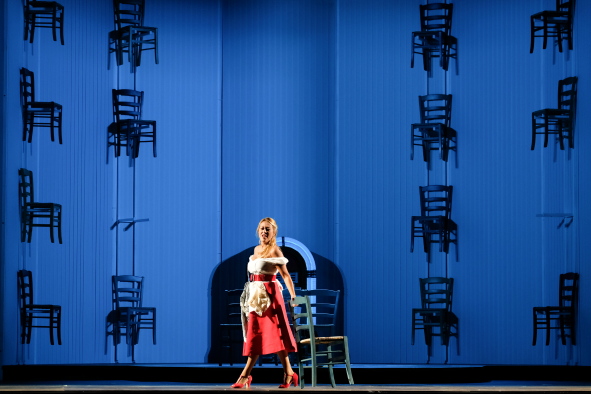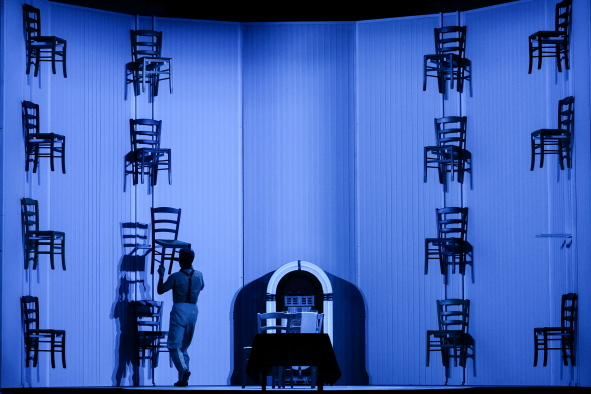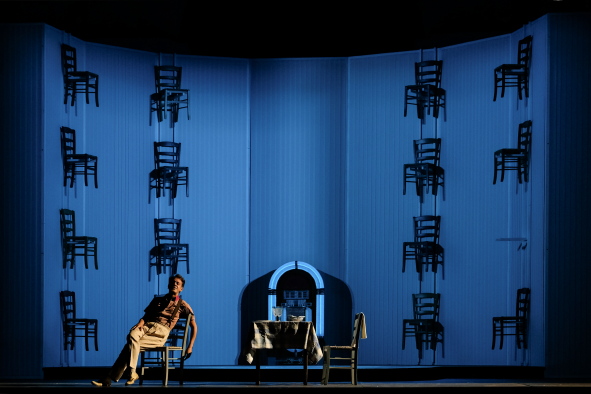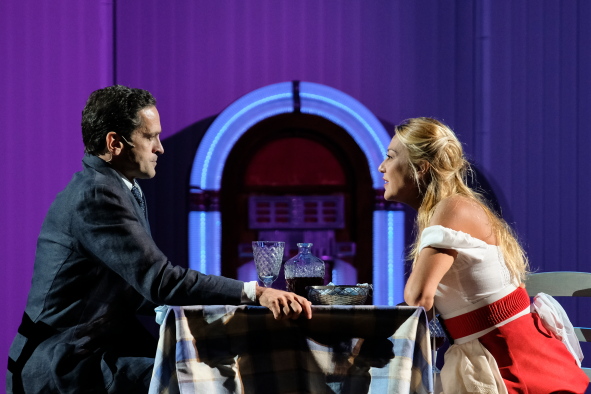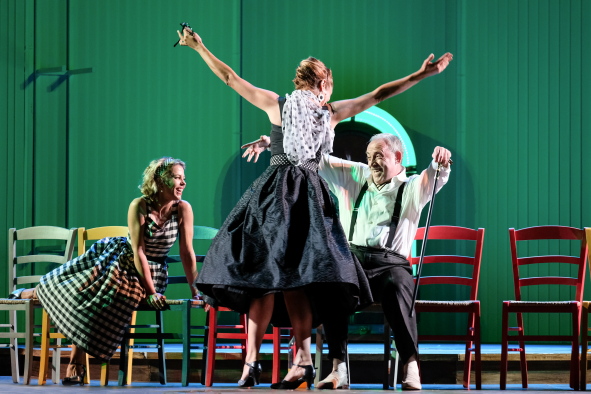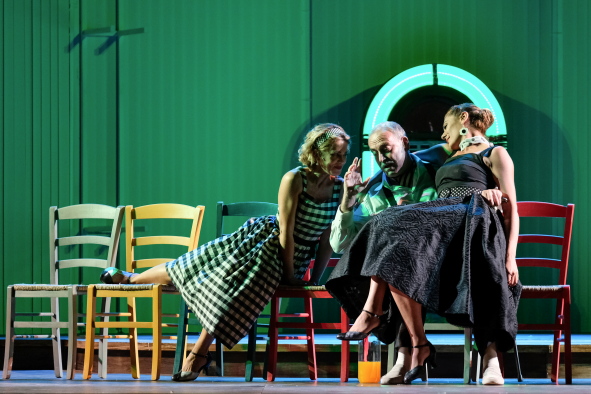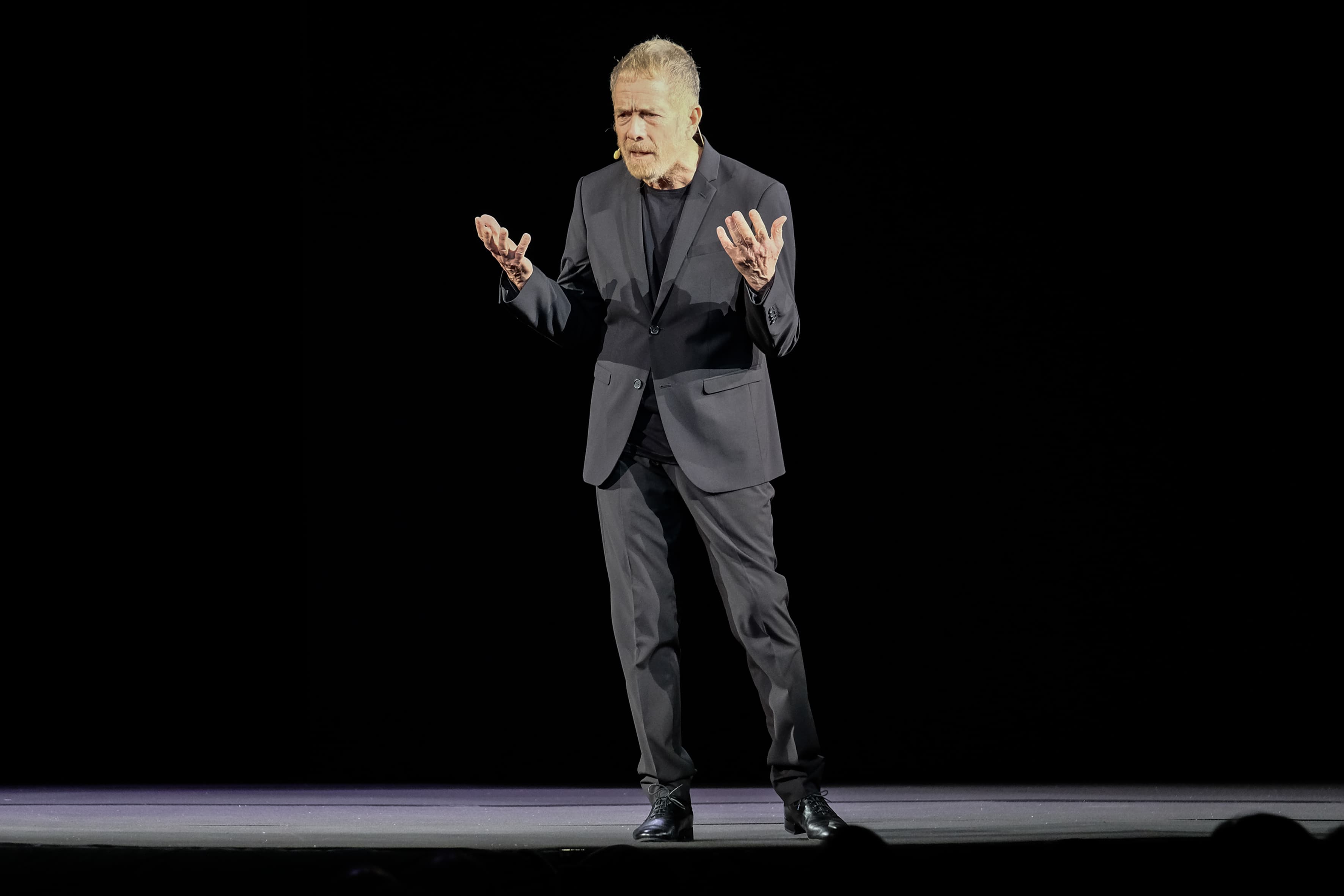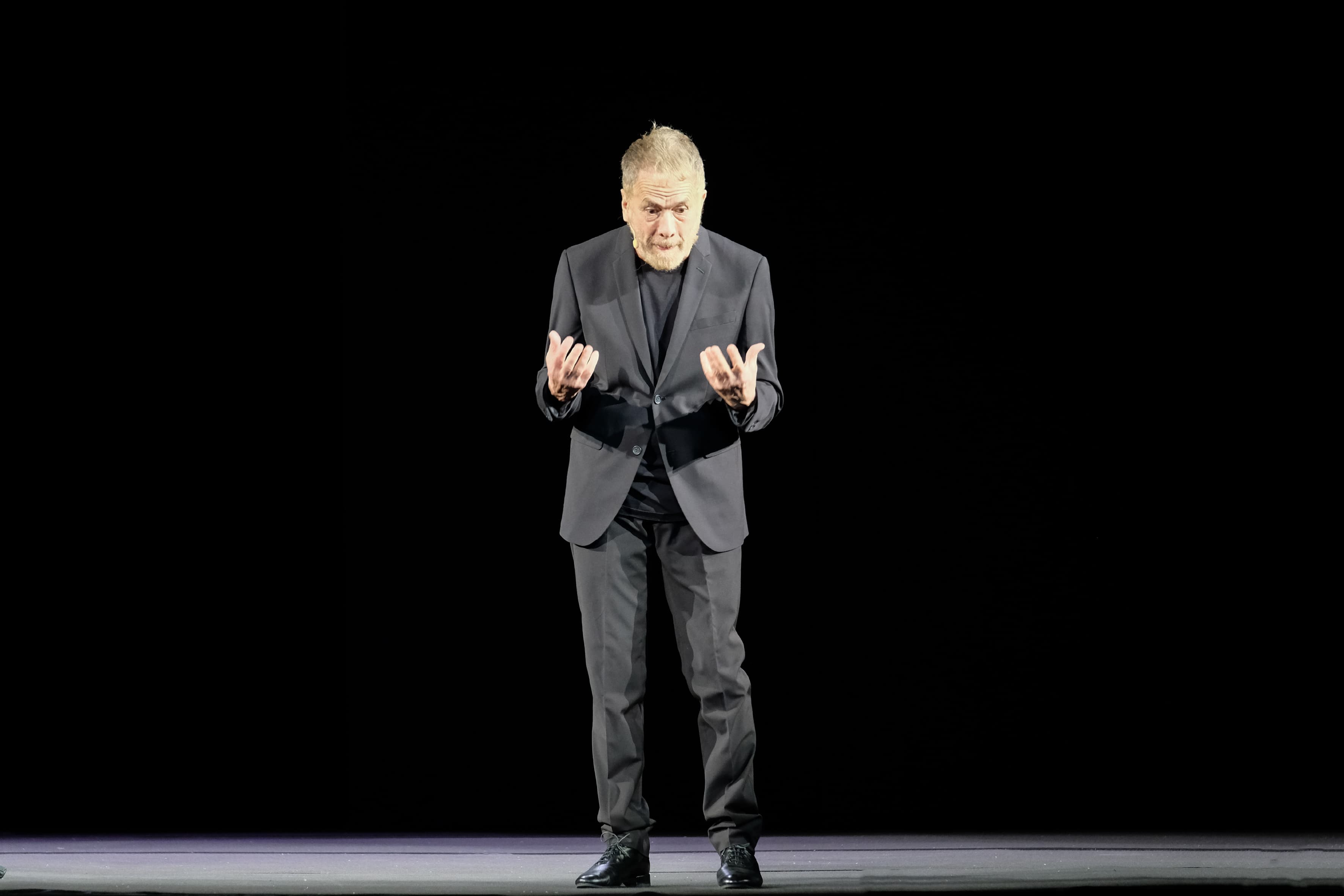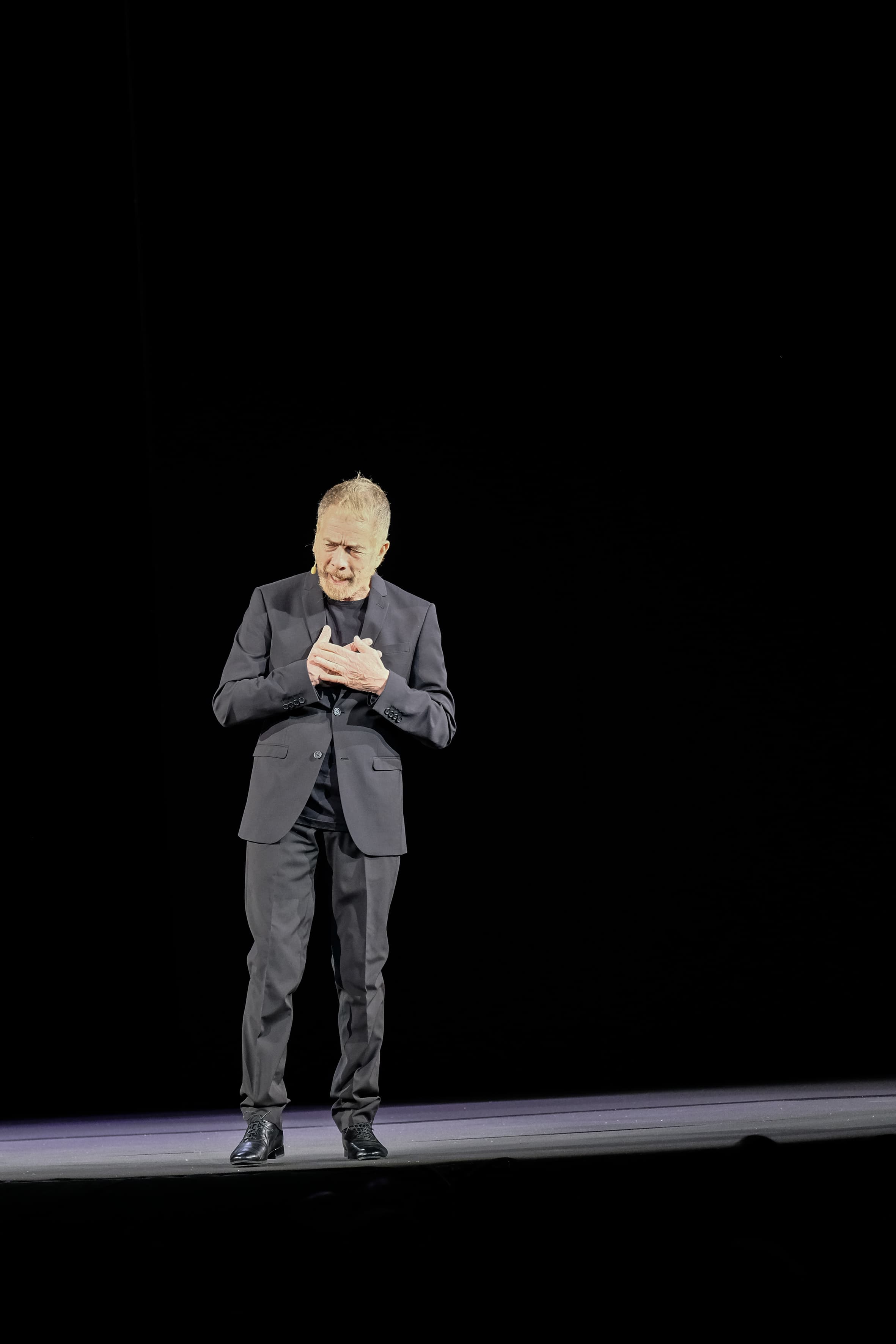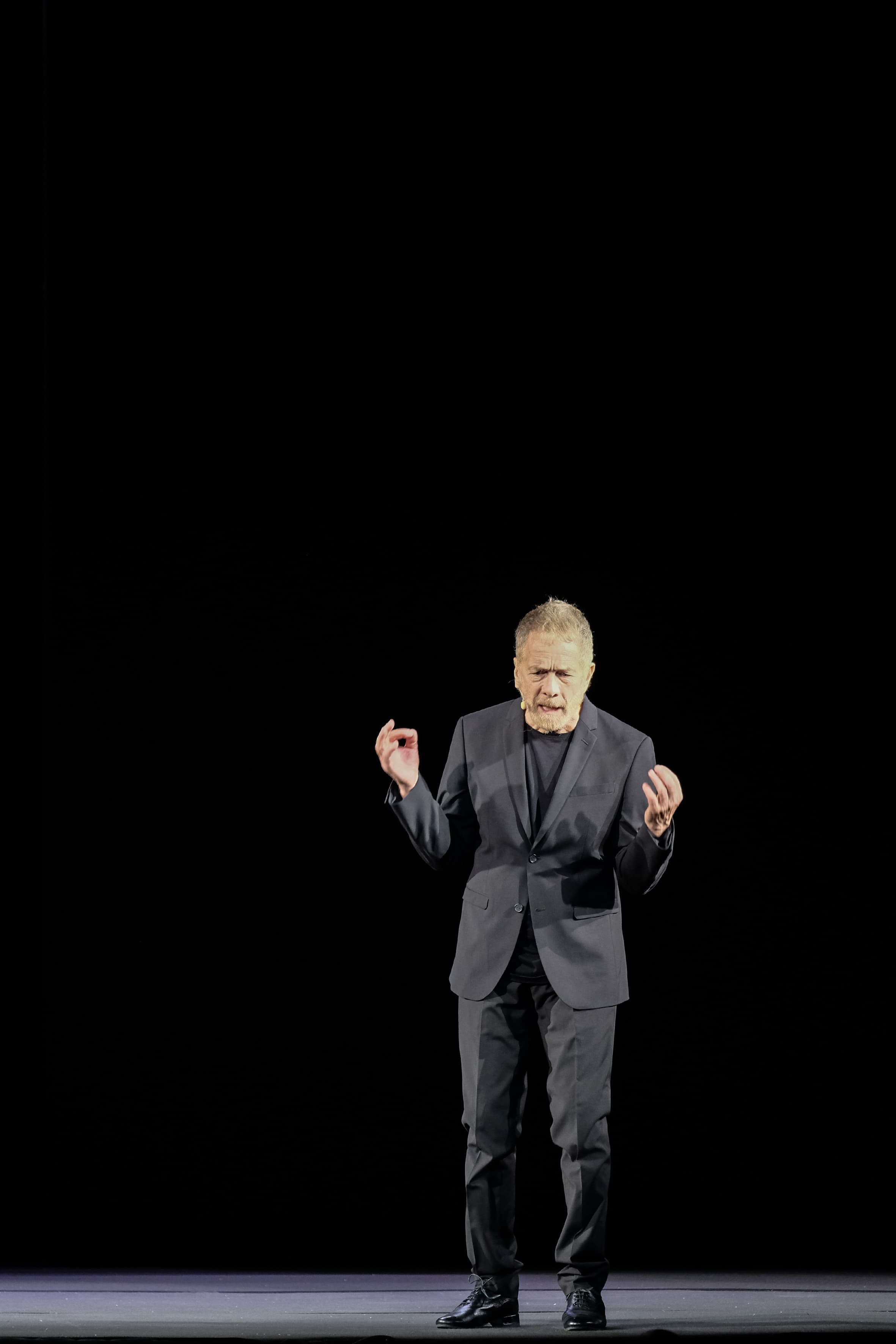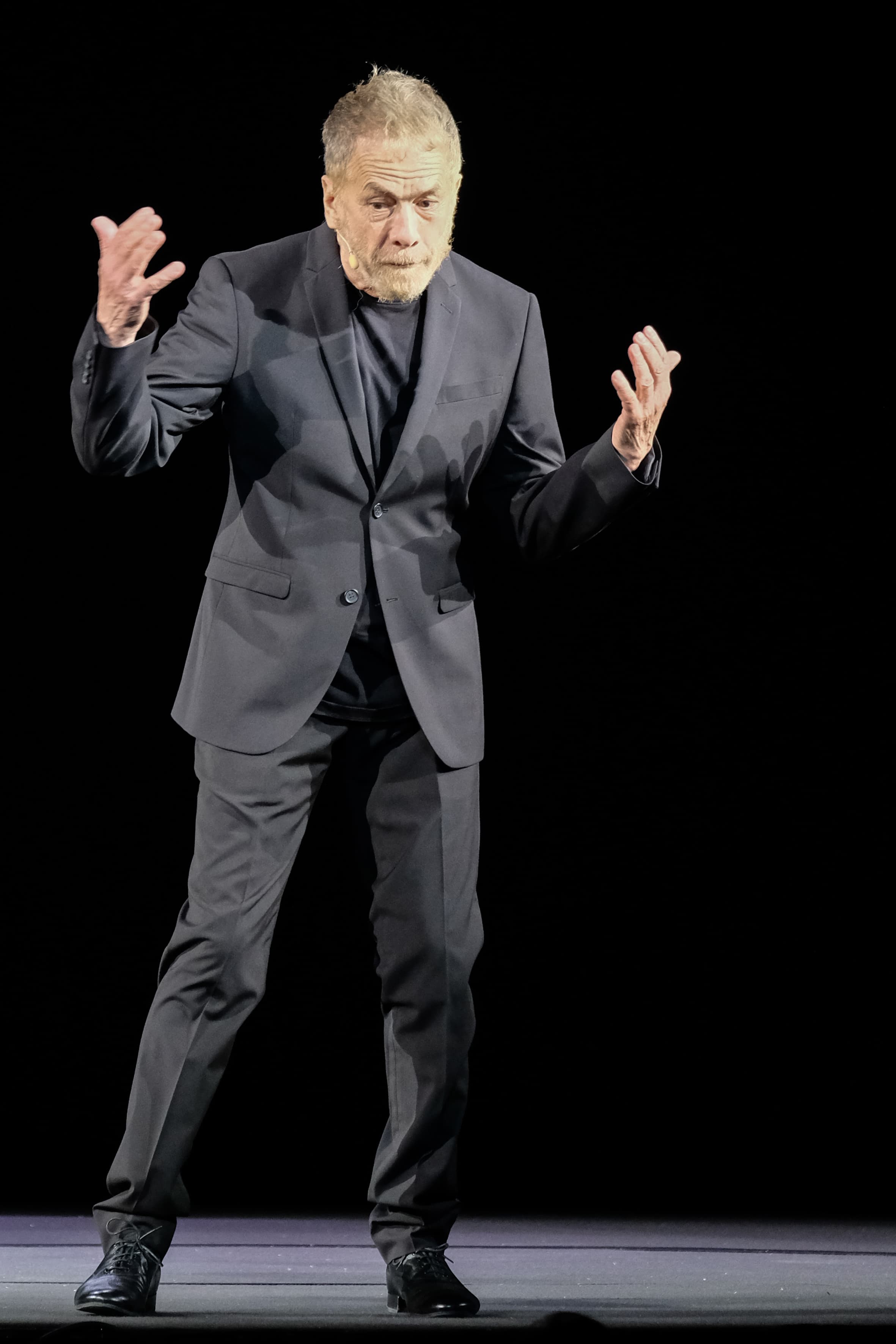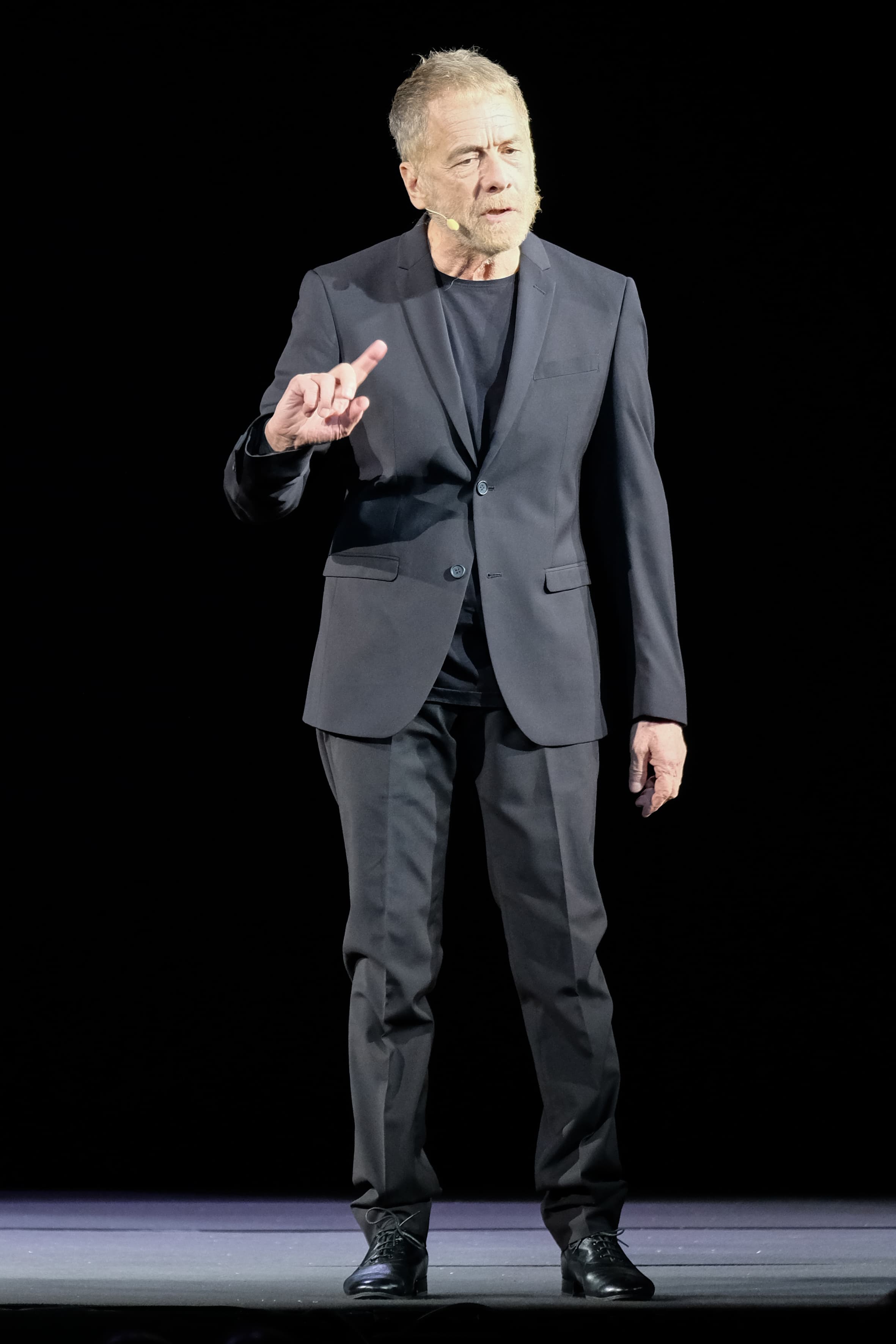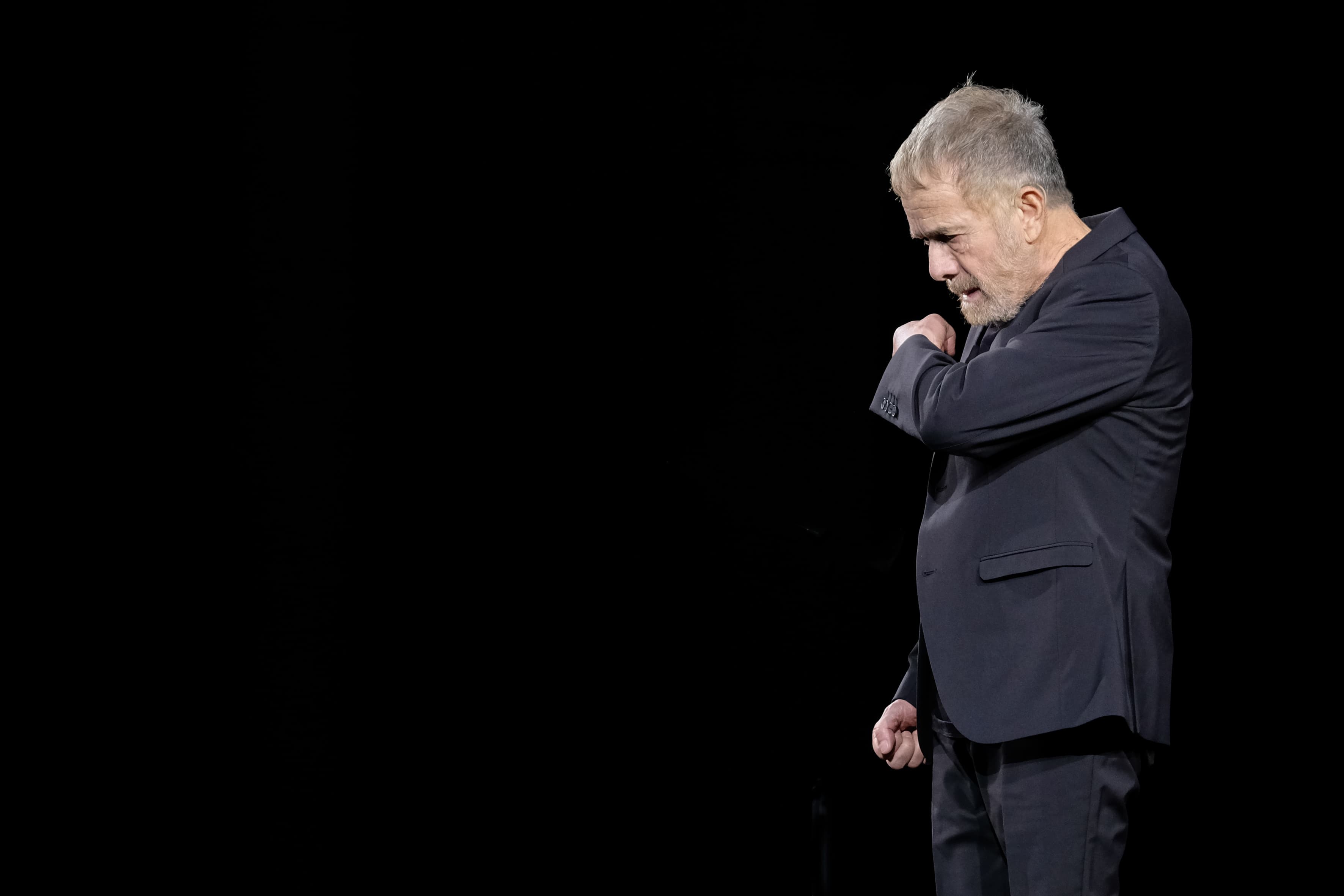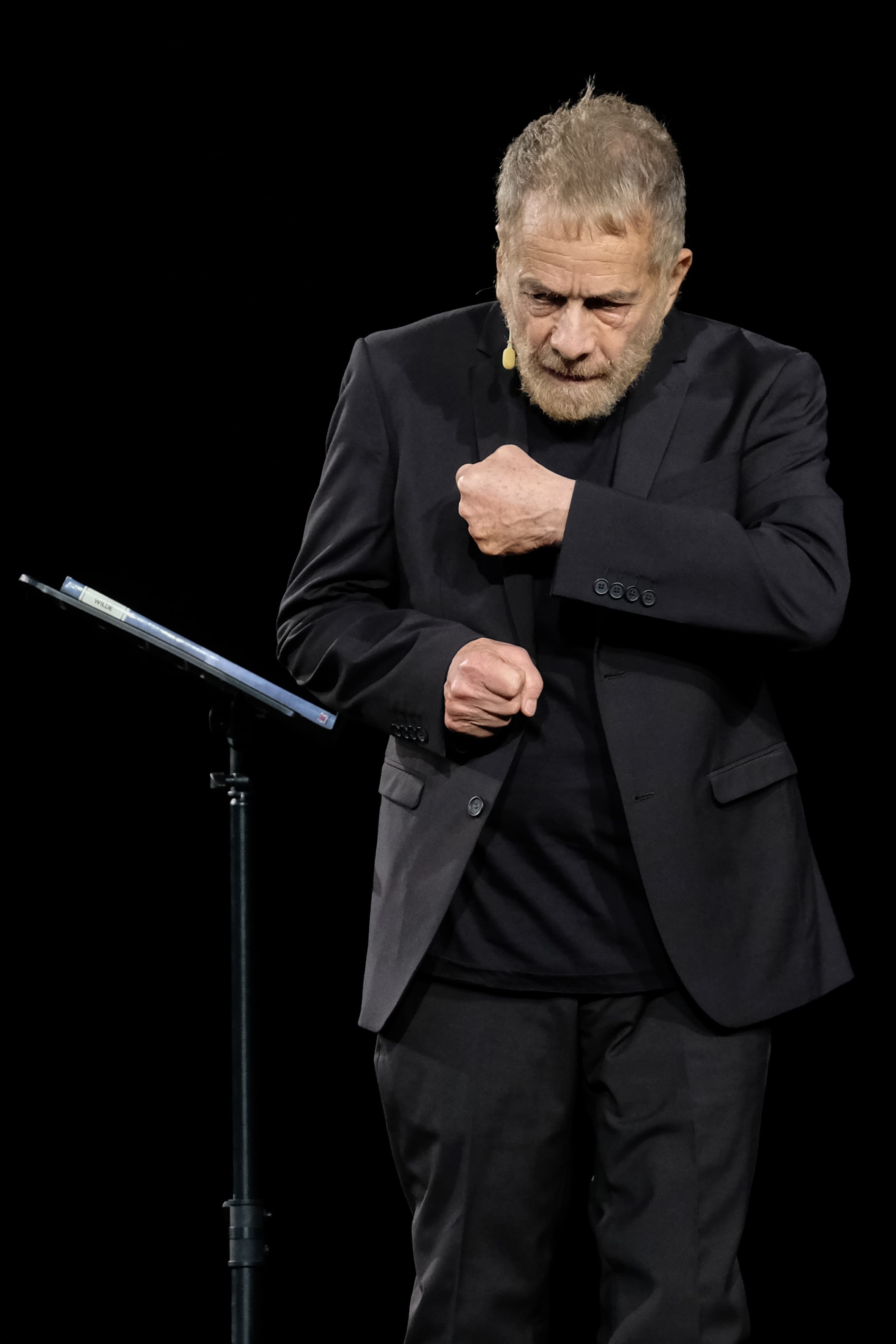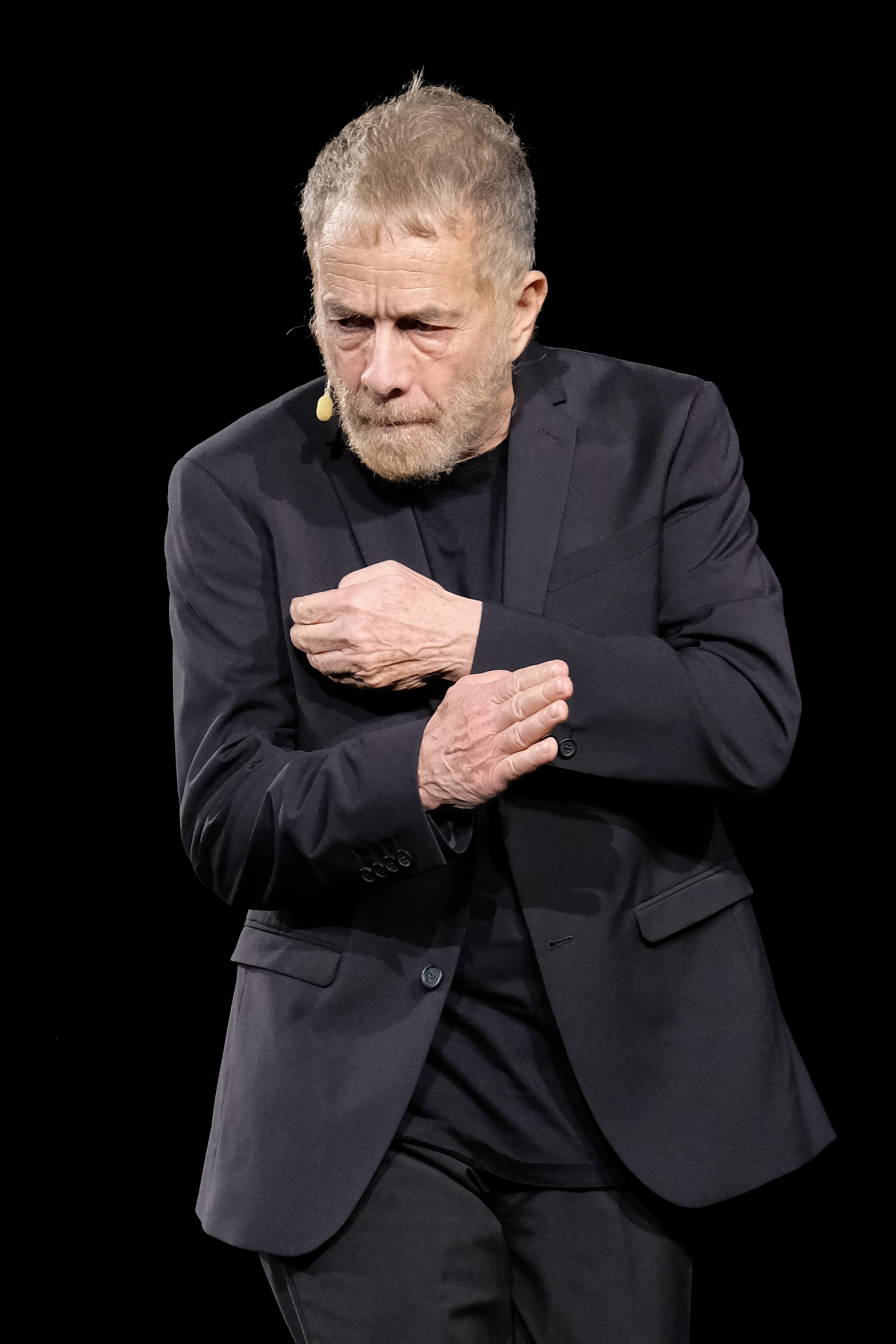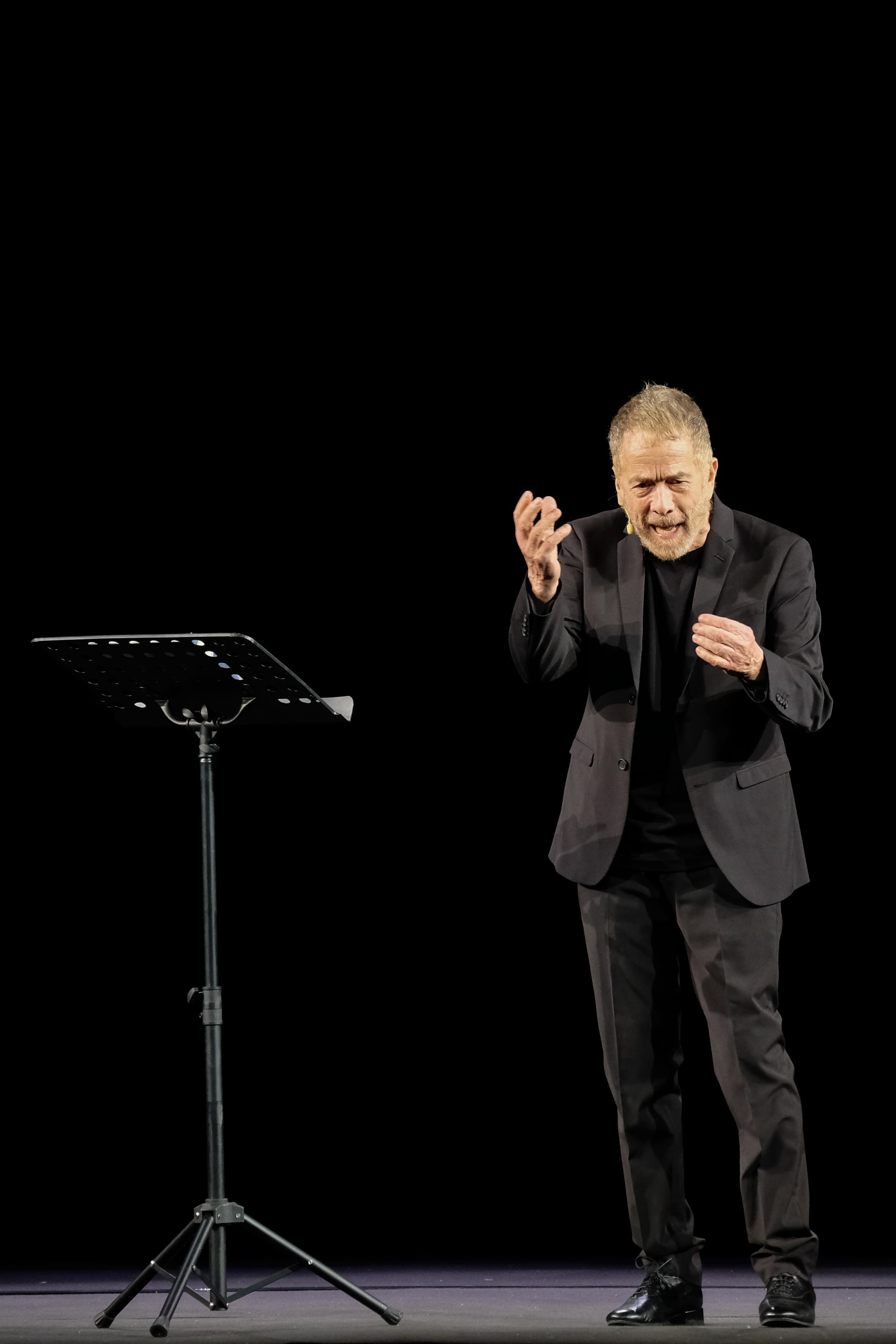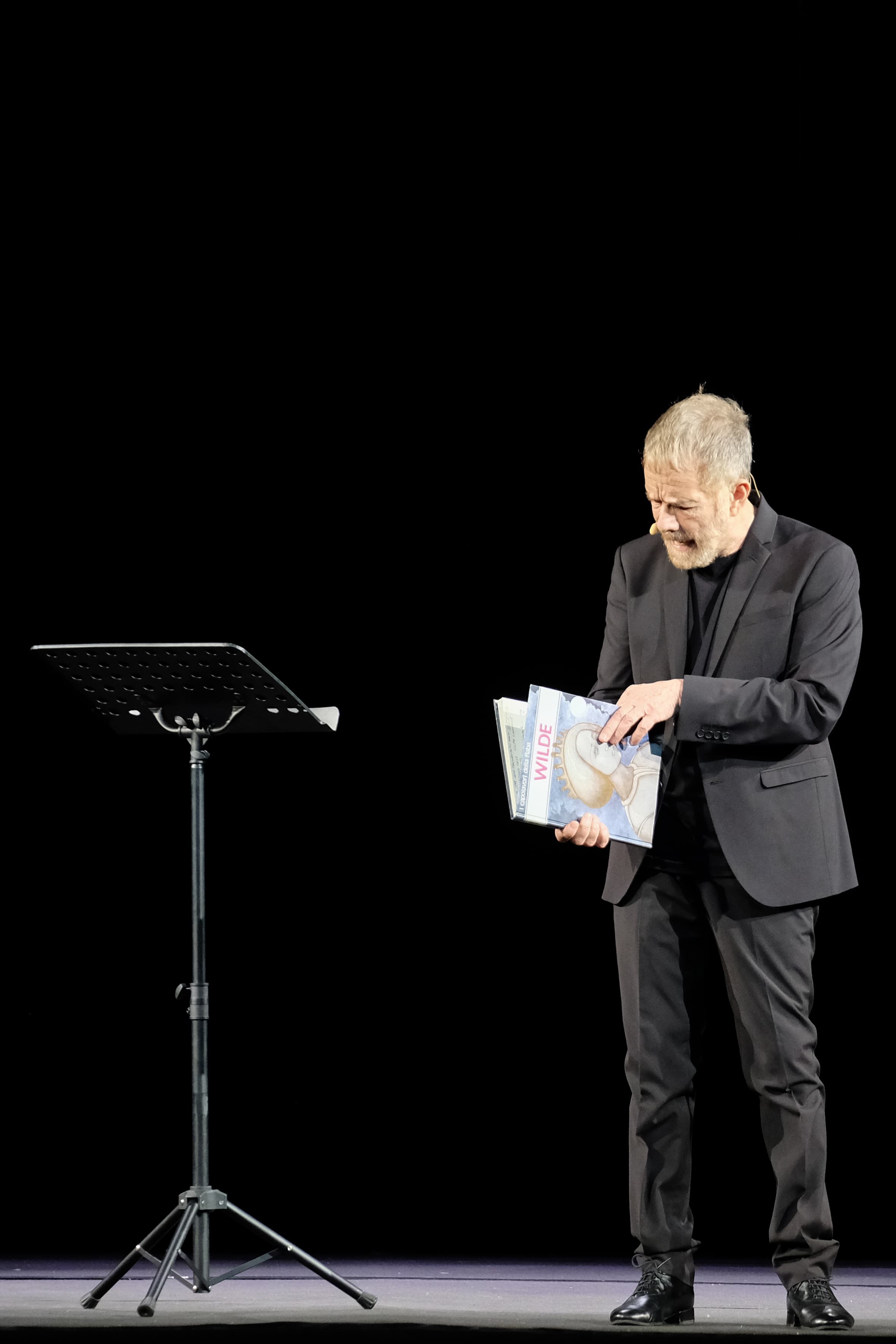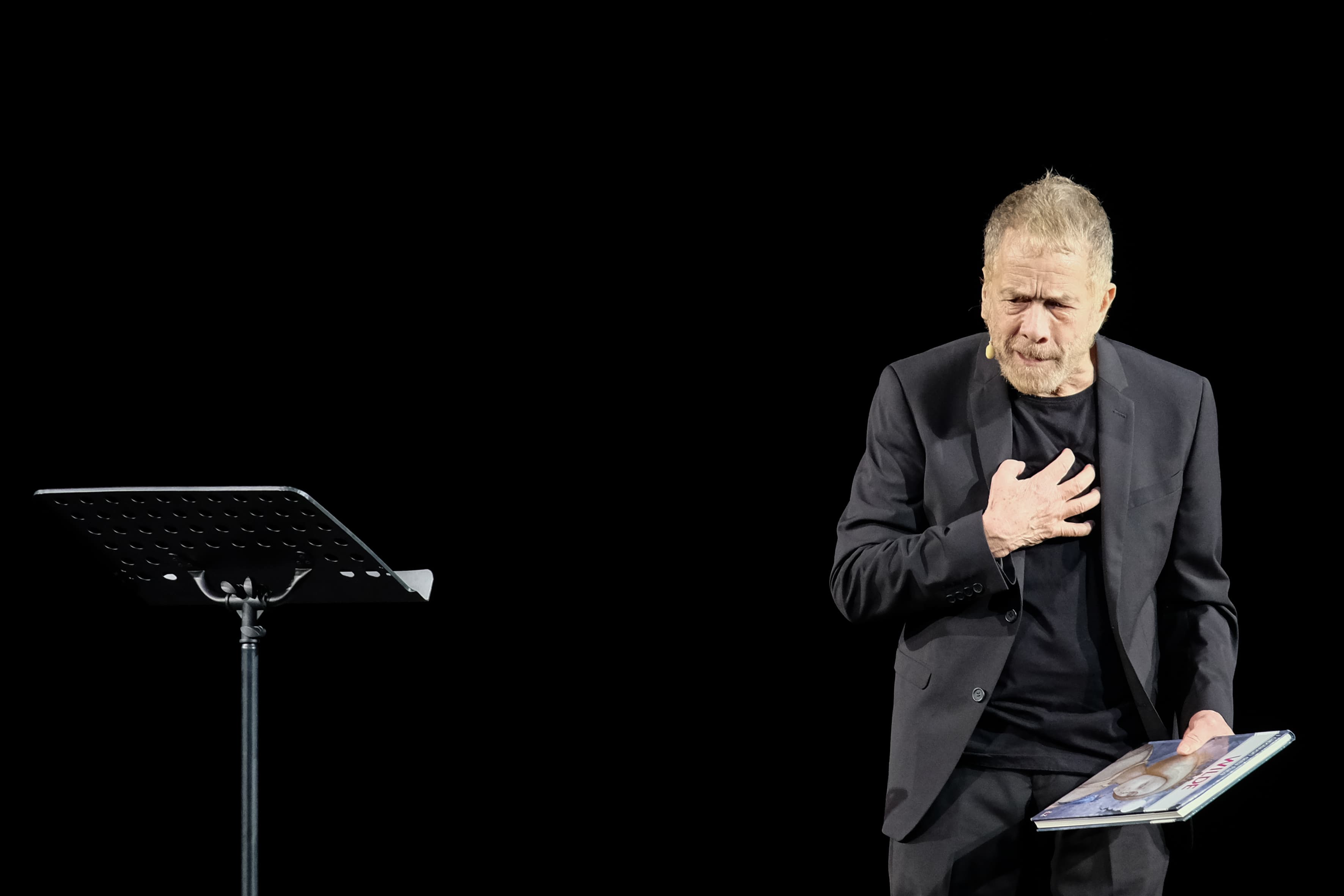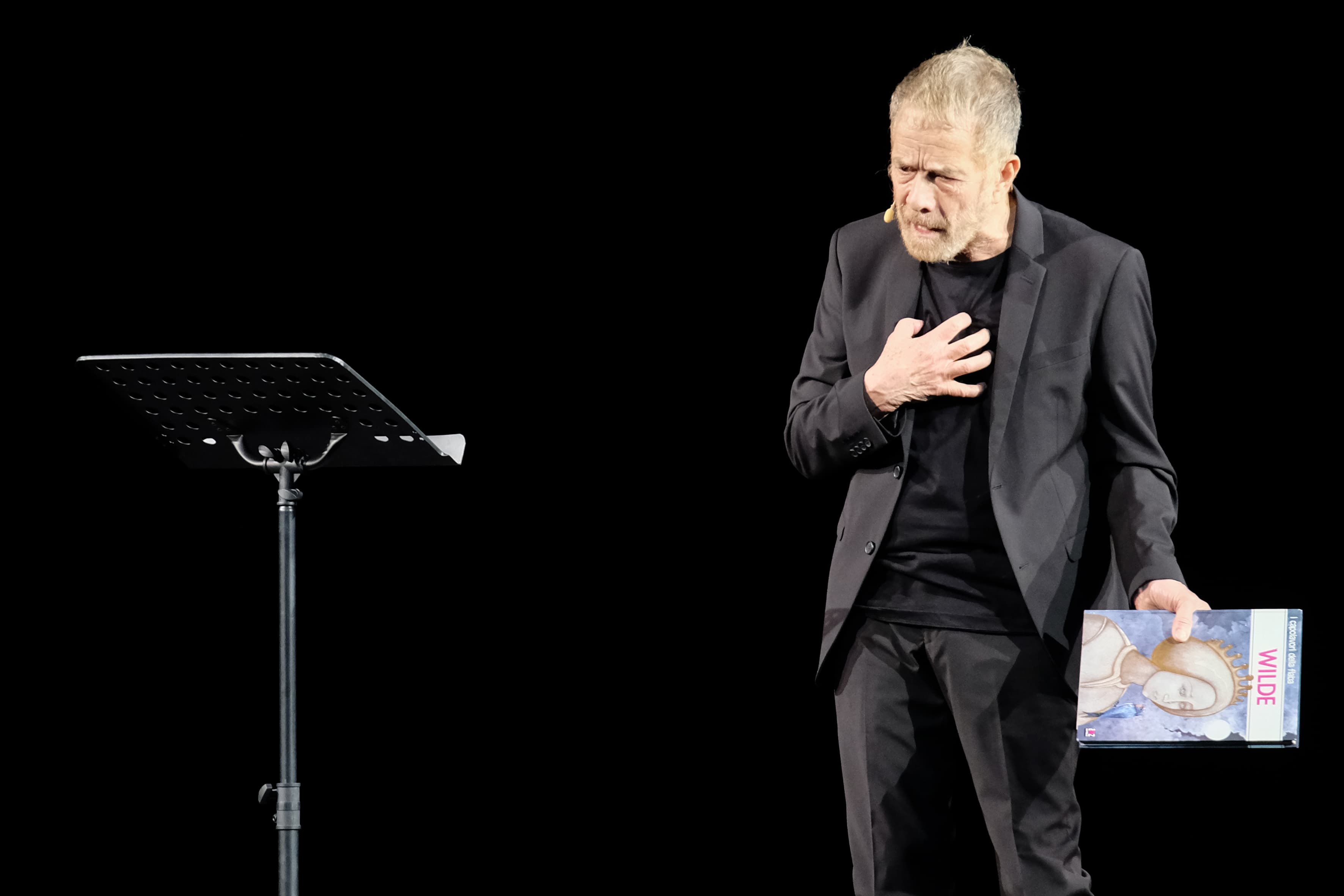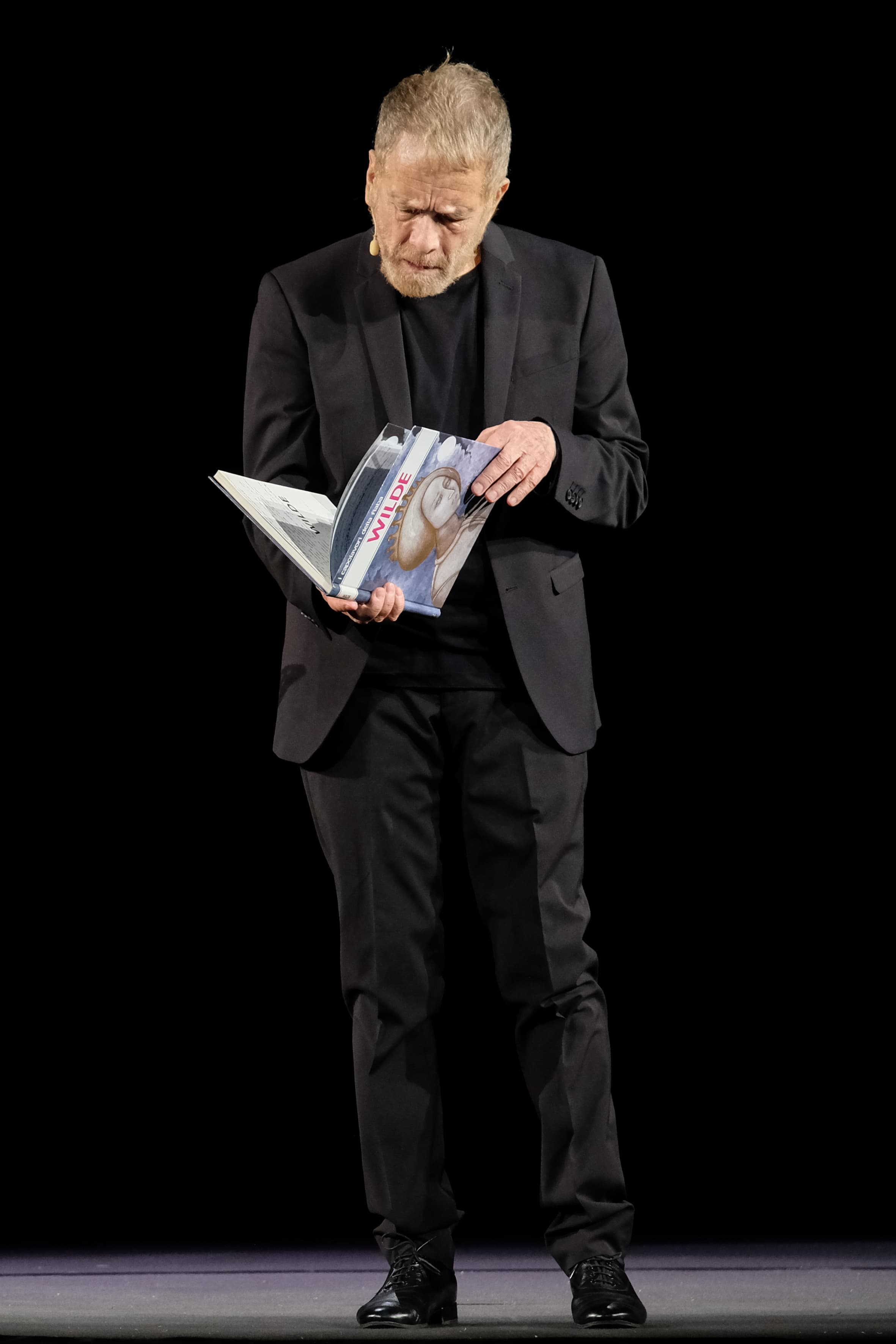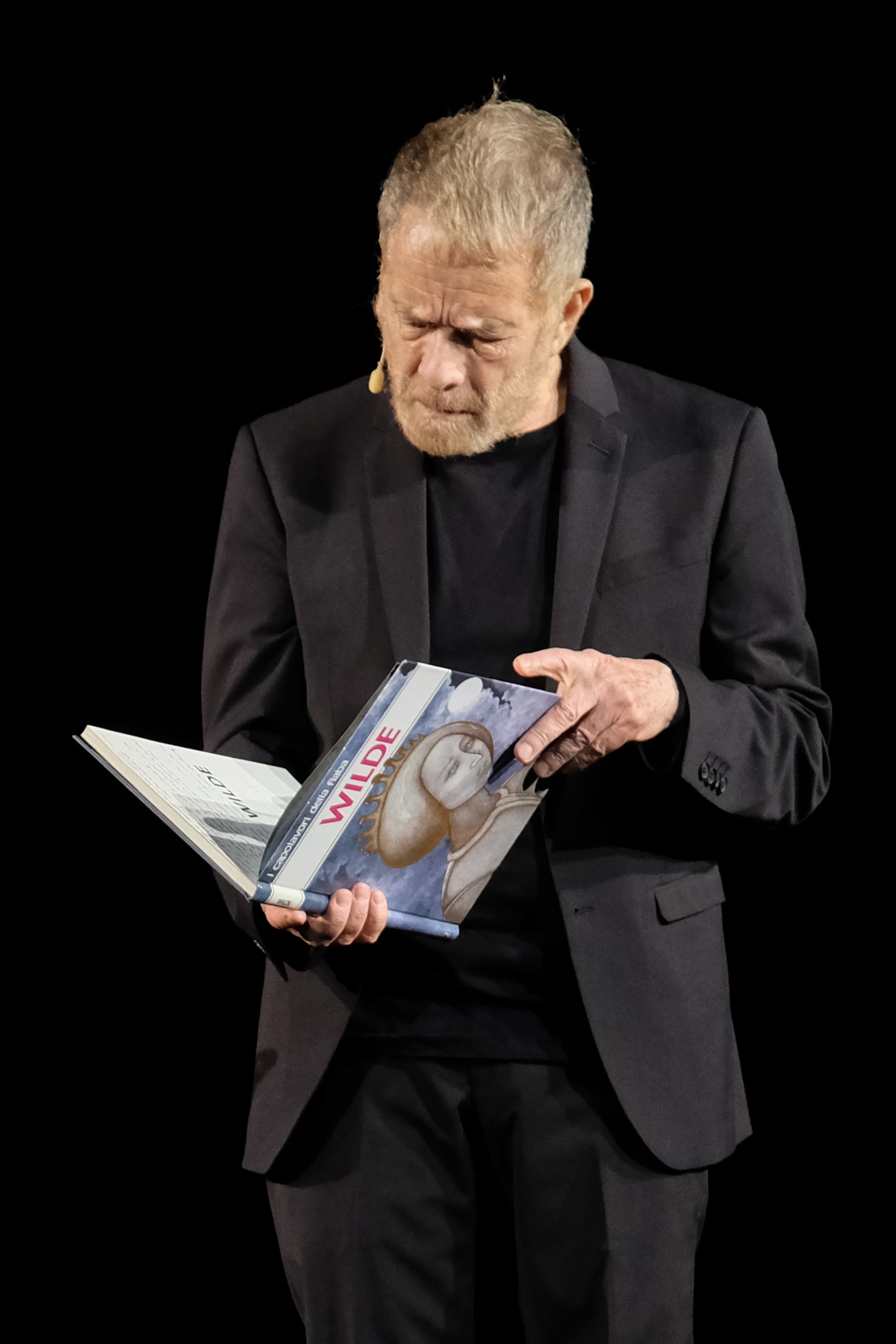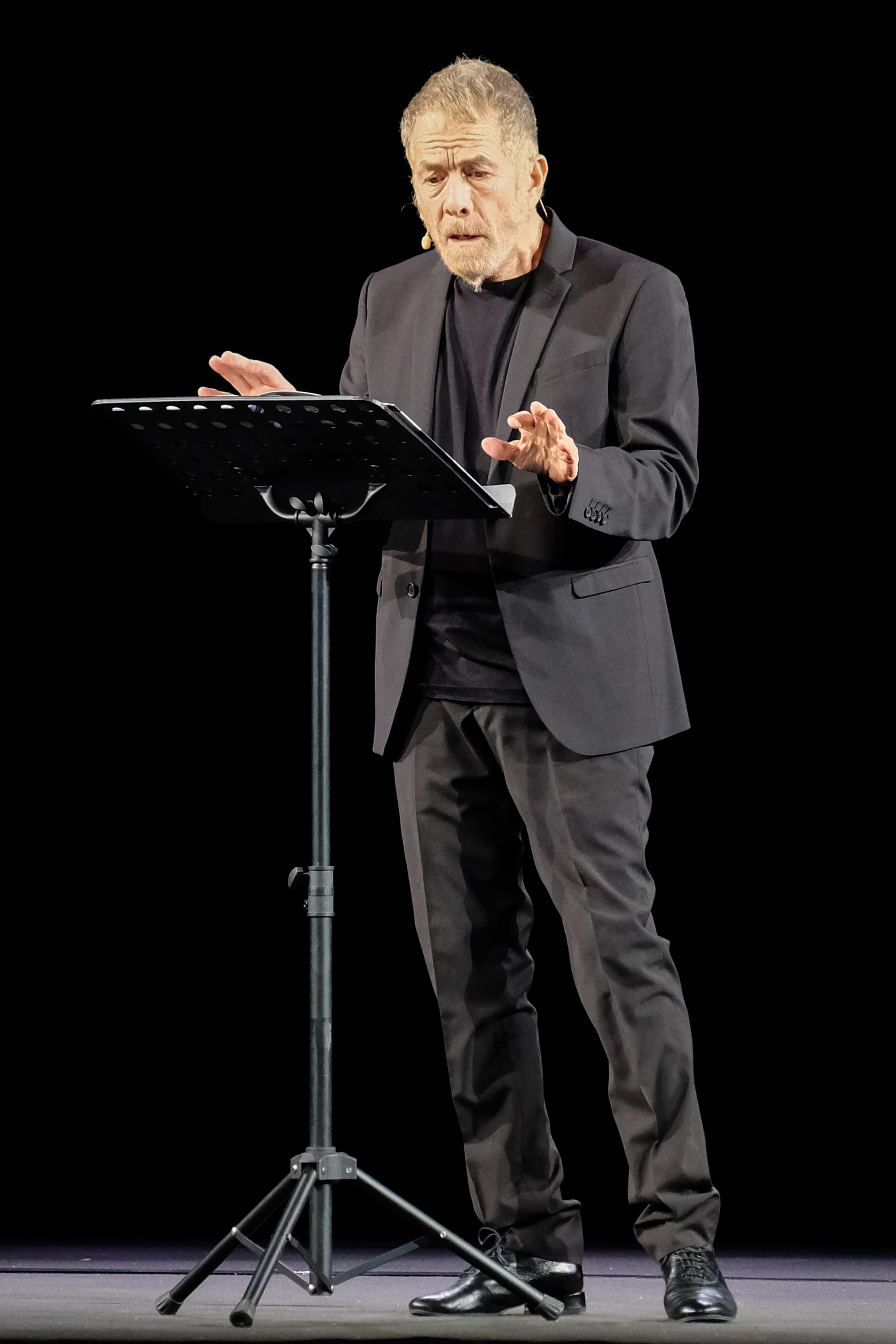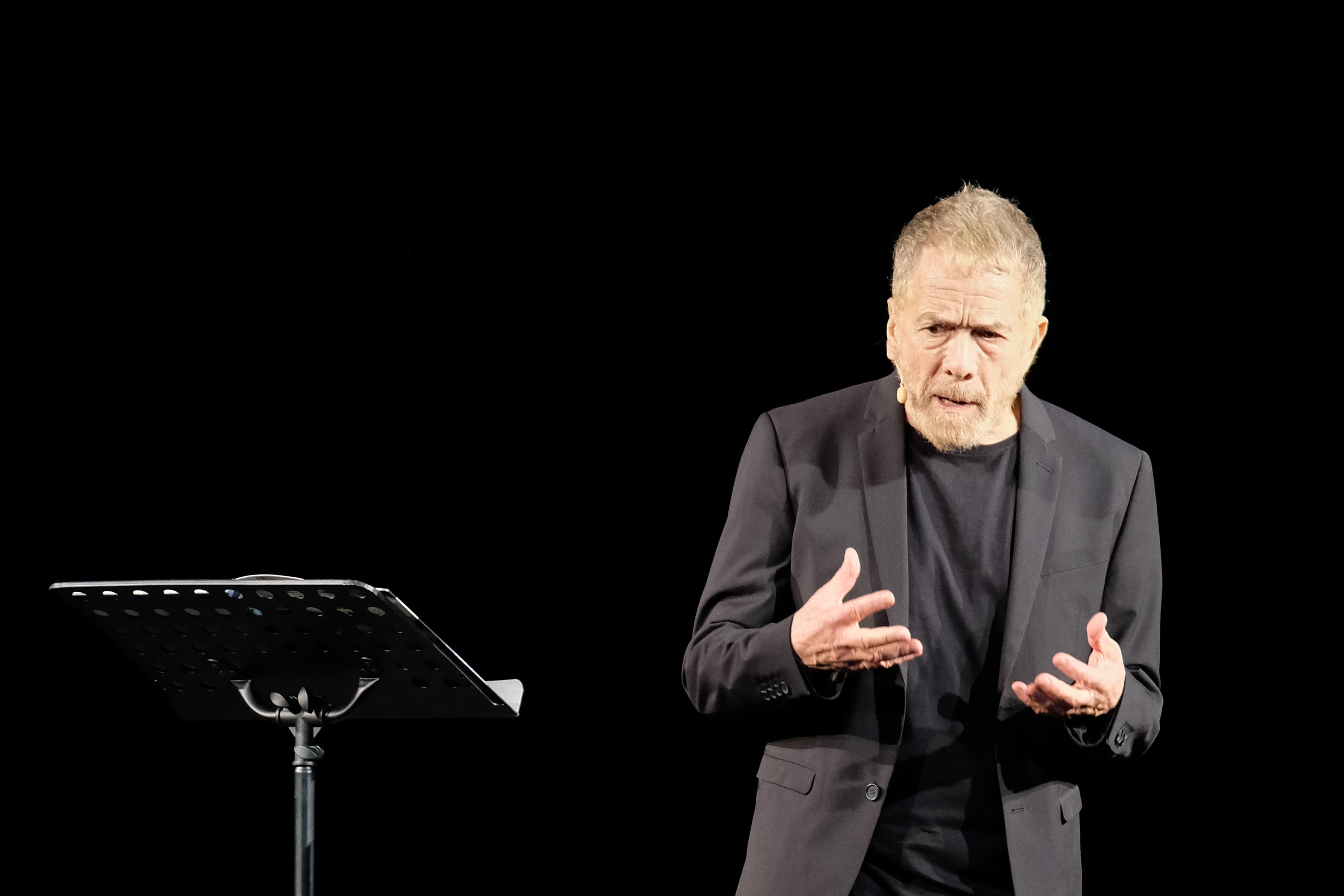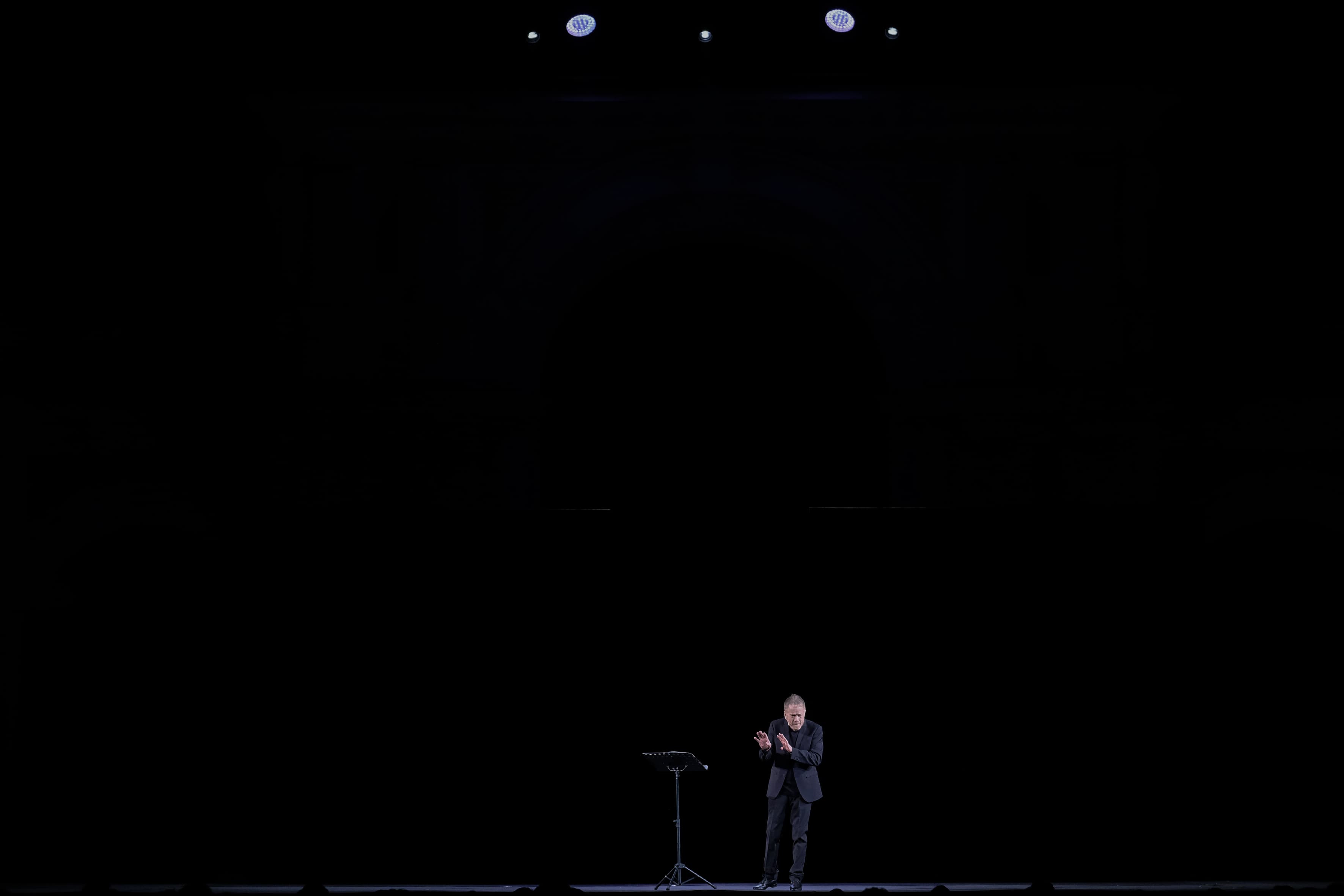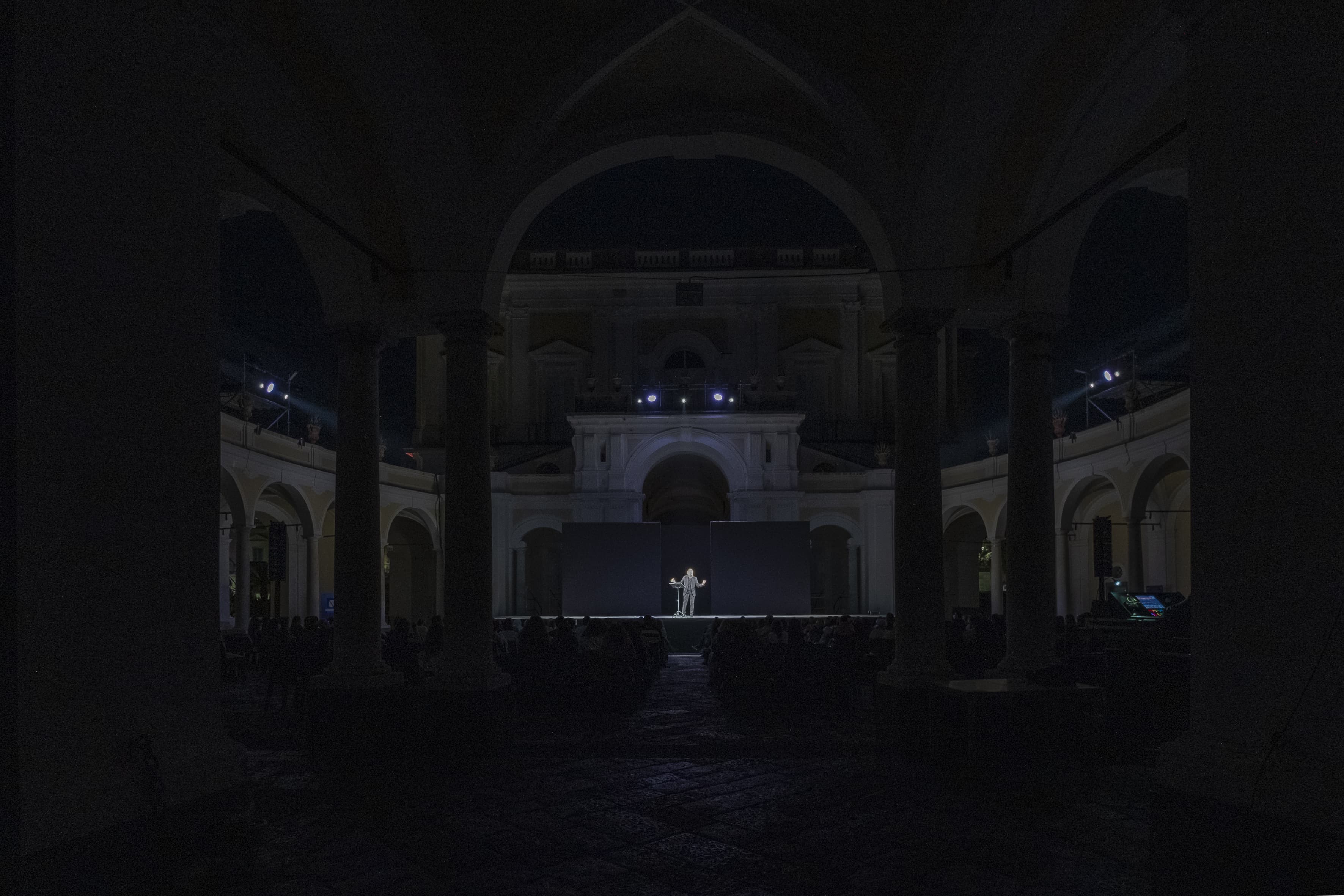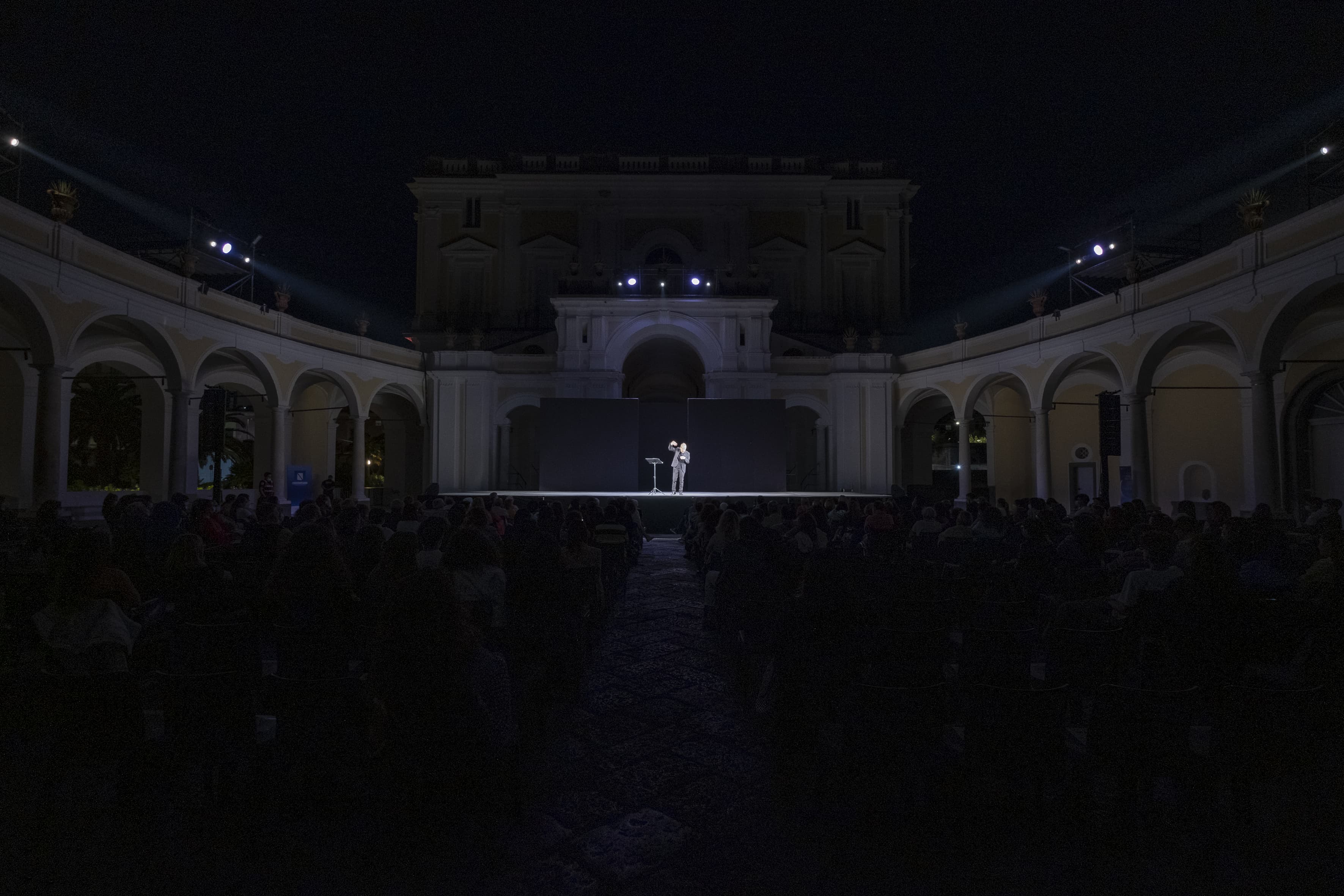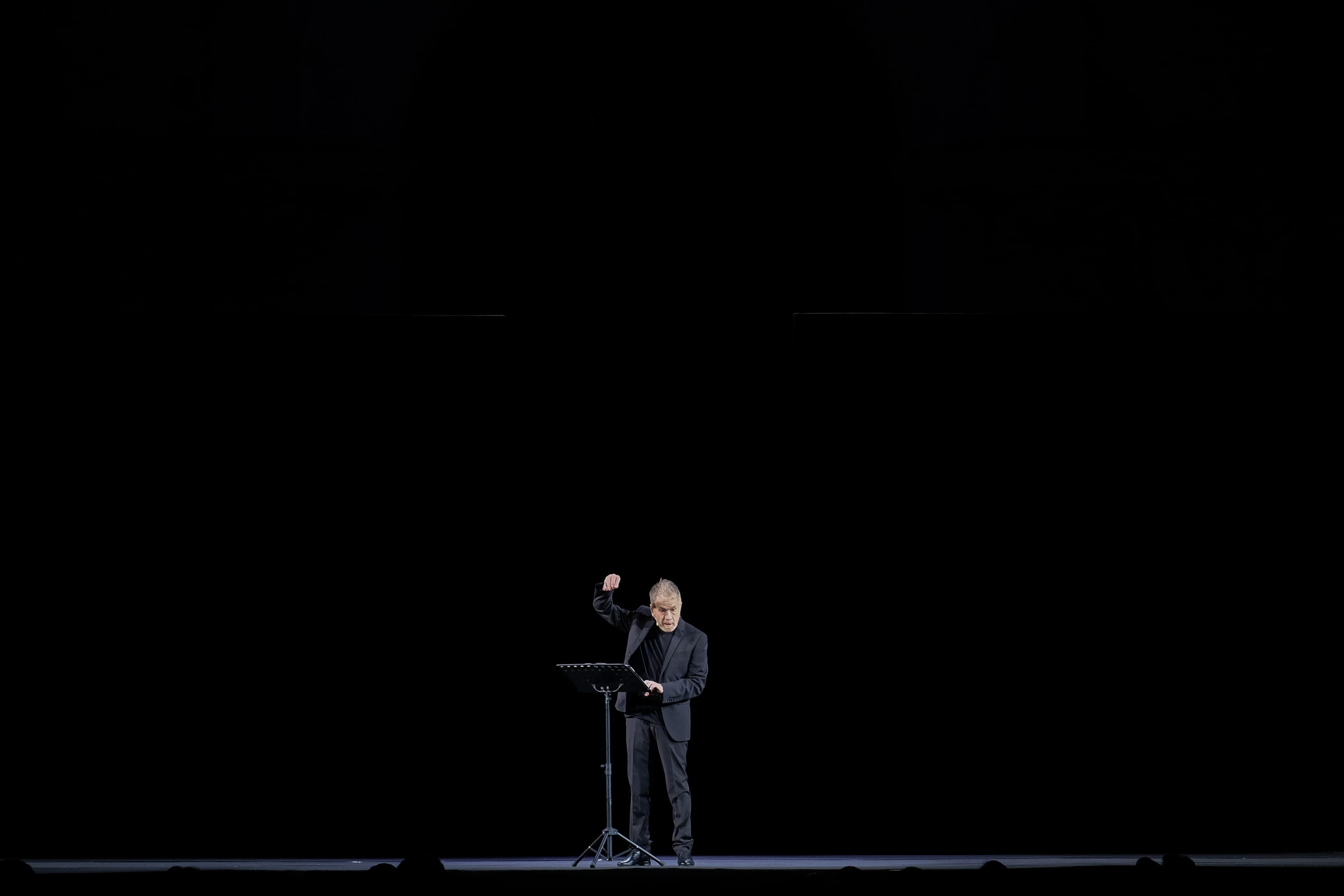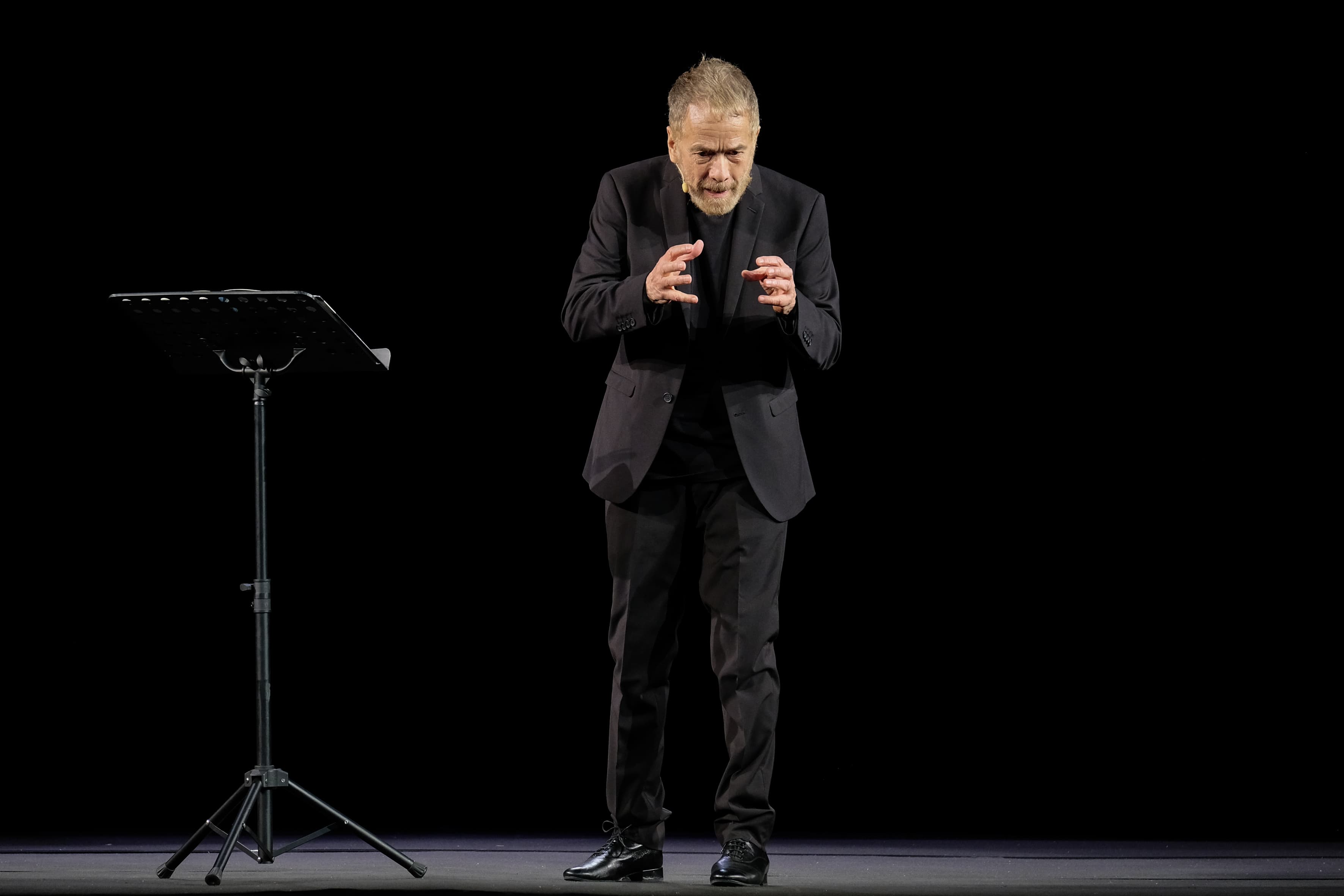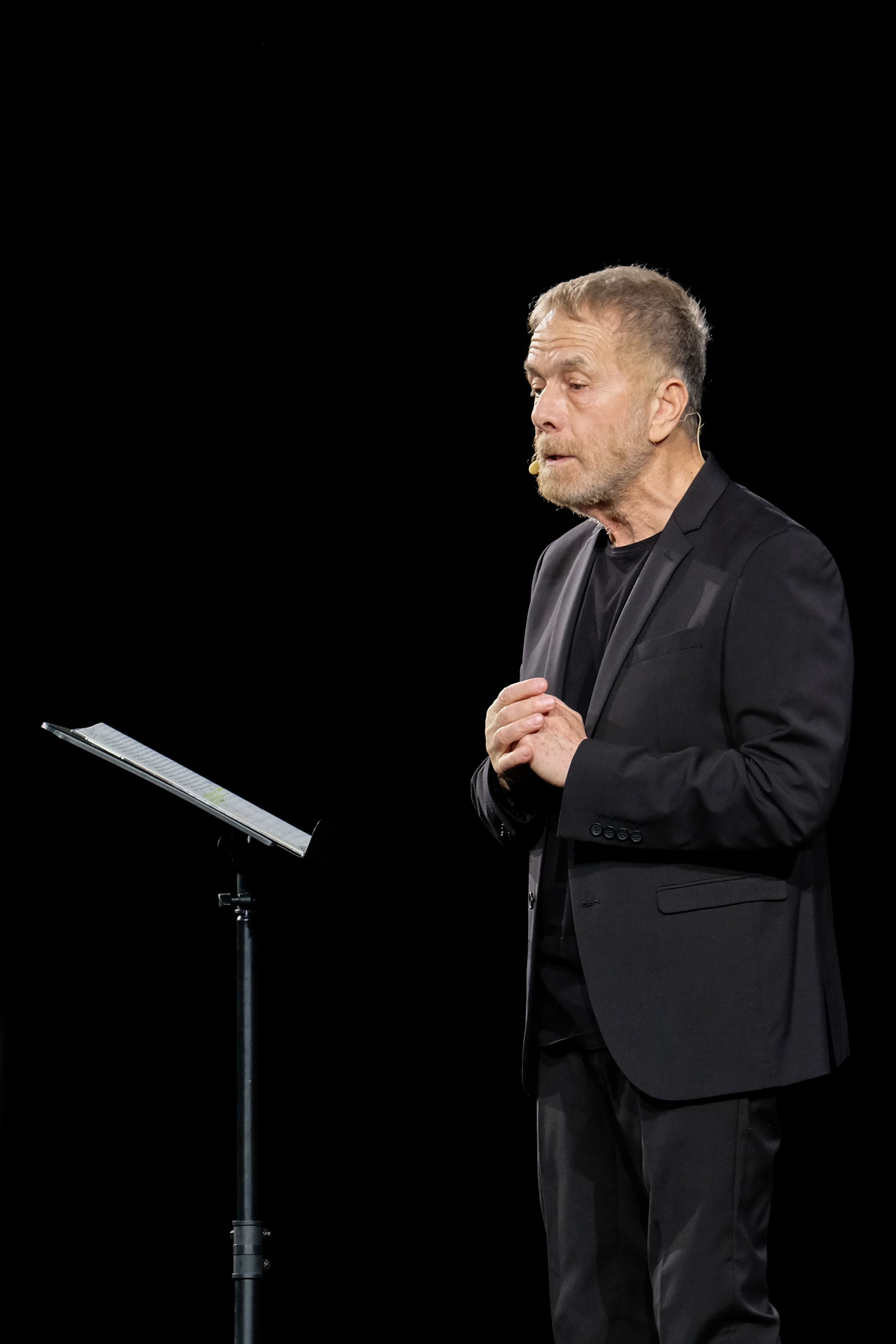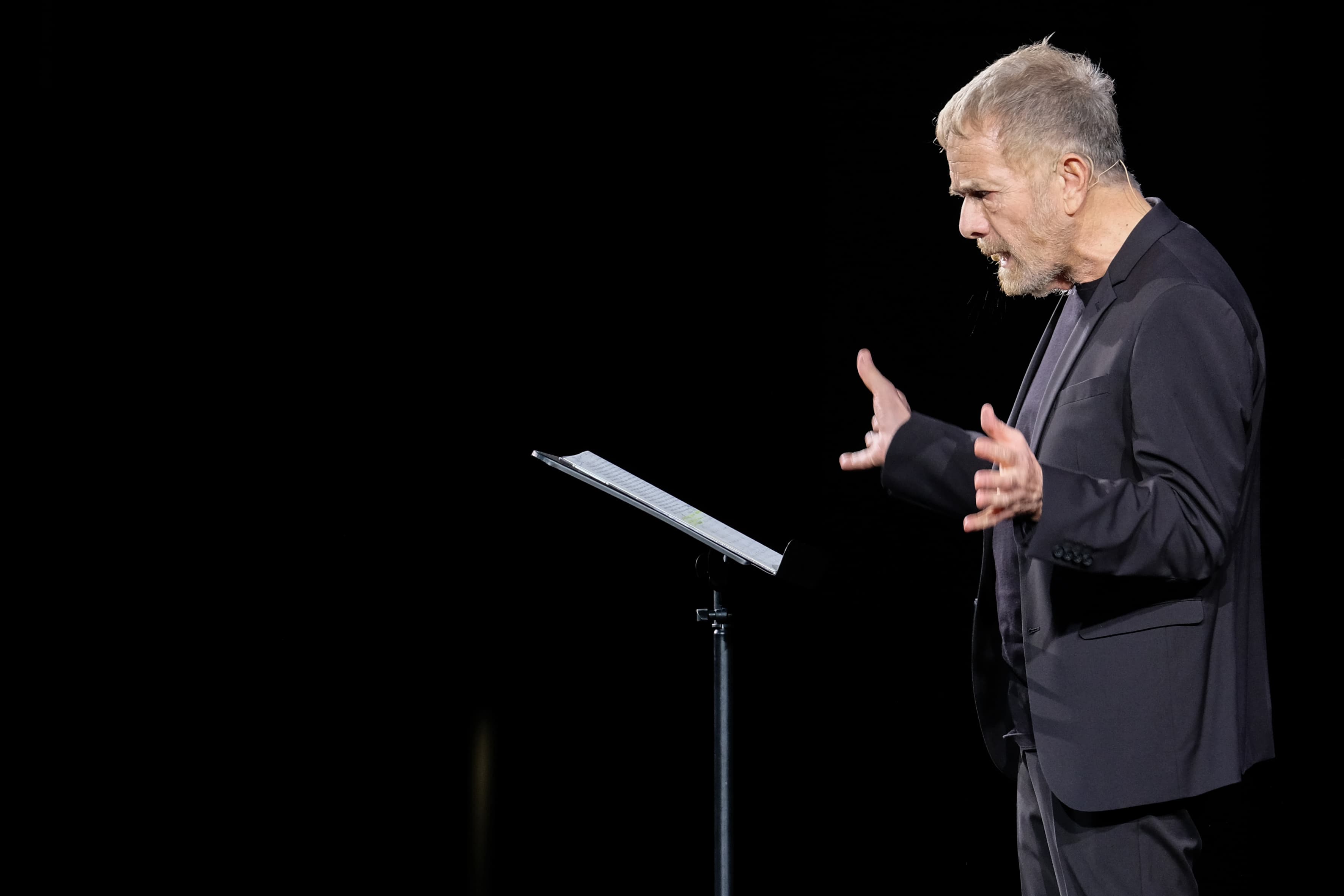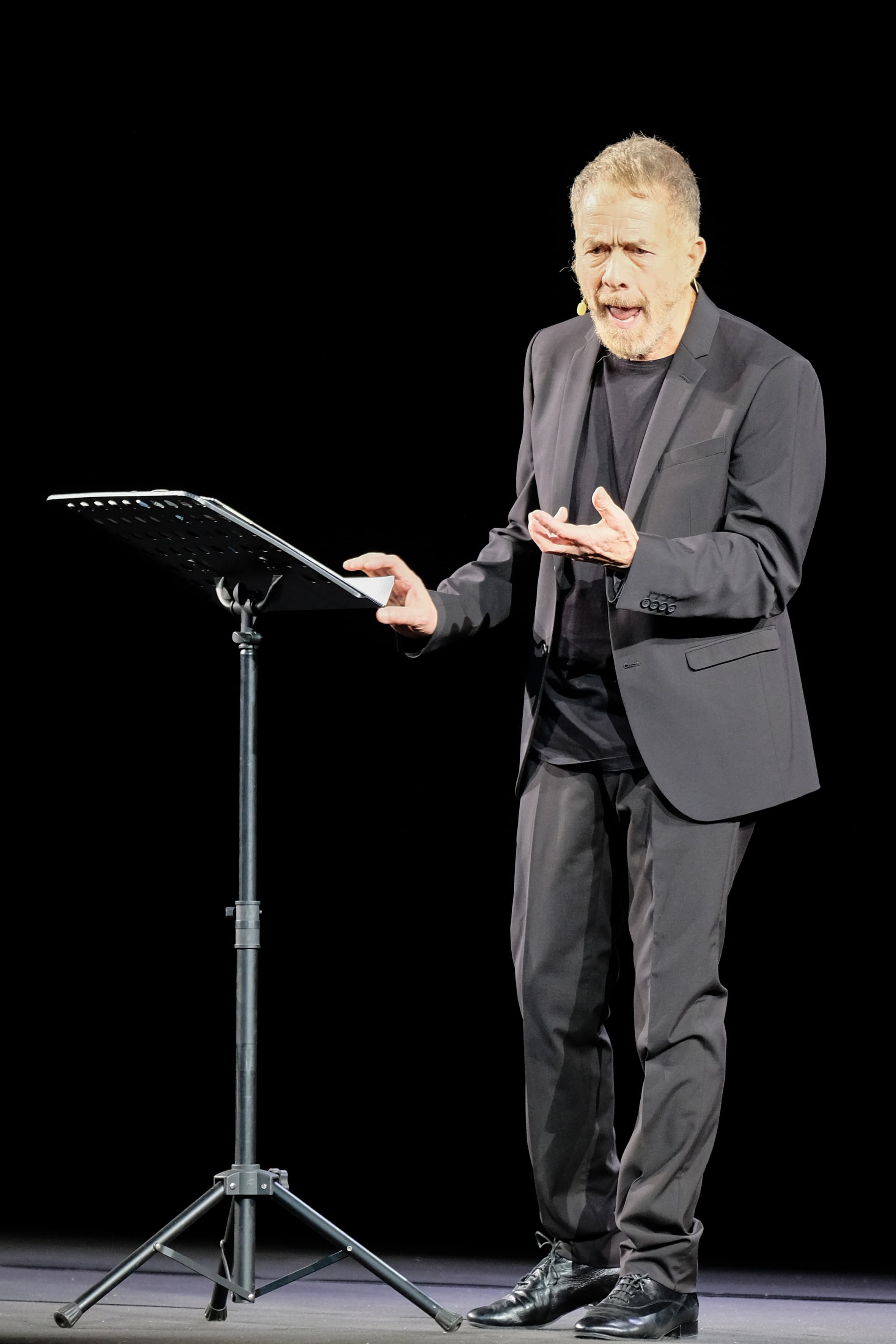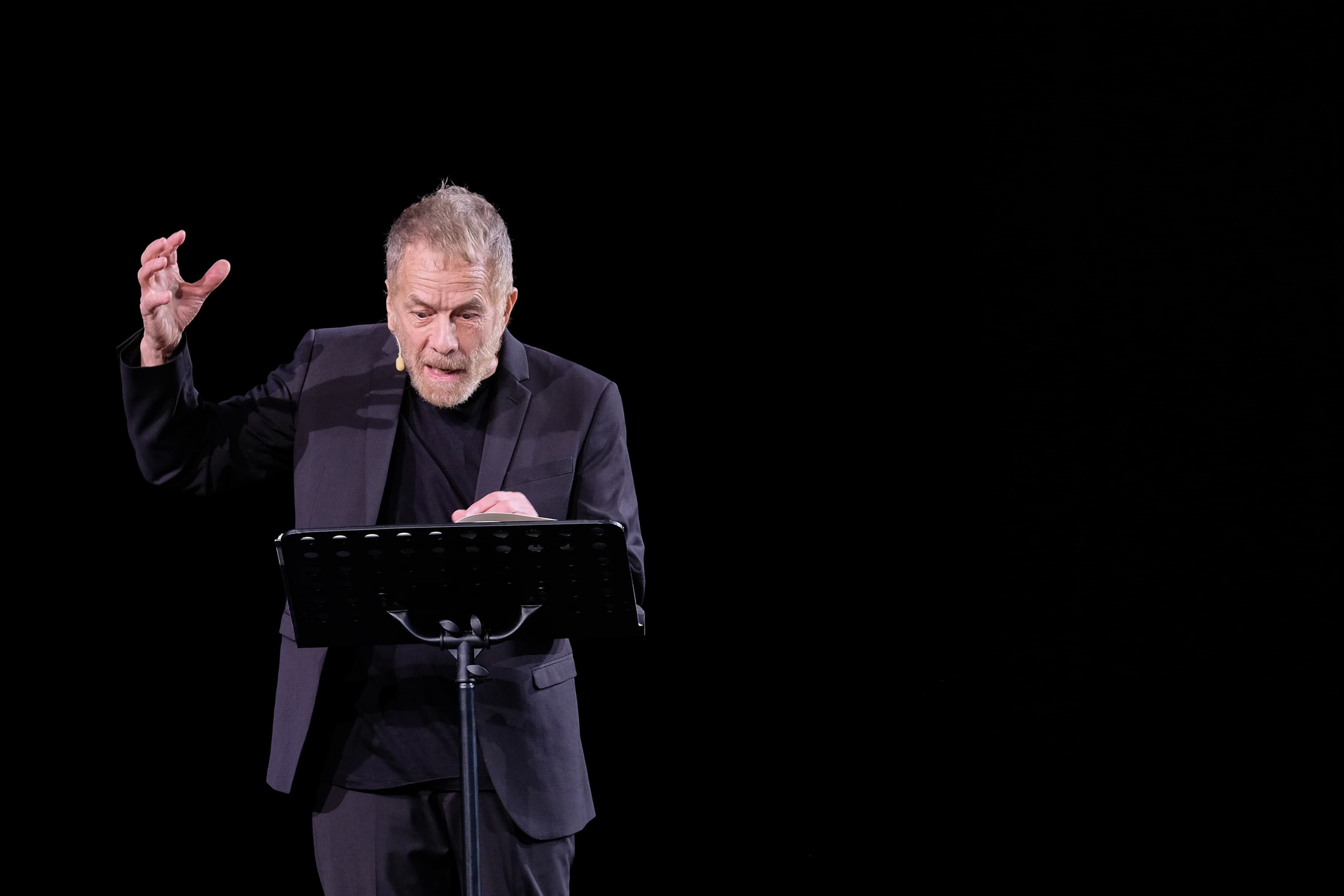XXXII EDITION
FESTIVAL OF THE VESUVIAN VILLAS
DEDICATED TO PAOLO ISOTTA
progetto
settecento
FROM 4th TO 25th SEPTEMBER 2021
fondazione ente ville vesuviane
Theater, dance, music and poetry: the Vesuvian Villas Festival is back and will be scheduled from 4 to 25 September in the splendid locations of Villa Campolieto, in Ercolano, and Villa Delle Ginestre in Torre del Greco.
The Festival, now in its thirty-second edition, is promoted by the Ente Ville Vesuviane Foundation, chaired by Gianluca Del Mastro, with the support of the Campania Region through Scabec. This year Luca De Fusco, its founder, returns to direct it, restoring the formula that characterized the first editions: The Vesuvian Villas Festival “Progetto Settecento”.
“I go back to directing the Festival delle Ville Vesuviane – Progetto Settecento with great joy and pride and I do it by dedicating this edition to a great music critic, musicologist and writer, as well as a friend, Paolo Isotta, who passed away a few months ago.
Since the mid-1980s, for about ten years, the Vesuvian Villas Festival has intended to enhance the architectural heritage of the villas through a theater written or set in the 1700s, thus in a harmonious way with respect to the eighteenth-century residences that characterize the area. The event then took different paths, but it is my intention to recover more and more “the sense of the past” and in the next editions to return to a thematic content. This year the edition is dedicated to Paolo Isotta. This is why we inaugurate with Enrico IV by Luigi Pirandello, one of his favorite authors, starring Eros Pagni, an actor he loved and my direction. The choice of Henry IV is also due to the fact that this year marks the centenary of the first performance of the text.
Music cannot be missing in a program dedicated to Paolo Isotta and so there are four concert-conferences conceived by me and Gennaro Carillo. The protagonist will be the Felix Quartet composed of Marina Pellegrino, Vincenzo Meriani, Francesco Venga and Matteo Parisi. Four musicians that Isotta followed with particular attention since her debut. And, among the friends of Paolo Isotta who accepted to be there, also Pietrangelo Buttafuoco, a fine Sicilian writer who will be present with Il lupo e la luna one of his texts that will also see him as protagonist and Lara Sansone, the Lady of the Sannazaro Theater, a theater which for Isotta, in recent years, had become a bit of a home, which will play Goldoni’s La Loc Bandiera, under my direction. For years Paolino wanted Lara and I to work together!
To close the theater appointments Lavia says Leopardi and Le Favole by Oscar Wilde with Gabriele Lavia. And two Carmen Suite dance events, with choreography by Jvan Bottaro and directed by Alessandra Panzavolta and Soirée russe, ballet gala curated by Daniele Cipriani.
At sunset, in the hermitage of Villa Campolieto, Eros Pagni, Anita Bartolucci, Paolo Serra, Claudio Di Palma, Giacinto Palmarini, Francesco Biscione for the whole period of the festival will alternate in the recitation of six songs of the Divine Comedy.
Finally, on 7 September, the Le Maschere del Teatro Awards, broadcast live on Raiuno, for the first time from the magical Villa Campolieto. “
Luca De Fusco
“The return of Luca De Fusco to the large family of the Ente Ville Vesuviane Foundation marks the desire we have to start again through the force and disruptive vitality of the theater. The art form in which words and ideas are directly conveyed to the public, in which a thread is created between actors and spectators, best represents the need we have to communicate and film every aspect of social life.
Nel cinquantesimo anniversario della Fondazione, il ritorno del teatro e, in particolare, del teatro del ‘700, celebra la bellezza delle Ville e ne ripropone l’austera imperturbabilità nella splendida cornice del Miglio d’Oro. Ringrazio soprattutto la Regione Campania, ma anche il MIC che hanno saputo farsi interpreti di questa esigenza, realizzando il desiderio di tutto il pubblico della Fondazione.”
Gianluca Del Mastro
Presidente Fondazione Ente Ville Vesuviane
“In the year in which the Foundation celebrates the fiftieth anniversary of the institution of the Vesuvian Villas, the path of rediscovery linked to its activities continues. Launched with the Contemporary art exhibition “Cosi fan tutti. Works from the collection of Ernesto Esposito ”, set up at Villa Campolieto, picks up the thread with another piece of history, linked to the intangible heritage and consisting of the great live shows of the Vesuvian Villas Festival.
A Festival that reaches its thirty-second edition in 2021. In this very special and important year for the Foundation, we have chosen to go back to the origins, to the natural vocation of the Festival and the Vesuvian Villas where the container and the content merge and appear mutually enhanced. With Progetto ‘700 we go back to origins having at our side the one who first directed those Festivals, the maestro Luca De Fusco, whom I thank for believing in the rebirth of this Project.
A project that embraces history, knowledge, research and art and in which the aesthetic and performative function of the live show blend with the story of the architectural beauty of our monumental heritage and with its eighteenth-century history.
Thanks to the Campania Region and the Ministry of Culture who co-finance this ambitious Festival which represents a further cultural attraction for the Vesuvian territory and for the Campania Region. “
Roberto Chianese
Director General of the Ente Ville Vesuviane Foundation
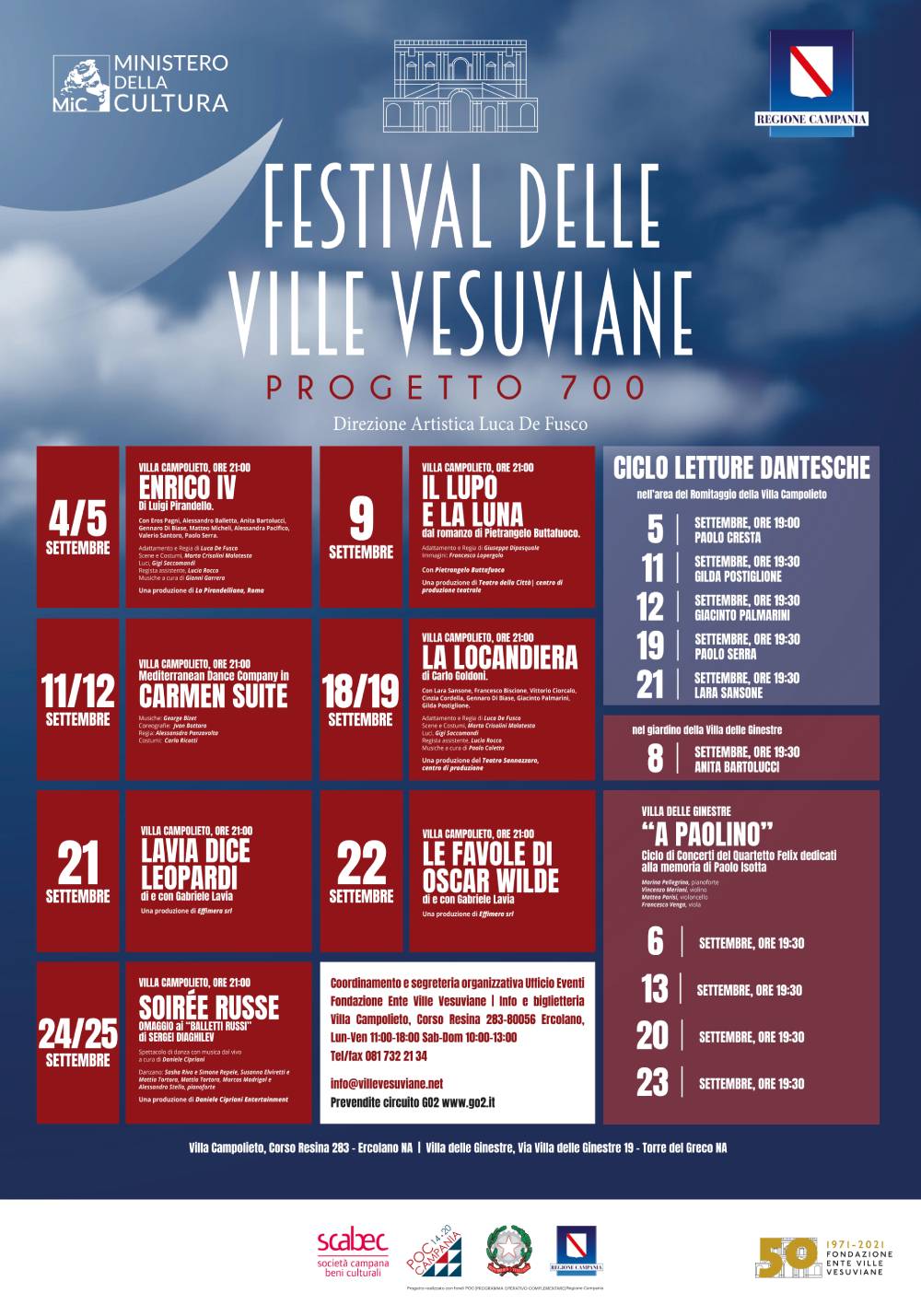
“PROGETTO SETTECENTO”
Festival Delle Ville Vesuviane
Villa Campolieto
Saturday 4th and Sunday 5th September, 9.00 pm
ENRICO IV by Luigi Pirandello.
With Eros Pagni, Anita Bartolucci, Paolo Serra. Directed by Luca De Fusco
Villa le Ginestre
Monday 6 September, 7.30 pm
Tribute to Paolo Isotta.
Conversation and concert Quartetto Felix
Villa Campolieto
Tuesday 7 September, 8.30 pm
The Masks of the Theater Awards Ceremony.
Presents Tullio Solenghi. Live deferred on Raiuno
Villa Campolieto
Thursday 9 September, 9 pm
The wolf and the moon by and with Pietrangelo Buttafuoco.
Directed by Giuseppe Di Pasquale
Villa Campolieto
Saturday 11 and Sunday 12 September at 21.00
Carmen Suite
Music George Bizet
Choreography Jvan Bottaro
Directed by Alessandra Panzavolta
Costumes Carla Ricotti
Villa Le Ginestre
Monday 13 September, 7.30 pm
Tribute to Paolo Isotta.
Conversation and concert Quartetto Felix
Villa Campolieto
Saturday 18 and Sunday 19 September, 9.00 pm
The Innkeeper by Carlo Goldoni, with Lara Sansone,
Giacinto Palmarini, Francesco Biscione. Directed by Luca De Fusco
Villa Le Ginestre,
Monday 20 September, 7.30 pm
Tribute to Paolo Isotta.
Conversation and concert Quartetto Felix
Villa Campolieto
Tuesday 21 September at 21.00
“Lavia says Leopardi” with Gabriele Lavia
Villa Campolieto
Wednesday 22 September, 9.00 pm
“Le Favole di Oscar Wilde” with Gabriele Lavia
Villa Le Ginestre
Thursday 23 September, 7.30 pm
Tribute to Paolo Isotta.
Conversation and concert Quartetto Felix
Villa Campolieto,
Friday 24 and Saturday 25 September, 9.00 pm
Soirée russe, ballet gala curated by Daniele Cipriani
In the hermitage of Villa Campolieto, at sunset, Eros Pagni, Anita Bartolucci, Paolo Serra, Claudio Di Palma, Giacinto
Palmarini, Francesco Biscione will recite six songs from the Divine Comedy.
Presales available and purchasable on the GO2 circuit
www.go2.it
You can also buy your ticket directly at the box office set up in the Villa on the day of the show starting at 18:00
Coordination and organizational secretary of the Events Office of the Fondazione Ente Ville Vesuviane
INFO AND TICKET OFFICE
Villa Campolieto
Resin Course, 283
80056 – Herculaneum (NA)
Mon – Fri 11:00 – 18:00
Sat – Sun 10:00 – 13:00
Tel / Fax 081 732 21 34
planning
ENRICO IV by Luigi Pirandello
Directed by Luca De Fusco
With Eros Pagni
And with (in o.a.)
Alessandro Balletta, Anita Bartolucci, Gennaro Di Biase, Matteo Micheli, Alessandra Pacifico Griffini
Valerio Santoro, Paolo Serra
Assistant director Lucia Rocco
Scenes and costumes Marta Crisolini Malatesta
Lights Gigi Saccomandi
World premiere on 4 September 2021
A co-production La Pirandelliana – Festival delle Ville Vesuviane
Henry IV is one of the characters waiting for the maturity of a great actor.
Mastroianni, Randone, Albertazzi, Benassi, Ruggeri each gave their own version of this great character. The text is perhaps not perfect like other Pirandello masterpieces but the character immediately entered the history of the theater. A man who fell from his horse during a masquerade party and woke up convinced that he was Henry IV, the historical character he was playing, is a great metaphor. With his figure he makes us reflect on the great theme of madness but also on fiction and on the theater itself, given that the man, whose real name we do not even know, is so deeply rooted in his character that he does not want to leave it even when he comes to his senses. suddenly. The arrival of his old companions in that fatal masquerade explodes all the contradictions of this incredible figure who has lived for years in a timeless castle.
Eros Pagni is considered by many to be one of the greatest Italian actors. Throughout his formidable career he has given us unforgettable characters. Among the most recent a Mayor of the health district, the Father of the six characters, the Prospero della Tempesta.
After a long association with the Teatro di Genova and with the late Marco Sciaccaluga, he has woven a new collaboration with Luca De Fusco, with whom he began playing a magnificent Shylock.
The version of the “Six Characters in Search of an Author” that Pagni and De Fusco created together was greeted with great success not only in Italy but also in St. Petersburg and Paris. The great critic George Banu called the show one of the greatest versions of Pirandello’s masterpiece. Last May Rai broadcast the show recorded at the Valle, the theater where the text debuted a hundred years earlier. Pagni and De Fusco are now celebrating a new centenary, representing “Enrico IV” at the Manzoni Theater in Milan on February 24th, exactly one hundred years after the world premiere of that text which was greeted with great success by the Milanese. Director’s notes “And I think, Monsignor, that ghosts, in general, are basically nothing but small disturbances of the spirit: images that cannot be contained in the realms of sleep: they are discovered even in wakefulness, during the day; and they are scary “. “We are made of the same stuff that dreams are made of and our tiny life is contained in a dream”. These two quotes are among the most beautiful lines of “Henry IV” and “The Tempest” respectively. The affinity of the sentences is surprising, albeit obviously in their different nature. It is just a coincidence that Eros Pagni and I have stopped reciting the second text to now arrive at the first, defeating the disturbing thrill that Prospero’s farewell from the scenes was also ours. I speak of chance because we did not choose Pirandello’s text as a sequel to Shakespeare’s, but there are those who believe, like psychoanalysts, that coincidences do not exist and that events are linked together by secrets, by thin threads and by sometimes not easy reading. The more I studied Enrico and, in fact, the more I thought about Prospero.
Both characters are perched (one in an island, the other in a castle), they seem completely foreign to their time, they live in absolute solitude, both are believed to be crazy, both have a feeble relationship with the people around them, intermittent, which can make the director doubt the very real existence of every character, except that of the protagonist. In a technical sense, I would like to add that both Prospero and Enrico are among the best characters of two brilliant playwrights contained in two texts that are not, instead, their masterpieces precisely because they are dominated, in my opinion, more by the drive to outline a great character. that a great story, given that the narrative plots of the texts are so thin that they can be summarized in a few lines. Just as I was not sure that Prospero was not alone in his library, so I am not sure that Enrico is not alone in his bedroom. Furthermore, they are both texts that are placed in the final phase of the productions of the two authors and perhaps this determines those affinities. The two great writers, after extraordinary overall pictures, have a desire for self-portraits.
In fact, there is no doubt that Shakespeare and Enrico Pirandello are behind Prospero. The author who said “life is either lived or written”, implying that he has not lived it, is very similar to a man who has spent his life in an imaginary, fake, theatrical world in which everyone “pretends” to be someone else.
This is the starting point from which I start, before the start of rehearsals, having drawn a route but without being sure of the port of arrival, as I believe we should always do in a theatrical staging, in which the director can try to surprise but he must always be ready to be surprised by the digging into the folds of the text.
After the horrible period that grieved us so much and after the obligatory silence, I am happy to be able to resume communicating with our public. I am also happy to find many old workmates, and to find new ones, first of all Valerio Santoro who does not lack courage, a virtue that I admire in others and cultivate in myself. To the companions that this time I do not find on board I wish other happy navigations.
Luca De Fusco
FELIX QUARTET
6th September
G. Martucci, Notturno
W. Walton, Quartet for piano and arches
13th September
L. v. Beethoven, Quartet op. 16 and Quartet in Eb Major WoO 36
20th September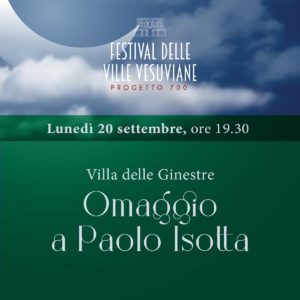
W.A. Mozart, Quartet KV478
R. Schumann, Quartet op. 47
23rd September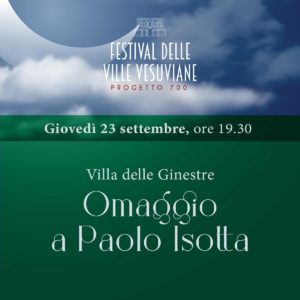
F. Mannino, Dramatic Ballad
J. Brahms, Quartet op. 25
The Felix Quartet, winner of the ‘Giuseppe Sinopoli’ 2017 Award conferred by the President of the Italian Republic, was founded in 2015 within the Postgraduate Courses of the National Academy of Santa Cecilia. Its name, in addition to identifying happiness as an essential condition for making Chamber Music, is a tribute to Campania which, called ‘felix’ by the ancient Latins, is the homeland of all its elements.
The Quartet obtained in 2017, with full marks and honors, the Specialization Diploma in Chamber Music at the National Academy of Santa Cecilia under the guidance of Maestro Carlo Fabiano. He is regularly invited by important institutions and concert societies in Italy and abroad (Amici della Musica di Firenze, William Walton Foundation, Trame Sonore – Mantova Chamber Music Festival, National Academy of Santa Cecilia, Euroclassical, Centro Studi Musicali Ferruccio Busoni, Arezzo Classica , Florence Fortissimissimo Festival, Sesto Rocchi Festival, Fiesole Music School Foundation, Agimus), with excellent feedback from the public and critics.
In 2016, at the Accademia Musicale Chigiana in Siena, he attended the Master Bruno Giuranna’s Chamber Music Course, obtaining the Diploma of Merit and a scholarship.
In 2017 he won the II Prize and the Special Audience Prize at the III International Chamber Music Competition “Massimiliano Antonelli” in Latina.
He participated in Masterclasses with Masters Bruno Canino, Alberto Miodini, Enrico Bronzi, Frank-Immo Zichner and Ulrike Ho ff man.
As a Nominated Ensemble of the European Chamber Music Academy (ECMA) he has participated in study sessions at the Fiesole School of Music and the Conservatoire Nationale Superieure de Paris under the guidance of masters such as Hatto Beyerle, Johannes Meissl, Dirk Mommertz, Itamar Golan, Lorenza Borrani, Antonello Farulli, Diana Ligeti, Patrick Judt.
He attended the European Quartet Academy of the Fiesole Music School with the Belcea Quartet, Andrea Nannoni, Christophe Giovaninetti and Luc-Marie Aguera (Ysaye Quartet). In 2019 the Quartet’s activity was supported by the William Walton Foundation through the award of a scholarship.
He was invited to participate in the broadcast ‘La Stanza della Musica’ for RaiRadio3, performing live music by Walton, Mahler and Schnittke.
He was selected by Mº Leonidas Kavakos to participate in the VIII Leonidas Kavakos Violin Masterclass & Chamber Music Workshop, held in April 2019 at the Academy of Athens.
From January 2020, attached to Amadeus magazine, the first album of the Campania line-up, which recorded the Quartet op.60 by Brahms and Quartet op.47 by Schumann. The album, recorded at Raffaele Cacciola’s Bartòk Studio, was released in July 2020 by Movimento Classical.
In February 2020 the Felix Quartet was invited to represent the National Academy of Santa Cecilia at the inauguration concert of the Cultural Year at Villa Berg, home of the Italian Embassy in Moscow.
Tales in the form of a quartet is out, a project conceived together with Le Dimore del Quartetto and the Giorgio Cini Foundation, selected by the Ministry of Foreign Affairs as part of the Vivere all’italiana in musica initiative. It is an audio-video recording of pieces by modern and contemporary Italian authors made at the Lo Squero Auditorium in Venice.
Tales in the form of a quartet, a very personal musical representation of the concept of Italianness, is a compilation of songs never recorded, among which we remember Persa far and yet distinct (2020), dedicated to the Felix Quartet by Gianvincenzo Cresta.
THE MASKS OF THE ITALIAN THEATER AWARD
10th edition
The tenth edition of the “The Masks of the Italian Theater” Award conceived by Luca De Fusco and Maurizio Giammusso will be held this year at Villa Campolieto, on 7 September at 8 pm, with live / deferred broadcast on Raiuno at 11 pm.
The Prize created in 2002 for the Olympic Theater of Venice, then organized by the Naples Theater Festival and the Mercadante Theater, this year, for the first time, is under the aegis of the Ente Ville Vesuviane Foundation, with the patronage of Agis.
As per tradition, the evening on Raiuno will be conducted by Tullio Solenghi and the shows staged in the 2019/2020 season will be awarded until the stop imposed by the pandemic and 2020/2021 by the resumption.
A quality jury chaired by Gianni Letta will choose the finalists on 28 June at 5 pm during a public meeting that will be streamed this year (live on the FB Fondazione Ente Ville Vesuviane page). To be part of it:
Giulio Baffi (critic of La Repubblica Napoli)
Donatella Cataldi (journalist Tg3-Who is on stage)
Franco Cordelli (critic of Corriere della Sera)
Fabrizio Coscia (critic Il Mattino)
Masolino d’Amico (critic of La Stampa)
Maria Rosaria Gianni (editor-in-chief of Culture Tg1)
Katia Ippaso (critic Il Messaggero)
Tommaso Le Pera (still photographer)
Valerio Santoro (producer)
Pamela Villoresi (Director of the Biondo Stabile Theater in Palermo)
Gianluca Del Mastro (President of the Vesuvian Villas Foundation).
The backhoe loaders will then be voted on by a jury of around 800 industry experts. As every year, 13 prizes will be awarded, in addition to the special one assigned by the President of the Jury and the one to the Memory of Graziella Lonardi Bontempo.
The categories awarded are: Best Show, Best Director, Best Actor in a Leading Role, Best Actress in a Leading Role, Best Actor in a Supporting Role, Best Actress in a Supporting Role, Best Emerging Actor / Actress, Best Monologue Performer, Best Set Designer, Best Costume Designer, Best Music, Best Italian novelty author, Best Lighting Design.
Credits Mario Laporta Kontrolab
THE WOLF AND THE MOON by Pietrangelo Buttafuoco
Adapted and directed by Giuseppe Dipasquale
A cunto of revealed words.
Directed by Giuseppe Dipasquale
The verbal material of that visionary but profoundly real novel, which is The Wolf and the Moon by Pietrangelo Buttafuoco, is a unique opportunity to attempt a cunto for solo voice in an introibo and eleven paintings.
The advantage is dictated by the fact that Buttafuoco’s writing is carnally poetic and sublime at the same time, visionary and real, historicized, but present, elaborate and plain in the unison of an articulated melopea well planted on a sacred Islamic conception of life as a eternal return in the arms of the Majestic and Powerful Allah.
It follows that the word spoken, read, listened to is a pure and continuous revelation, made up of lost and rediscovered loves, of deceptions and revealed truths, of sought-after darkness and light. And all this happens in the infinite mystery of the Meaning, which in an architecturally sublime place, chosen as the scenographic frame for its execution, exponentially acquires the figure of a magical function, of a celebration of the spirit, aimed at narrating, but tense. also and above all and reveal.
The translation work for the scene, which involved in itself an adaptation of the text and a direction, mainly concerned the form. Starting from the page of the novel by Scipione Cicalazadè and his being Wolf in search of his Moon, we wanted to reconstruct the rhythm of a public exhibition by reconstructing the form of the novel. No longer a linear prose that needed inner reading, but a poetic structure that was functional to the game of rhapsodic improvisation.
In the background are the magnificent visions in the image of Francesco Lopergolo, which help the journey into the Middle Renaissance world of the Ottoman Empire and Sicilian Ispania of Donna Lucrezia and her children who remained in defense of the Christians and of the Renegade Scipione Cicalazadè, his son too. , but kidnapped and regenerated in the coils of Islam.
Buttafuoco is a magnificent interpreter of his word in the manner and sound of the ancestral Mediterranean cunto. A modern and contemporary ràpsodo capable, more than any other possible interpreter who had had to make his own a material created by others, to find in the most hidden caverns of the verbal fabric the multiple meaning of the meaning and strength of words. And he does so without sparing himself any effort, without pretending to be the hypocrites, but with the power of truth that those words found in the moment of his narration. In one, he is a medium between the author self and the narrator self, between being and revealing, between the origin of Bedeutung and its Gestalt.
History
• The Wolf and the Moon tells the story of the life of Scipio the Cicalazadè, known in the Eastern world as Sinan Pascià and, in the West, in his Messina, as the Renegade. Captured twelve years by the pirates of Dragut, Scipio is educated at the court of the Sultan, becomes the Chosen One and therefore appointed commander of the Ottoman armies of land and sea. Between battles, conquests, spoils and glory, Sinan Pascià harbors nostalgia for his land in his soul, and for this he returns to the Long Land, Italy, Calabria and then Sicily. In Palermo, Scipione sees the goal of his destiny: a lady made Moon who engraves a graft in his heart from which love sprouts. But the battle cannot wait: Scipio has to melt the sails and point the prows towards Messina, where his brother is ready to order the fire against him. It is therefore a battle, a hard and long battle between brothers. But an angry “Hurray!” greets the victory of Scipio, who will thus be able to go back to the secret heart of Sicily and finally return to the arms of the woman made Moon. And abide in her forever.
THE WOLF AND THE MOON
from the novel by Pietrangelo Buttafuoco
Adapted and directed by Giuseppe Dipasquale
Images Francesco Lopergolo
With Pietrangelo Buttafuoco

CARMEN SUITE
Music: George Bizet
Direction: Alessandra Panzavolta
Choreography: Jvan Bottaro
Costumes: Luca Dell’Alpi
Characters and performers
Carmen Sofia Di Benedetto
Don Jose Paolo Chiarenza
Micaela Ilaria Frazzetto
The Torero Riccardo Guarnaccia
Fate Silvio Liberto
Carmen’s friends Alice Conoscenti, Noemi Cannavò
Soldiers: Francesco Salpietro, Giuseppe Caracappa
Artistic direction Alessandra Panzavolta
Operational Management Vincenzo Macario
World premiere 11th September 2021
A Mediterranean Dance Company co-production – Festival delle Ville Vesuviane
The version created by Jvan Bottaro and Alessandra Panzavolta outlines a modern Carmen with a strong and sensual character. The “suite” form tells the whole story in a chronological way, highlighting only the crucial moments in Car-men’s life, outlining his destiny. The Mediterranean Dance Company involves 10 young and talented dancers.
DIRECTOR’S NOTES
Mediterranean Dance Company faces a new artistic and social objective by proposing the creation “Carmen Suite” to the public of dance and music. The importance of the subject being treated is already inherent in the name, that is, a female figure that has now become the archetype of women’s liberation and independence. In this creation curated by the young choreographer Ivan Bottaro, I wanted to frame the story in a “checkered” process where the individual stories find a synthetic and agile dramaturgical development, also underlined by the musical choices. Carmen is therefore a woman who chooses her life with full hands and meets, accepts and faces her own destiny by making her freedom her reason for existing and gradually involving the lives of the other characters. A very current theme and therefore rightly proposed by the group of dancers in a modern key, as a reading, and contemporary, as a choreographic style.
I have also previously mentioned the social objective. In fact, Mediterranean Dance Company is made up of young professional dancers from various Mediterranean countries, thus stimulating inclusion through the art of dance.
A. Panzavolta
NOTES OF CHOREOGRAPHY
“The choreographic style I used is an intersection of various styles, from neoclassical to contemporary, focusing heavily on lines and the interpretative part. The music that I wanted to use is mainly by George Bizet combined with various authors, so as to create a product different from the existing versions of “Carmen” and to give my own choreographic vision to this project as much as possible “.
J. Bottaro
THE LANDLADY by Carlo Goldoni
Directed by Luca De Fusco
With Lara Sansone
And with (in o.a.)
Vittorio Ciorcalo, Francesco Biscione, Giacinto Palmarini, Gennaro
Di Biase, Gilda Postiglione, Cinzia Cordella
Scenes and costumes Marta Crisolini Malatesta
Lighting design Gigi Saccomandi
Music by Paolo Coletta
Assistant director Lucia Rocco
World premiere 18 September 2021
A co-production of the Sannazaro Theater – Festival of the Vesuvian Villas
It is a joy to go back to the eighteenth century.
I began my career as a classical director by staging the theater of that century, first with the “Project ‘700”, alternating in the Vesuvian Villas, at the end of the 80s, classical authors such as Marivaux and contemporary authors who rethought that century. Later I moved on to the beloved Stendhal, an eighteenth-century writer “out of time”. Then, in the decade 2000/2009 under my direction of the Permanent Theater of the Veneto, I arrived in Goldoni and discovered many similarities between the optimism of the great Venetian author of bourgeois Italy and that of our economic boom. I then staged a “Holiday Trilogy” that passed through Capri and Gino Paoli and a “Impresario delle Smyrna” who looked at the lights of variety. This “Innkeeper” starts from those shows, which unfortunately did not pass through Naples. But the joy also lies in having put together, with the forces of the brave Sannazaro Theater, an exceptional cast, worthy of a public theater.
The show is also a special tribute to the memory of Paolo Isotta, to whom the entire edition of the Festival is dedicated. In fact, Pauline wanted with love and conviction to promote a friendship between me and Lara Sansone. He was convinced that Lara had to leave the prestigious perimeter of the historical tradition of her family and her theater to take new paths.
During the pandemic I tried to imagine contemporary dramaturgy texts, but Paolo wanted a great classic for the debut of this artistic couple he imagined.
We have satisfied him.
Luca De Fusco
Lavia says Leopardi
Recital with Gabriele Lavia
Lavia “says Leopardi”: he says, because he neither reads nor interprets, but pours on the public, in an absolutely personal way in form and substance, the most intense Leopardi lyrics, from A Silvia to Passero solitario, from Canto
nocturnal of a wandering shepherd from Asia at The evening of the feast day. Leopardi stayed in Pisa for nine months between 1827 and 1828, where he seemed to be reborn, and rediscovered a balance that led him to dissolve the disenchantment and bitterness of moral Operettas again in the sweetness of poetic intuition. The Milanese actor and director wants to pay homage to the poet, to his stay in Pisa, to his new desire to probe the word and sound in a moment of his existence that turned into exciting artistic creativity. “Leopardi’s poems are so beautiful and profound that it is enough to pronounce the sound, that is all it takes. As a boy I wanted to memorize them, to always have them with me. From that moment on I have never stopped telling her. For me, saying Leopardi to an audience means living an extraordinary and exhausting experience. Even if for the entire time of the show I remain practically motionless, retracing those lines and that thought is for me equivalent to running a marathon while remaining still in place “.
THE FAIRY TALES OF OSCAR WILDE
With Gabriele Lavia
Gabriele Lavia faces for the first time the fables of Oscar Wilde, a reading such as only a great master of the theater can present to an audience that has been away from theaters perhaps too long. The great desire for theater and participation brings the audience’s attention back to the present, through Wilde’s geniality. Lavia wisely searches in these texts for the pretext to abandon ourselves to listening to fantastic stories, which allude to the contradictions of a morality that often conditions our life. At the height of his fame, the English writer wrote some fairy tales for his children Cyril and Vyvyan, then children: they are melancholy stories, populated by memorable characters. Naive princes, undercover queens, insecure giants, generous nightingales, pleasant witches, vain rockets and circus dwarfs: the intent was to entertain and, above all, educate them to a just and happy life.
Between the lines, the difficulty of maintaining a double life, between a facade marriage and hardly concealable homosexuality. teatrostabiletorino.it The great performer and director has chosen the Happy Prince and The Exceptional Rocket for this evening. The statue of the Happy Prince and the little swallow are but two variants of Wil-de’s character: worldly and enjoyable one, melancholy and compassionate the other. Through a critique of English Victorian society, the writer pilloried politicians, academic intellectuals, a bourgeois family. Wilde exalts children who live in dreams in their innocence and takes it out on those who, as a skeptical and rationalist intellectual, resize their fantasies. The exceptional rocket is a sarcastic tale, a funny satire of bourgeois hypocrisy: the protagonist of the story is in fact an ego-centric and arrogant rocket. Self-proclaimed protagonist of a fireworks display organized by the king, he will realize at his own expense how unwise it is to treat others disrespectfully and how arrogance, in the end, does not pay.
SOIRÉE RUSSE
Tribute to SERGEI DIAGHILEV’s “RUSSIAN BALLETS”
Dance show with live music by DANIELE CIPRIANI
The Firebird
Piano version for four hands (duet)
Choreography Marco Goecke – Music Igor Stravinskij
Sasha Riva and Simone Repele dance
Interpreters: Marcos Madrigal and Alessandro Stella, piano
Duration 9 minutes
Prélude à l’après midi d’un faune
Piano version for four hands (duet)
Choreography Amedeo Amodio – Music Claude Debussy
Susanna Elviretti and Mattia Tortora dance
Interpreters: Marcos Madrigal and Alessandro Stella, piano
Duration 15 minutes
Suite italienne (from Pulcinella)
for violin and piano (duet)
Choreography Sasha Riva and Simone Repele – Music Igor Stravinskij
with the costume designed by Pablo Picasso
Sasha Riva and Simone Repele dance
Interpreters: violin and Marcos Madrigal, piano
COMMISSION OF THE PERGOLESI SPONTINI FOUNDATION for the 53rd LYRICAL SEASON OF TRADITION THEATER PERGOLESI (JESI)
Duration 18 minutes
The Spring Festival
Original version for four hands piano (only)
Choreography Uwe Scholz – rebuilt by Giovanni di Palma
Music Igor Stravinsky
Mattia Tortora dance
Interpreters: Marcos Madrigal and Alessandro Stella, piano
Duration 32 minutes
A DANIELE CIPRIANI ENTERTAINMENT PRODUCTION
Great dance is celebrated with SOIRÉE RUSSE, a tribute to the legendary Russian Ballets: an evening with live music and internationally renowned performers to commemorate one of the most significant pages in the history of dance and the authors of a revolutionary artistic expression that inspired, around the world, choreographers, directors, intellectuals and performers.
It was Sergei Diaghilev (Selišči, March 19, 1872 – Venice, August 19, 1929), a tireless Russian theatrical impresario, the creator of new scenarios destined to mark the dance of the turn of the century. Thanks to his visionary spirit, some of the brightest artistic figures of the time – composers, choreographers, set designers and dancers – found themselves at the center of the greatest and most innovative experience in the history of 1900s dance. Composed of the best young Russian dancers, mostly from the Mariinsky Theater, the company of the Ballets Russes opened their dances in 1909 at the Théâtre du Chatelet in Paris: on those evenings in May, the most famous dancer of all time, Anna Pavlova, and a very young Vaslav Nijinsky, divine dancer and genius of ballet destined to revolutionize the course of art. With Diaghilev and the artists close to the Ballets Russes from Igor Stravinskij to Claude Debussy, from Michel Fokine to Léonide Massine, from Lèon Bakst to Picasso, a completely new theatrical experience was born that went beyond the canons of nineteenth-century ballet and spread an ideal of opera of total art, in which subject, music, scenography, costumes and dance merged their respective elements of excellence.
SOIRÉE RUSSE, curated by Daniele Cipriani, retraces the stages of this ‘revolution’, letting history and present meet in the sign of an art in continuous transformation. On stage, the soloists of the Daniele Cipriani Company (recognized by the Ministry of Culture), Susanna Elviretti and Mattia Tortora, with extraordinary guests Sasha Riva and Simone Repele (dancers and choreographers, former interpreters for the Grand Théâtre de Genève), in an unprecedented program dedicated to one of the most intense periods in the history of culture and theater. With them, three great protagonists of the international music scene: from Cuba, the award-winning pianist Marcos Madrigal, a famous musician on the violin and, again at the piano, Alessandro Stella, an established Roman concert player in Italy and in Europe.
Beyond history, beyond legend, the past rejoins contemporary thought, revealing the legacy and evolution of the work of brilliant authors: on the program, four titles of masterpieces created for the Ballets Russes between 1910 and 1920, here rewritten and reinterpreted in recent and original versions by some of the most important choreographers of the Italian and international contemporary scene.
SOIRÉE RUSSE | PROGRAM
At the beginning, a title that has marked history: The Firebird (in French, L’Oiseau de feu), the first great ballet composed in 1910 by Igor Stravinskij (whose 50th anniversary this year falls), commissioned by Sergei Diaghilev. Inspired by an ancient Russian tale, the creation intertwined folkloric echoes in homage to popular tradition with a new choreographic dimension, vigorous and sensual: the authors of the epochal turning point, together with Stravinskij and Diaghilev, were the choreographer Michail Fokin, Léon Bankst (and Alexander Golovin) for scenes and costumes, as well as the divine Tamara Karsavina, first interpreter of the magical and mysterious creature of the title.
In SOIRÉE RUSSE, The Firebird is exceptionally staged in the version of Marco Goecke, acclaimed German choreographer (now director of the Hanover Opera Ballet), in demand all over the world for his concise and vibrant language that explores and returns a completely new vision of the body and the performer. The Stravinsky masterpiece, here in the original version for four-handed piano performed by Marcos Madrigal and Alessandro Stella, comes to life in a step by step created by Goecke in 2010, exactly one hundred years after the first Parisian performance of the Russian Ballets: the original conflict between evil and good, together with the appearance of the marvelous firebird, translates into the timid encounter between two beings of different natures, like that between “a dancing bird and a flying person”. To interpret the gestures, between notes of calm and triumph, Sasha Riva and Simone Repele, intense protagonists of a song already famous in the world.
Prélude à l’après midi d’un faune is back on stage, Amedeo Amodio’s version of Vaslav Nijinsky’s original ballet that caused so much scandal in his Parisian debut in 1912: in a late summer afternoon, a Faun wakes up and, together with him , all the senses of his anthropomorphic body primordially linked to the earth. The musical curves of Claude Debussy evoke the rarefied verses of the poet Stéphane Mallarmé and accompany the sinuosity of the dancing bodies recreating the atmosphere of an ideal classicism.
The choreographic version by Amedeo Amodio (1972) is a two-step step of grace and sensuality, between suspended contacts and fugues, which is part of an authentic Italian repertoire. After the debut at the Festival dei Due Mondi in Spoleto (with the scenes by Giacomo Manzù), the work has also been resumed on several occasions at La Scala in Milan and has returned to the scene in recent seasons with the production of Daniele Cipriani Entertainment. With its new interpreters, Susanna Elviretti and Mattia Tortora, soloists of the Daniele Cipriani Company, already applauded in numerous Italian and international theaters – here accompanied by live piano music by Marcos Madrigal and Alessandro Stella – Prélude à l’après midi d’un faune returns to our stages with the vigor of contemporaneity that reappropriates the past and goes towards the future.
Following Suite italienne da Pulcinella, the centenary “ballet avec chant” composed by Stravinskij starting from the unfinished pages of Giovanni Battista Pergolesi: on the field, at the time of their debut in Paris, the winning team formed by Léonide Massine, for the choreography, and Pablo Picasso, for costumes and scenography (together already in Parade and Le Tricorne). In the creation of the score (from which, a few years later, the Italian Suite for cello and piano was born), Stravinsky changed his own creative gaze in orientation, but not in depth and sign, which instead revived vigorous and compelling. At the center of the inspiration, the immortal mask of Pulcinella, protagonist of the Commedia dell’arte, slyly naive and innocently shrewd. In the contrast between the frothy dress and the pointed curves of the face, the universal duplicity of men of all times: servants and masters, tragic and comedians, winners and losers on the crumbling streets of the world.
In the new Italian Suite, signed in 2020 by Sasha Riva and Simone Repele, the two choreographers / performers reconstruct the history of the key figure of Neapolitan folklore: an introspective journey takes us back to the 17th century where we meet the legendary farmer Puccio d’Aniello. The latter, which is believed to have inspired the name, will reveal the facets of the enigmatic Pulcinella. To draw the outlines, the costume taken from Picasso’s sketch, reconstructed in detail by the experience and care of Anna Biagiotti.
The ending of SOIRÉE RUSSE is entrusted to the notes of an absolute masterpiece: The Sagra della Primavera (in French Le Sacre du printemps) composed by Igor Stravinskij for the company of the Russian Ballets between 1911 and 1913. The creation reconstructed a pagan ritual of fertility that ended with the sacrifice of a young woman for the resurrection of the new season; Stravinsky’s powerful notes and penetrating melodies, together with Nijinsky’s angular and obsessive choreography, made the Parisian debut of 1913 fiery, to the point of disorienting the performers and shocking the audience. The show returned to the stage a few times after that first performance, but something radical had already happened: the feverish work of Stravinsky / Nijinsky had generated a completely new dance language by delivering the first truly modern ballet to history.
In SOIRÉE RUSSE, La Sagra della Primavera is staged in the choreographic version of Uwe Scholz, a German choreographer who died prematurely in 2004 at the age of 45: considered one of the most brilliant minds of his generation, he was very young director of the Zurich Ballet and , since 1991, of the Leipzig Ballet.
After having ‘avoided’ Le Sacre for a long time, Scholz devoted himself in 2003 to a double choreographic writing: on the four-hand piano version and on the famous orchestral version. The first creation, often considered as Scholz’s autobiographical legacy, shows a single interpreter over which the enormous images projected on the backdrop loom: an intimate tale with tormented accents that speaks of life, loneliness and conflict, hanging up the memory of Nijinsky and, perhaps, by Scholz himself. The interpreter of this historic and passionate solo, in the SOIRÉE RUSSE program, will be Mattia Tortora, young soloist of the Daniele Cipriani Company, on live piano notes by Marcos Madrigal and Alessandro Stella.
Historical tours brought the Ballets Russes throughout Europe, and then even further, in South America and the United States: years of travel across the seas of a world that changed as they passed, moving the boundaries of an expanding art. The encounter between Russian culture and Western theater, at the basis of Diaghilev’s project, generated the fire of rebirth, bringing dance to the center of real works of art in motion. SOIRÉE RUSSE celebrates this ideal journey, a symbol and example of an art that looks beyond the horizon and cancels any distance.
By chance and fate, Serghei Diaghilev, who for a long time refused to travel to the sea after a fortune teller had predicted his death ‘in the water’, died in Venice on August 19, 1929 and was buried in the island’s monumental cemetery. of San Michele. The company of the Russian Ballets broke up soon after, but his work continued to live for decades, fruitful, modern and revolutionary, all over the world: a ship traveling, forever, between history, present and future.



